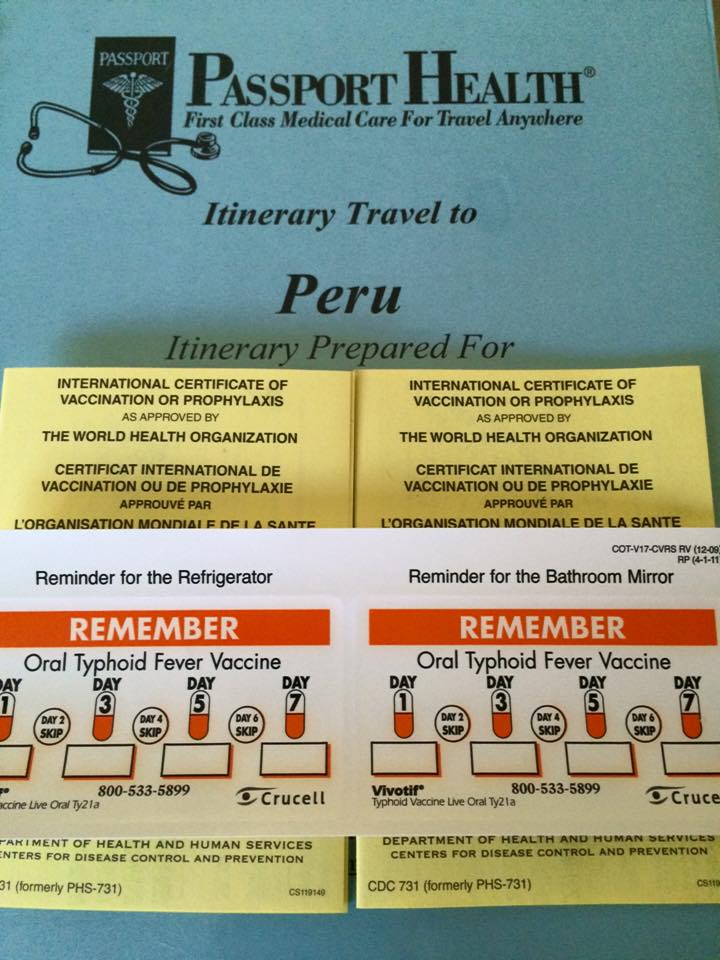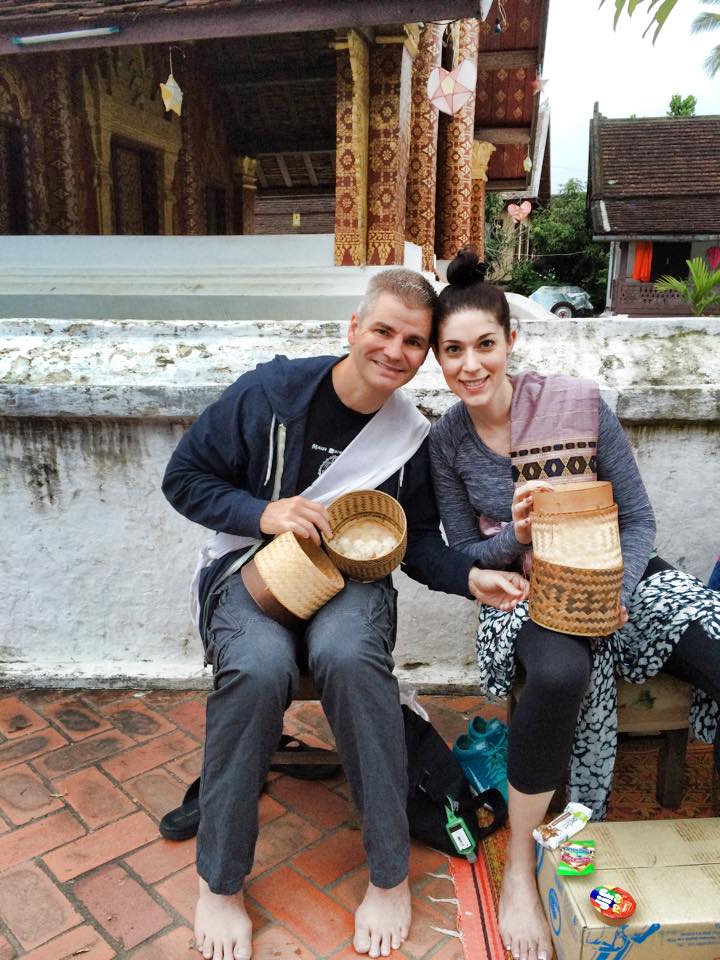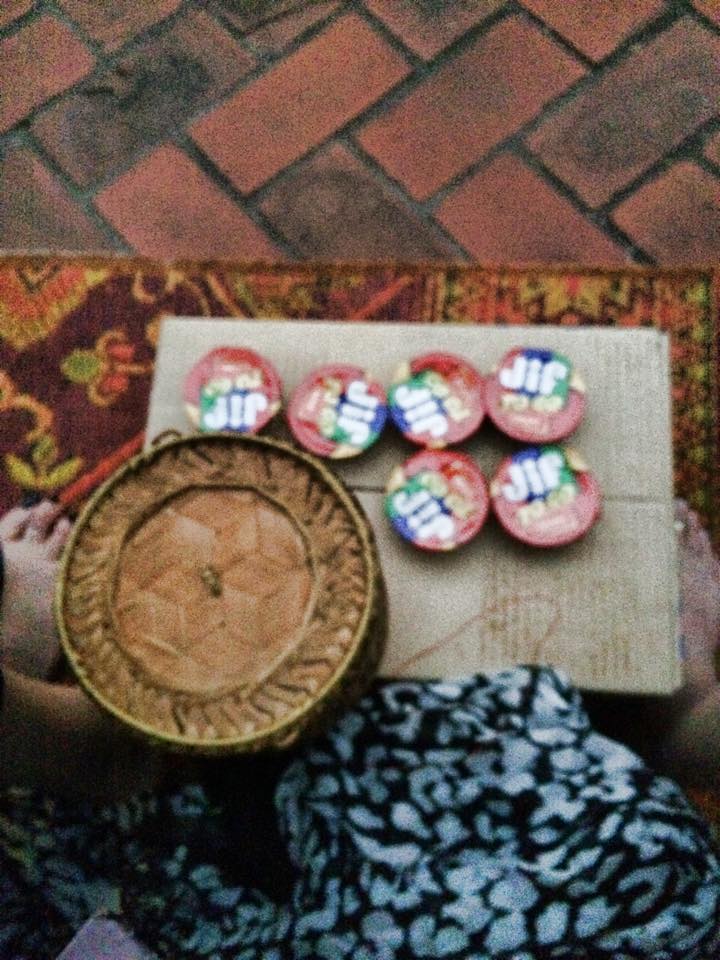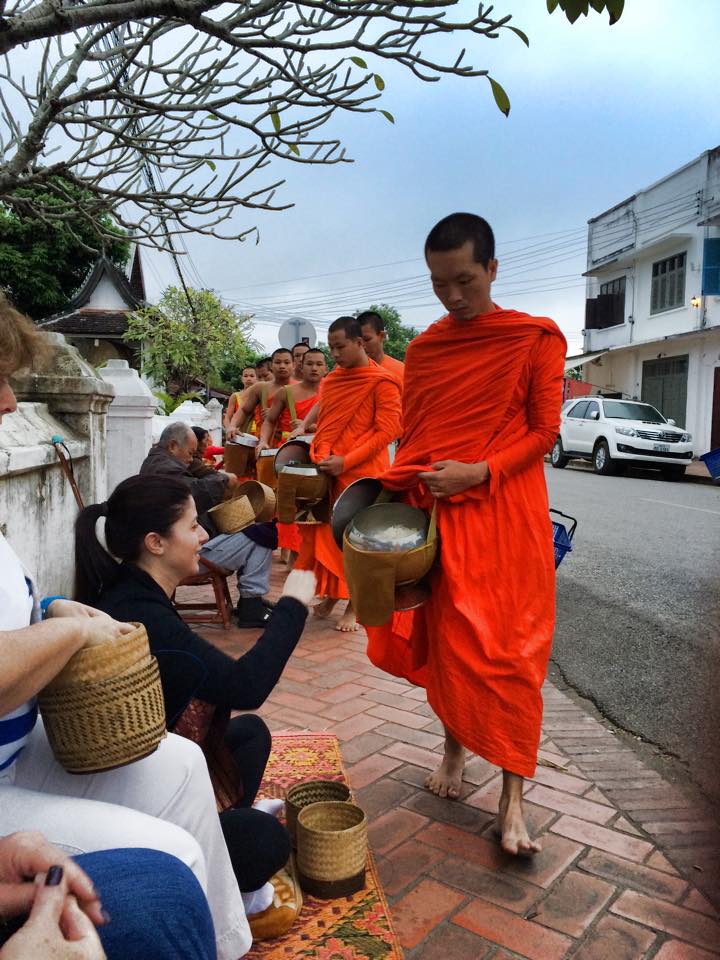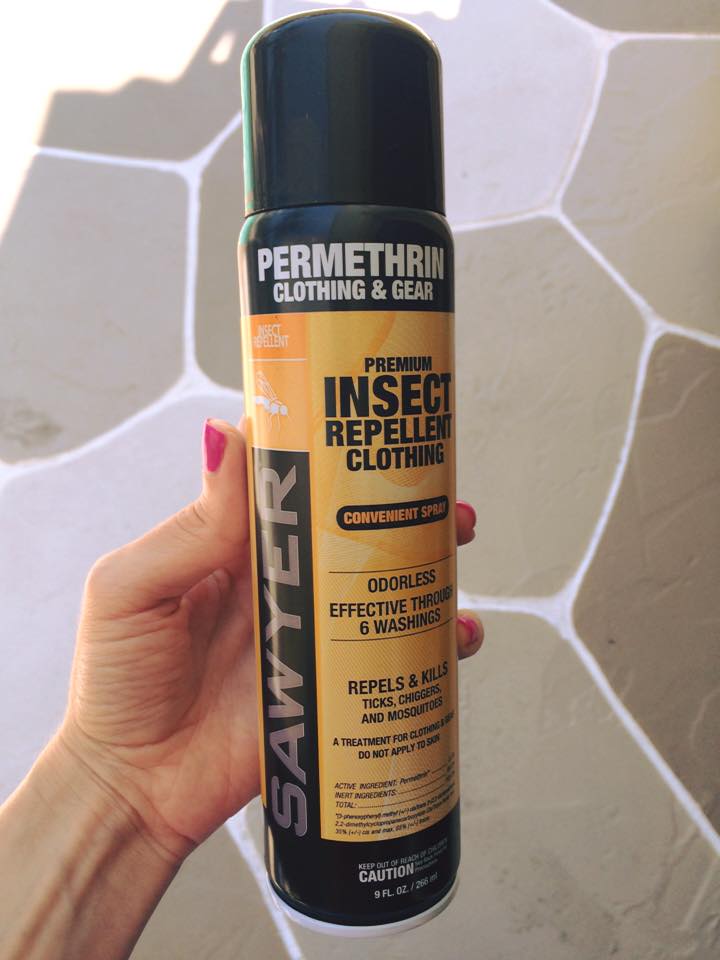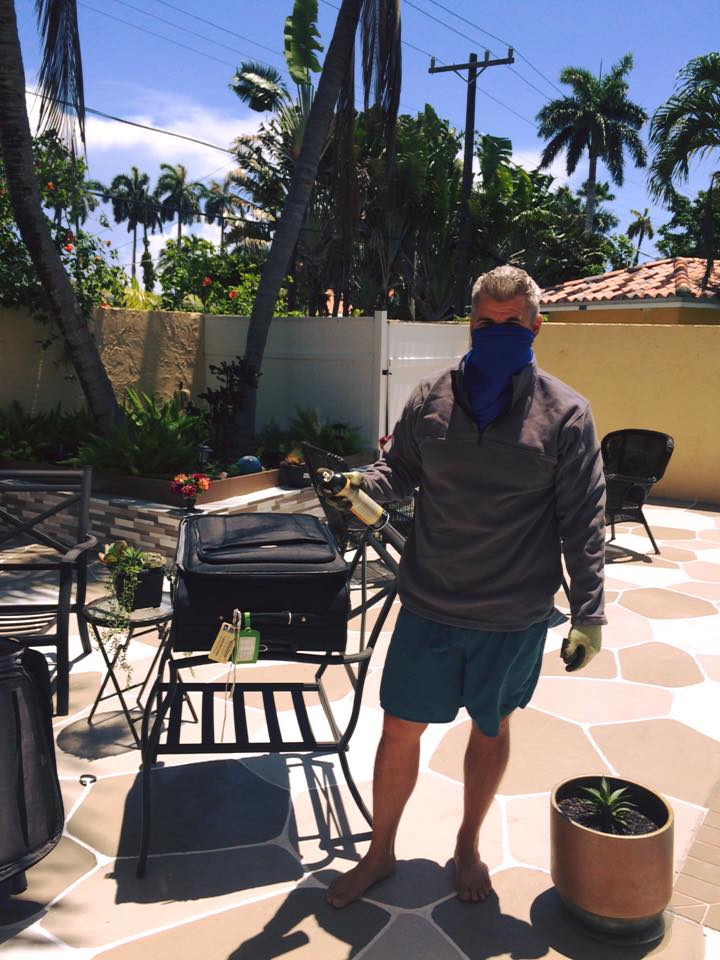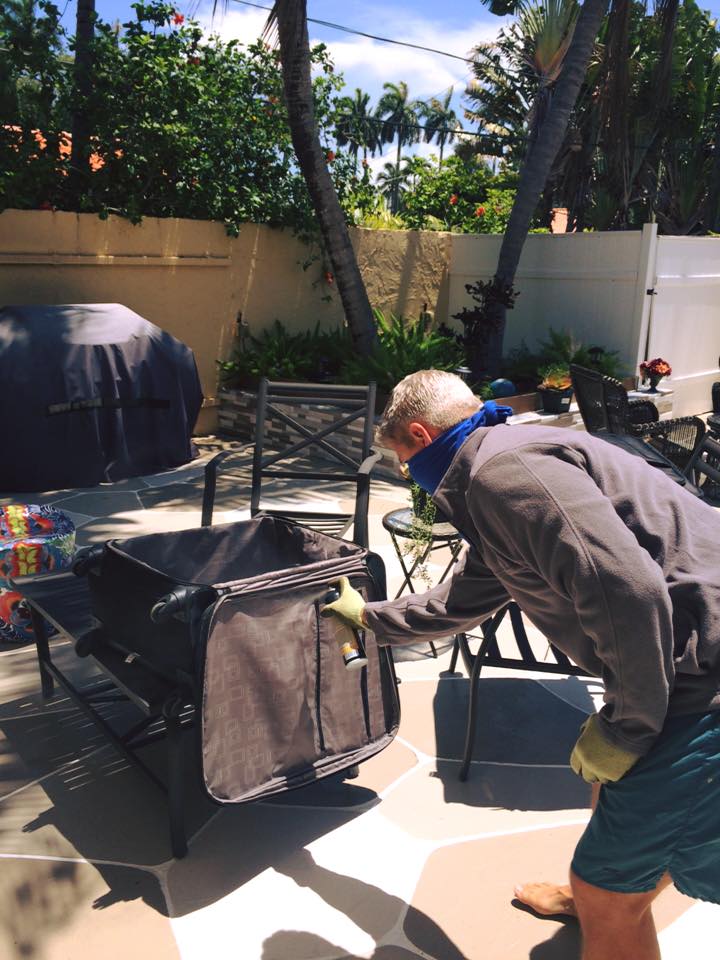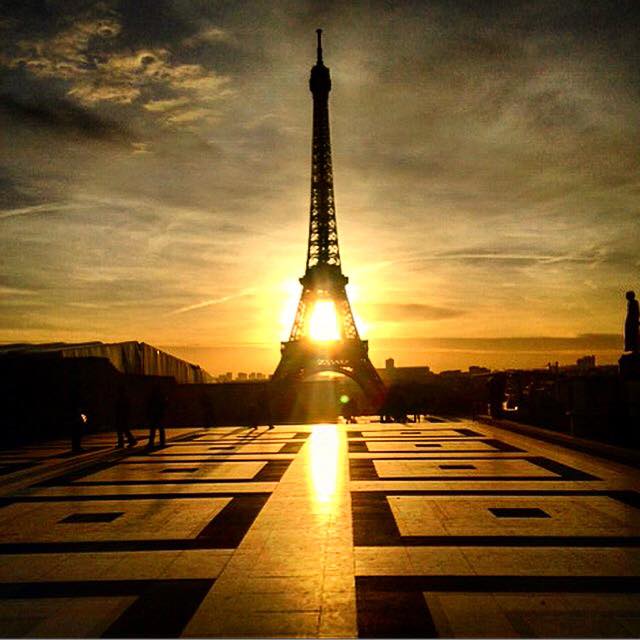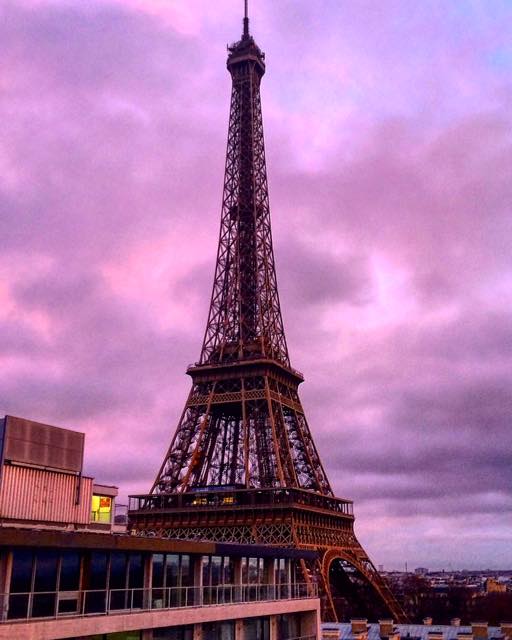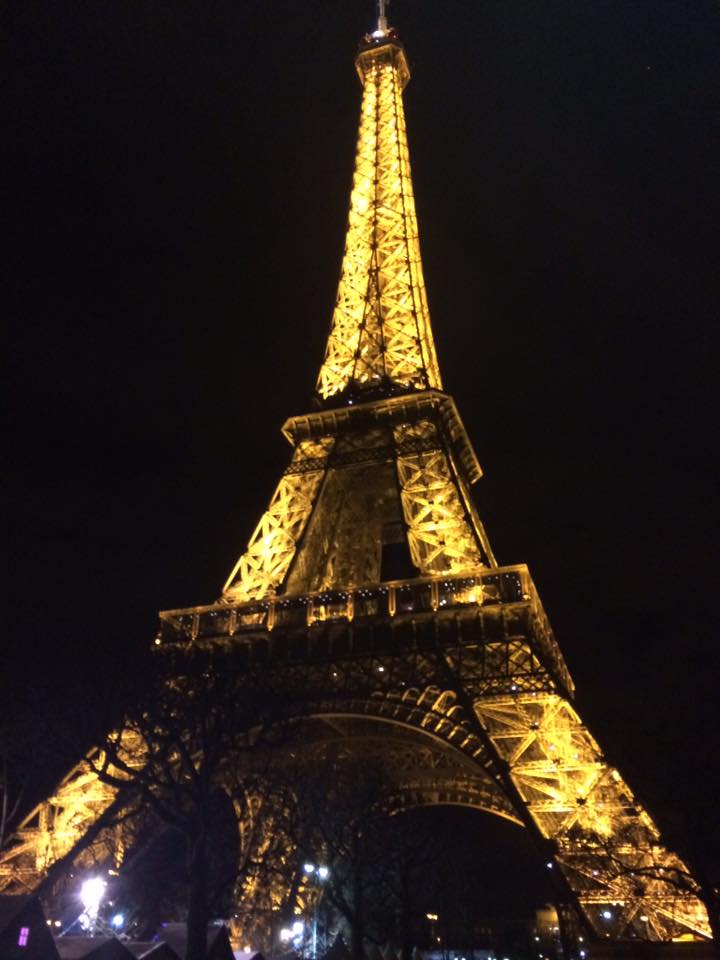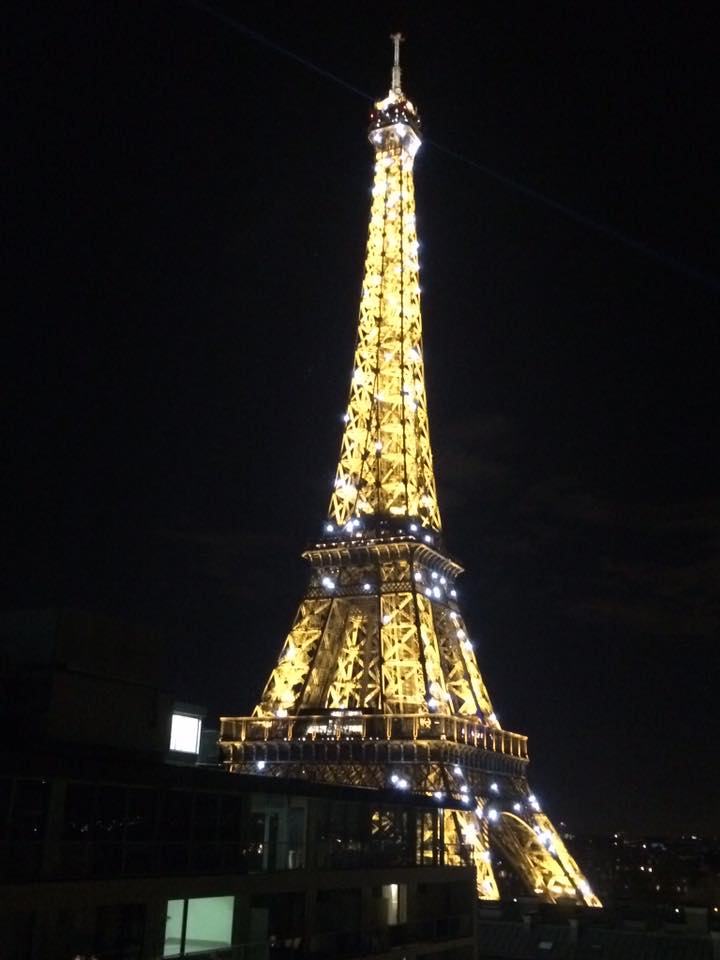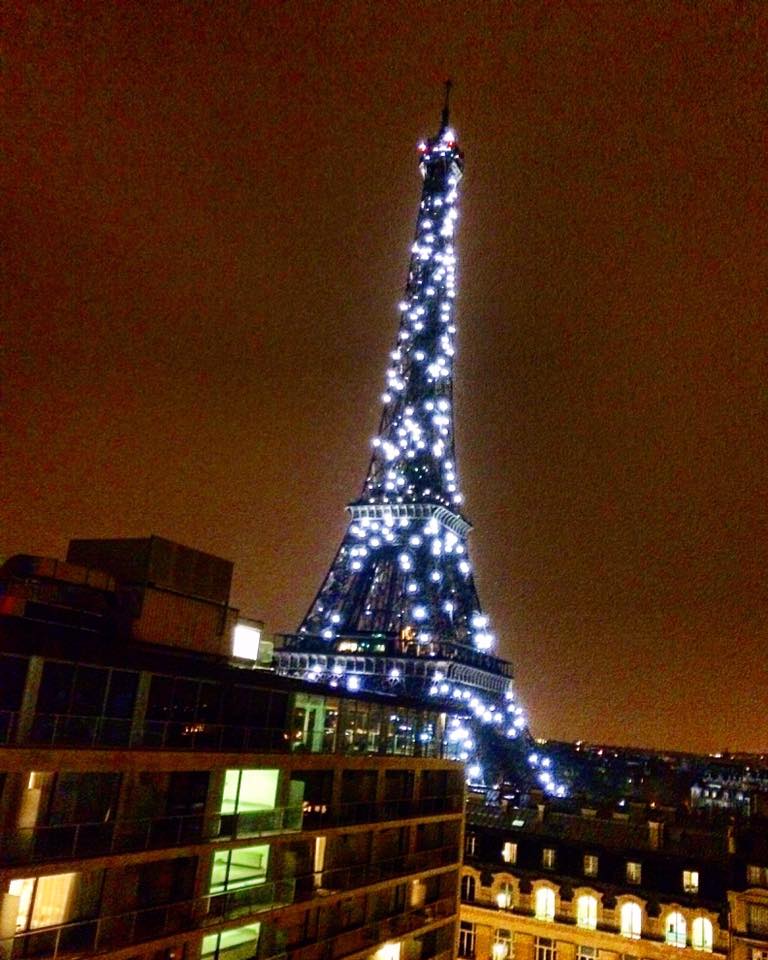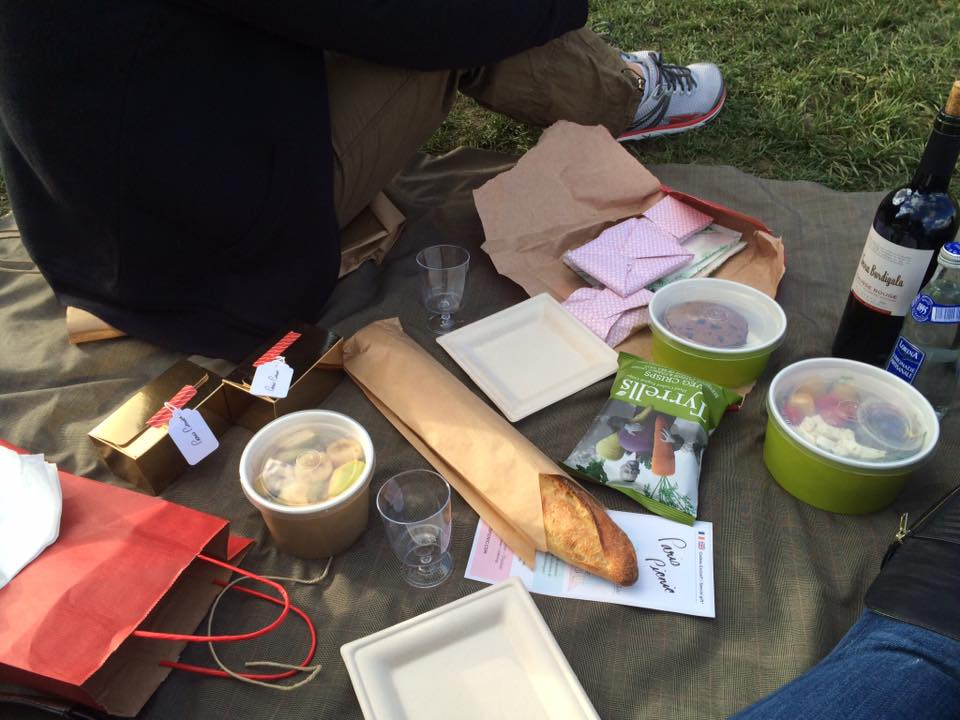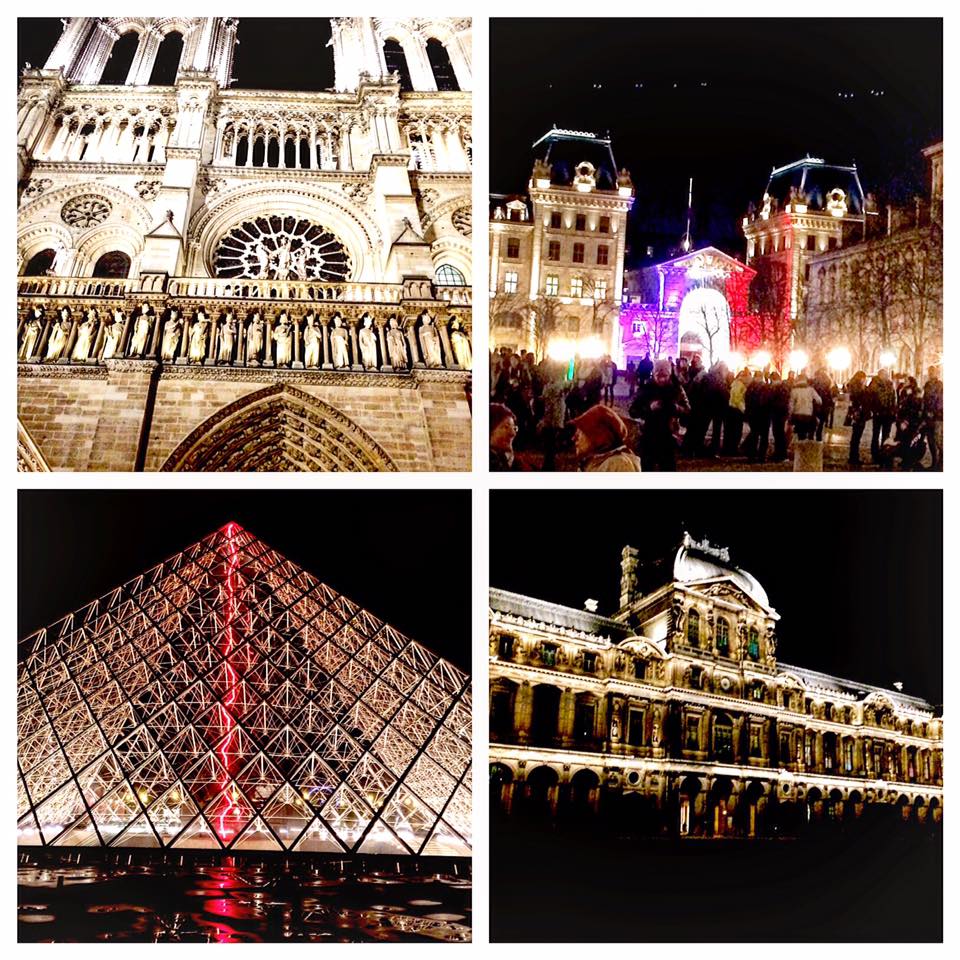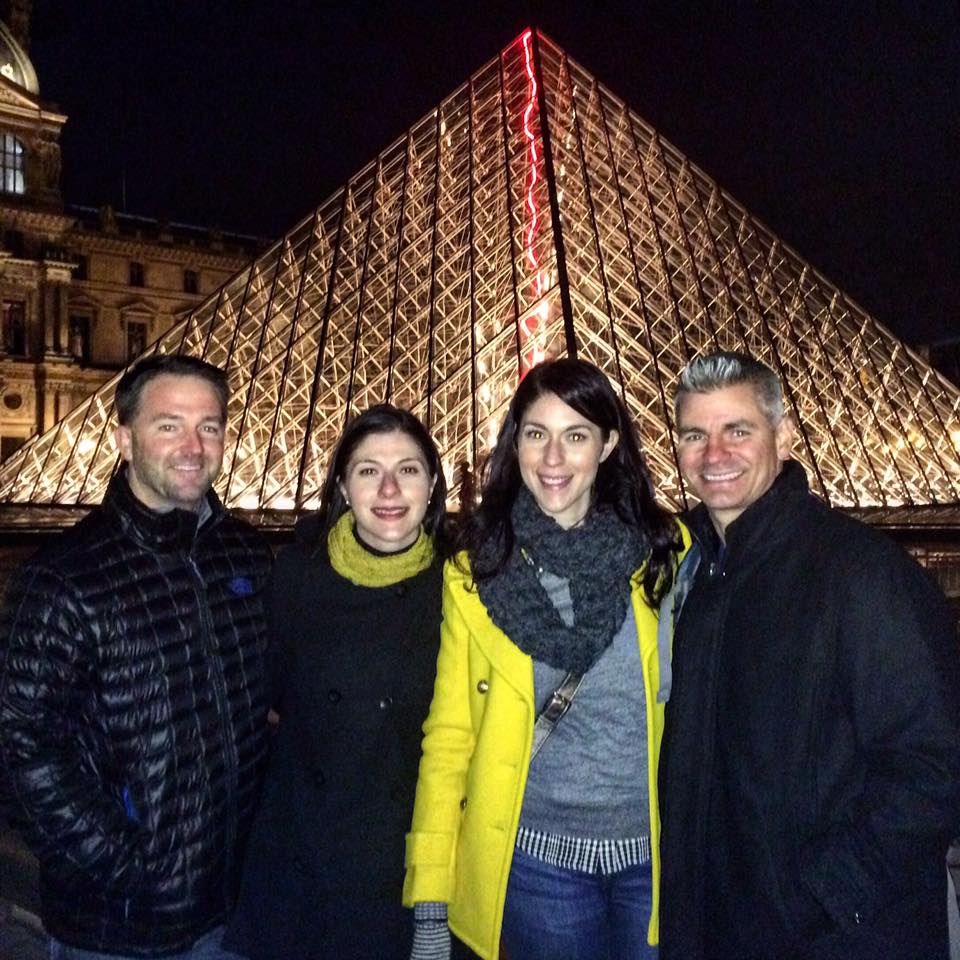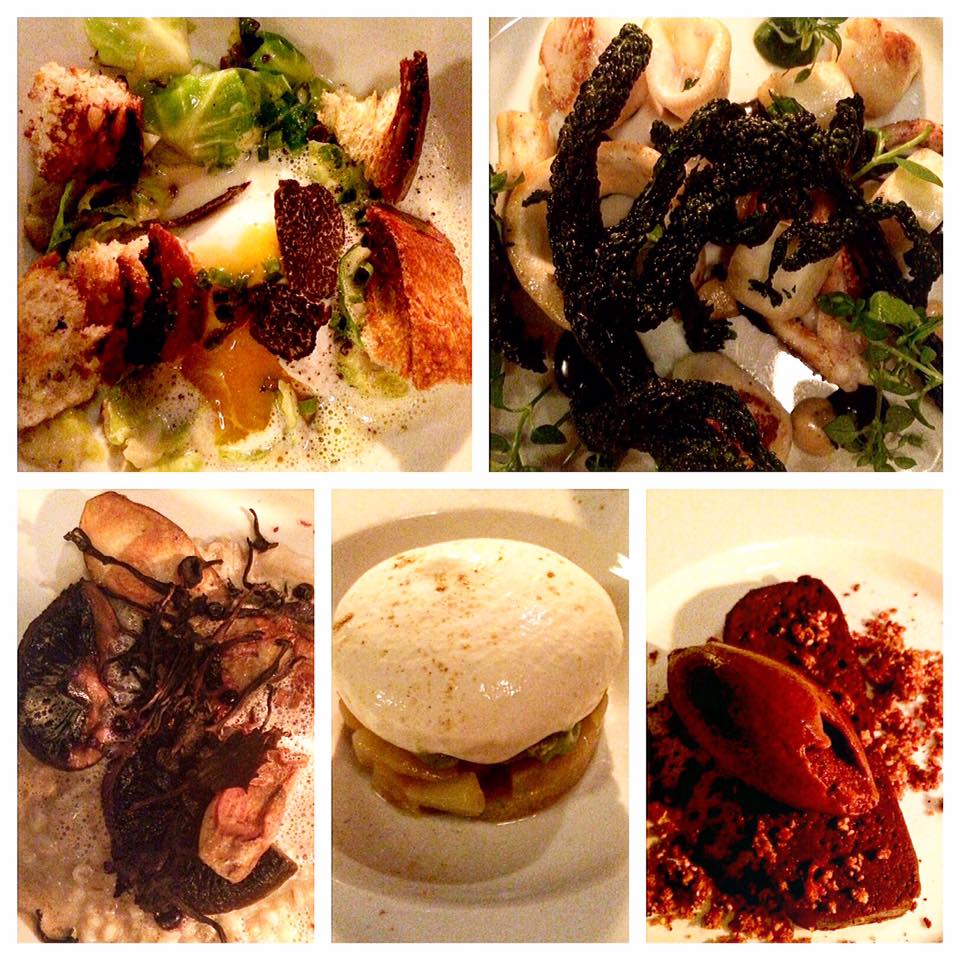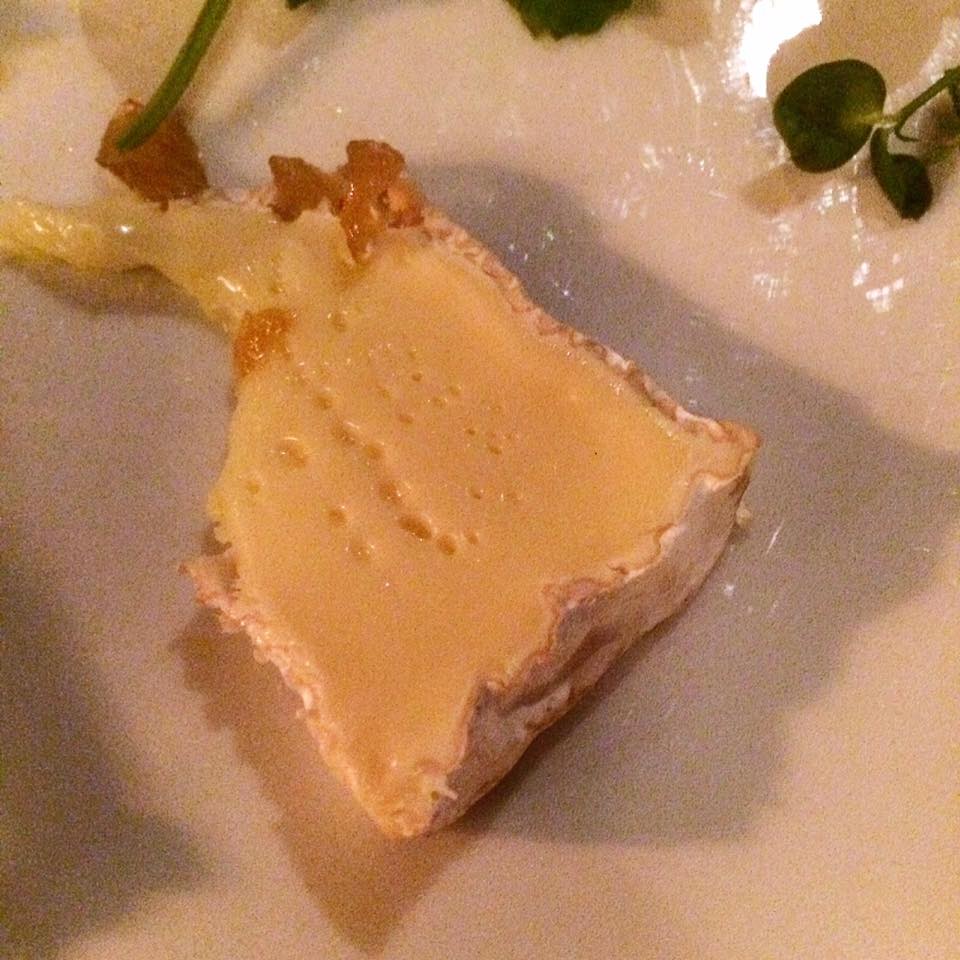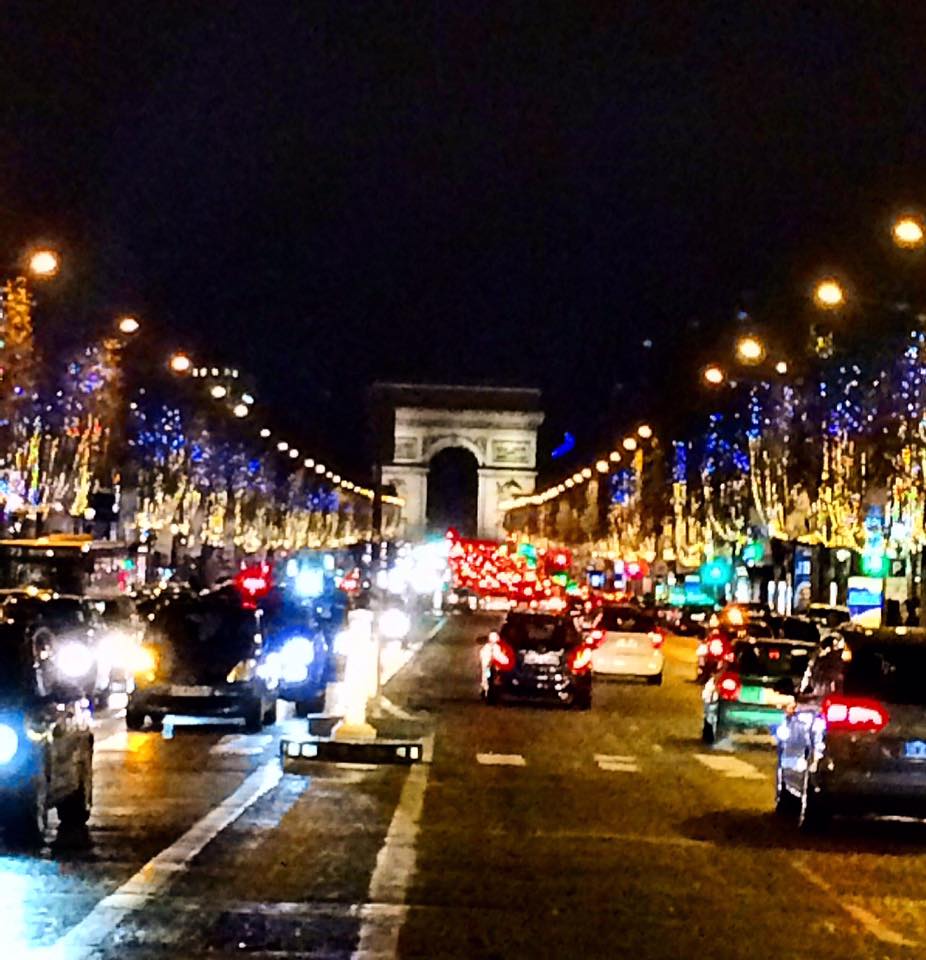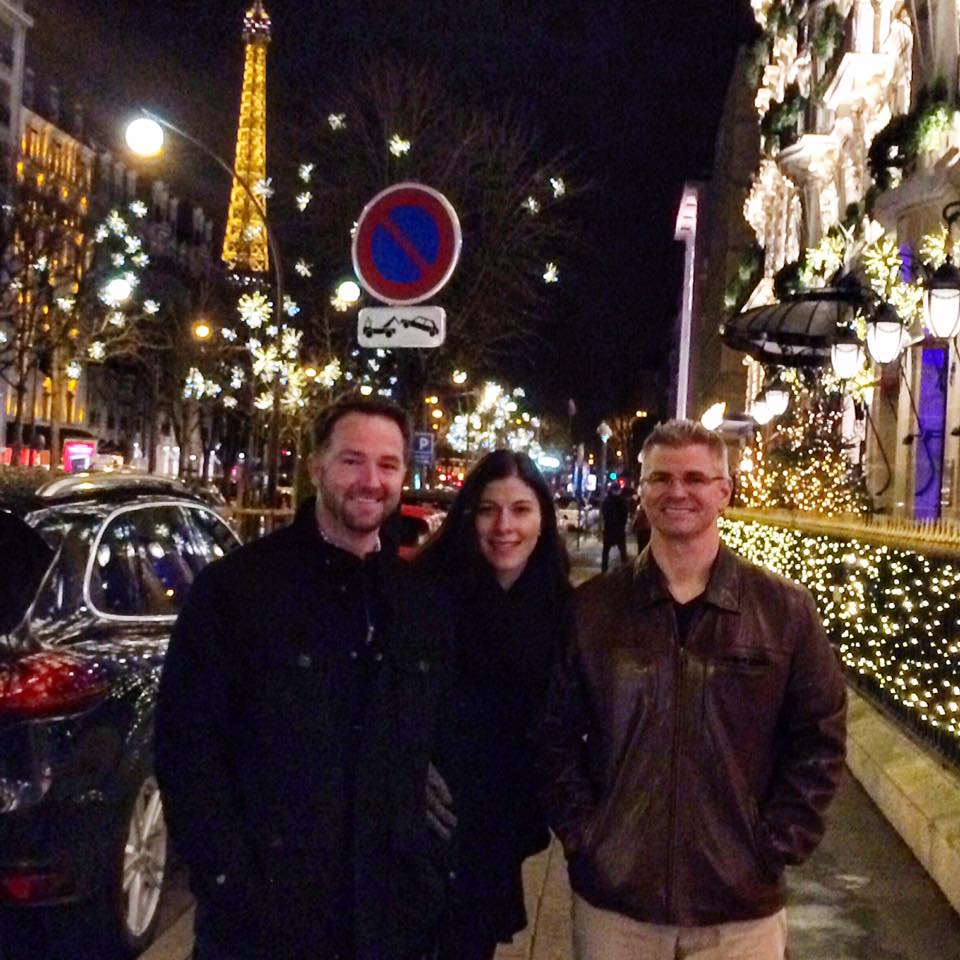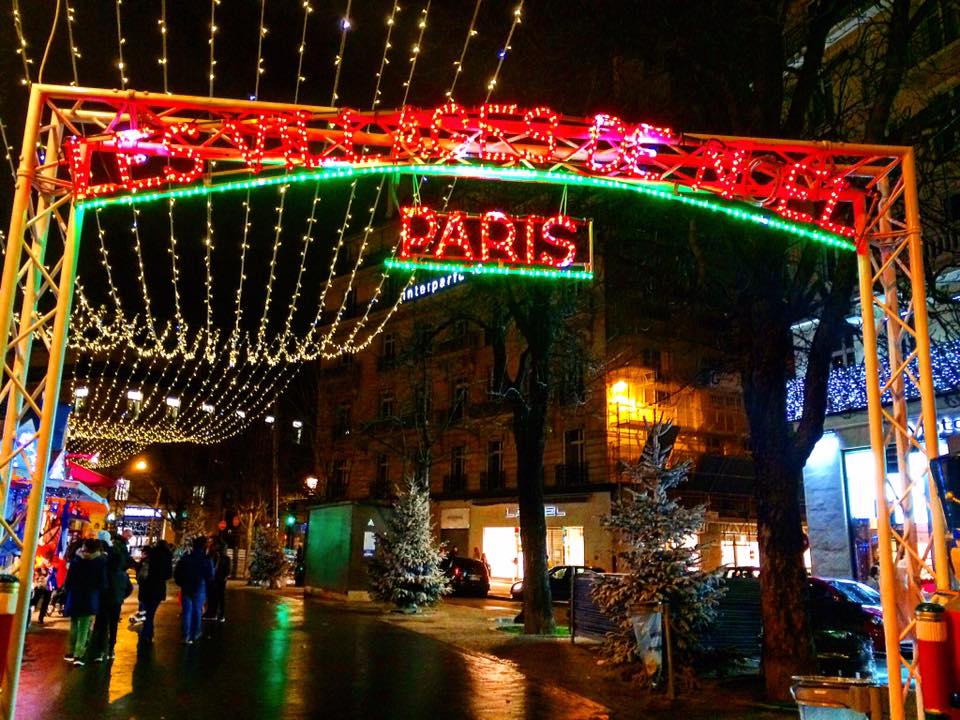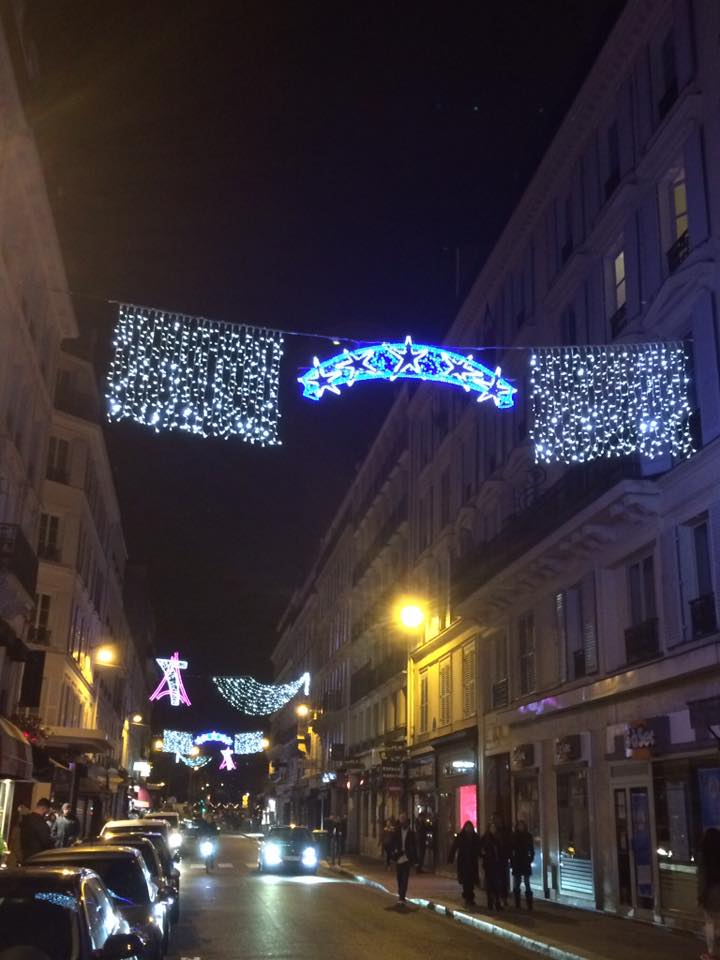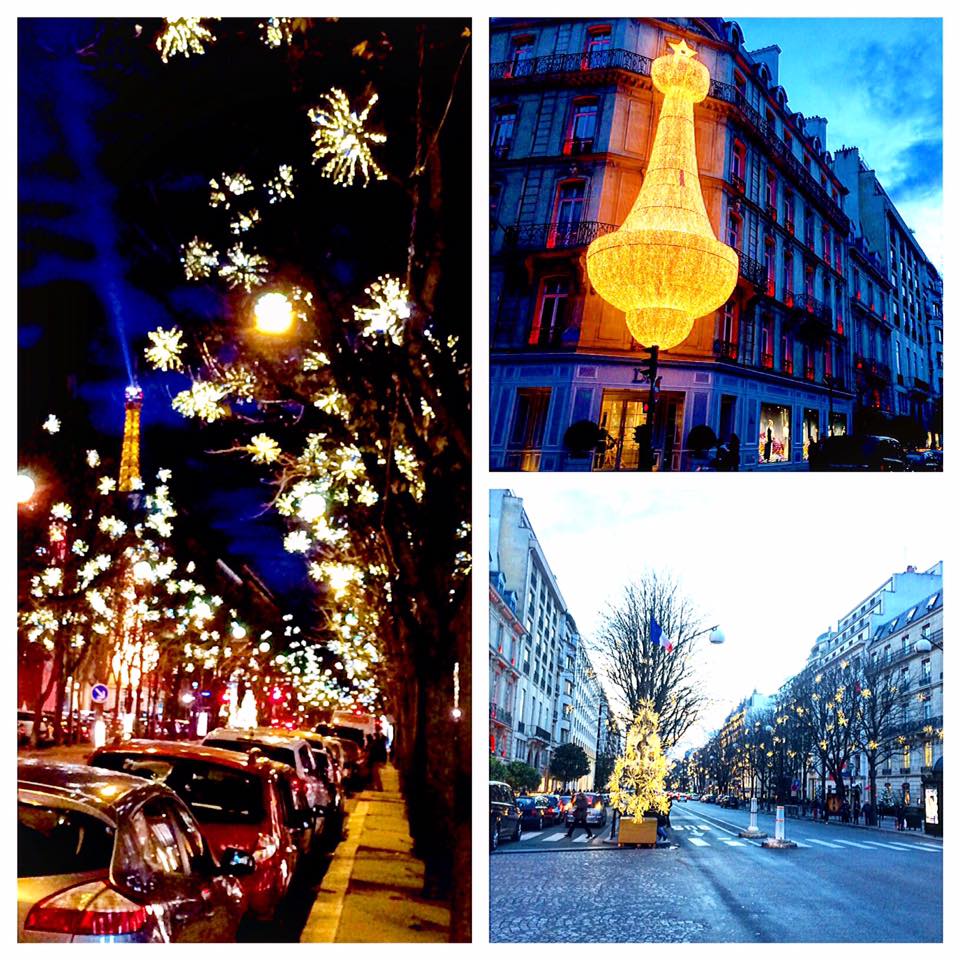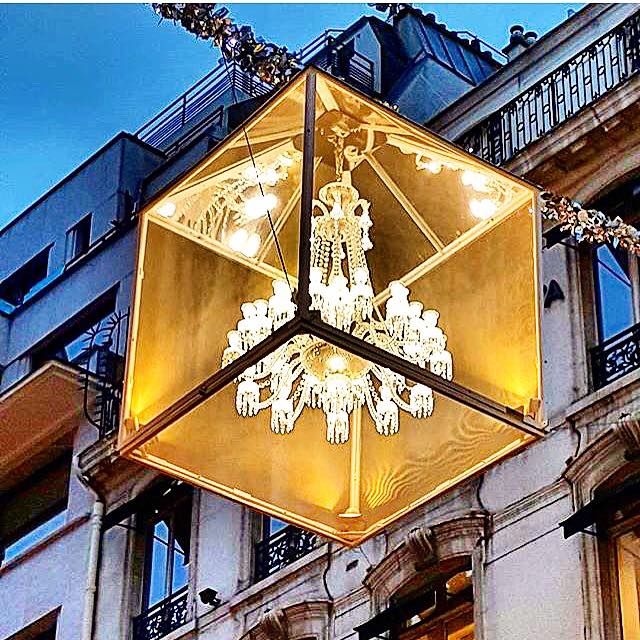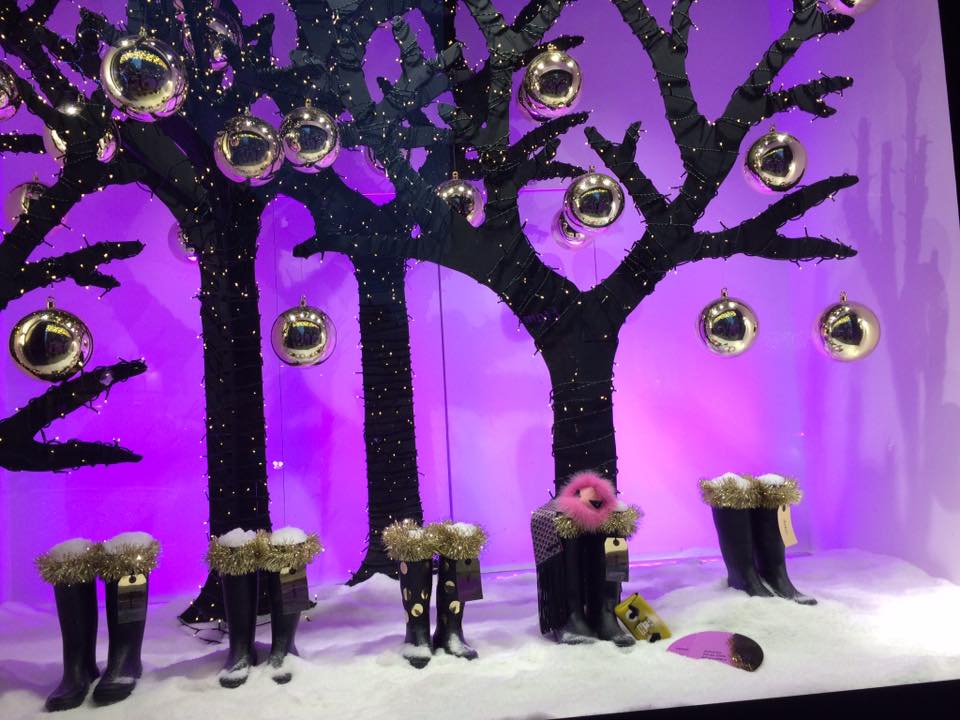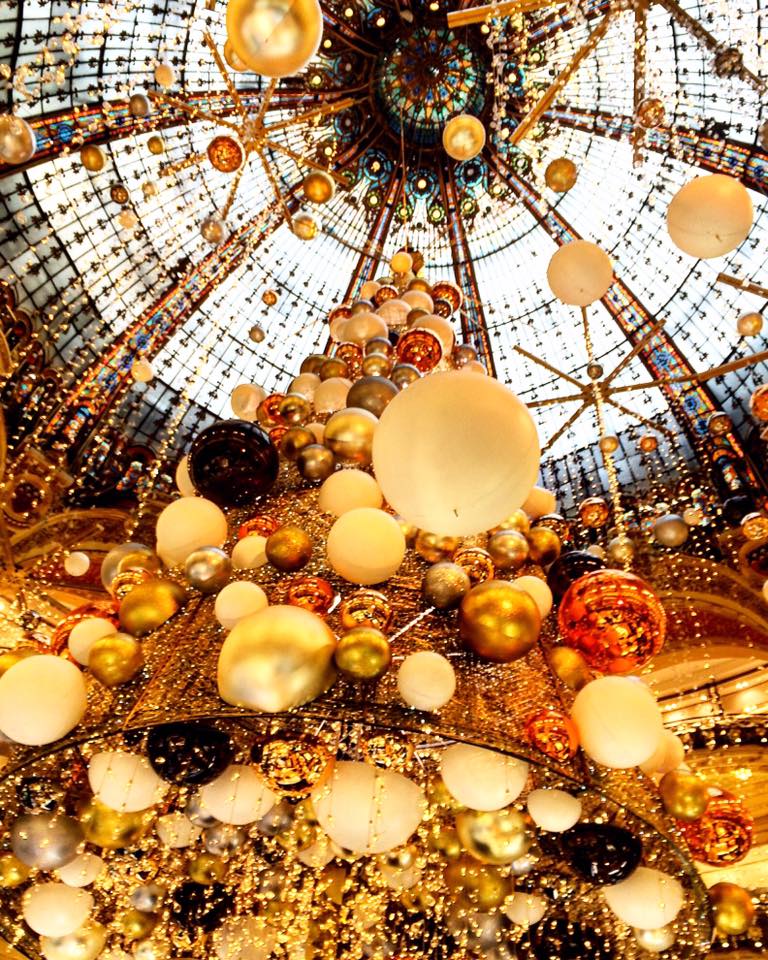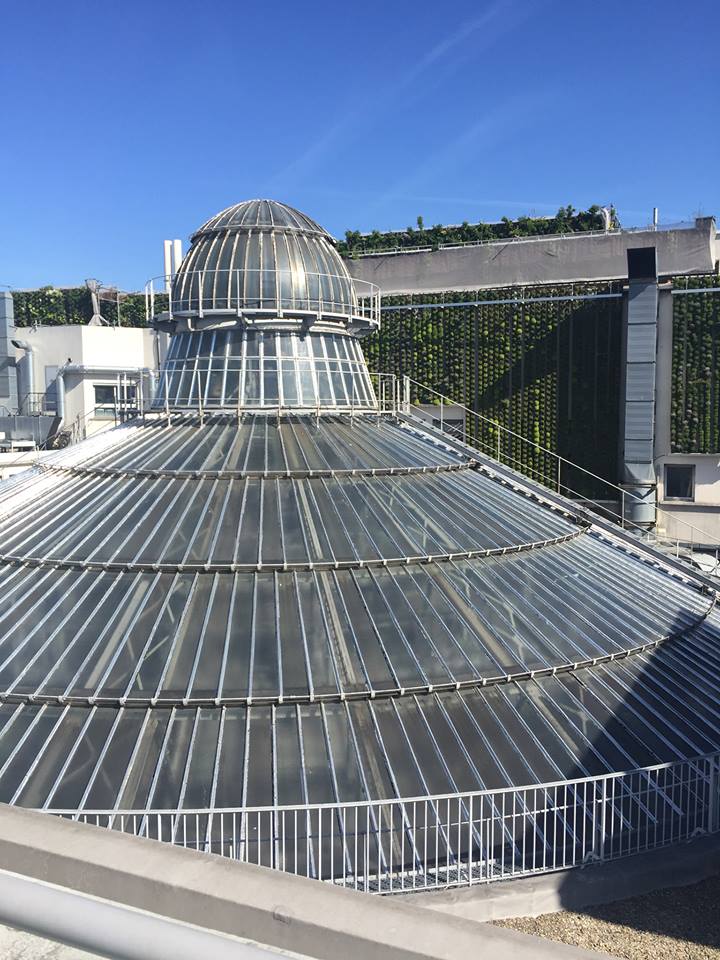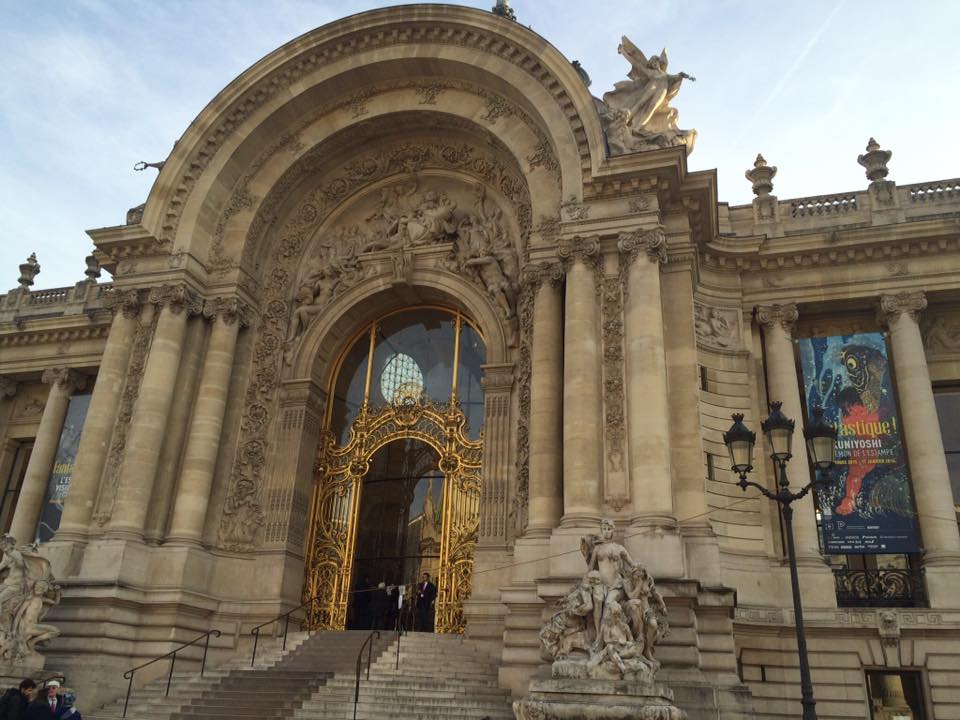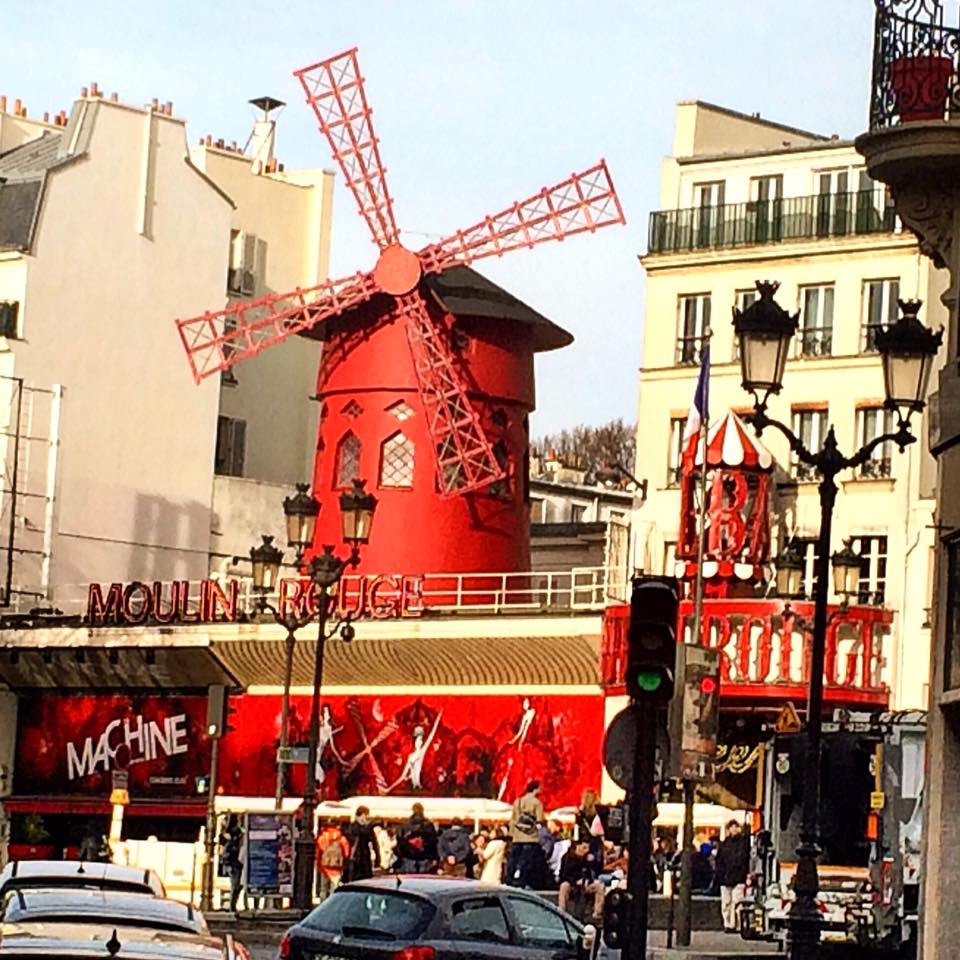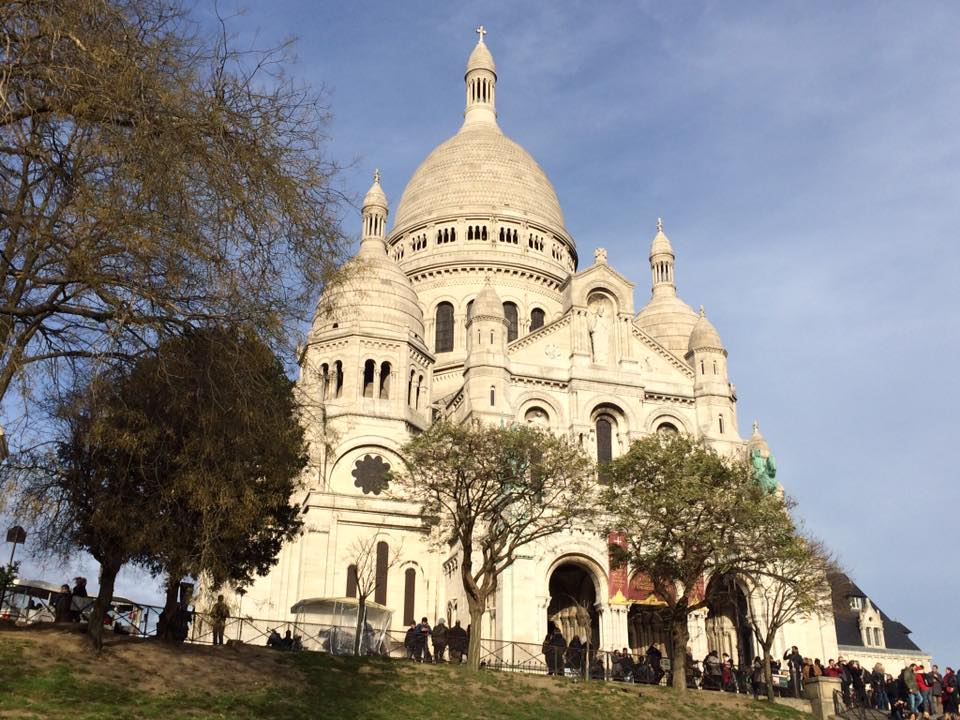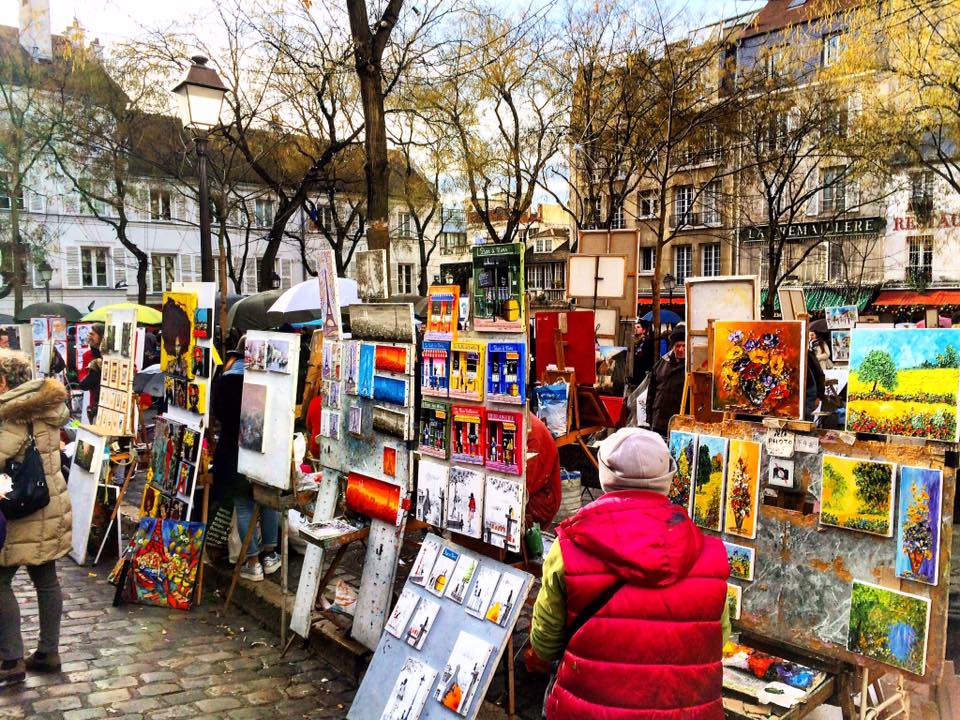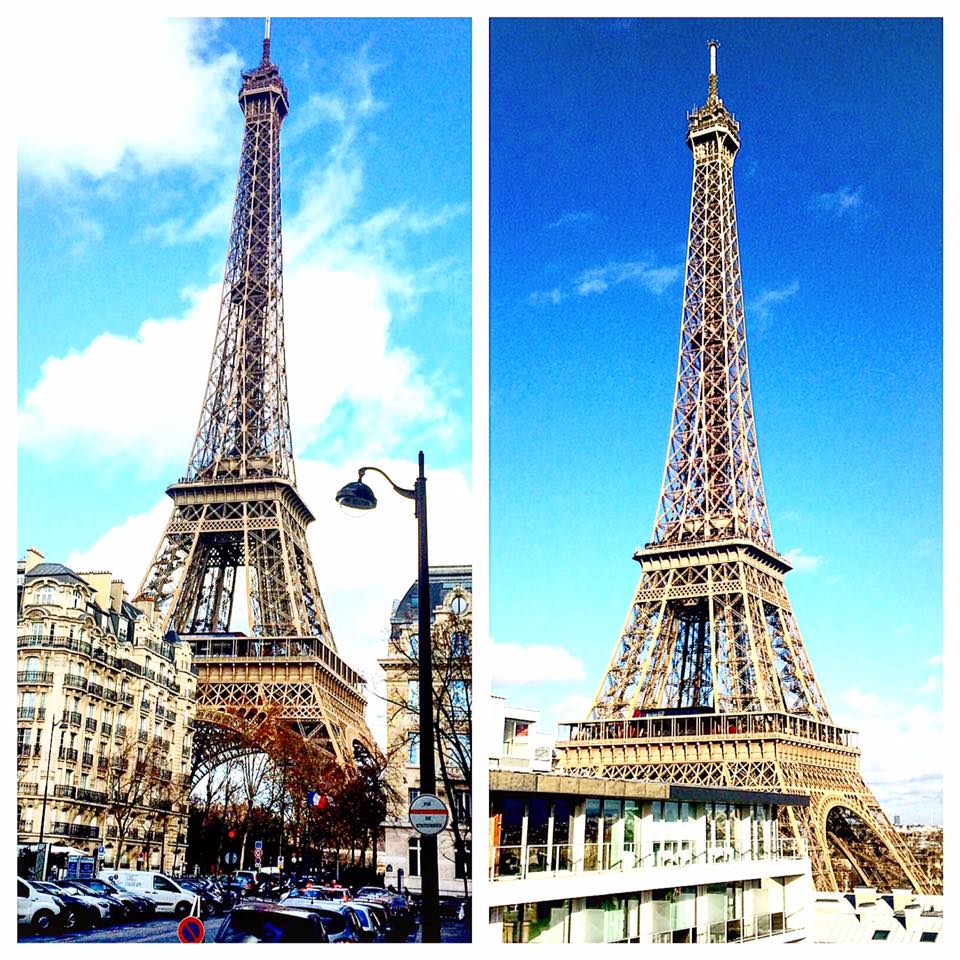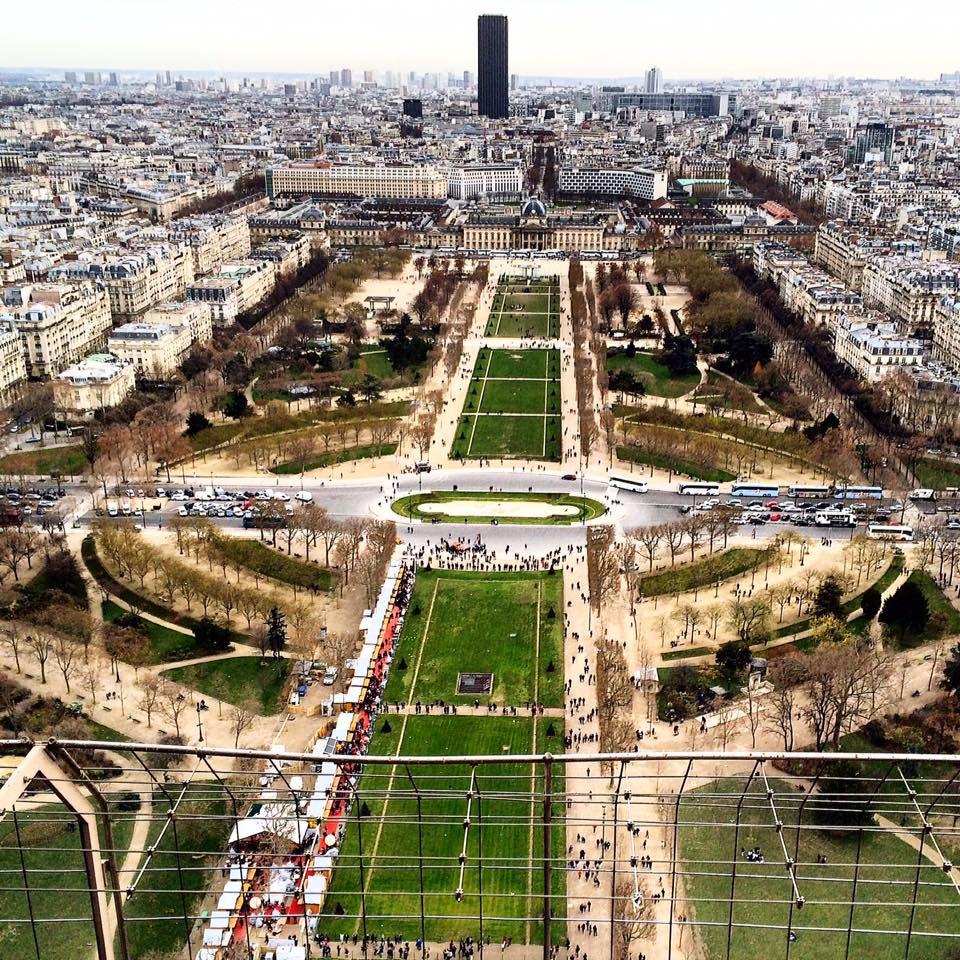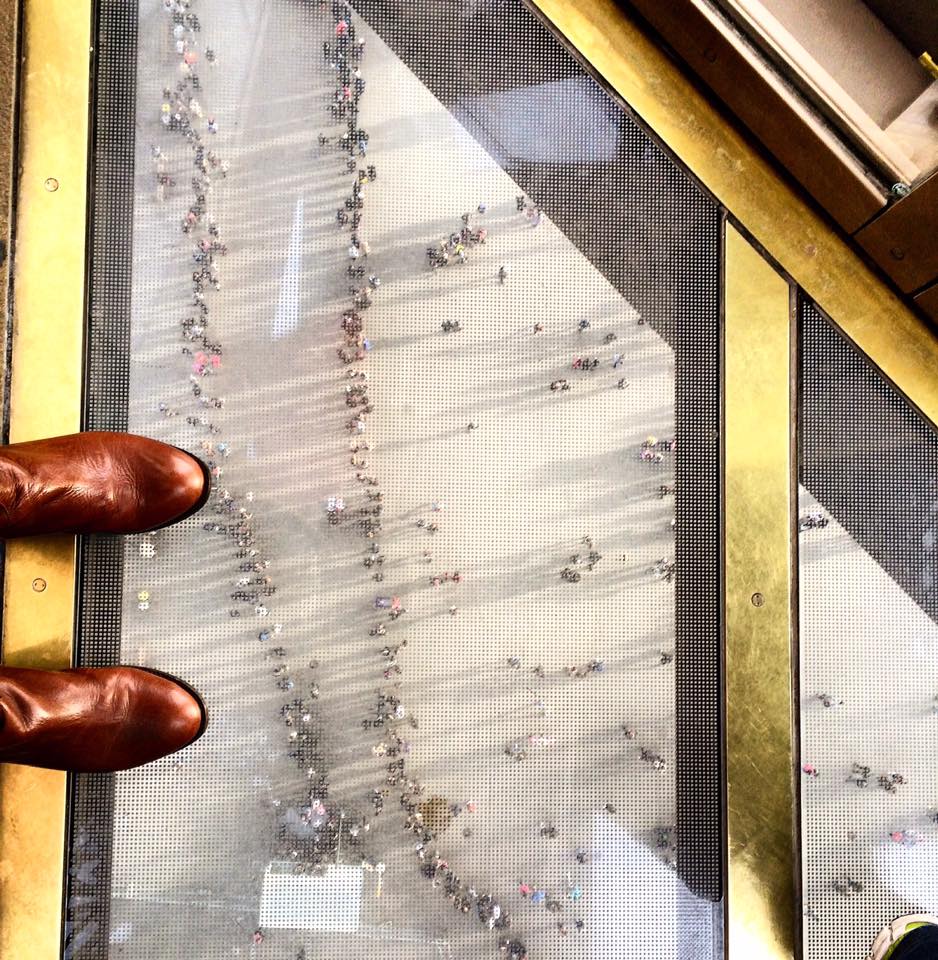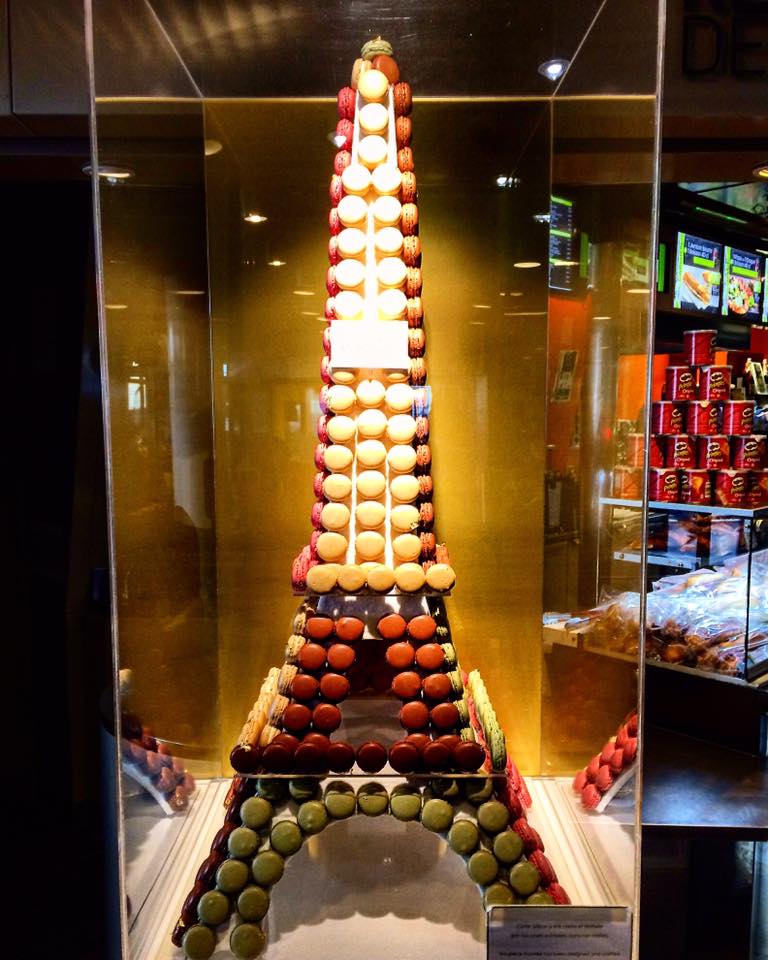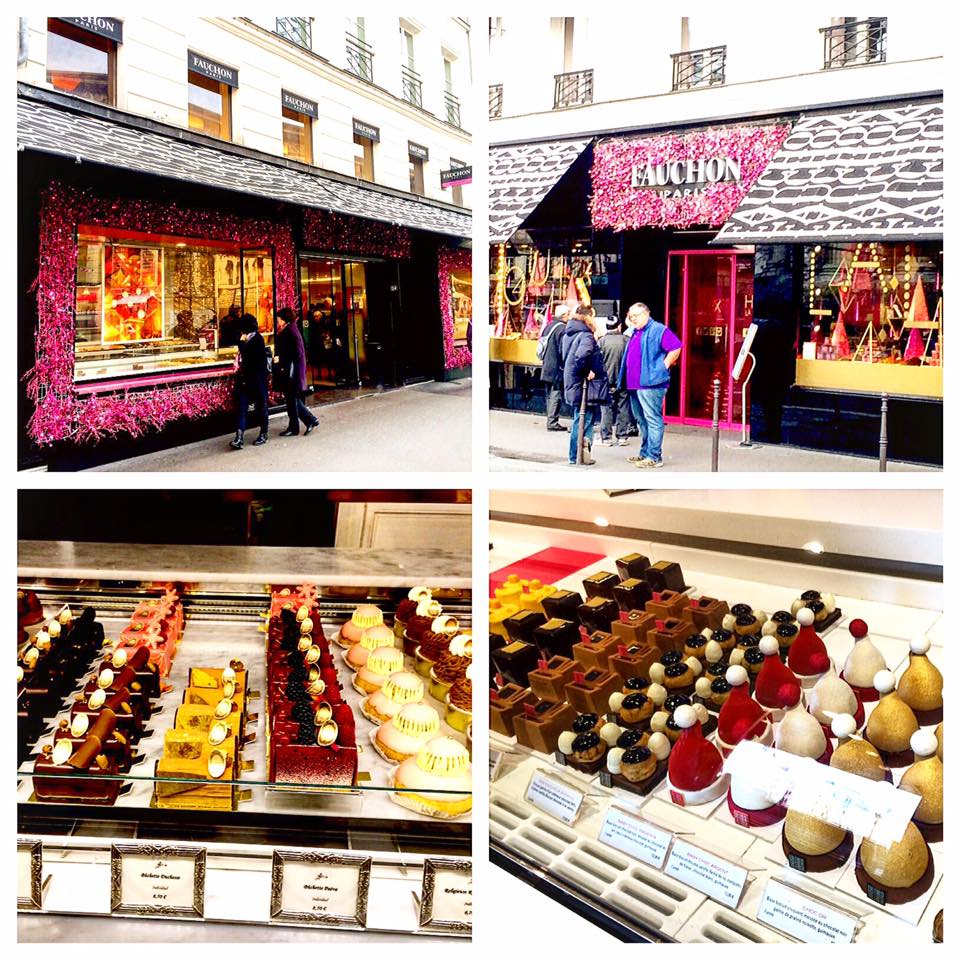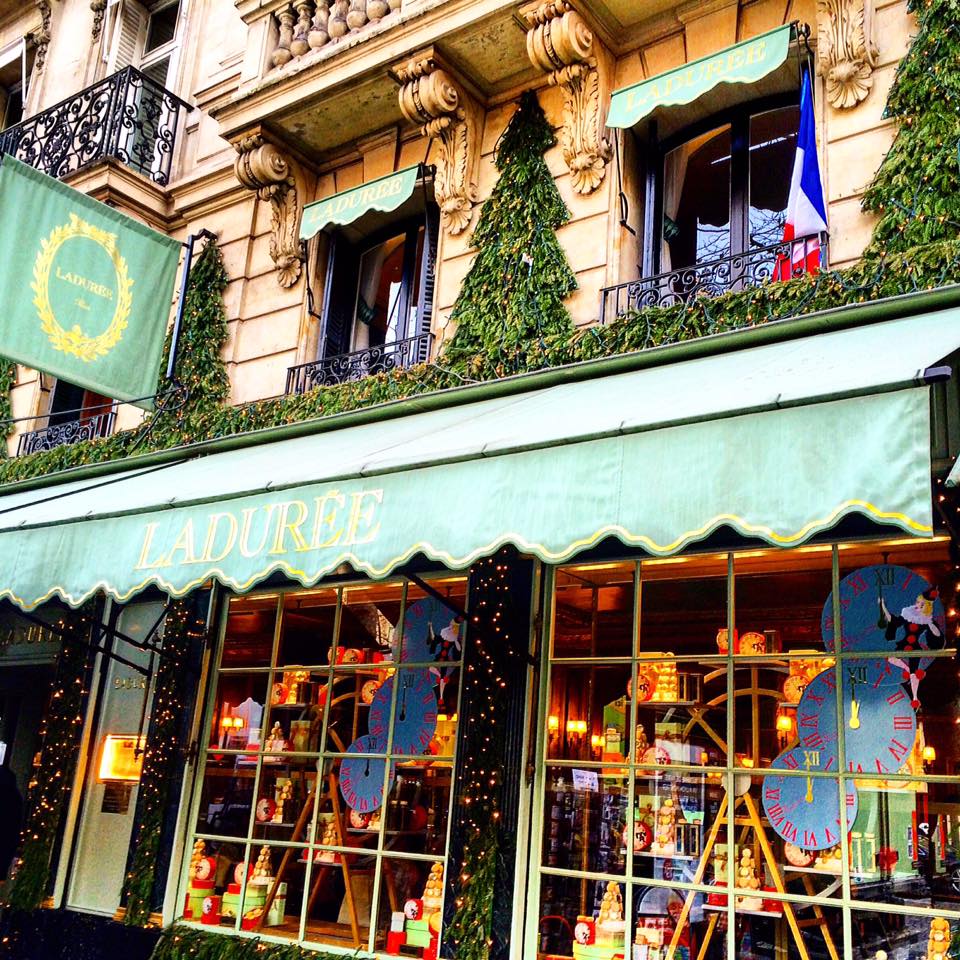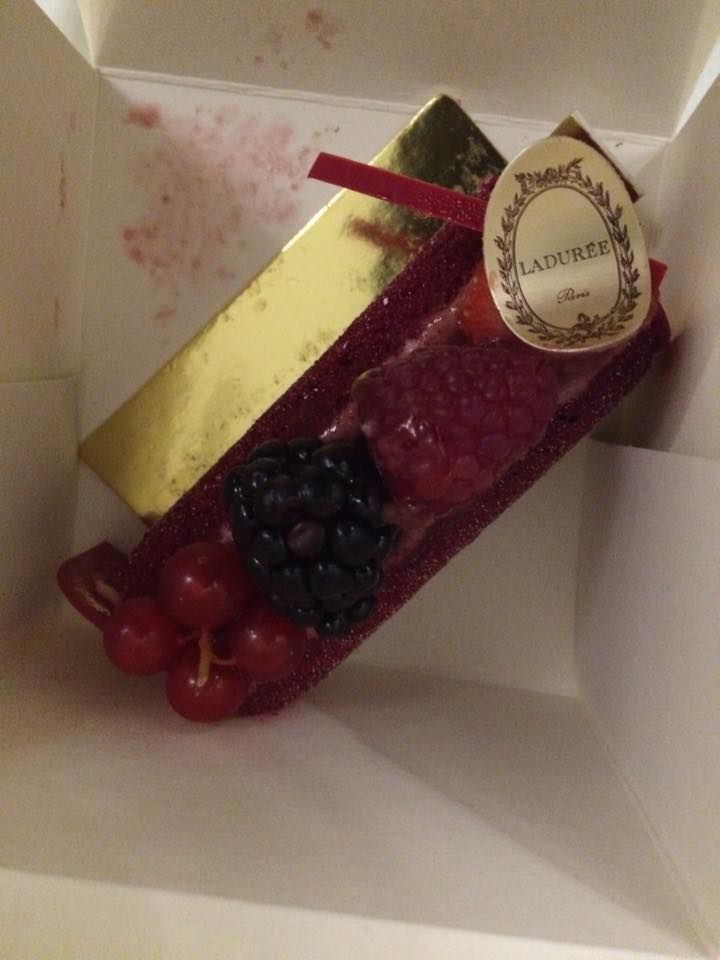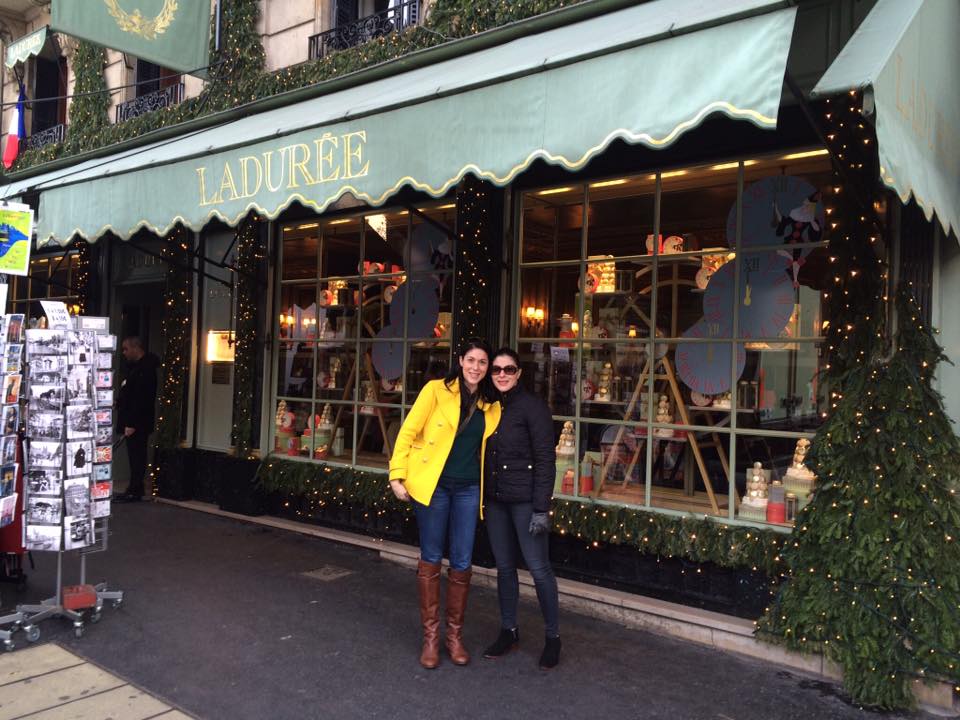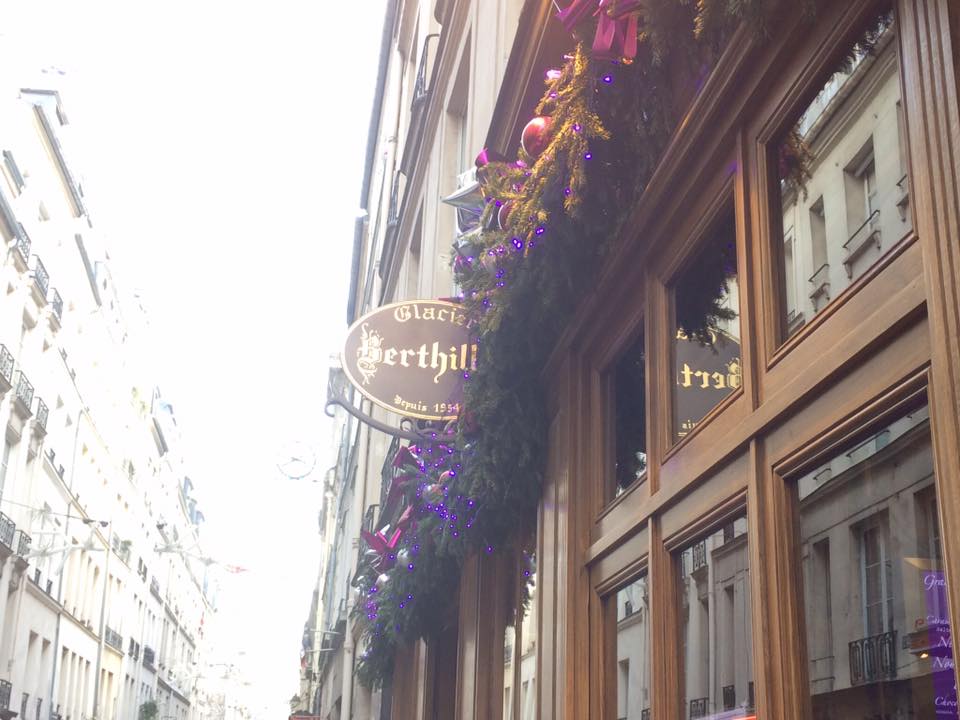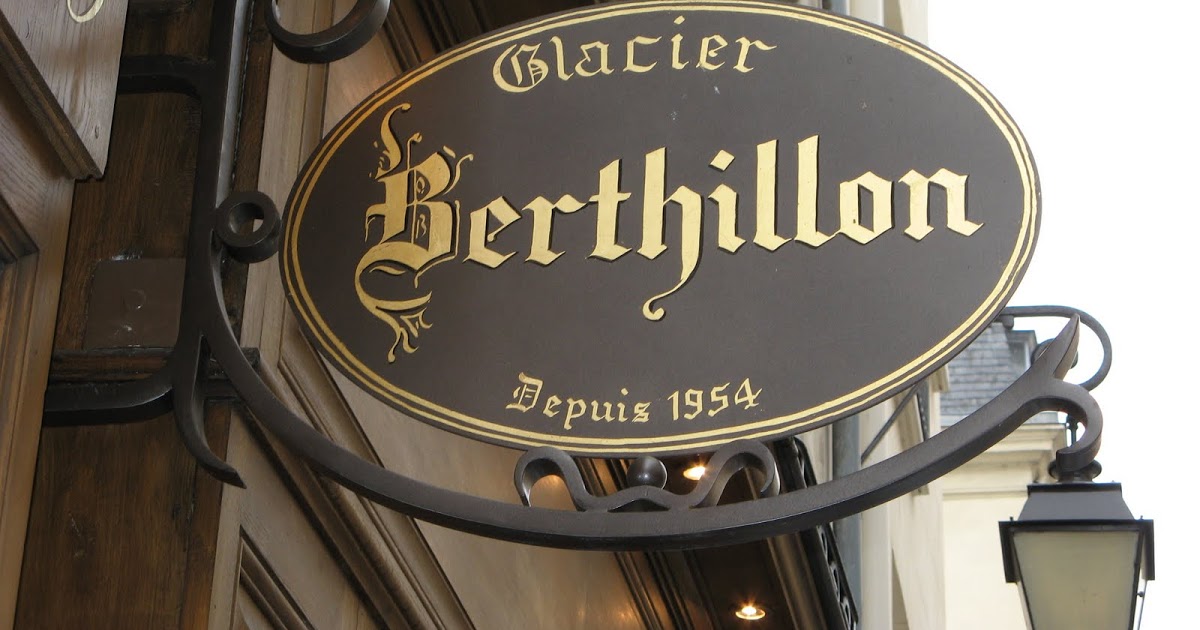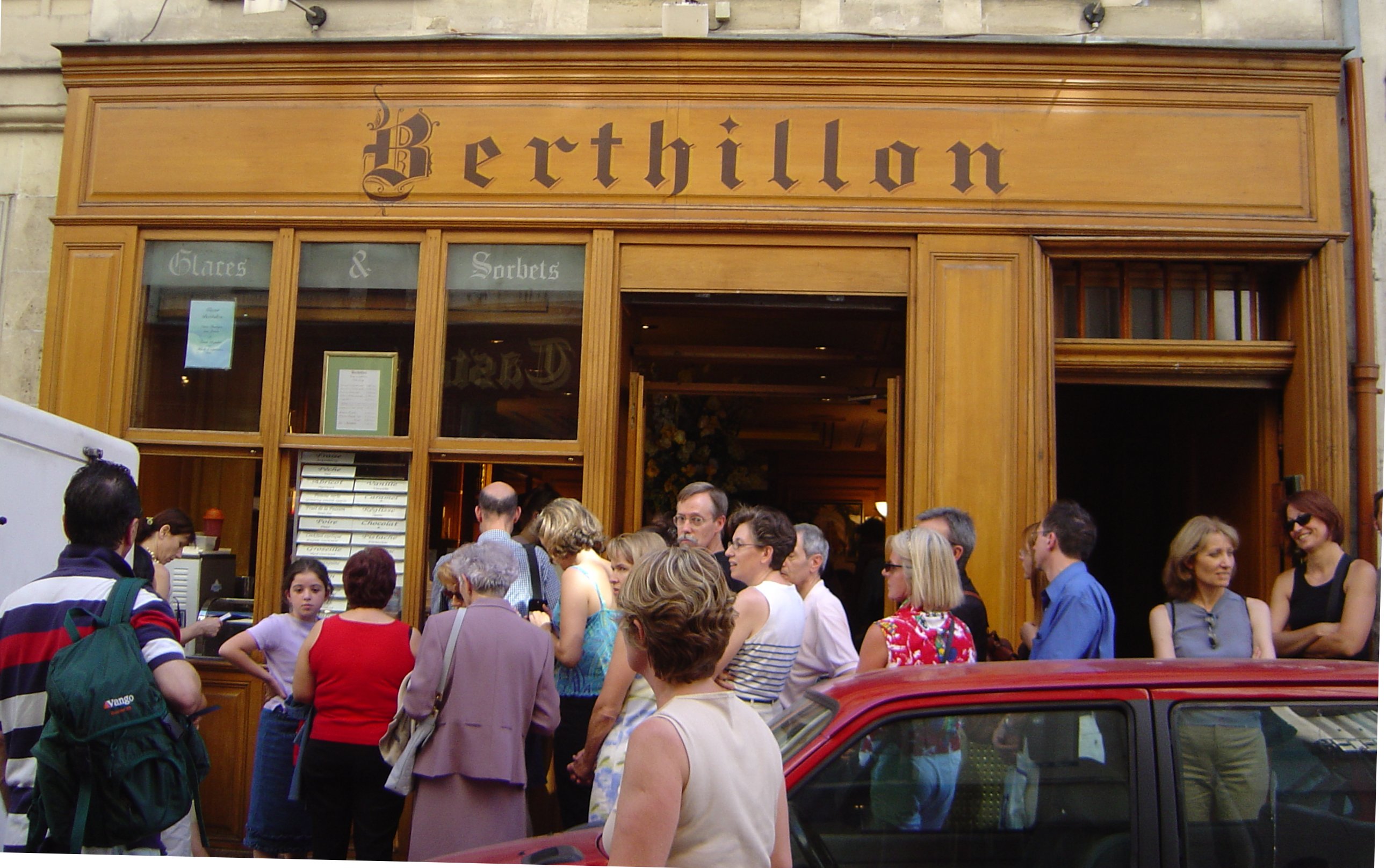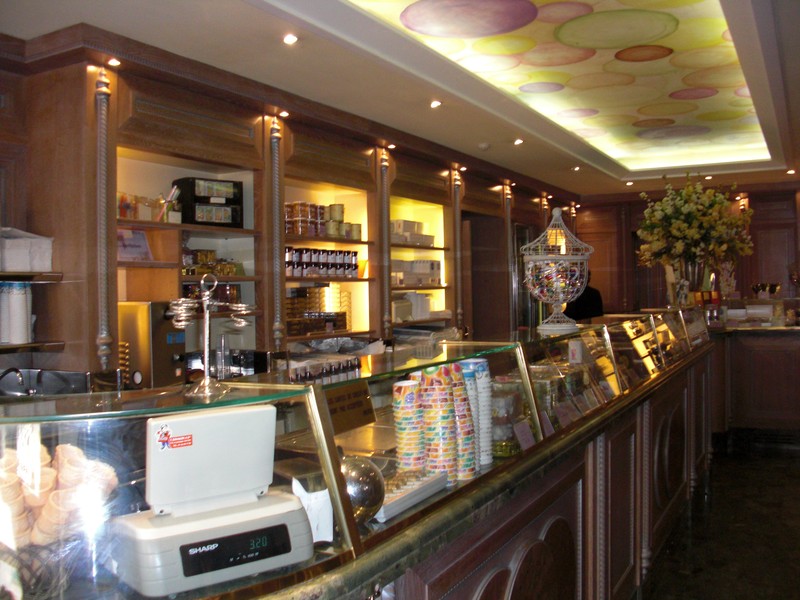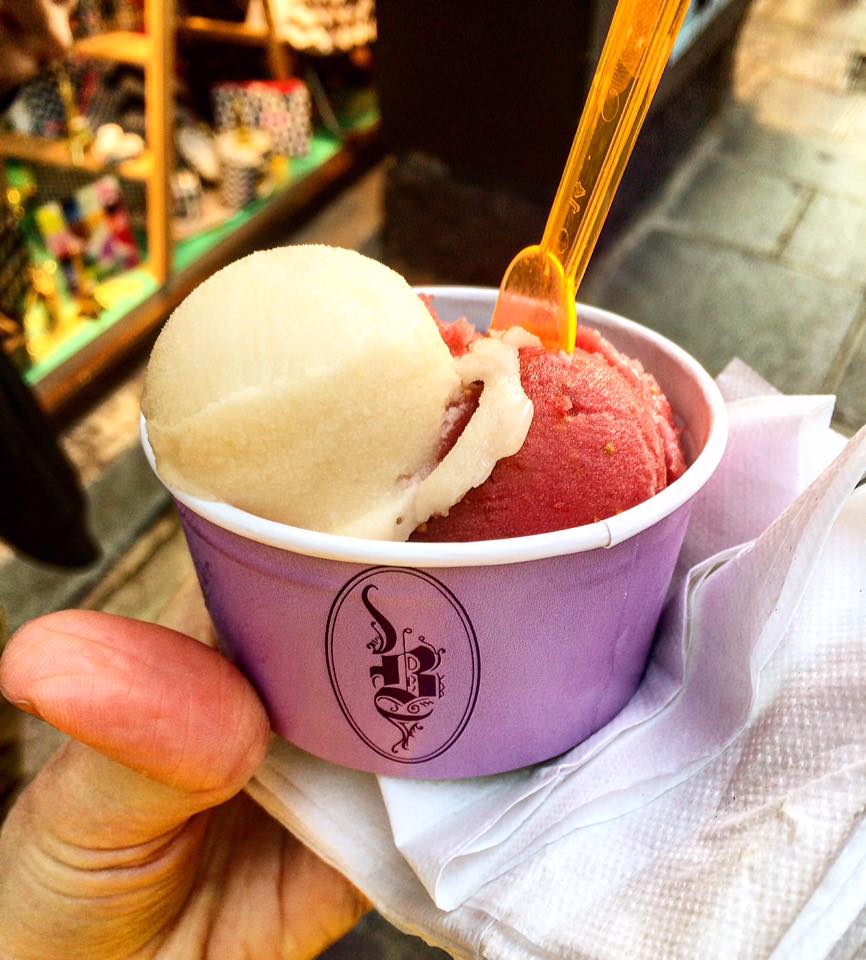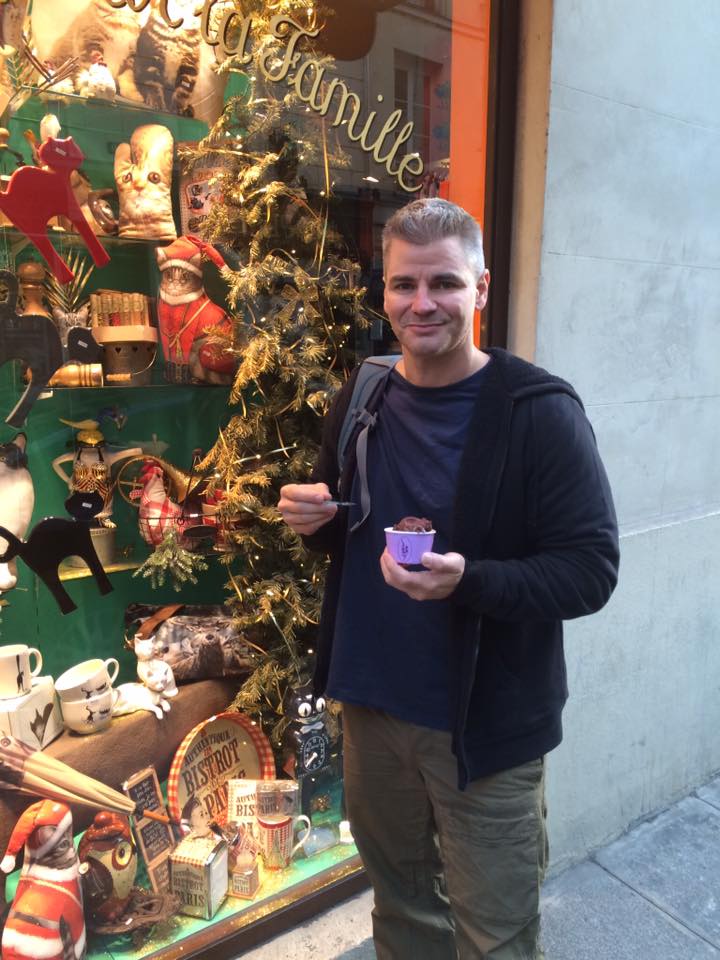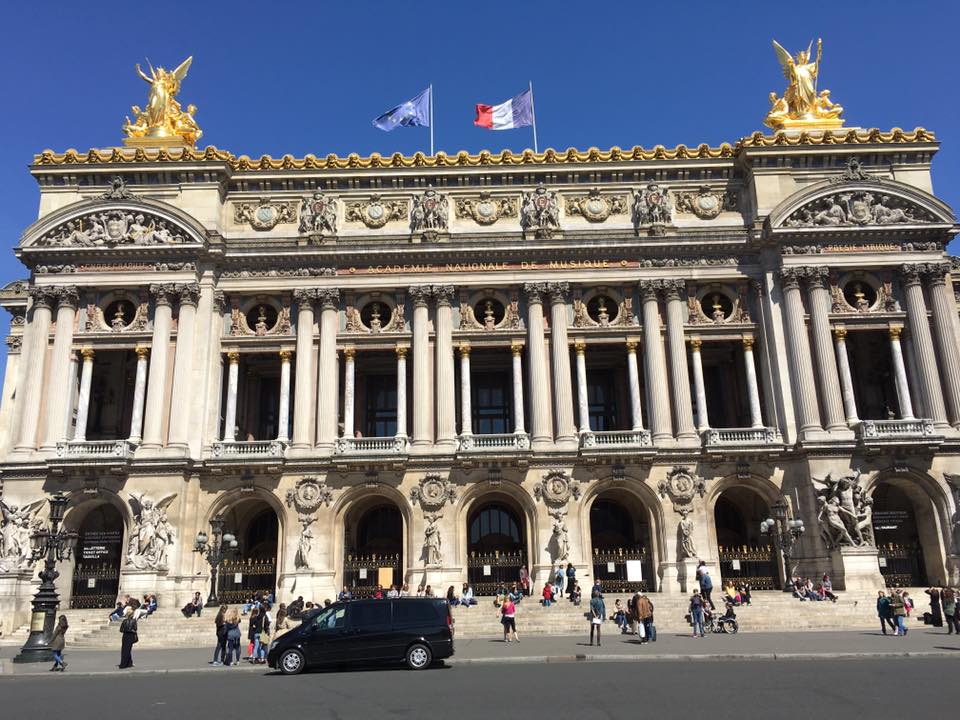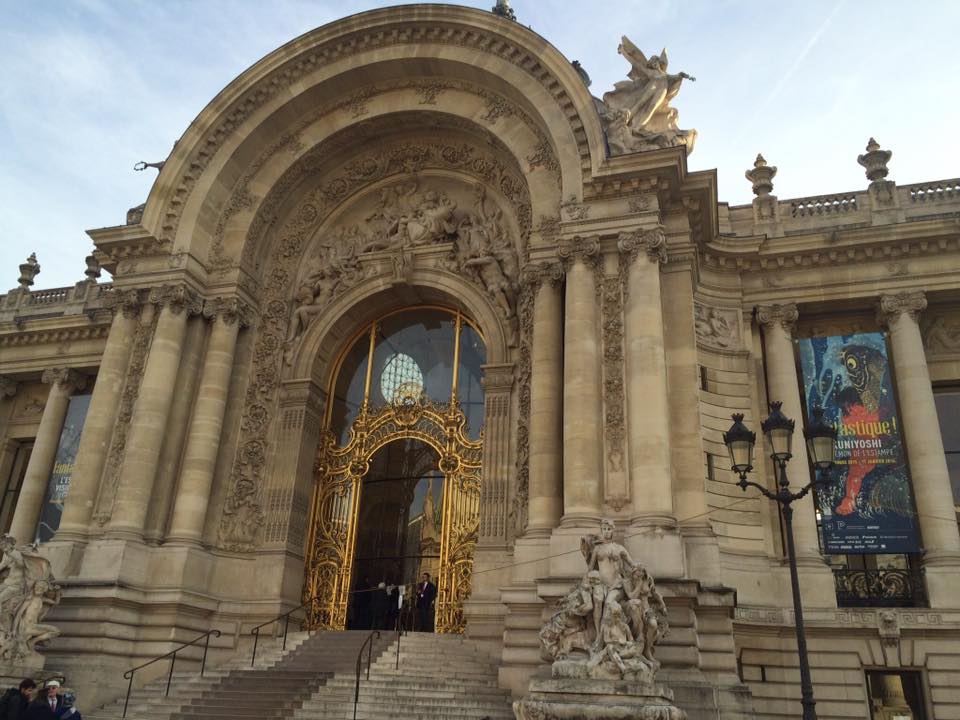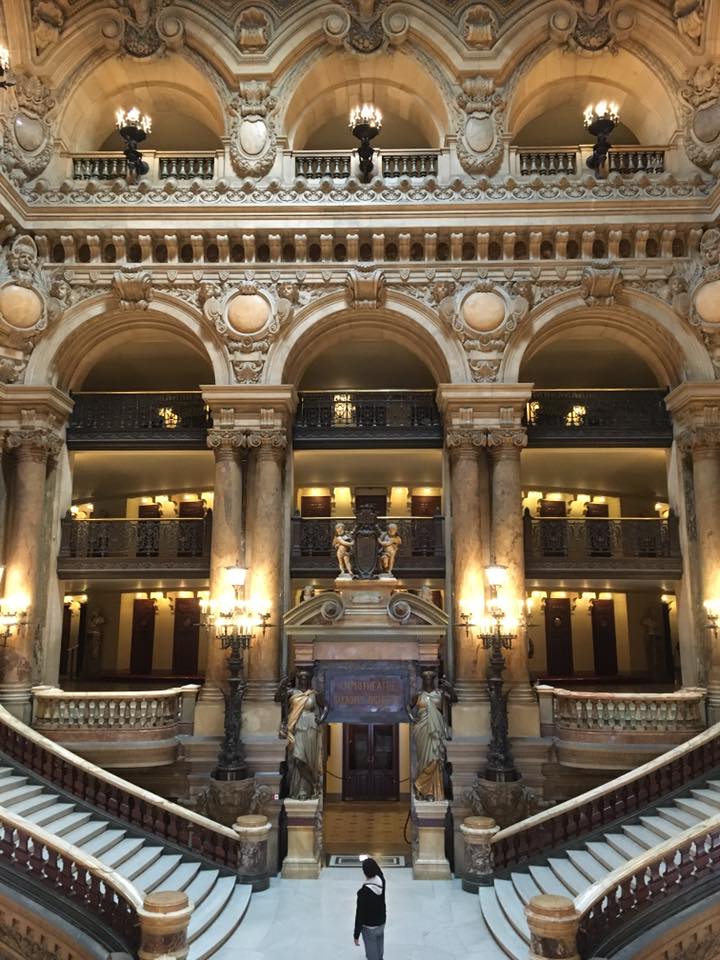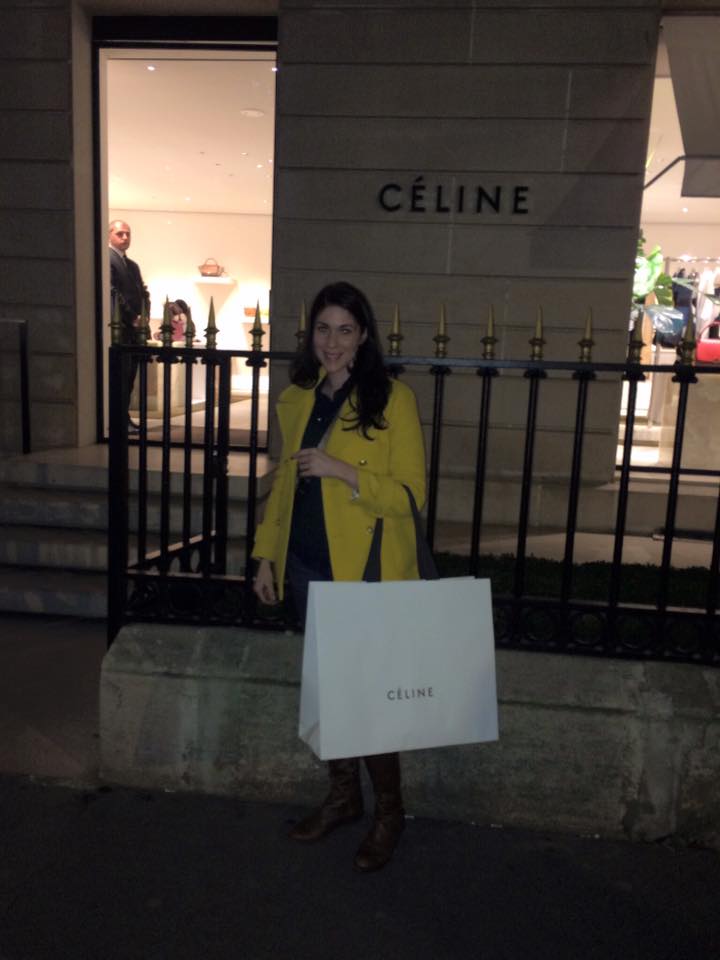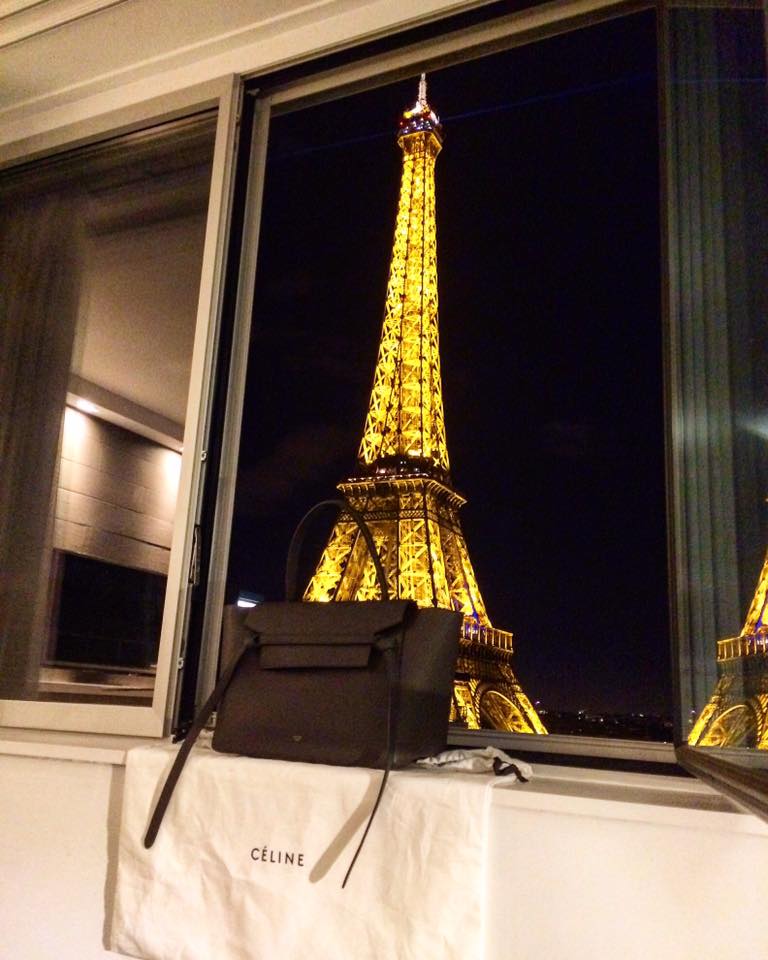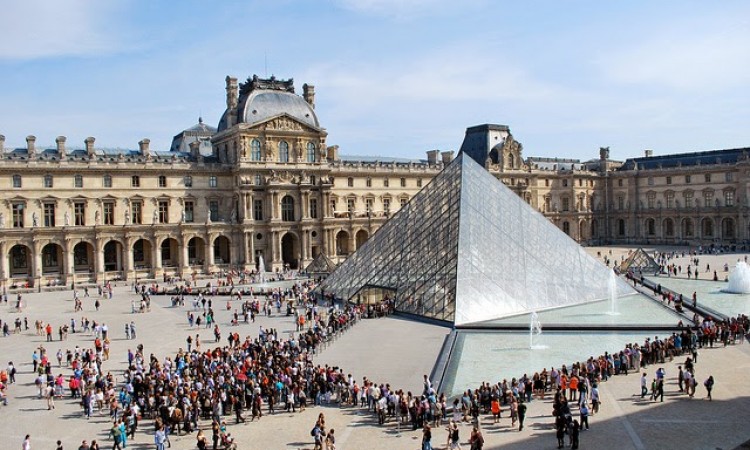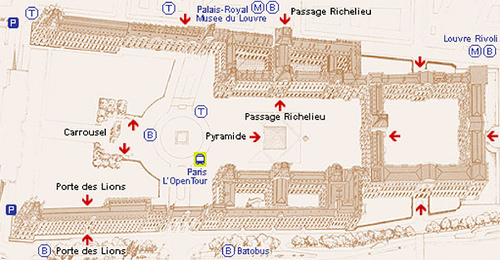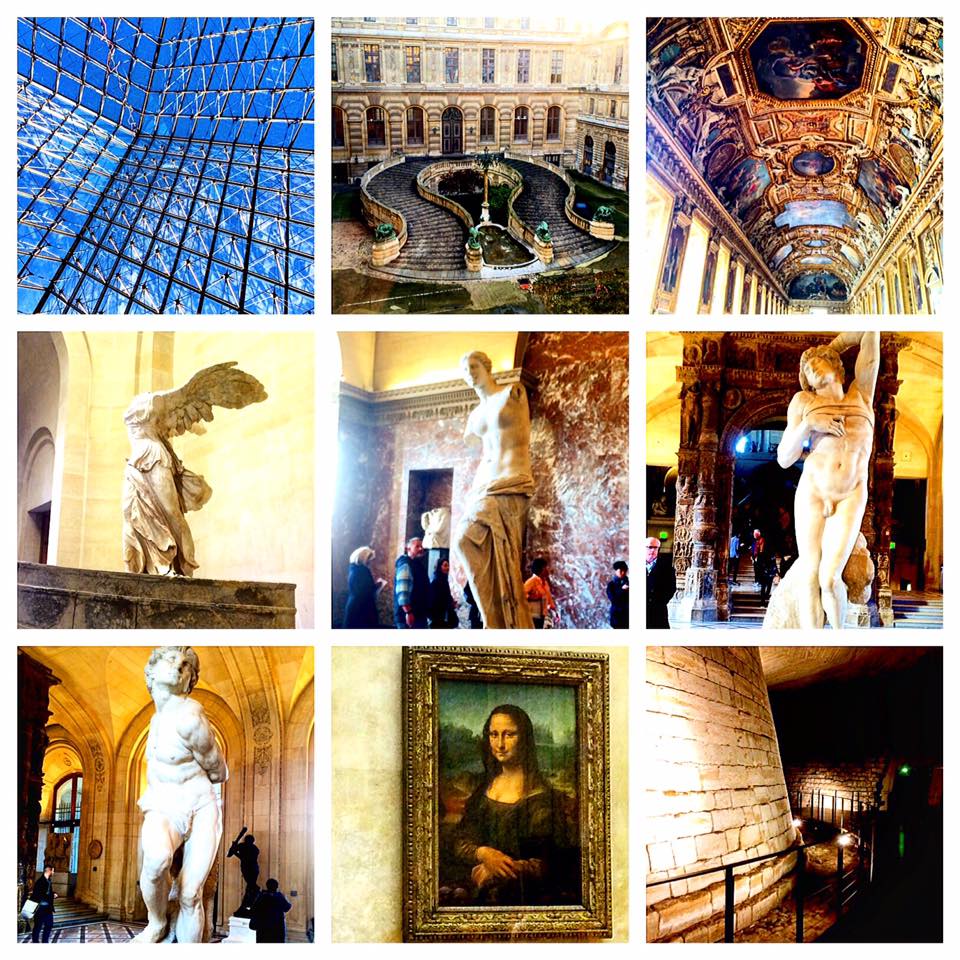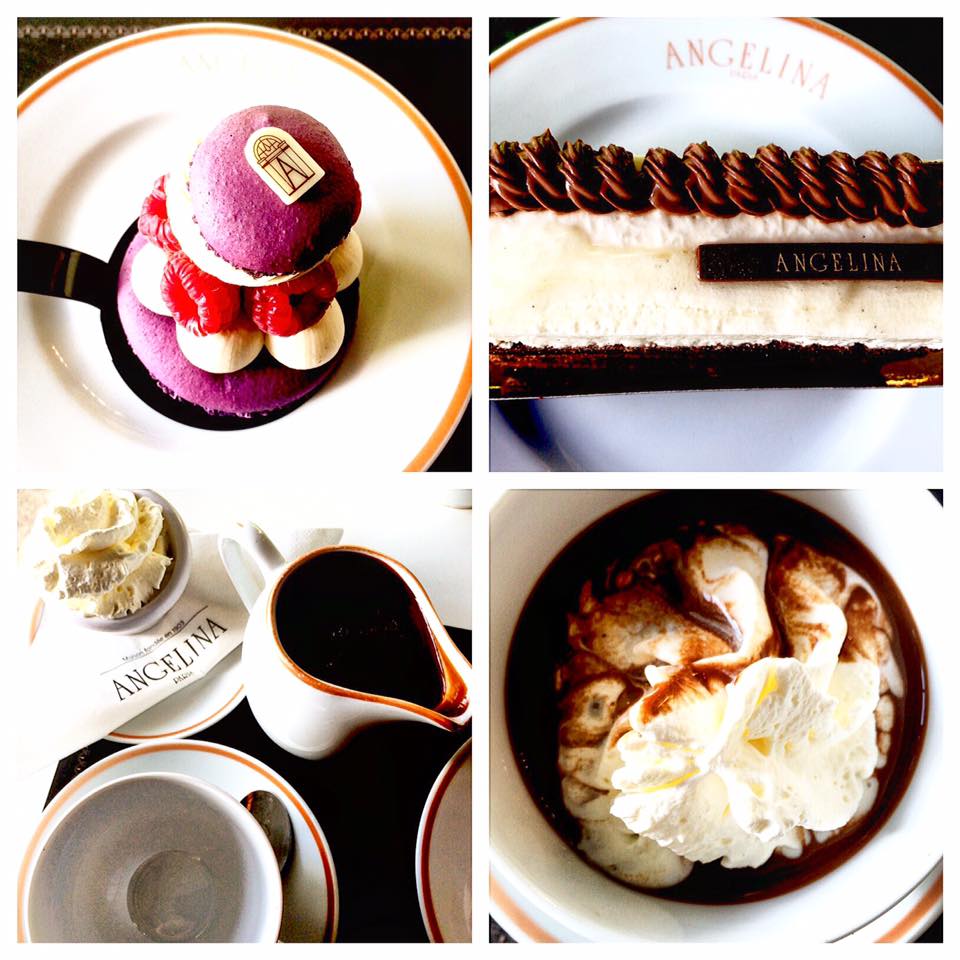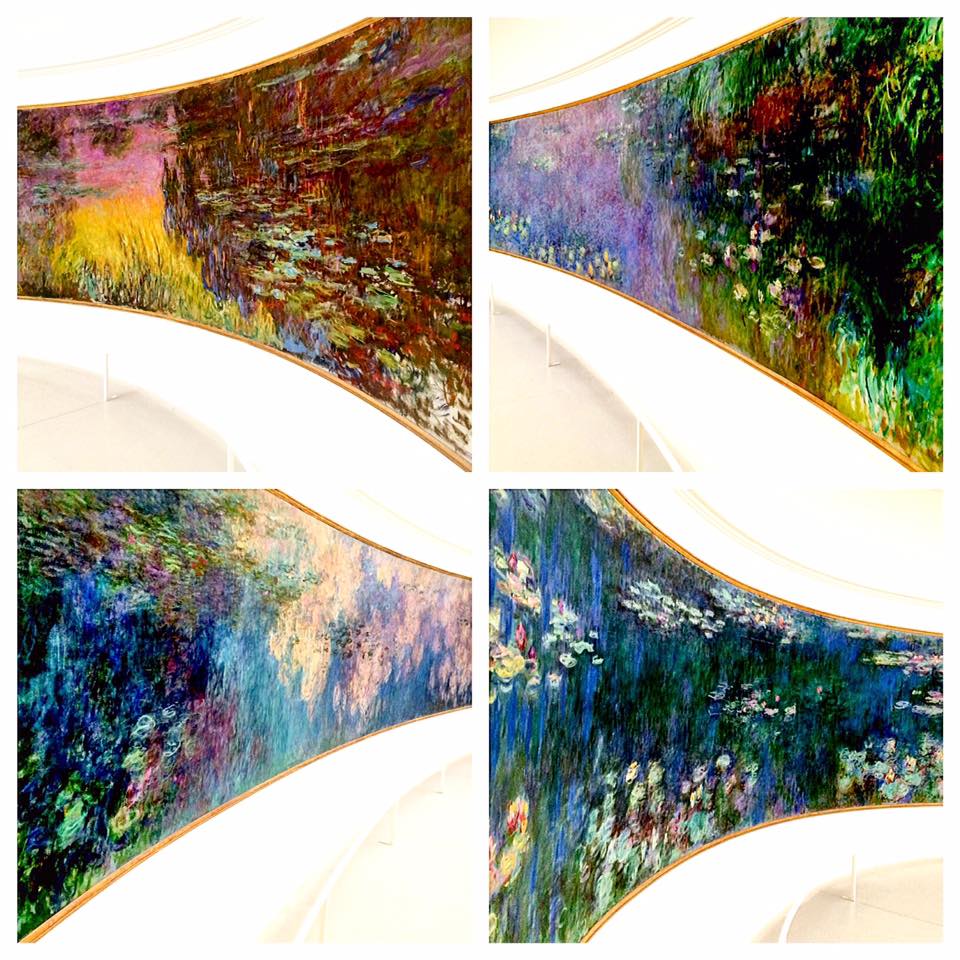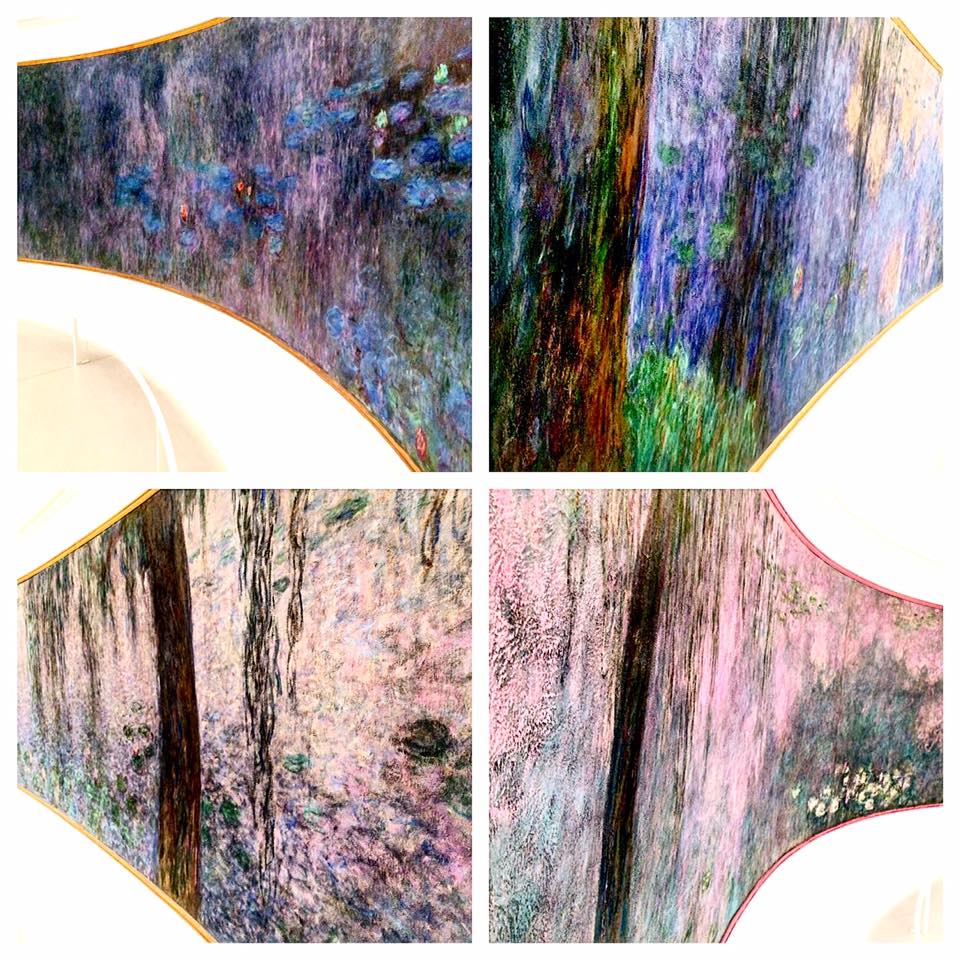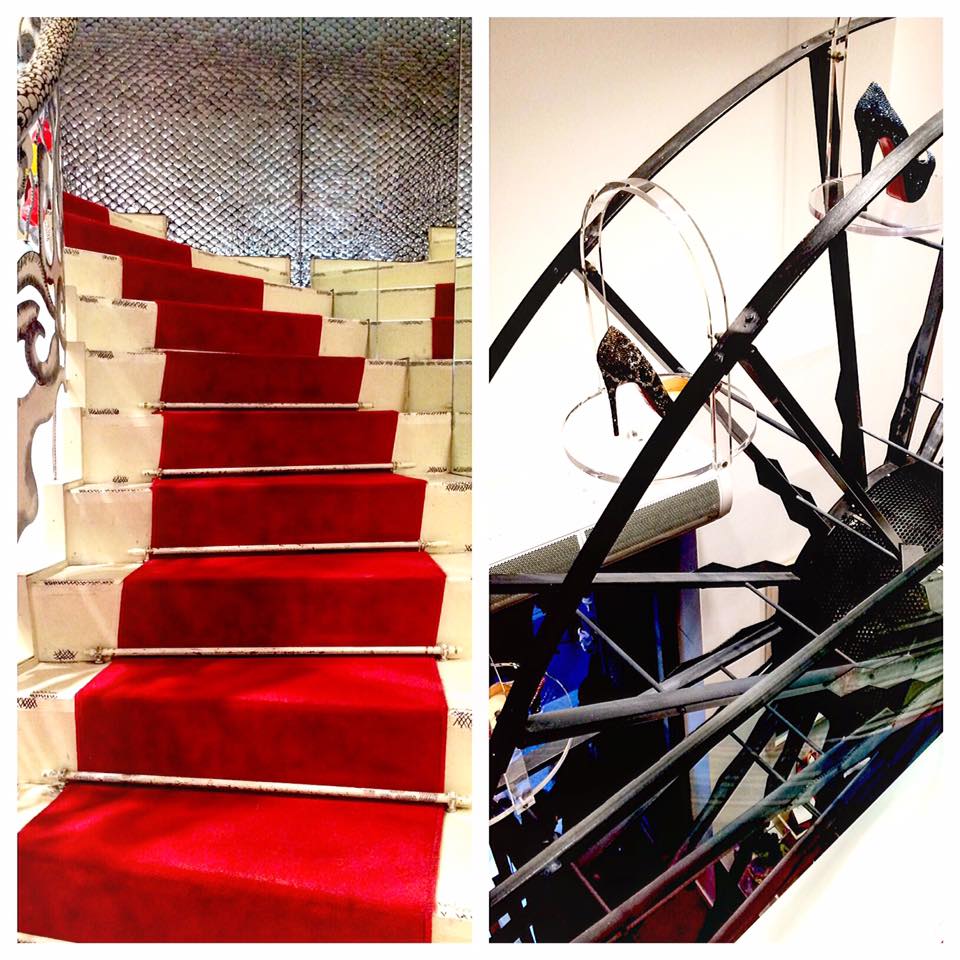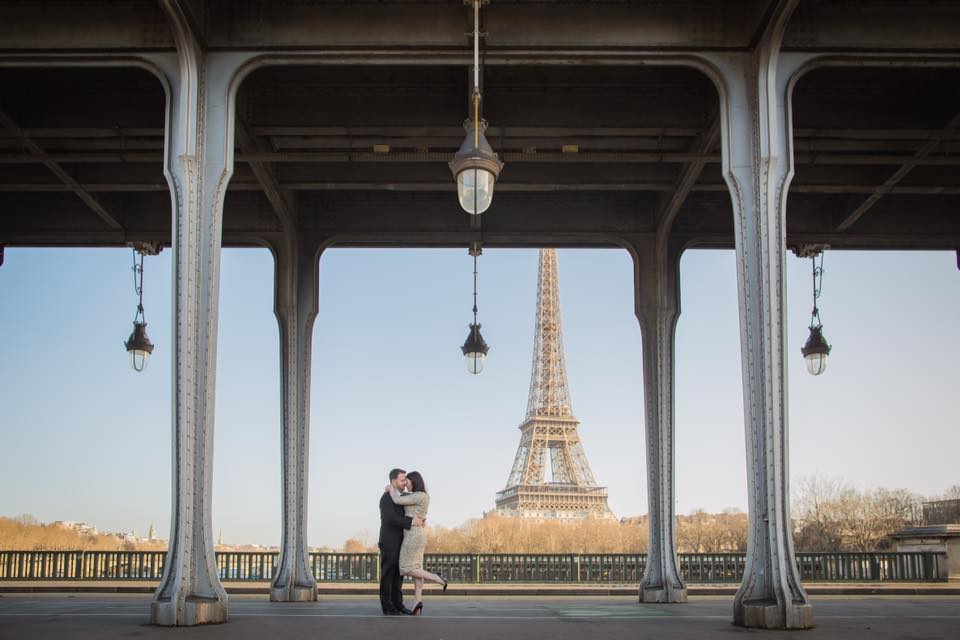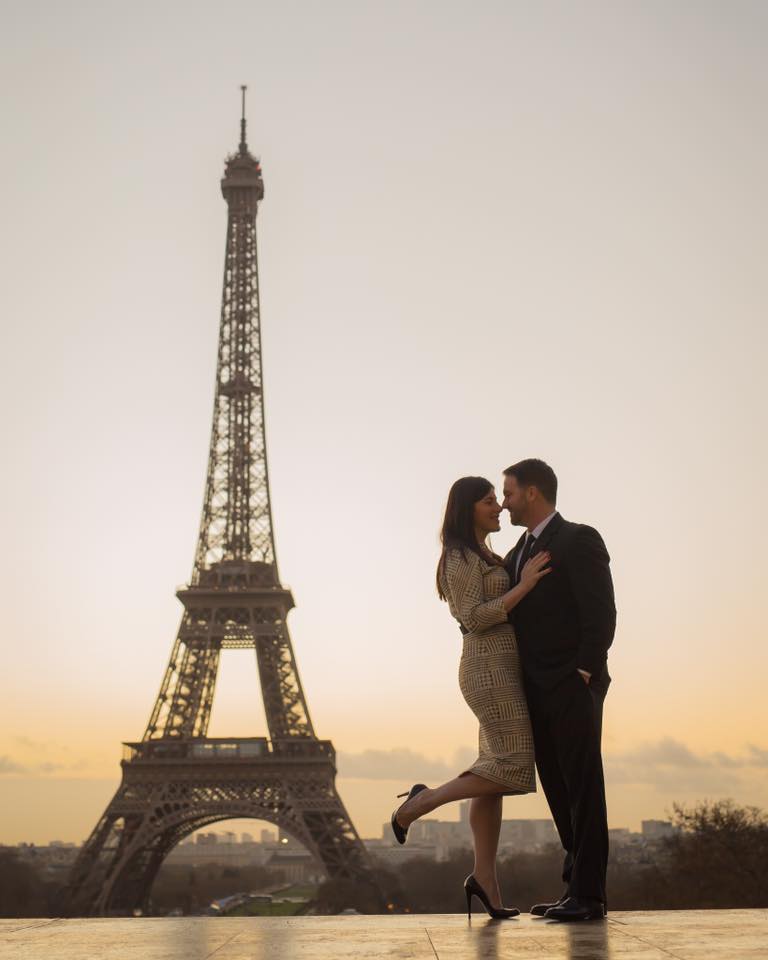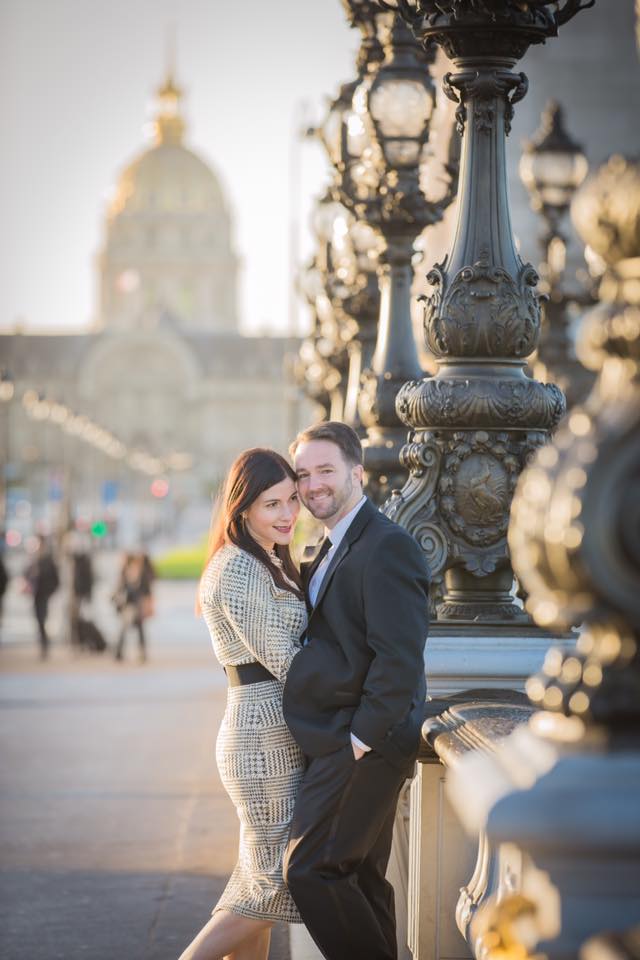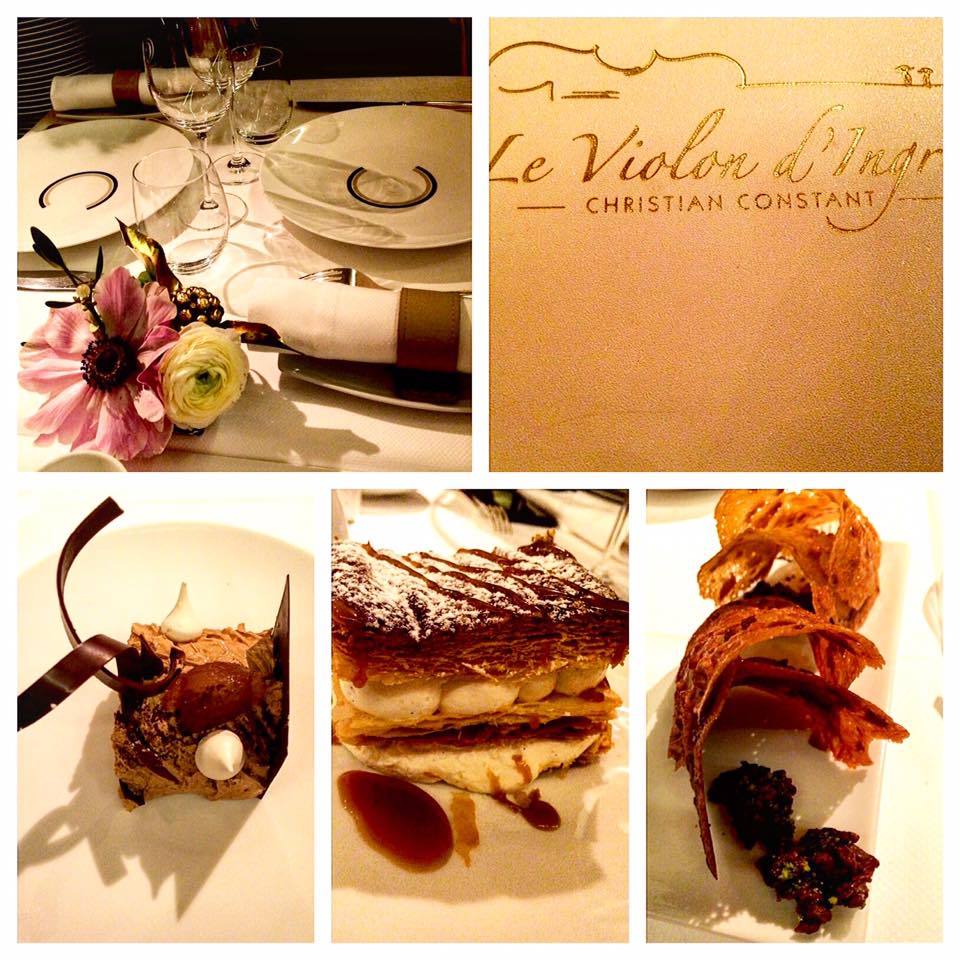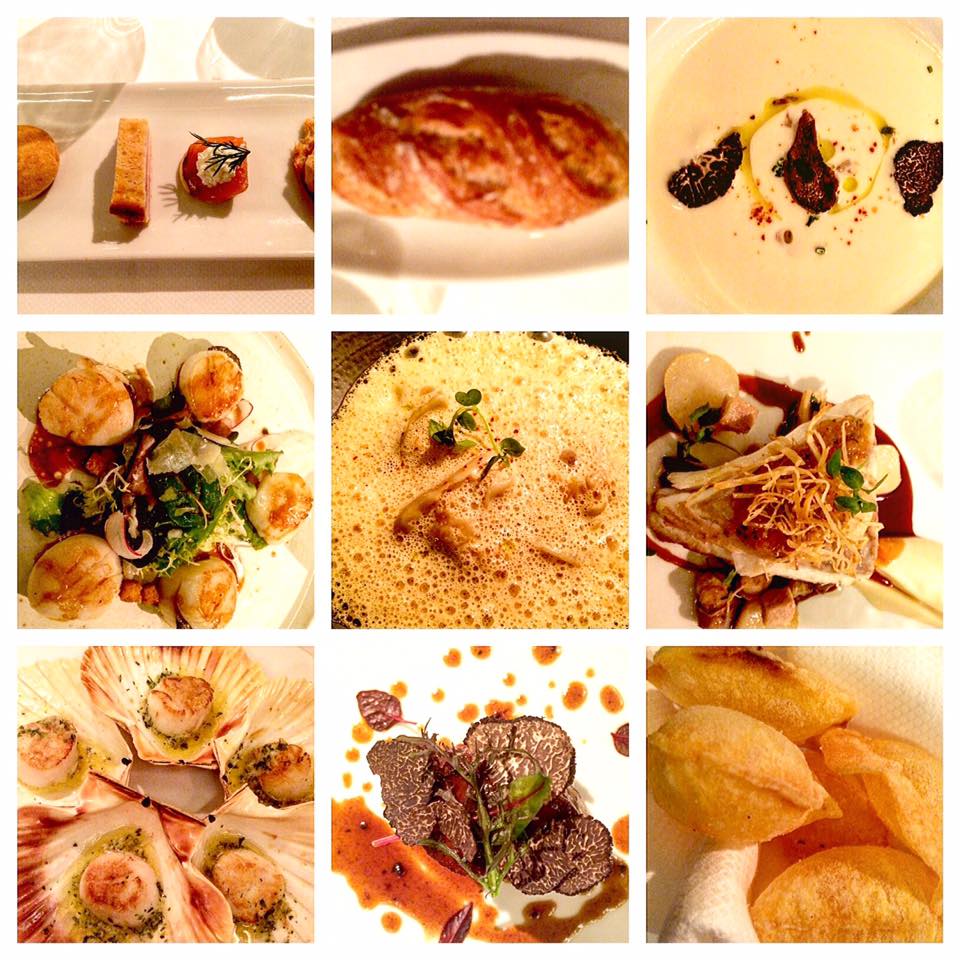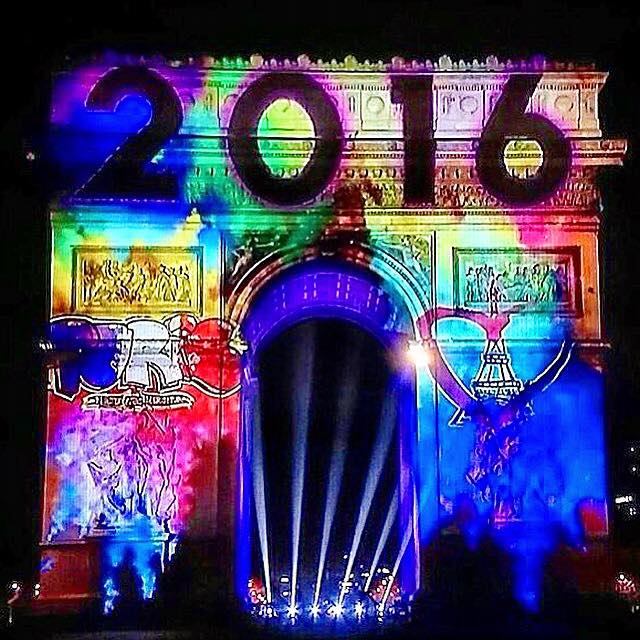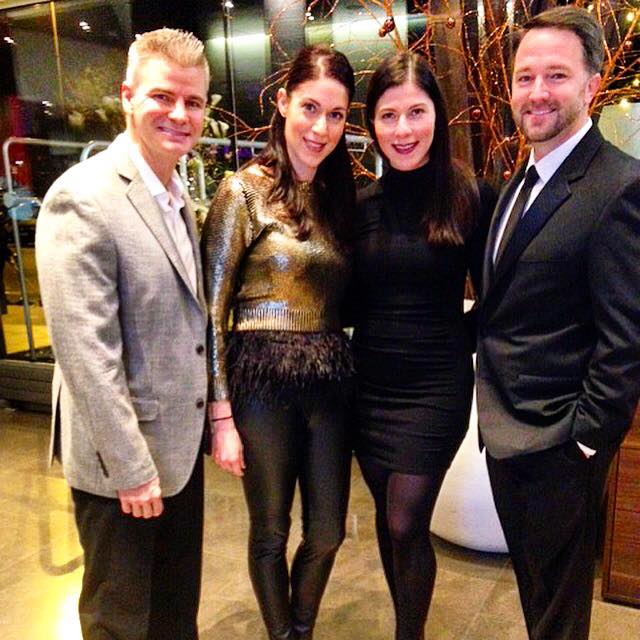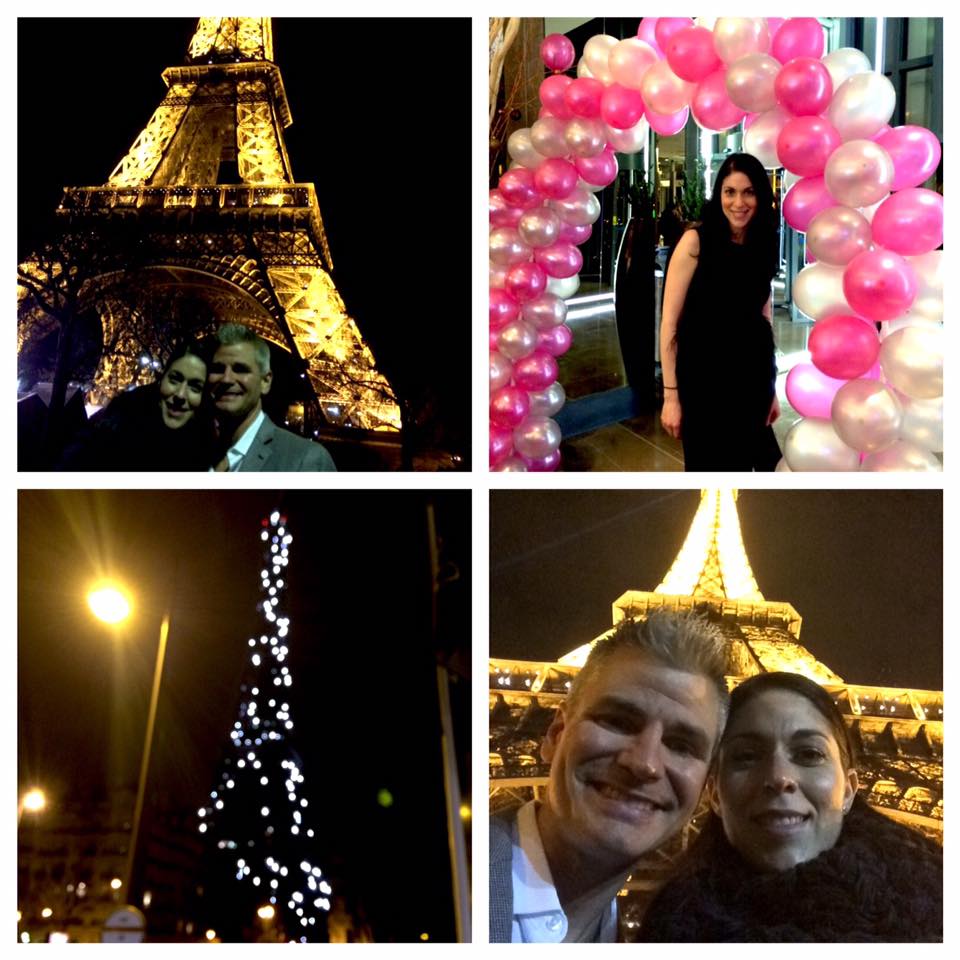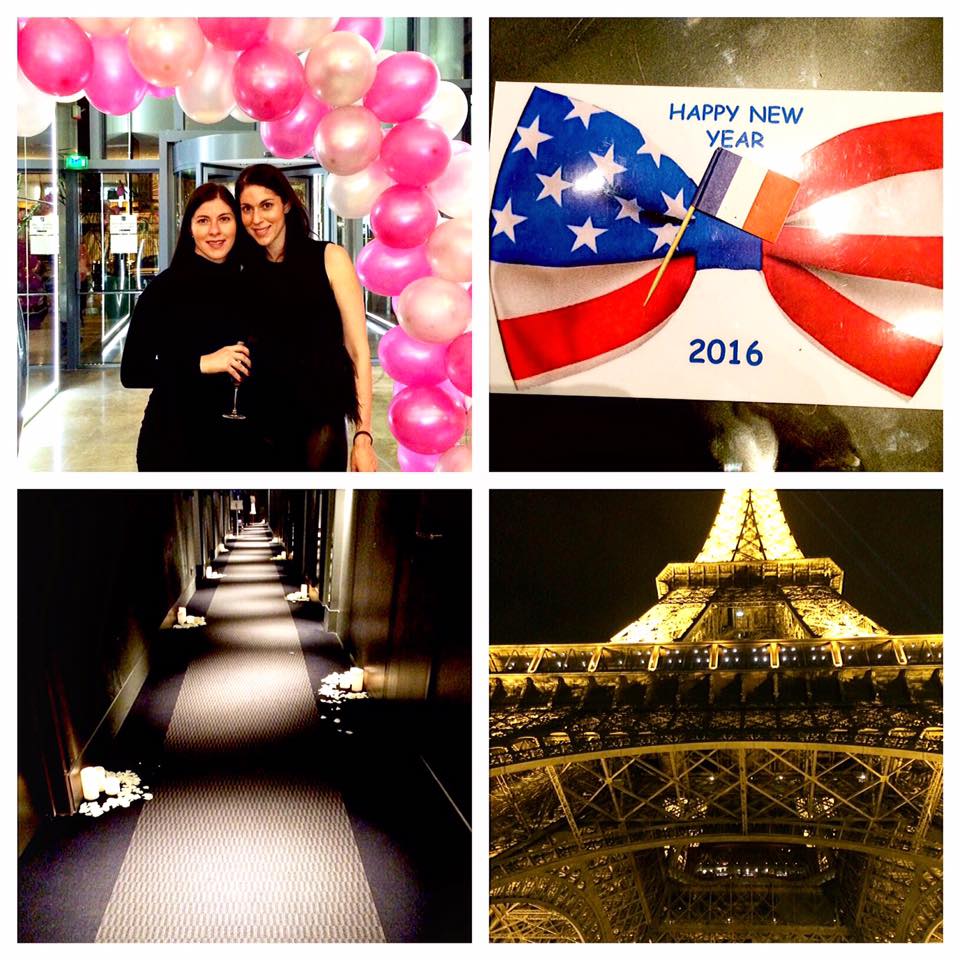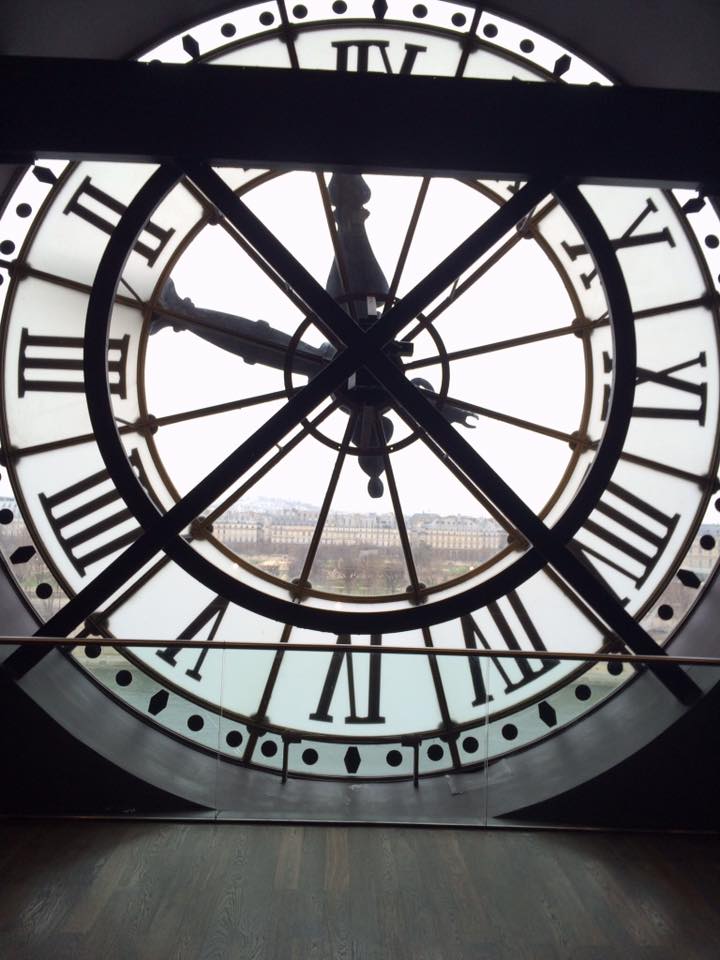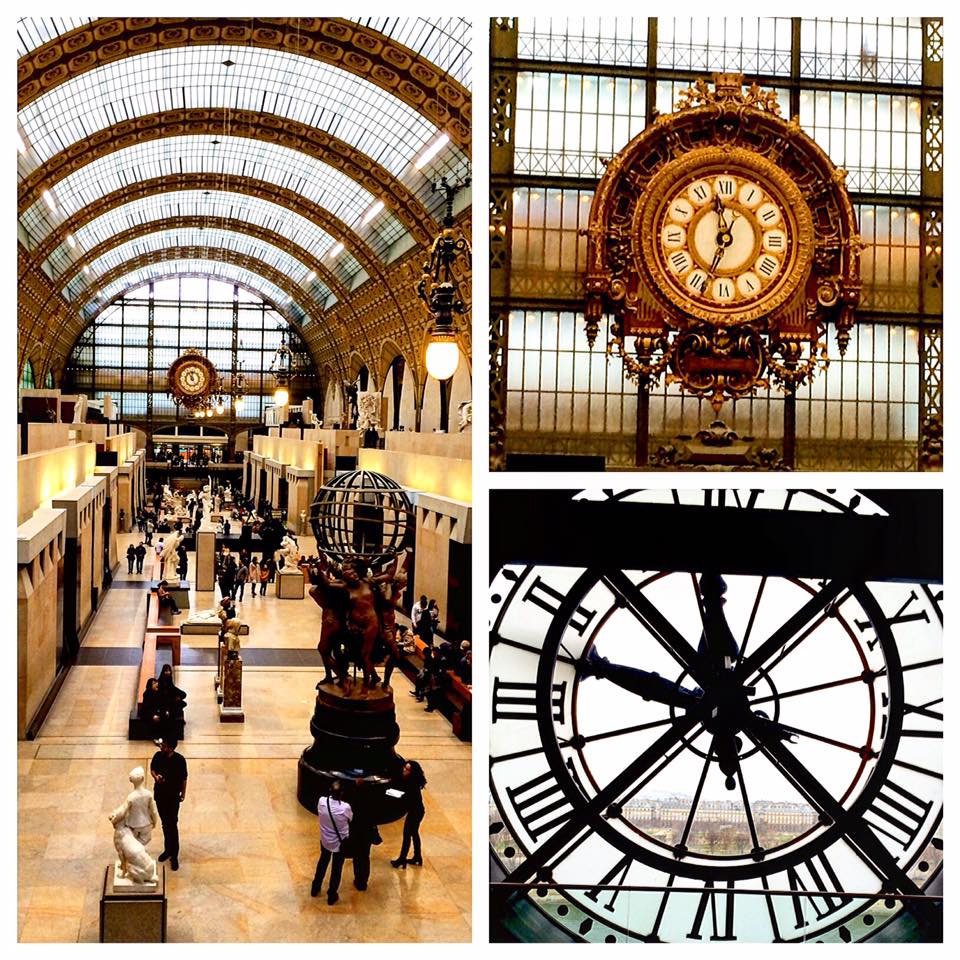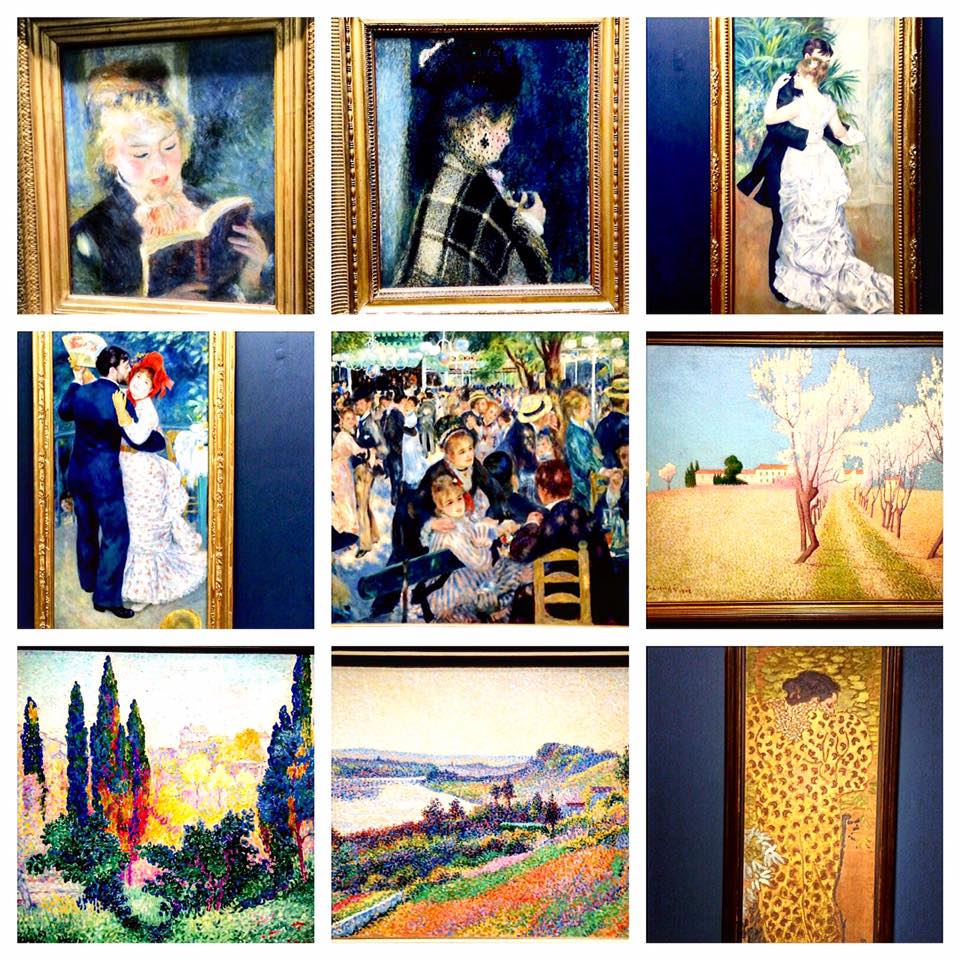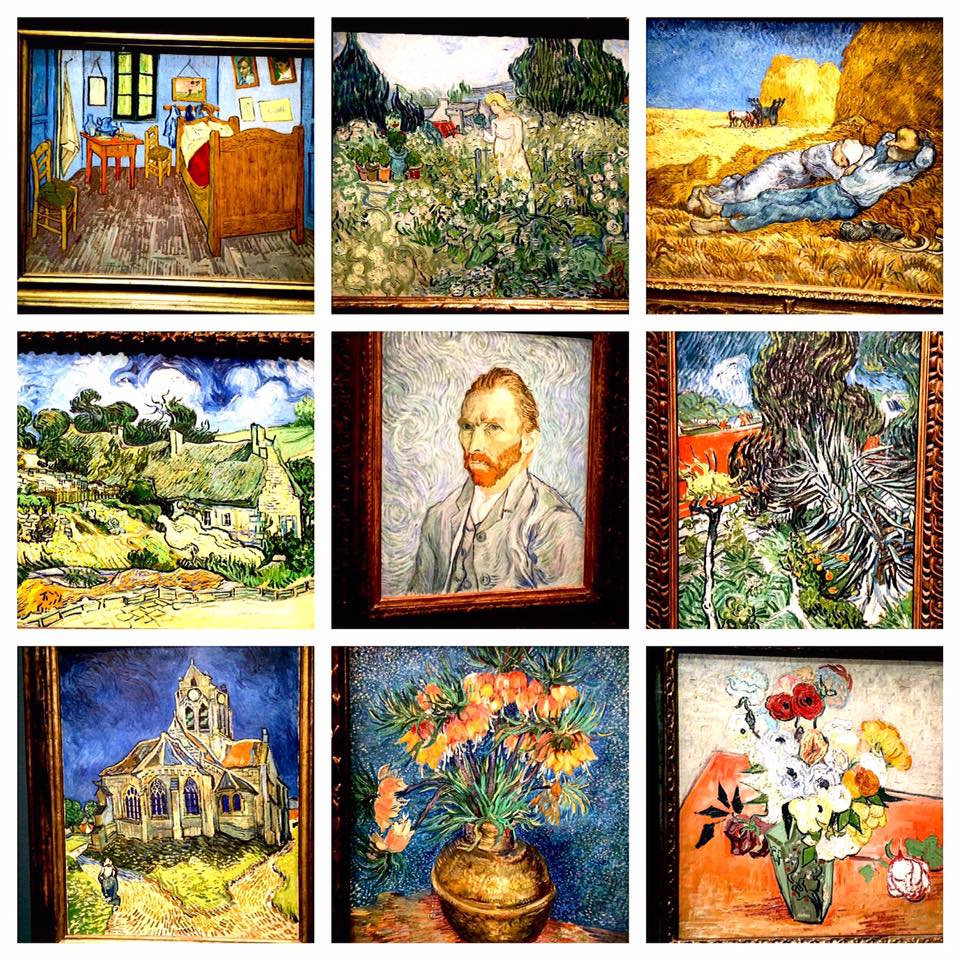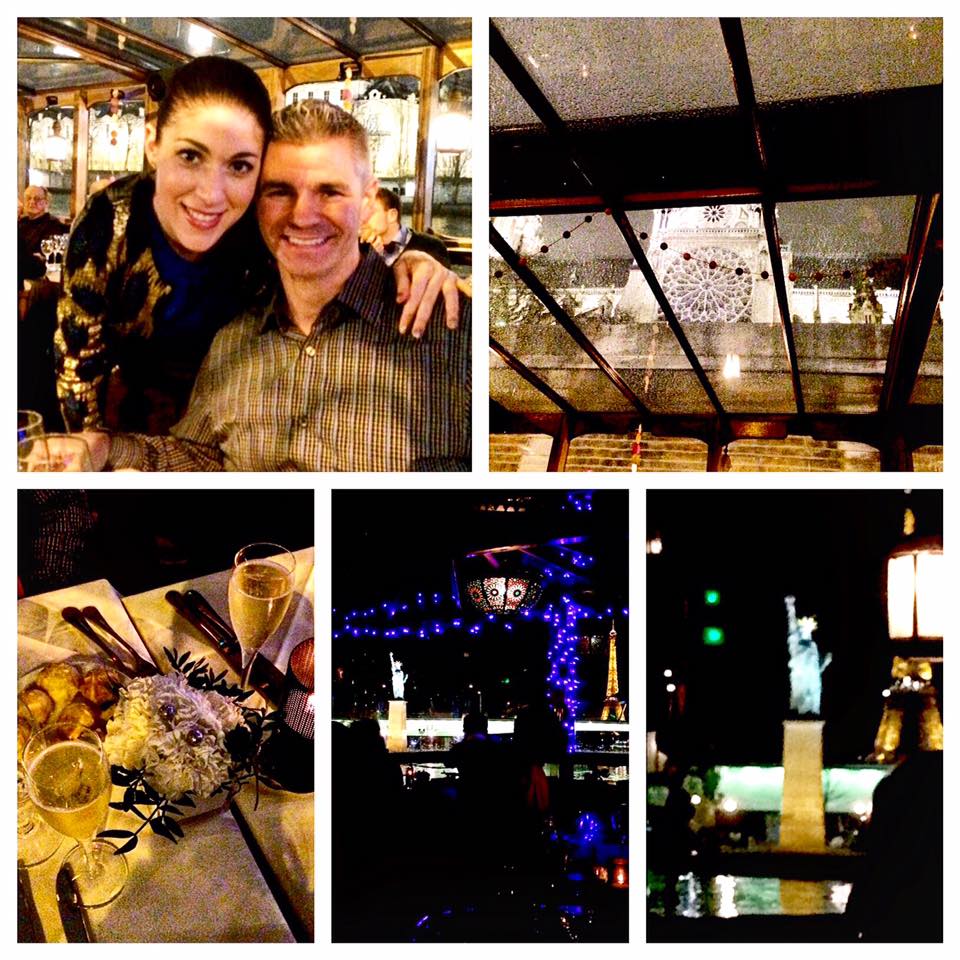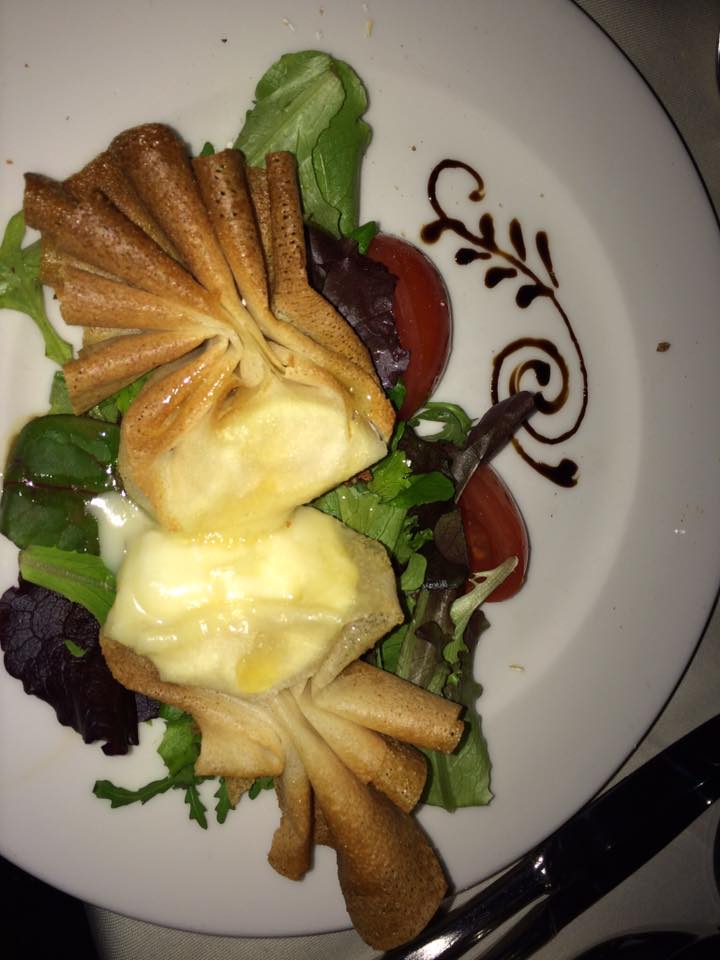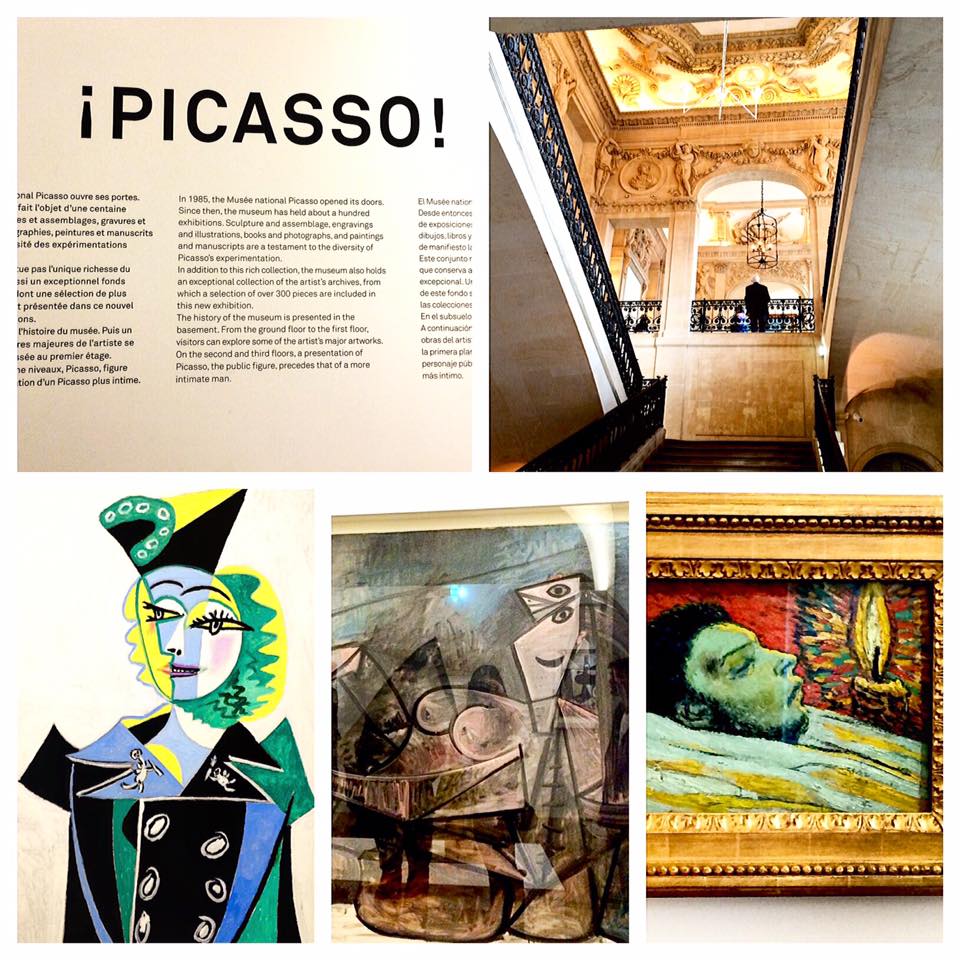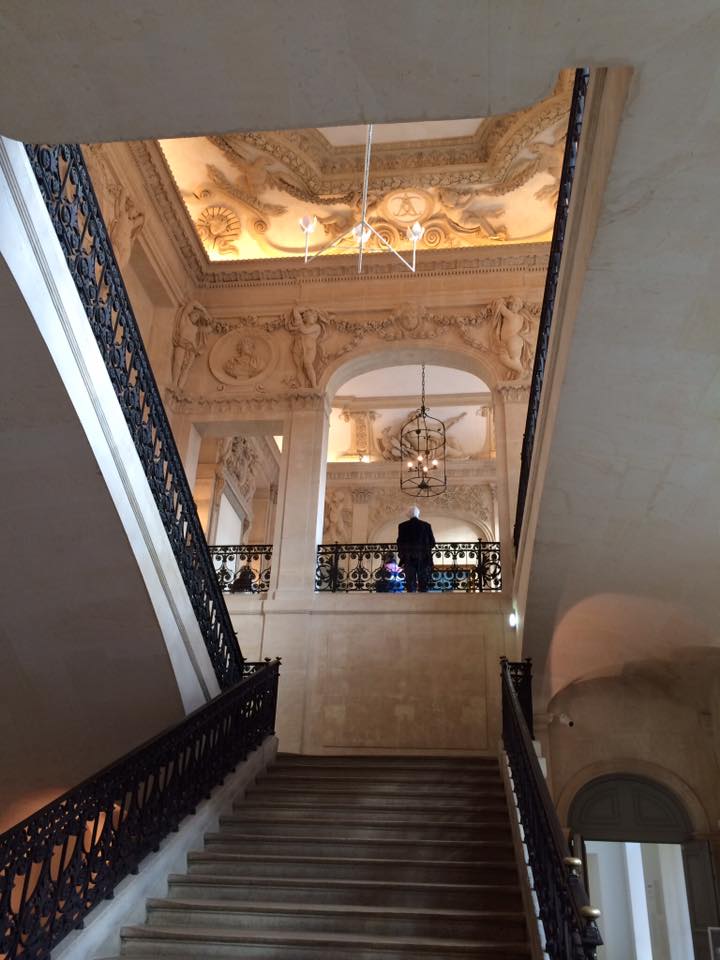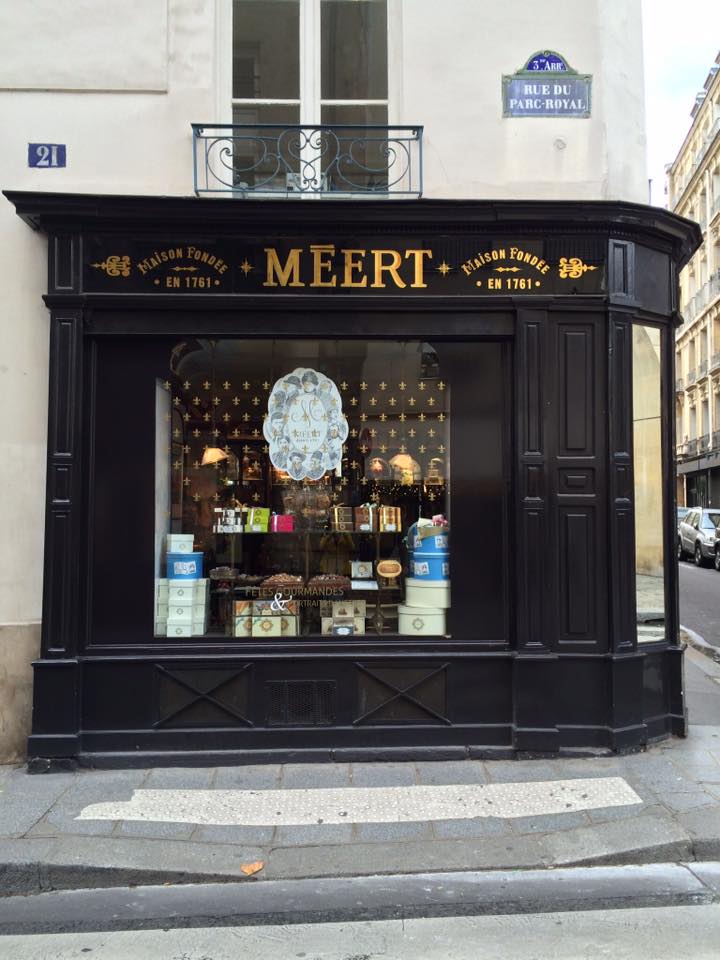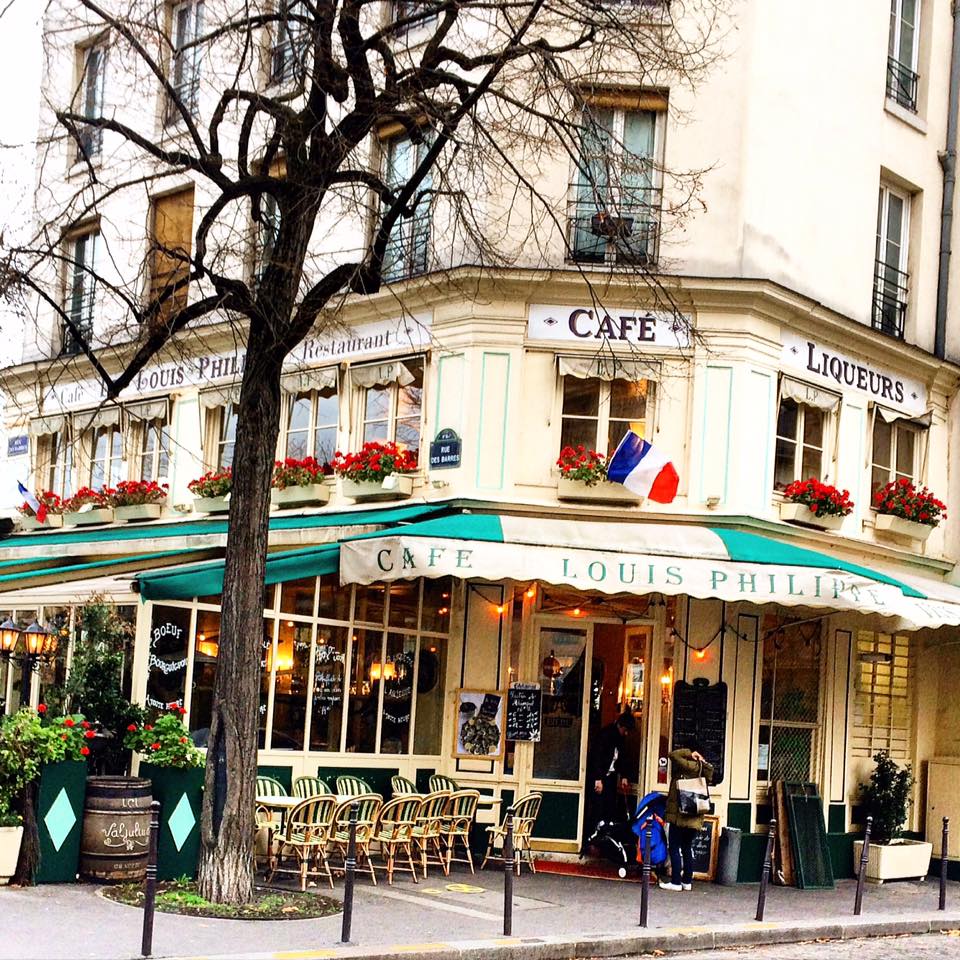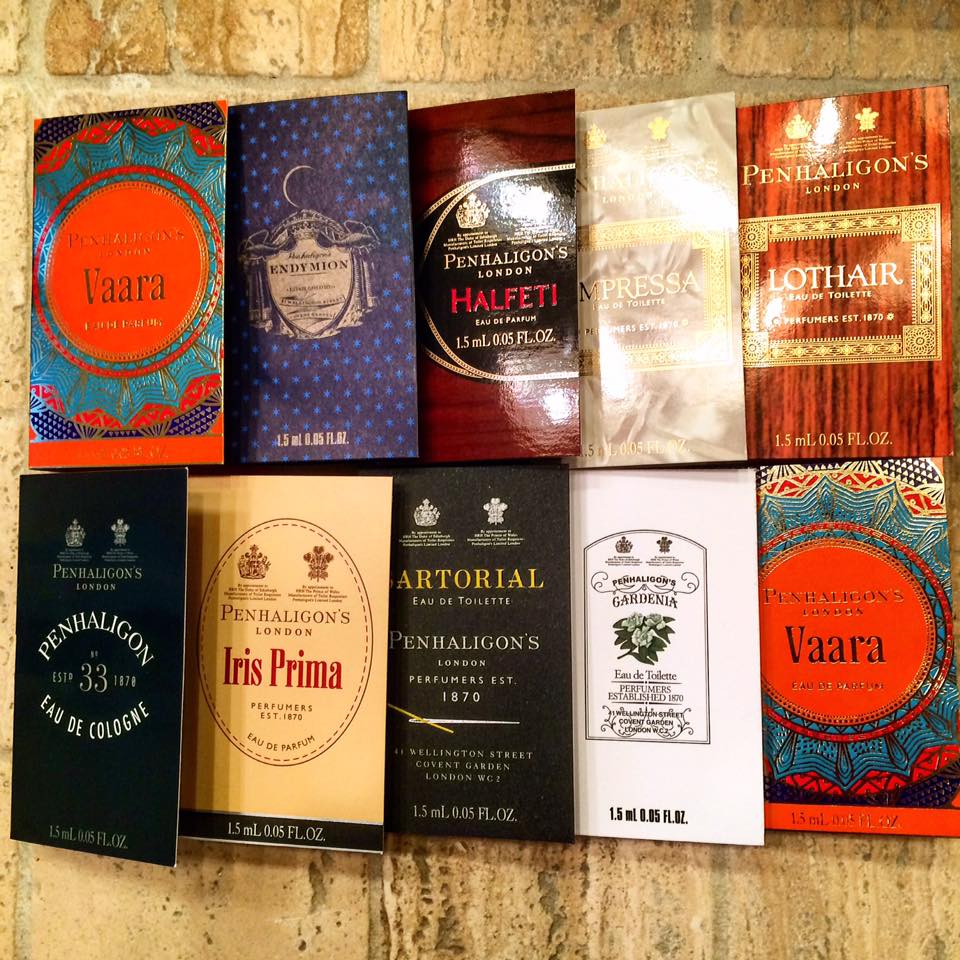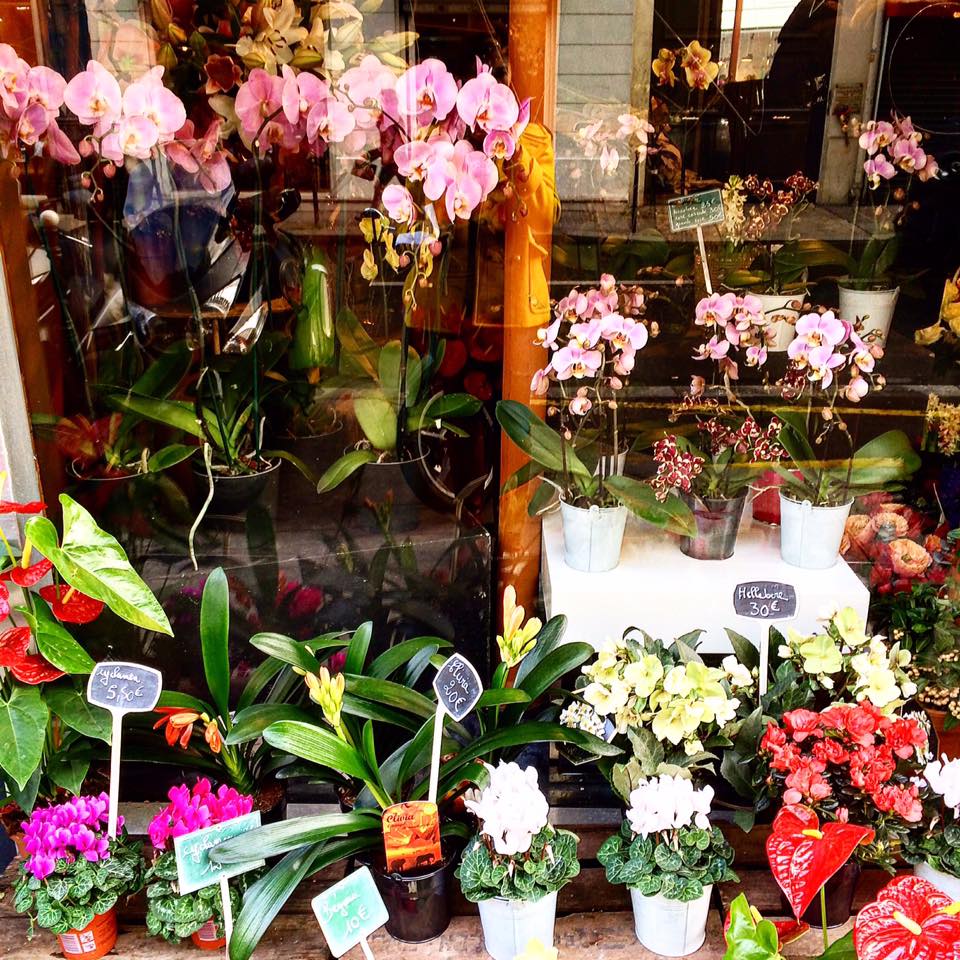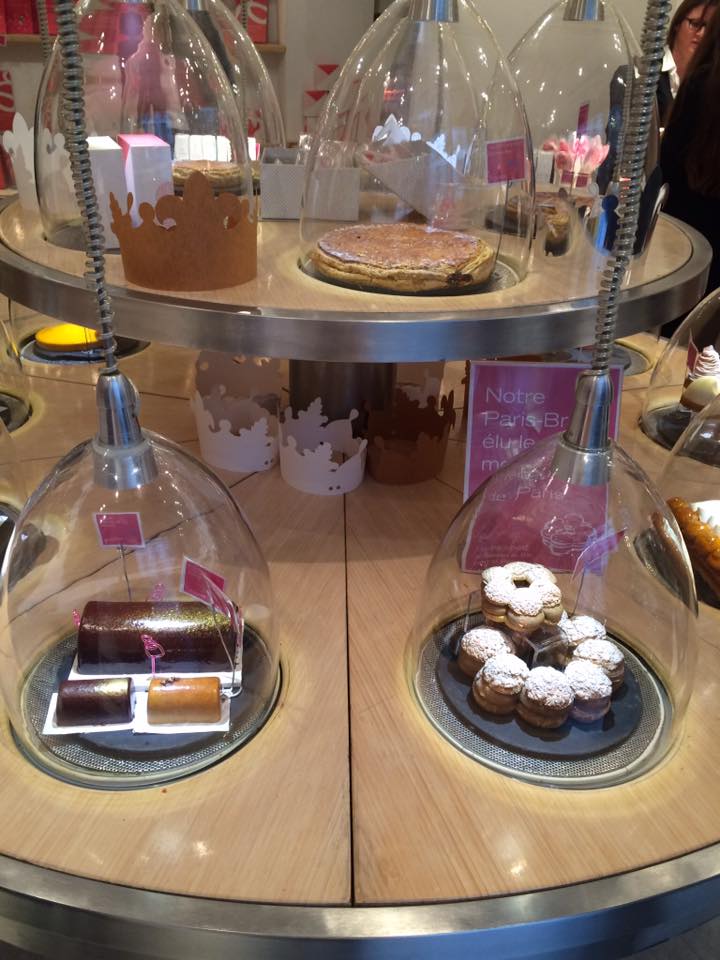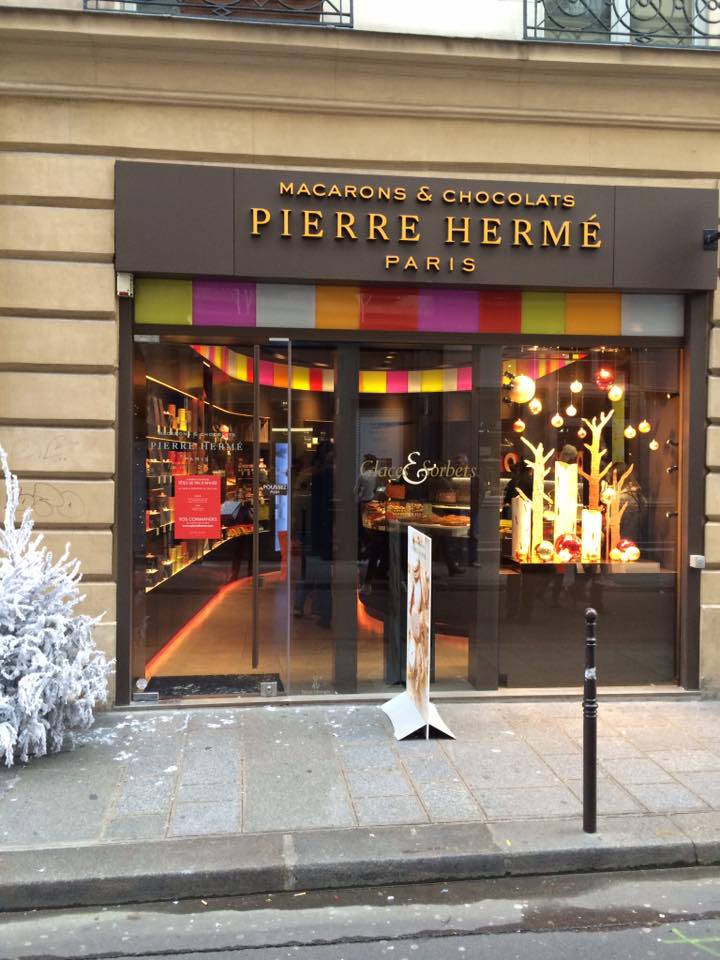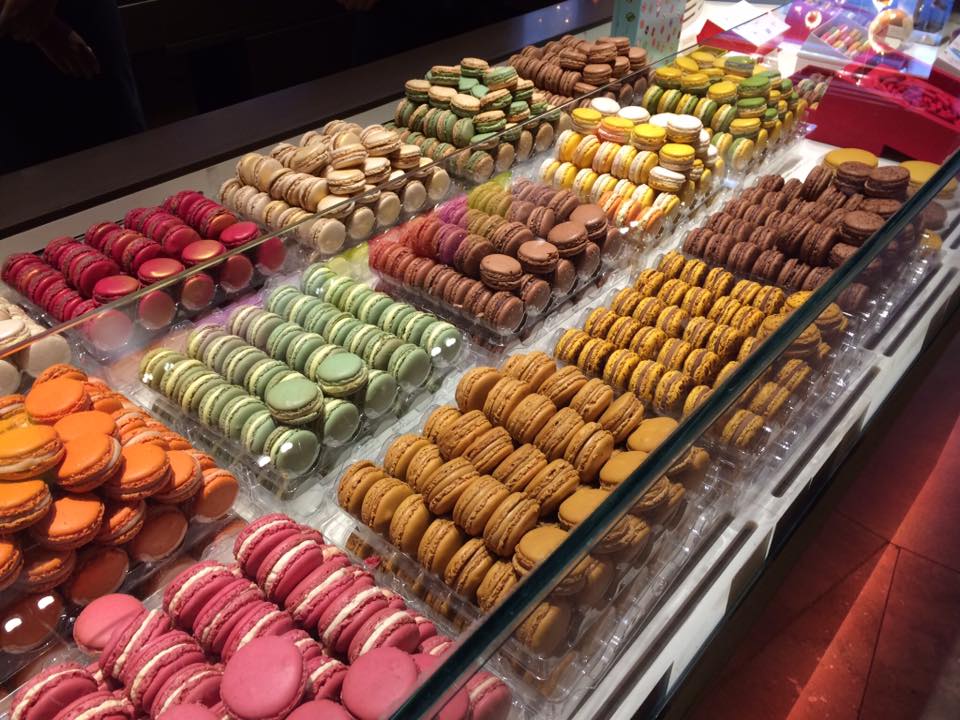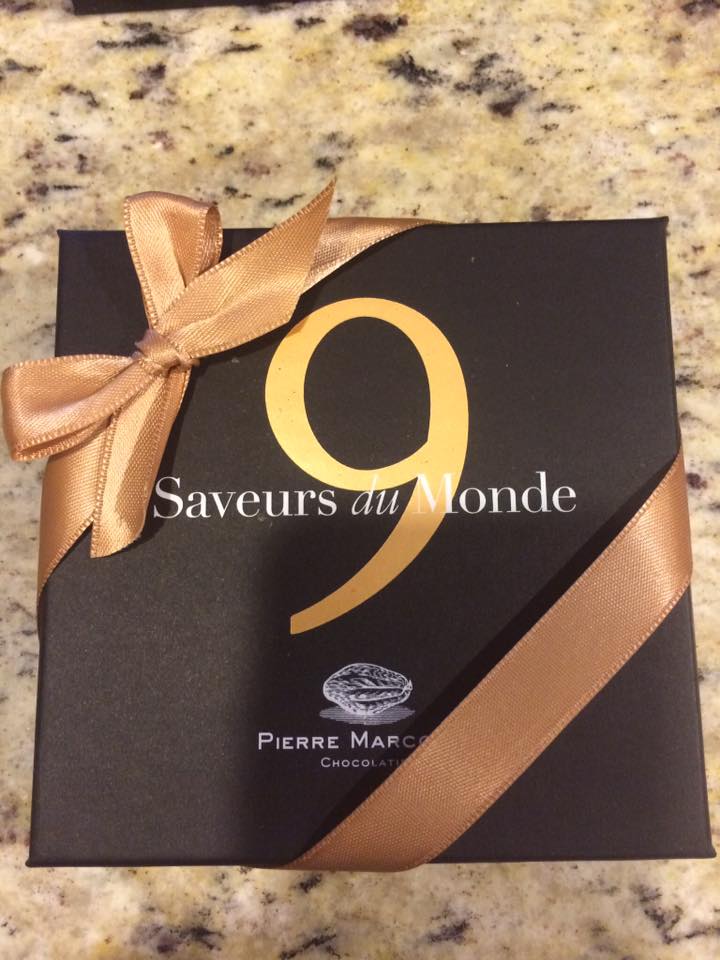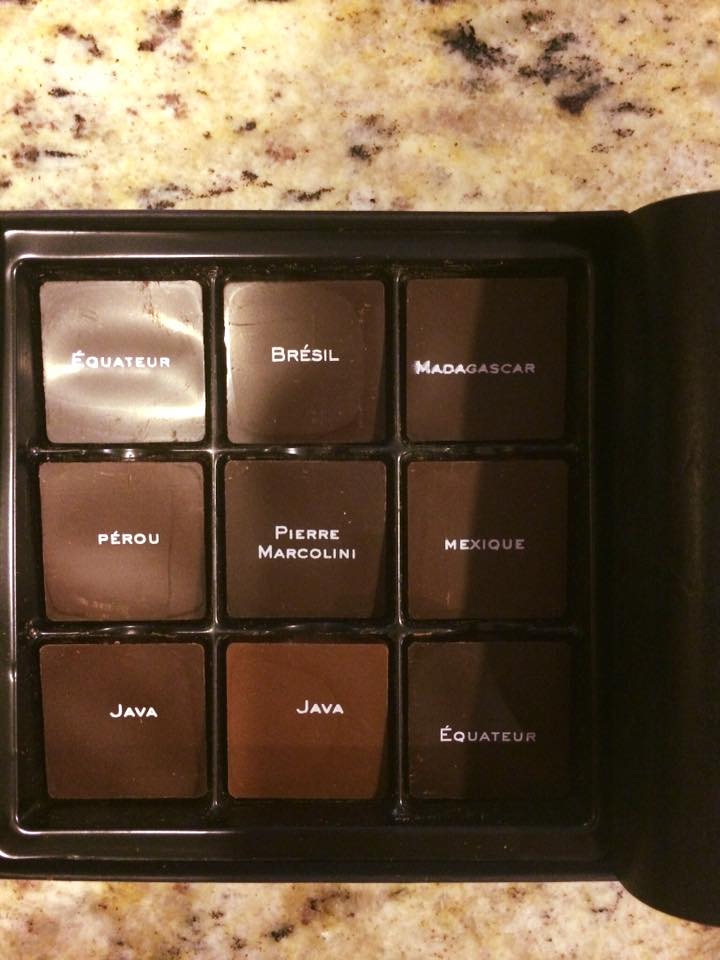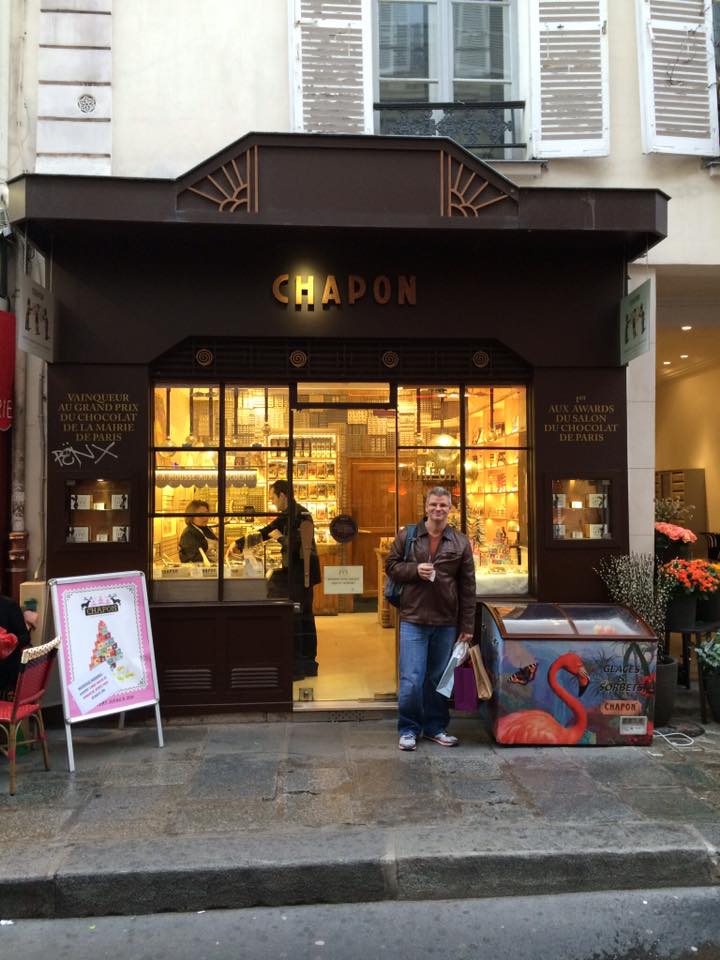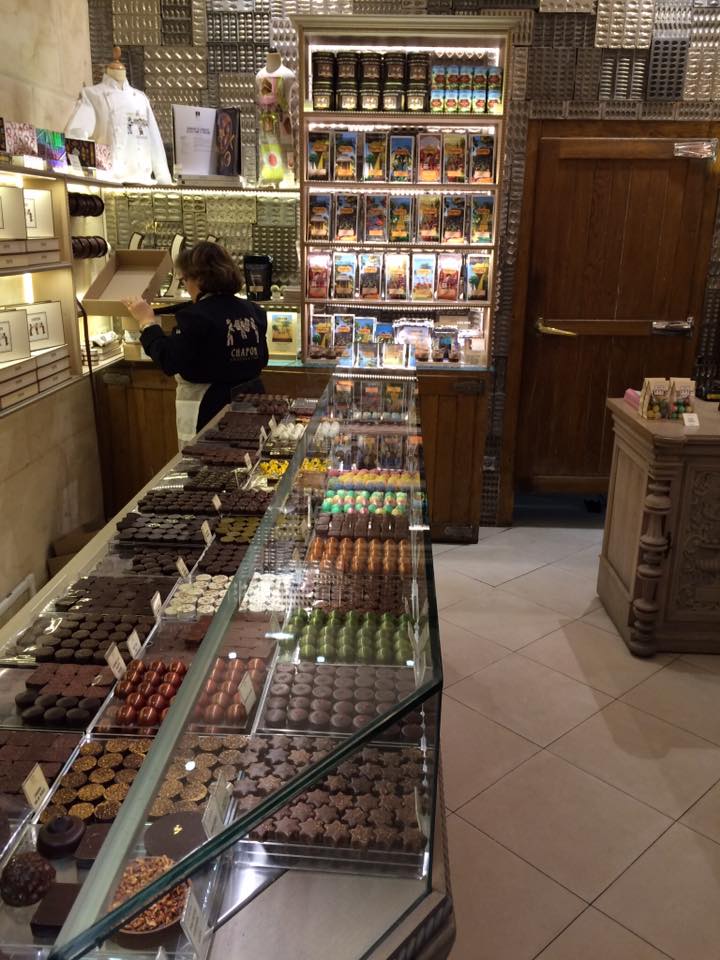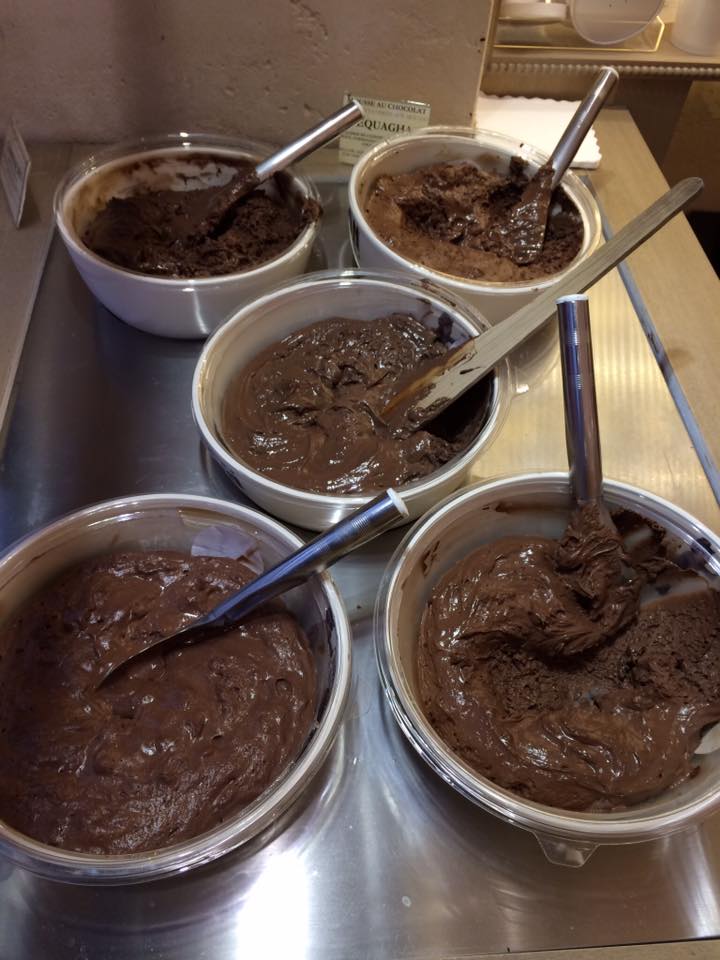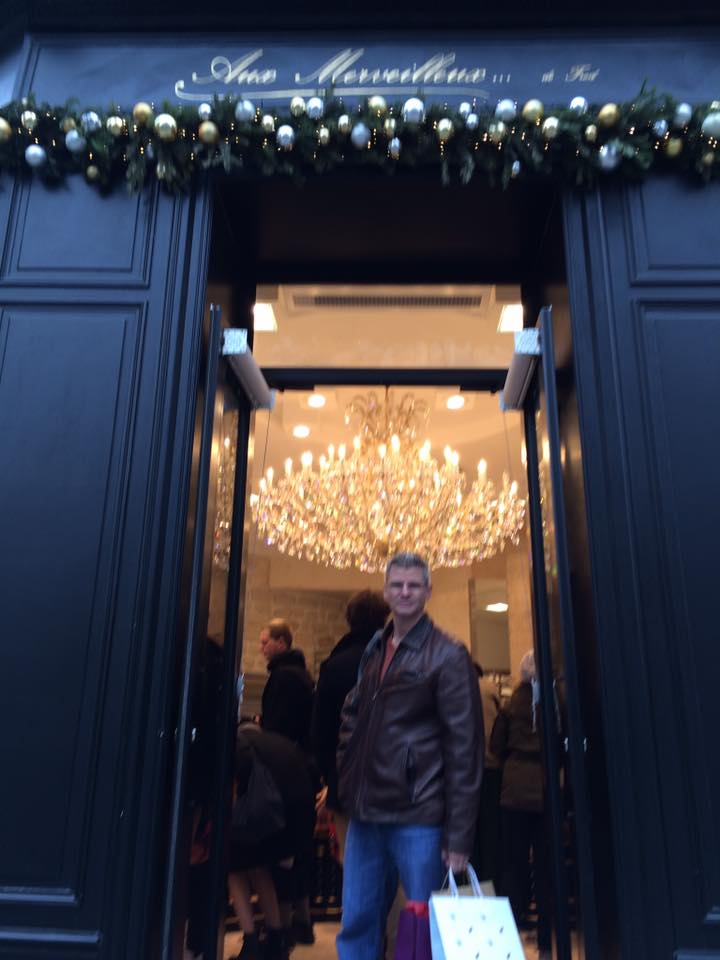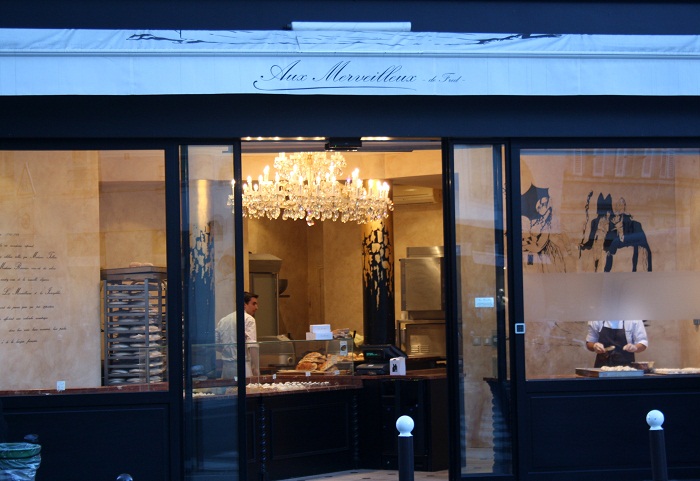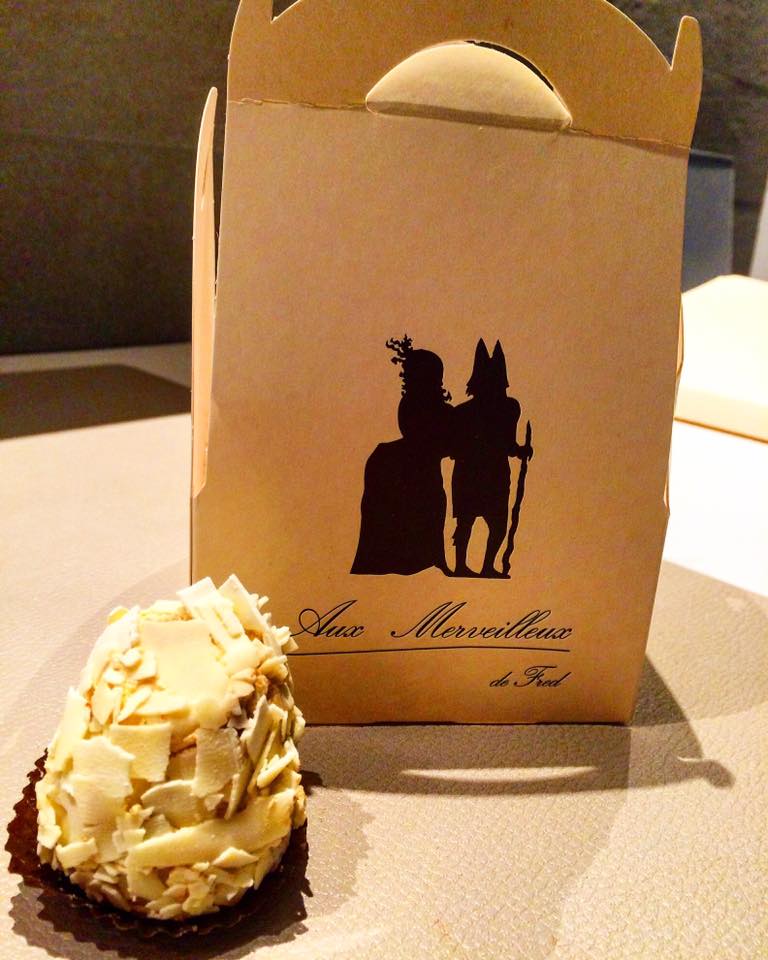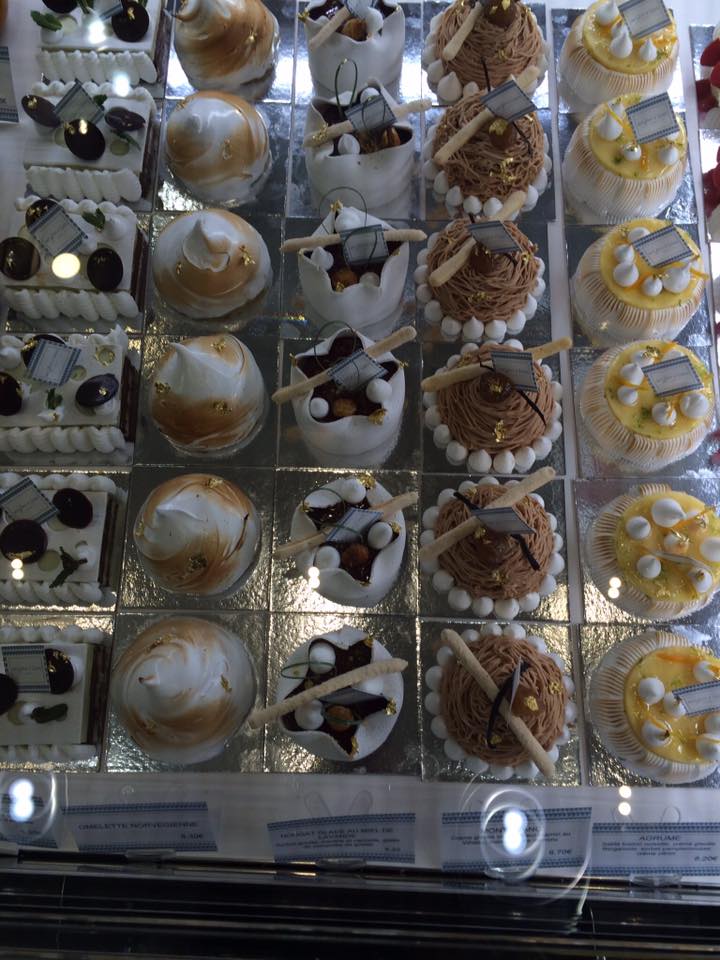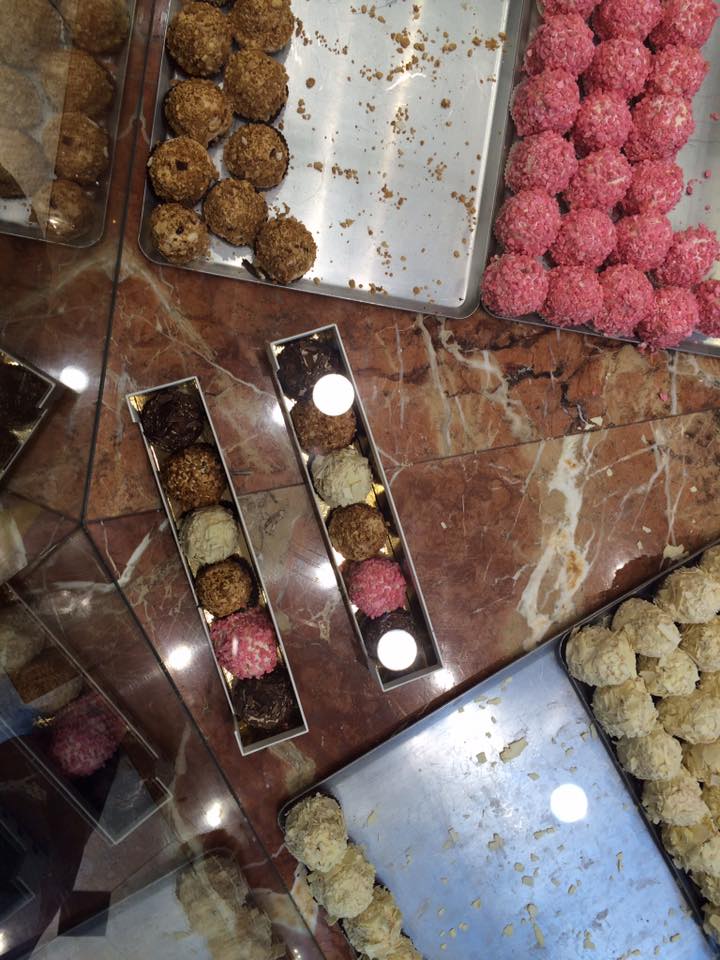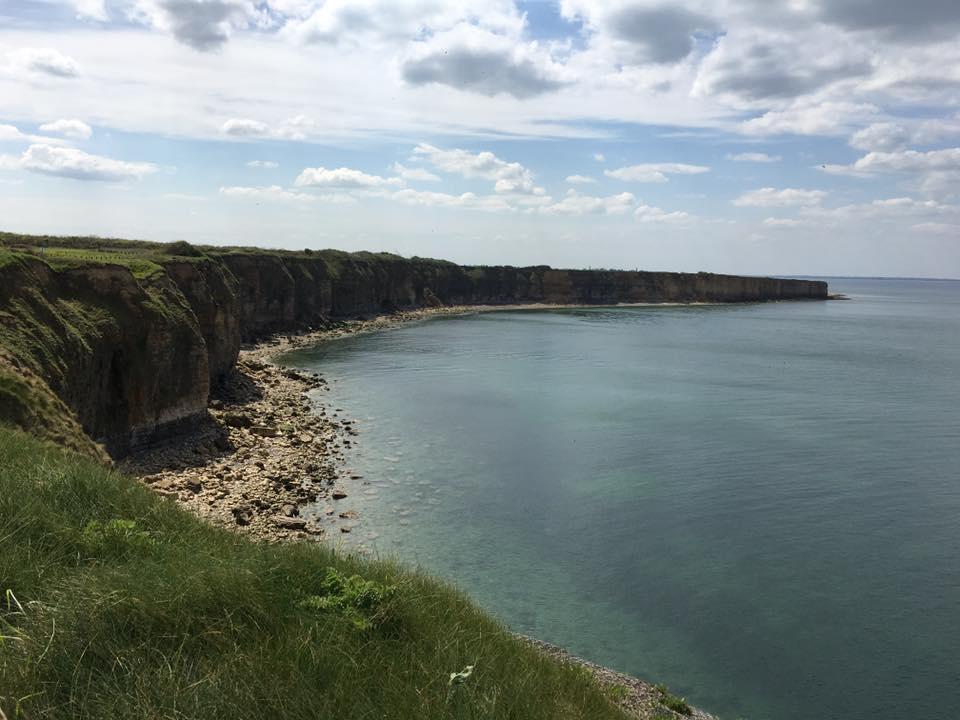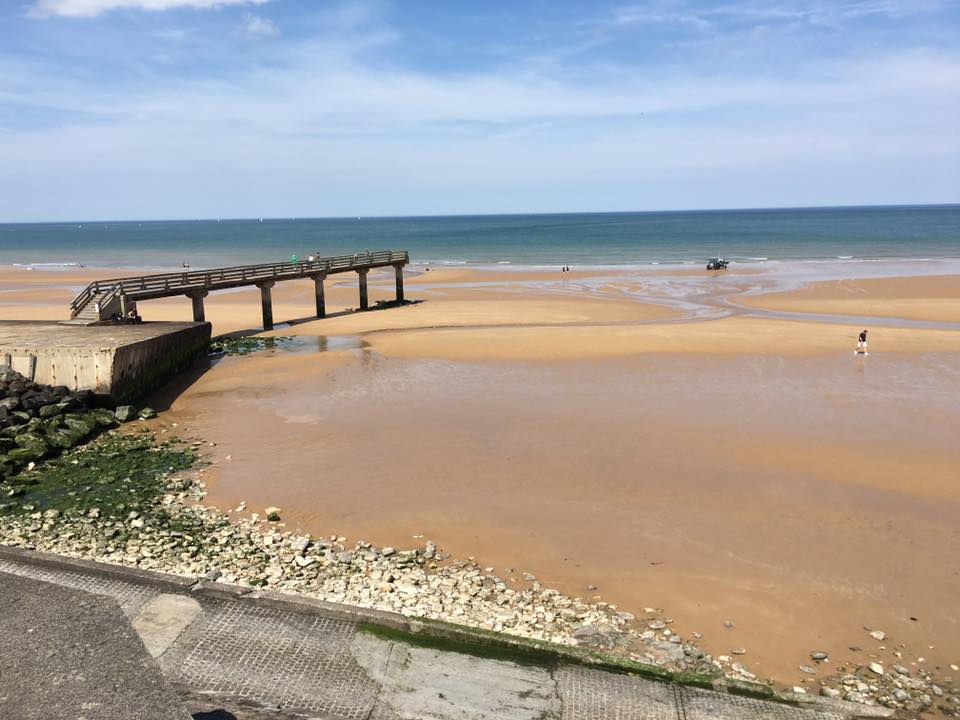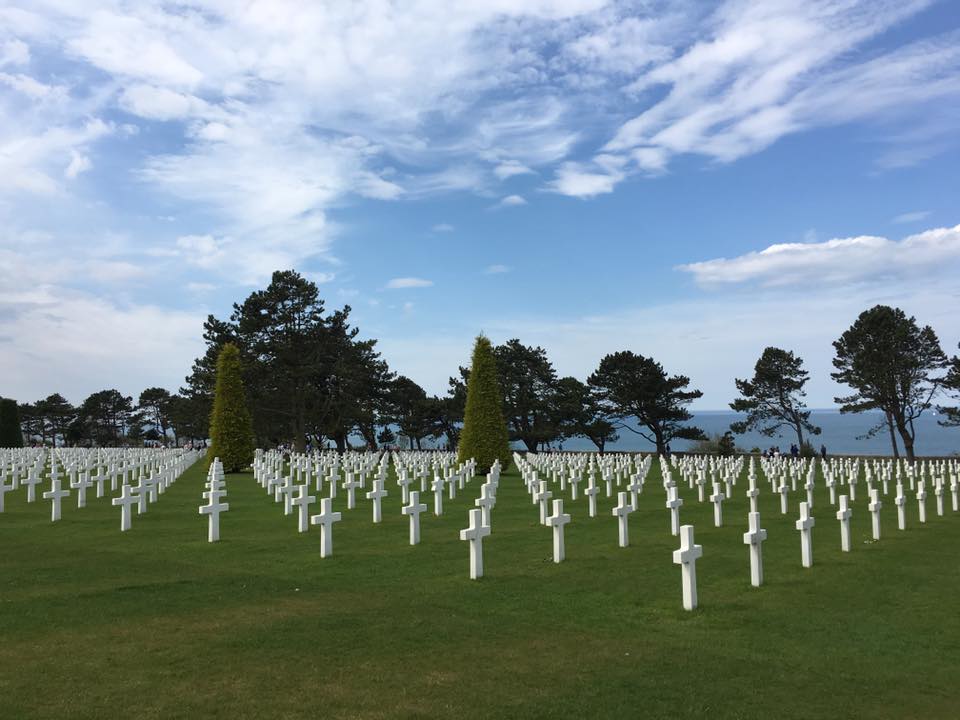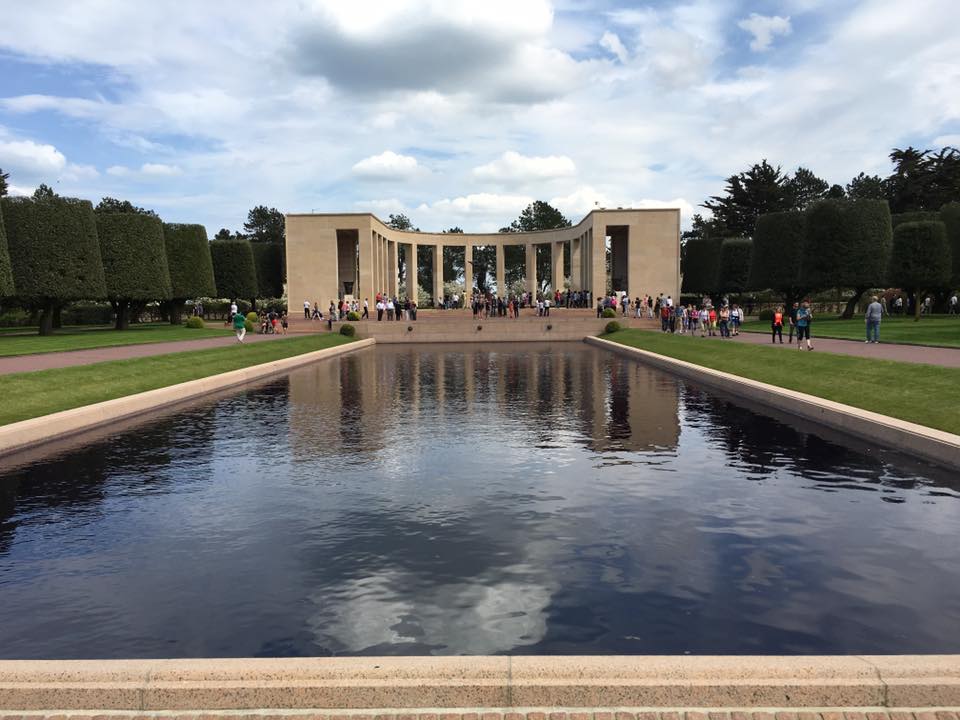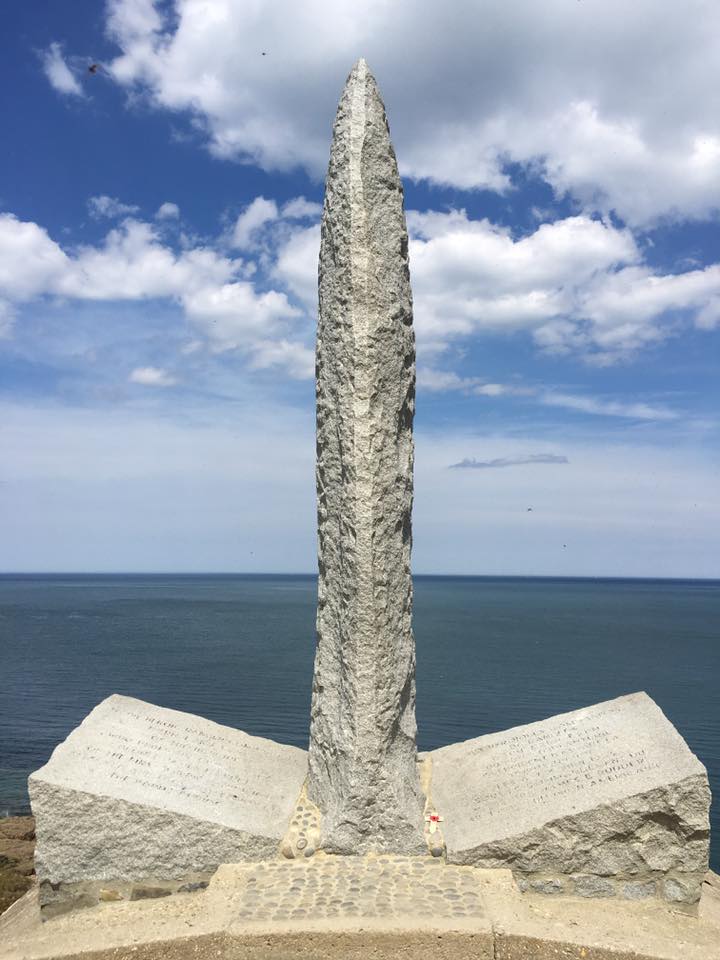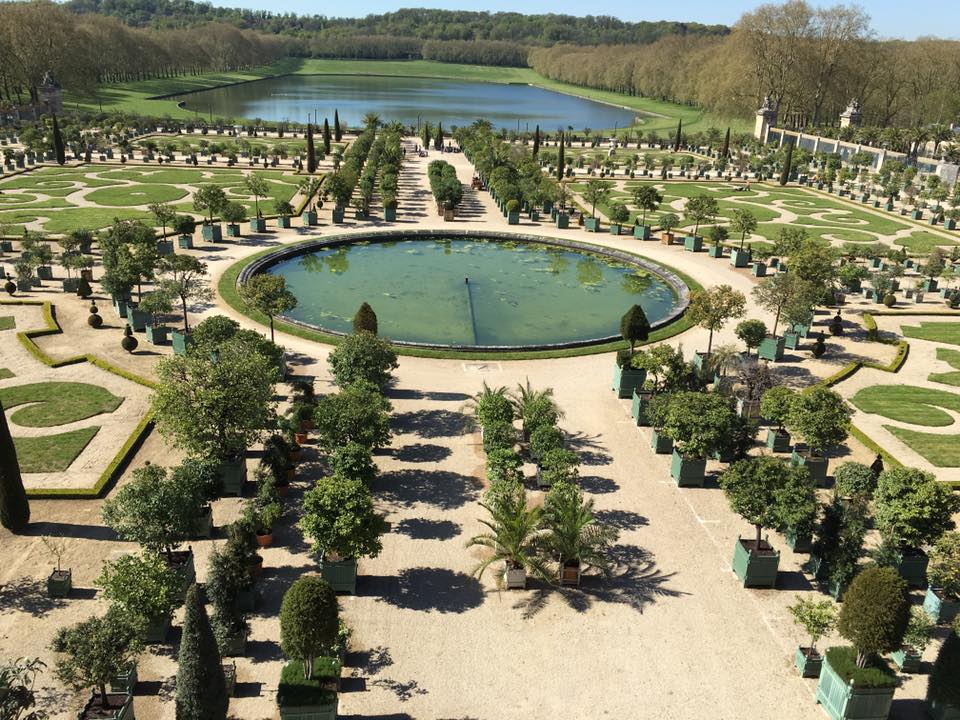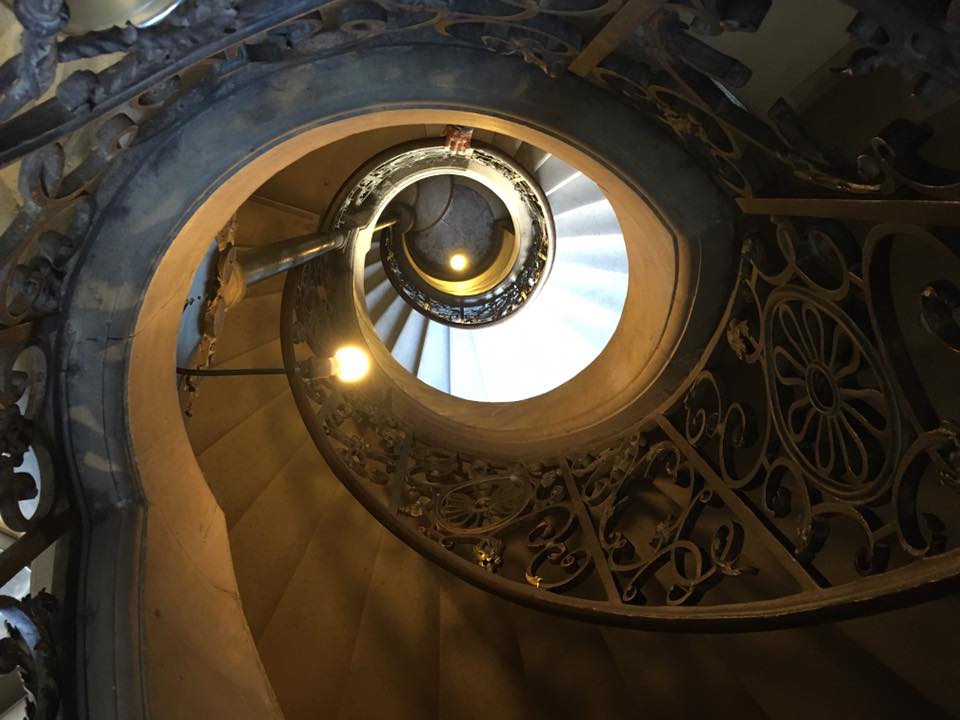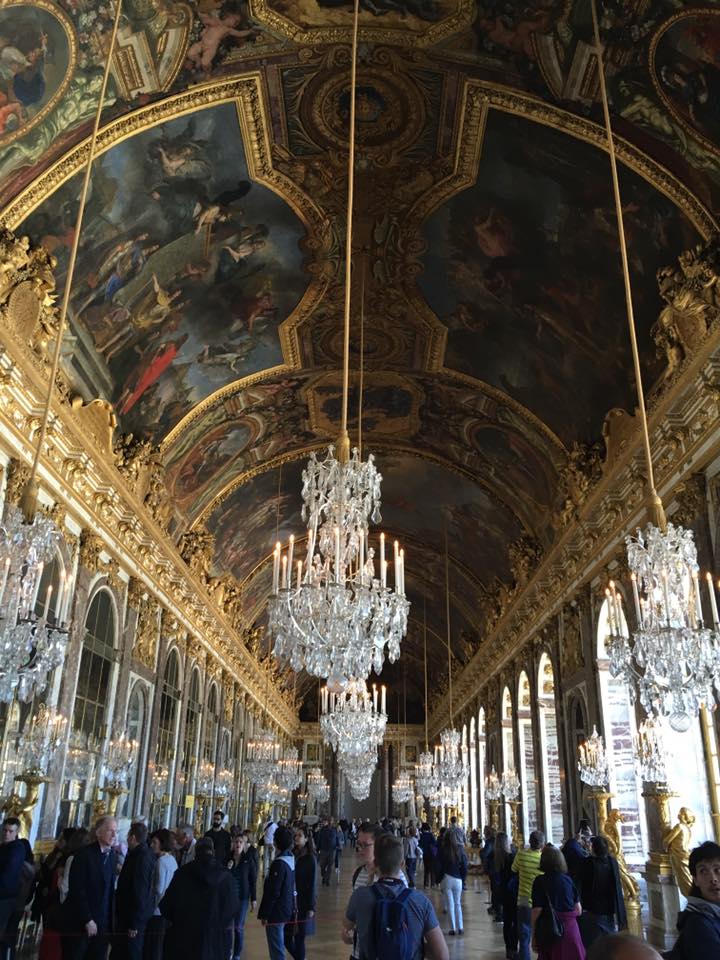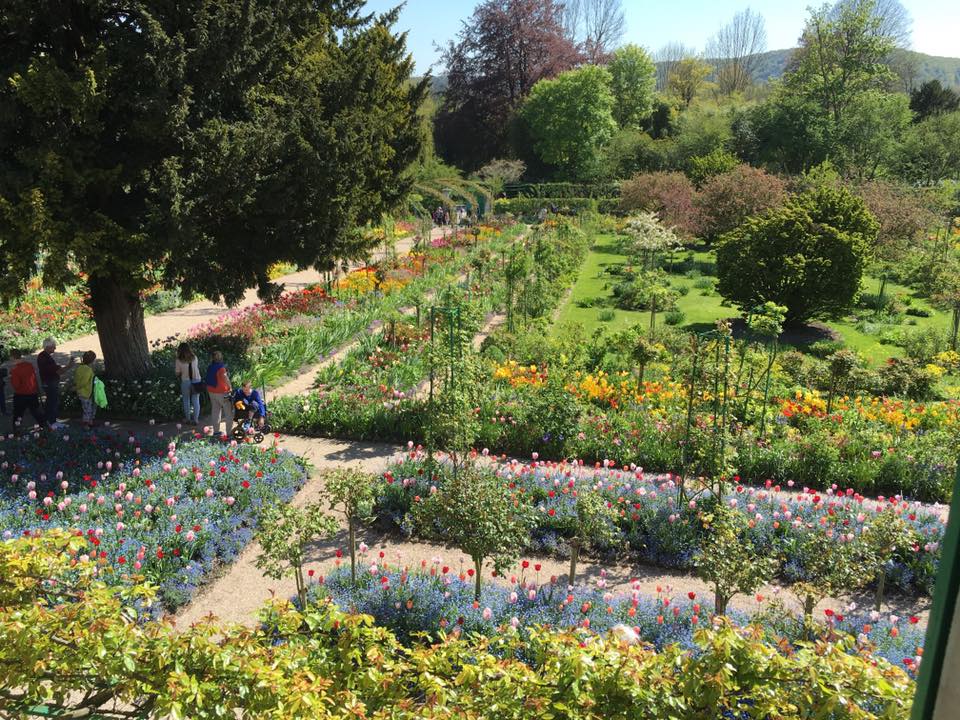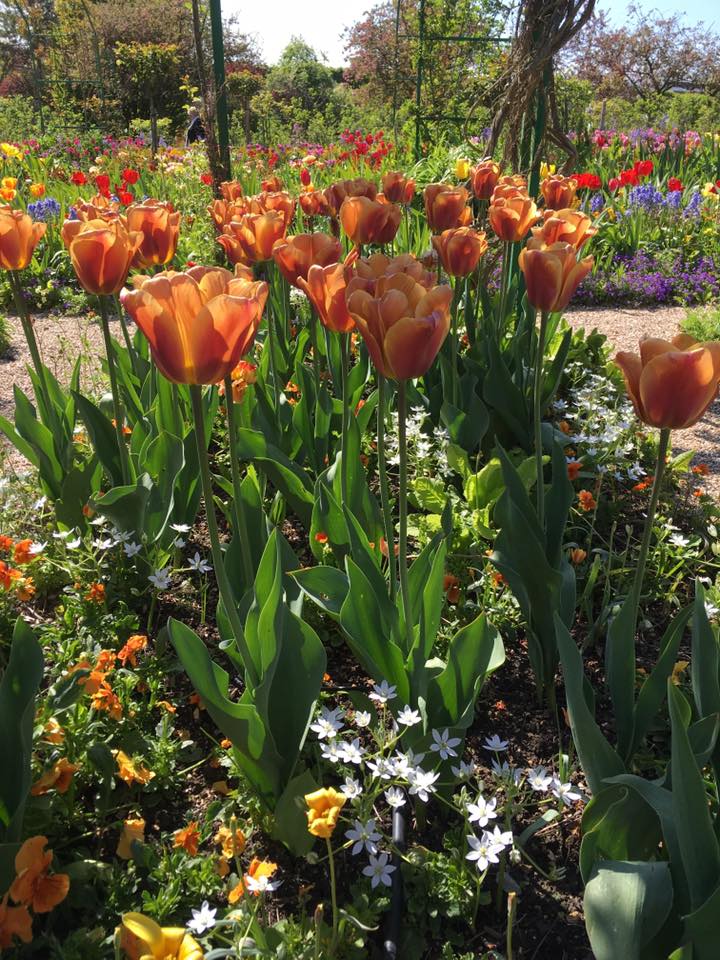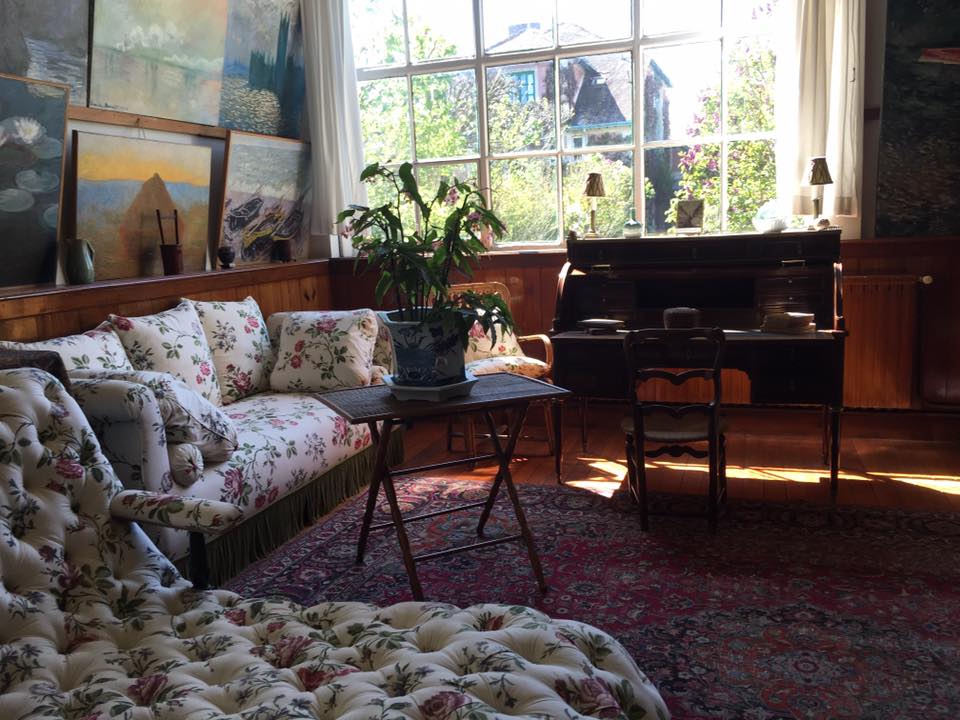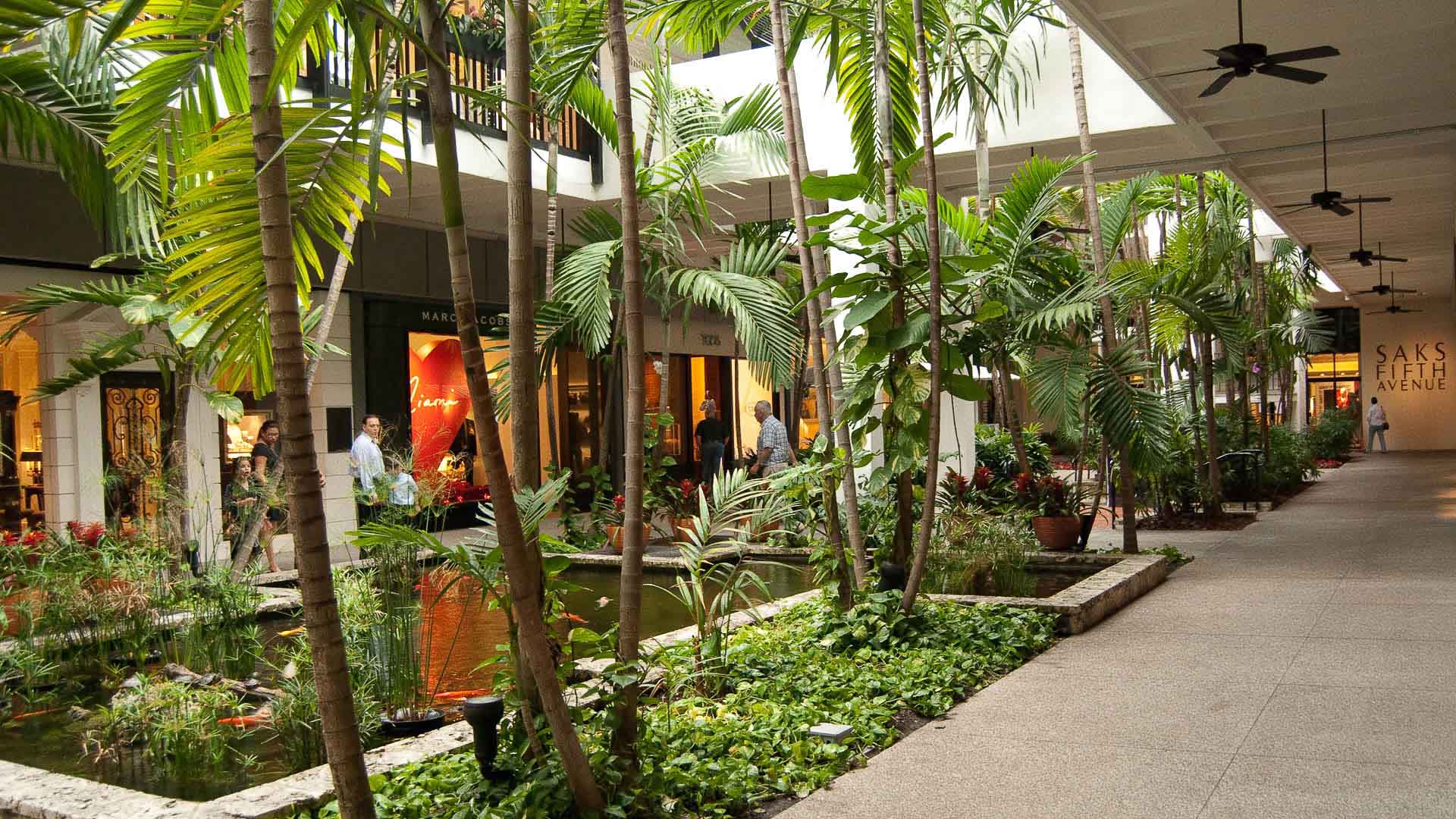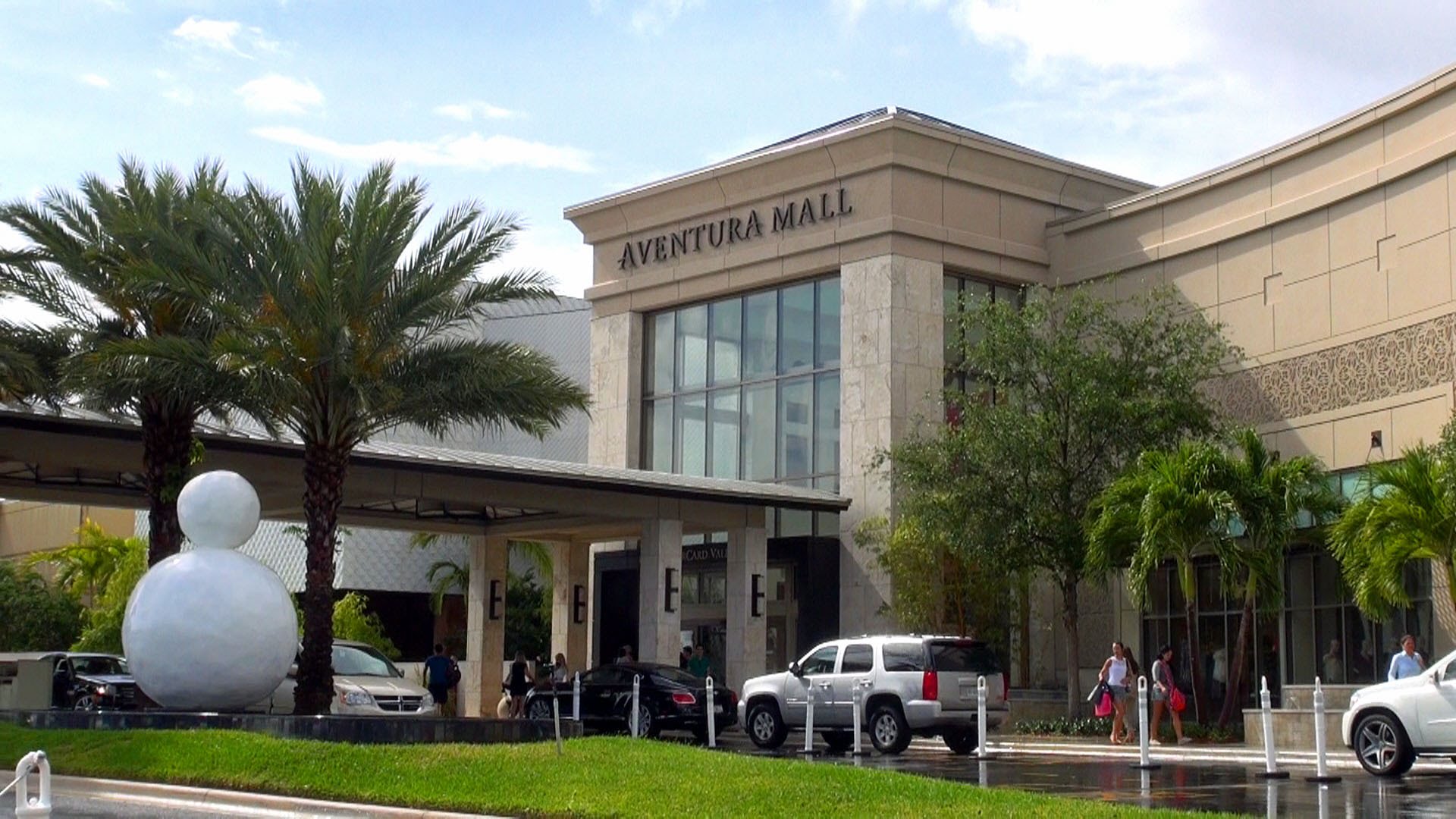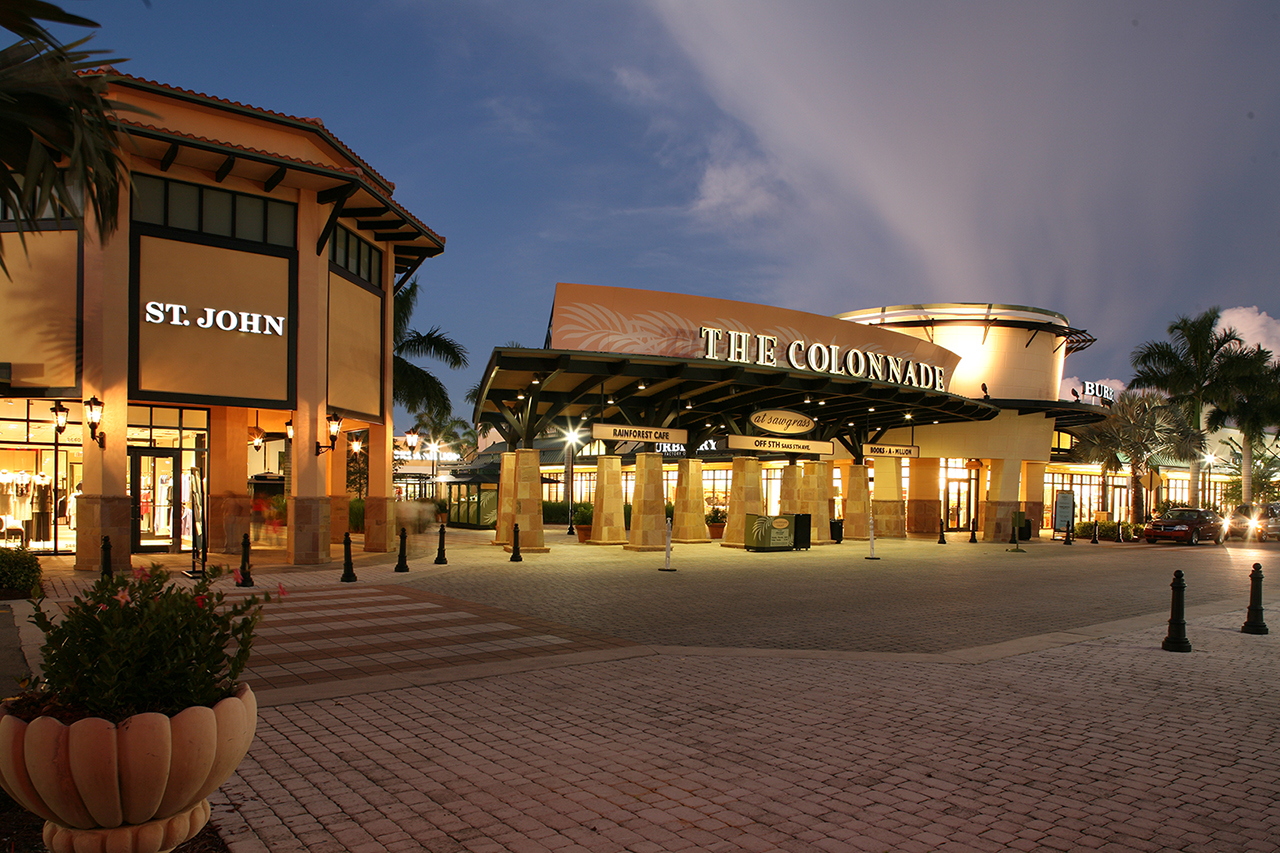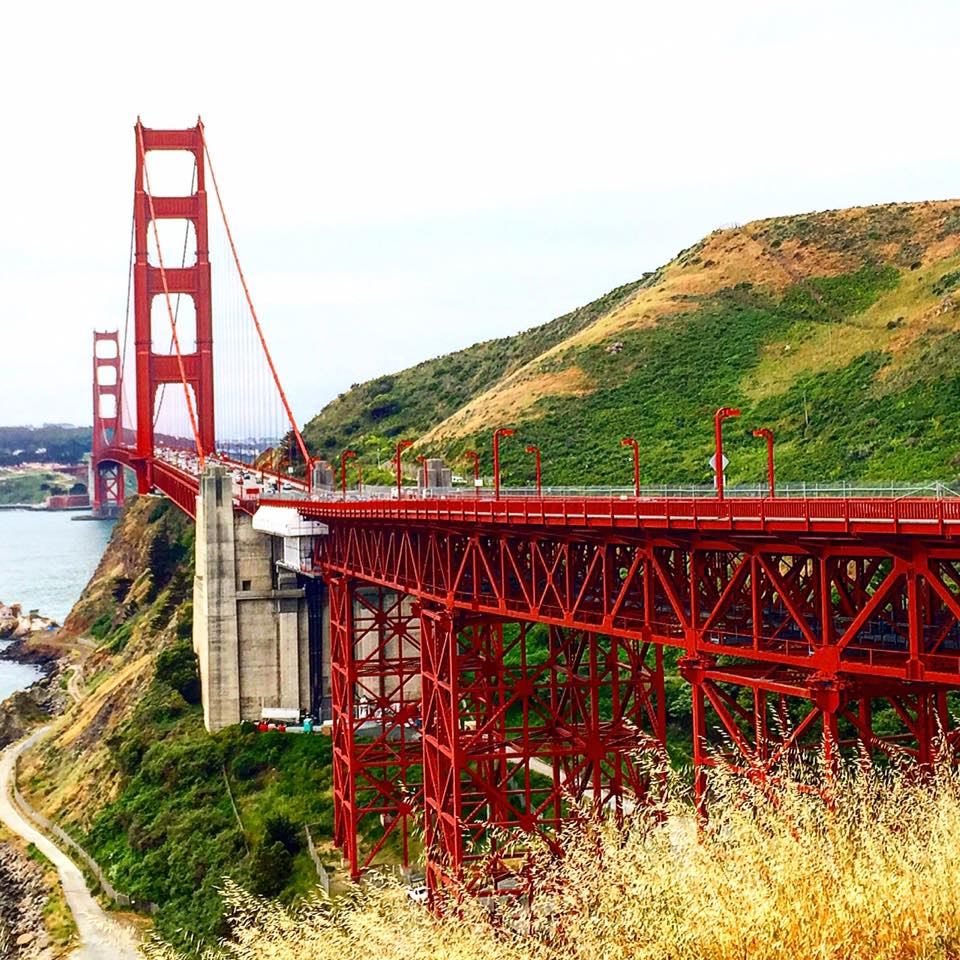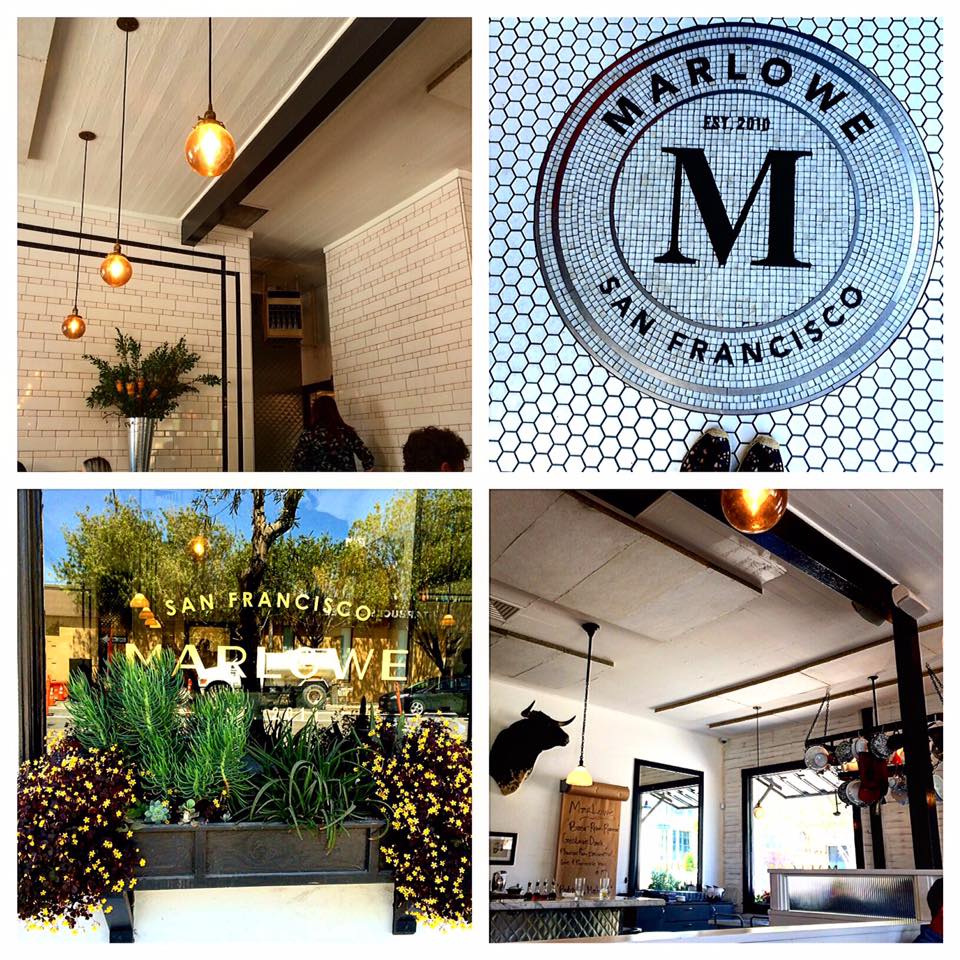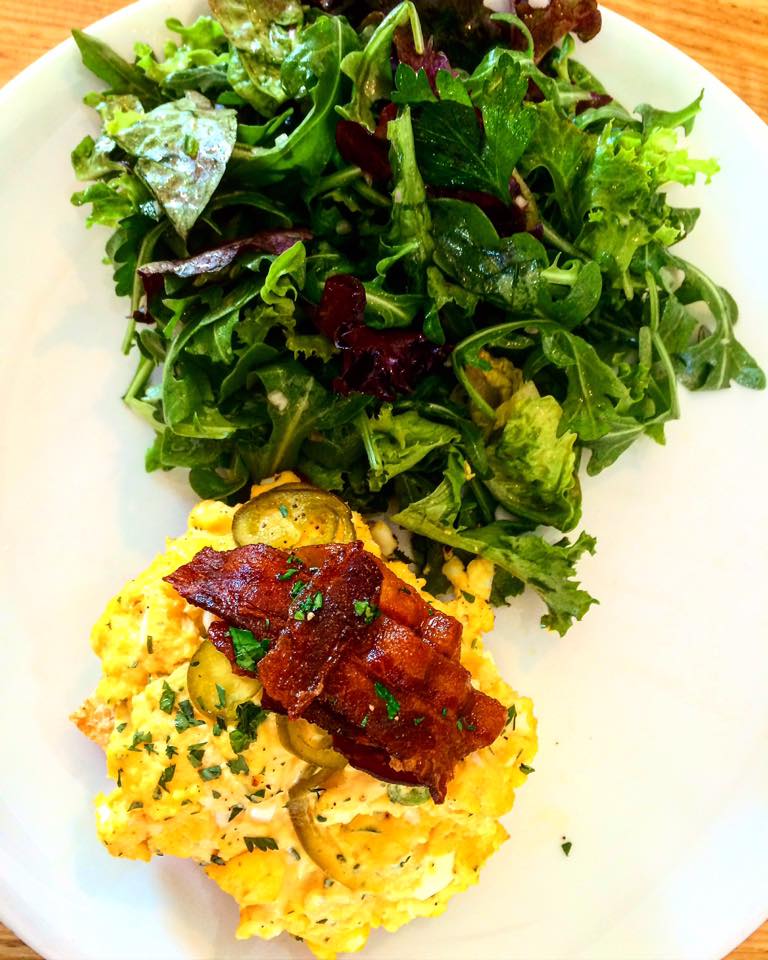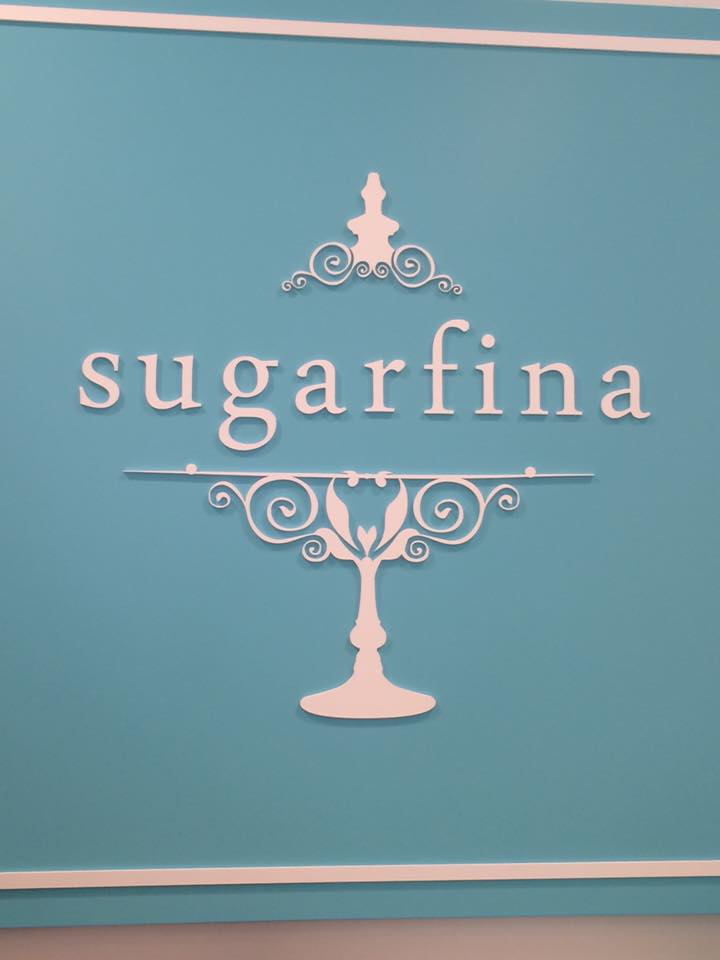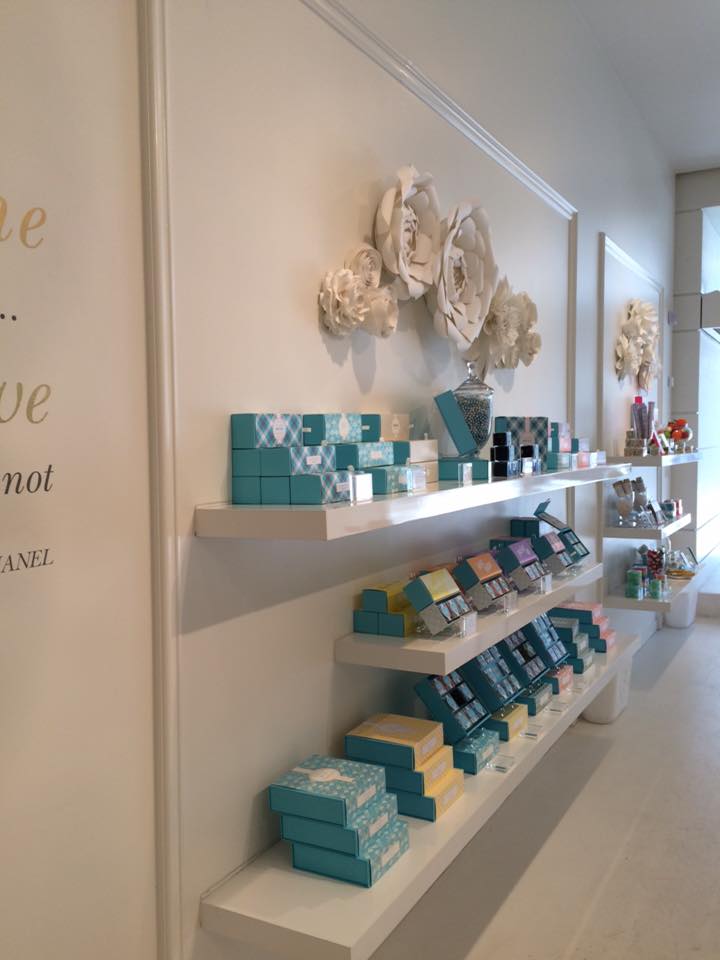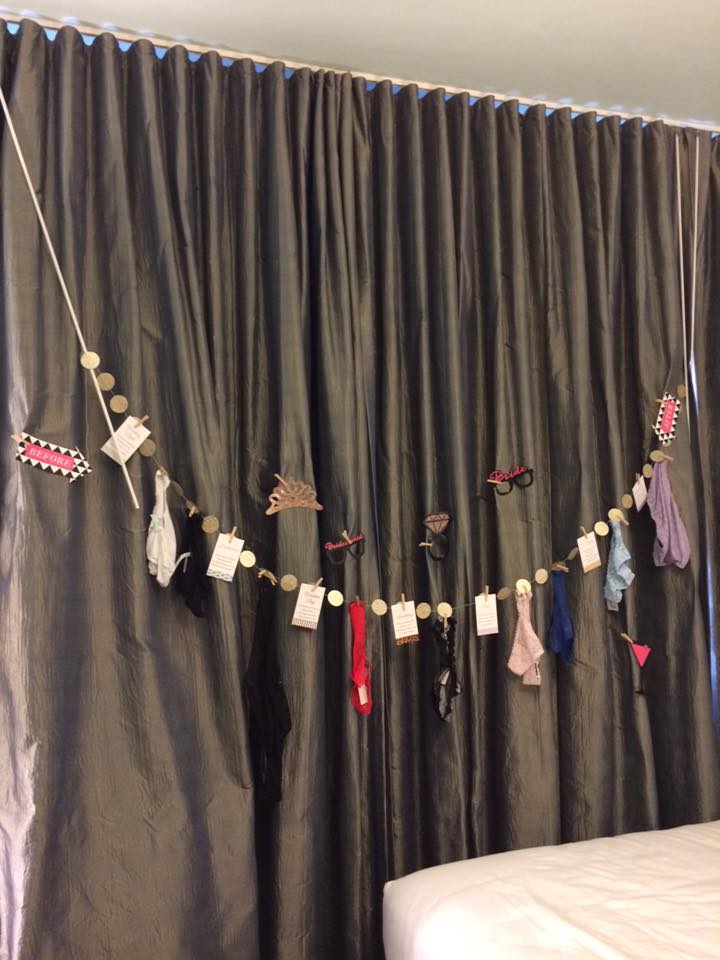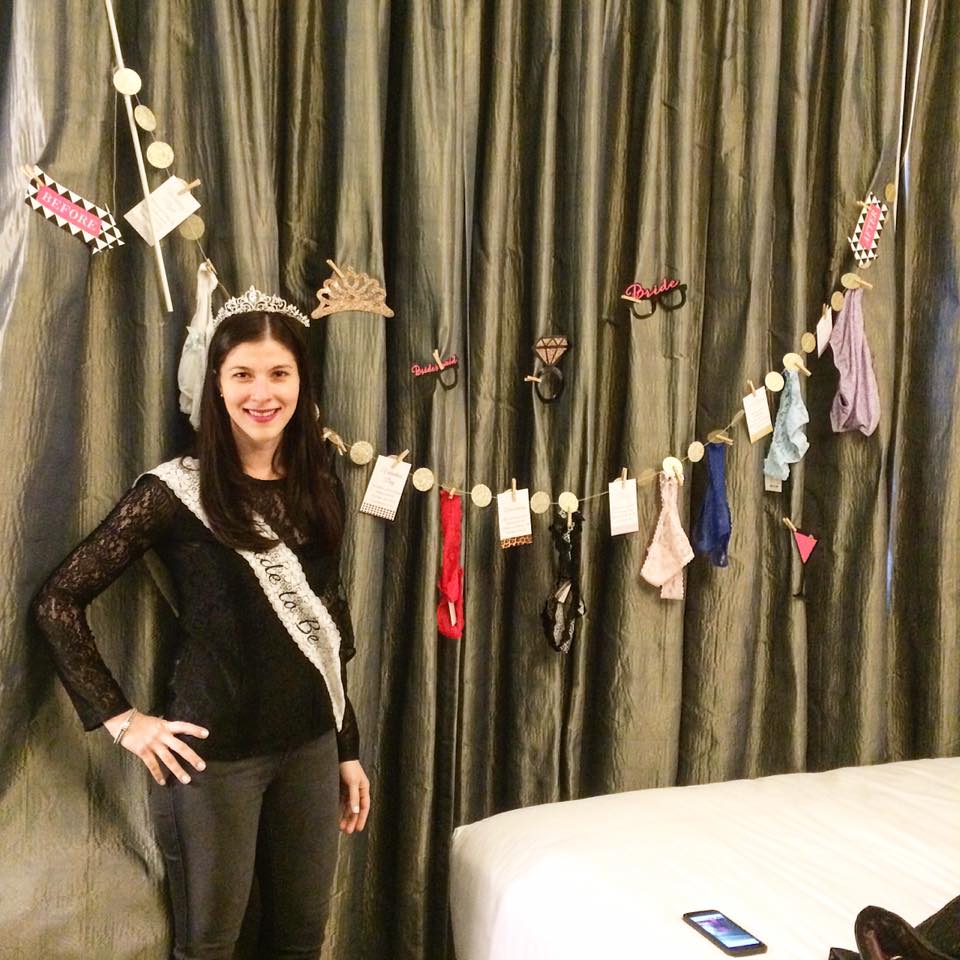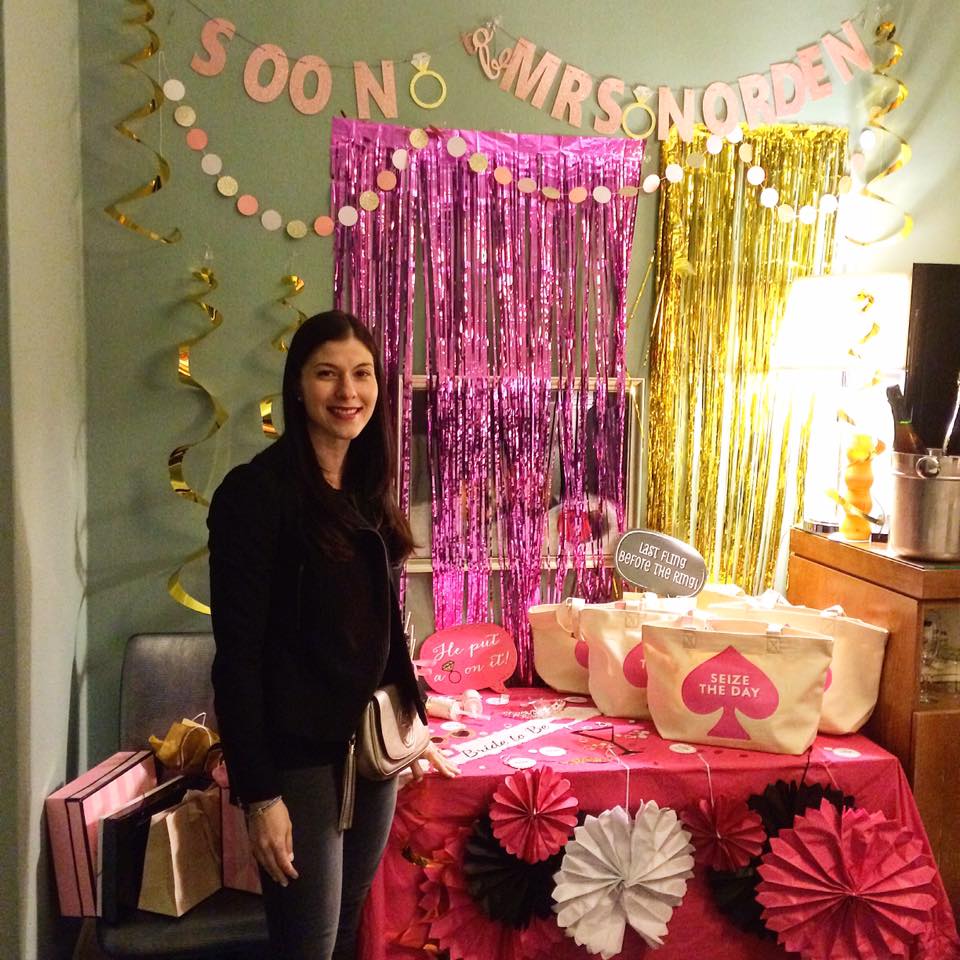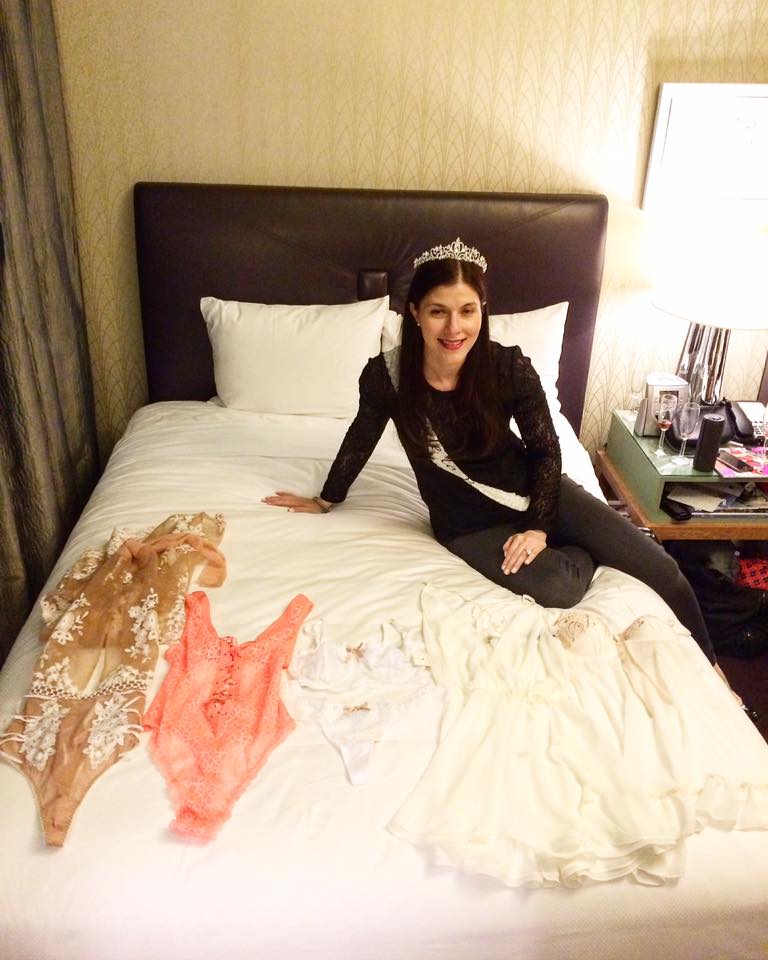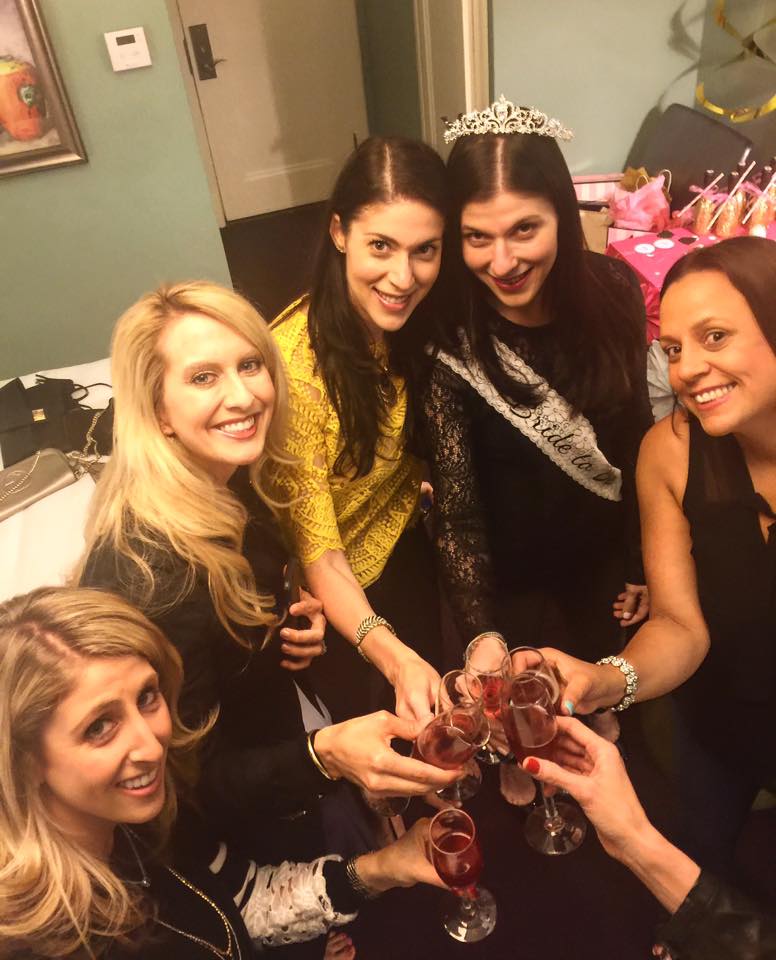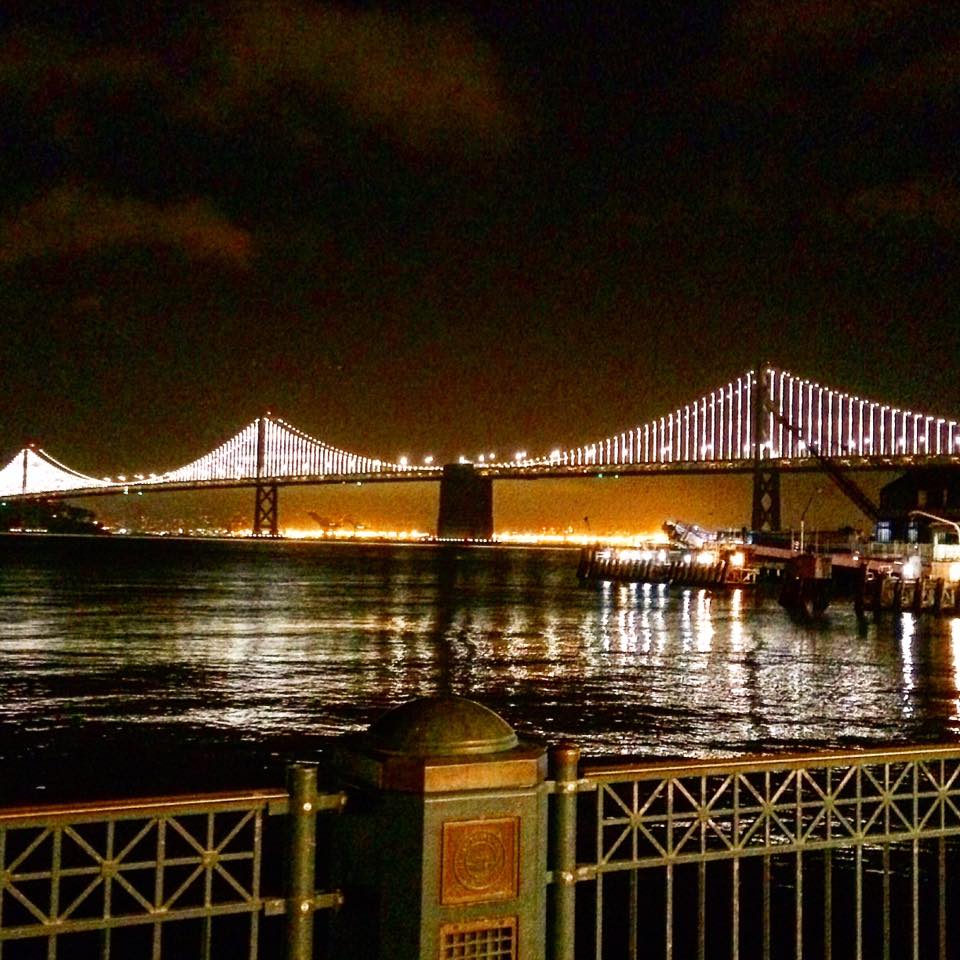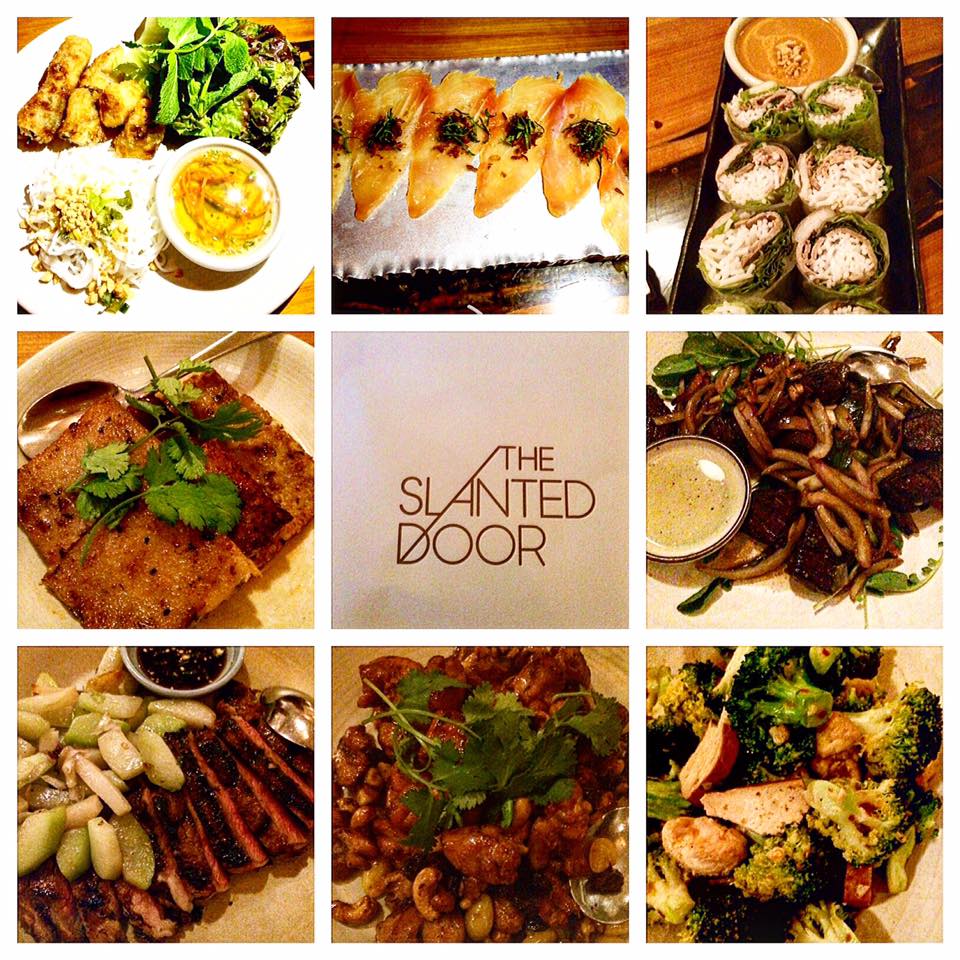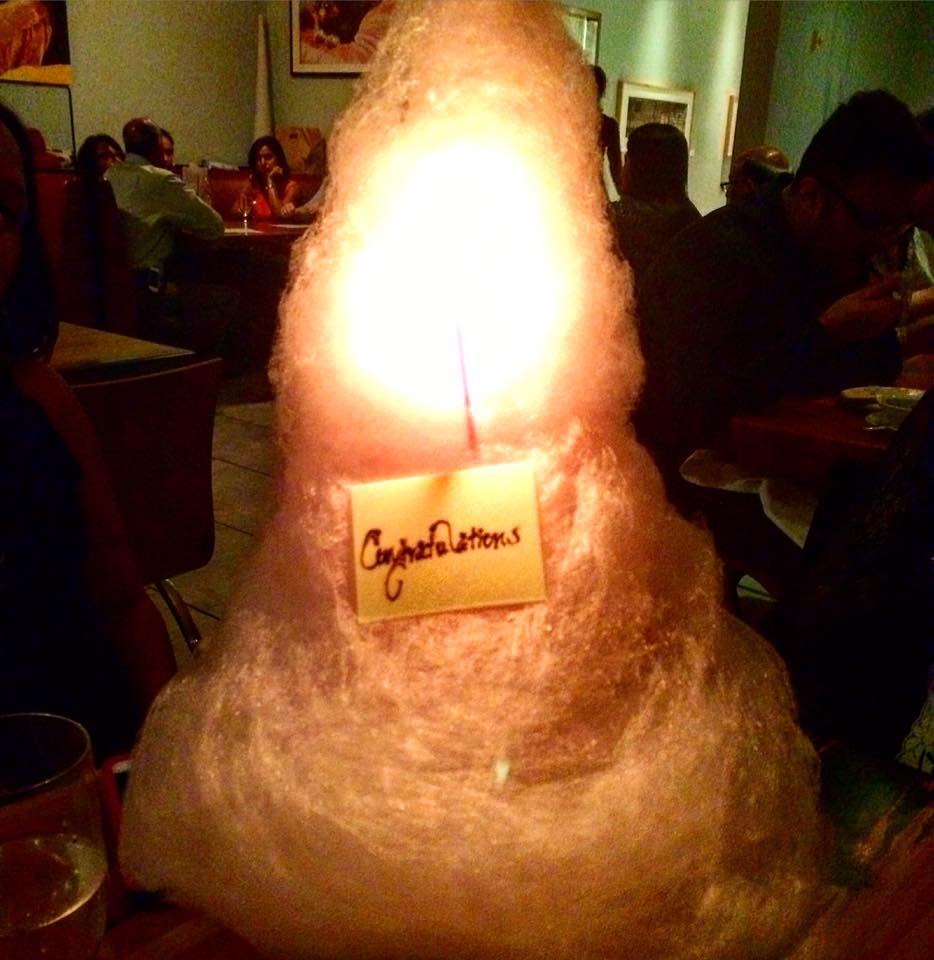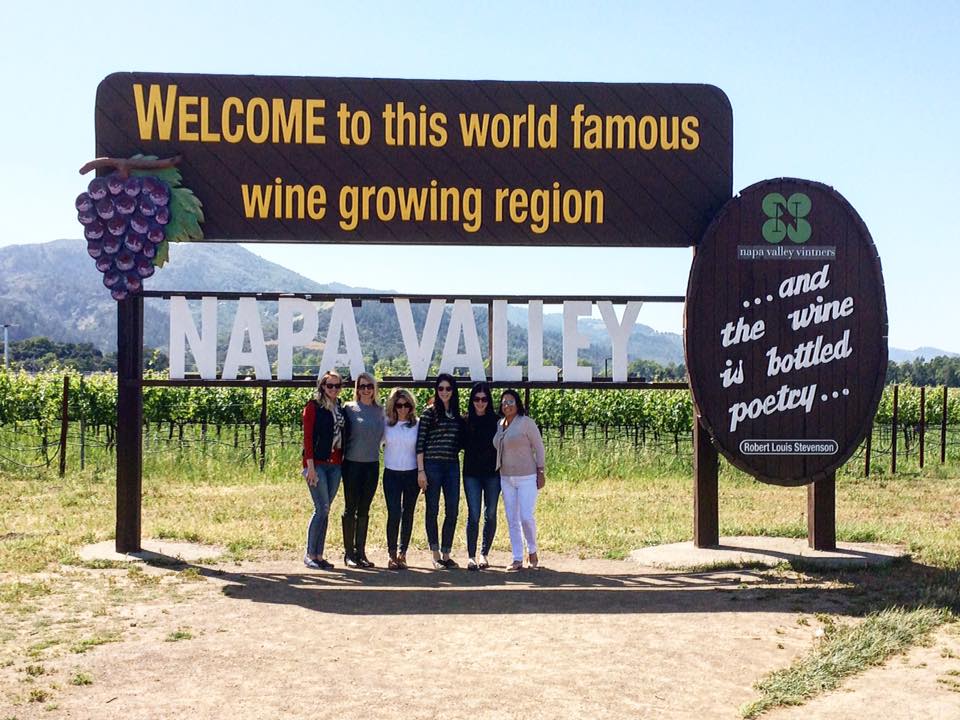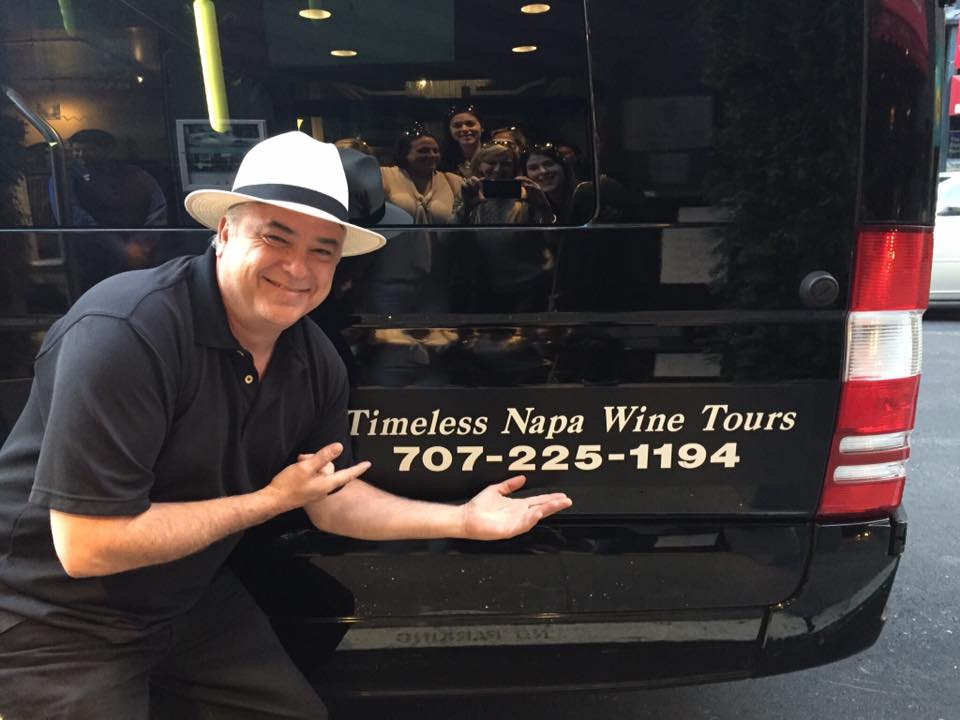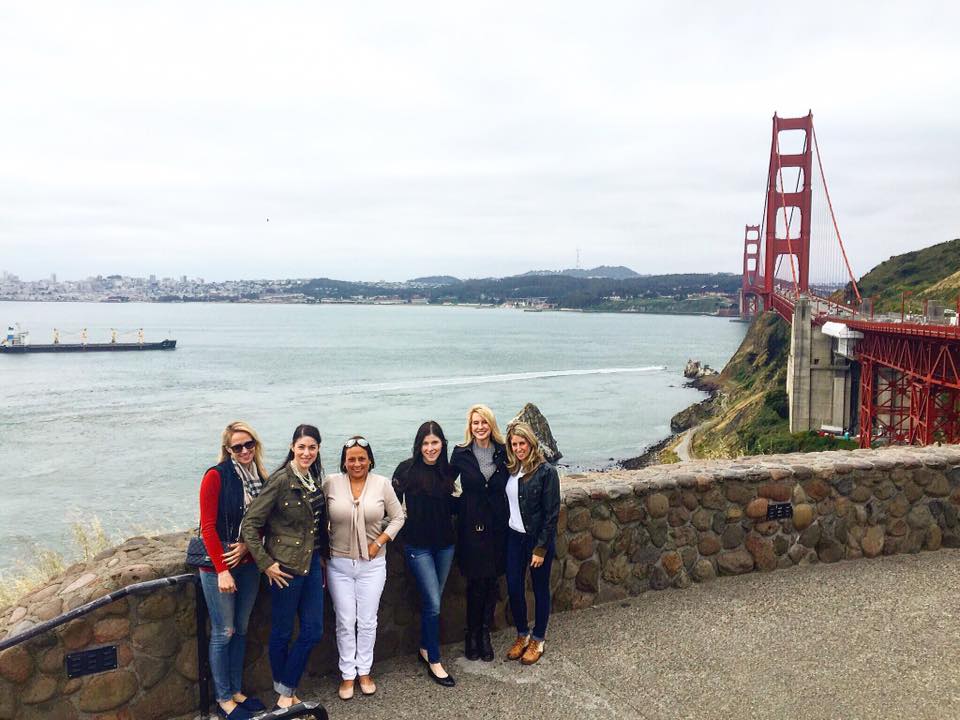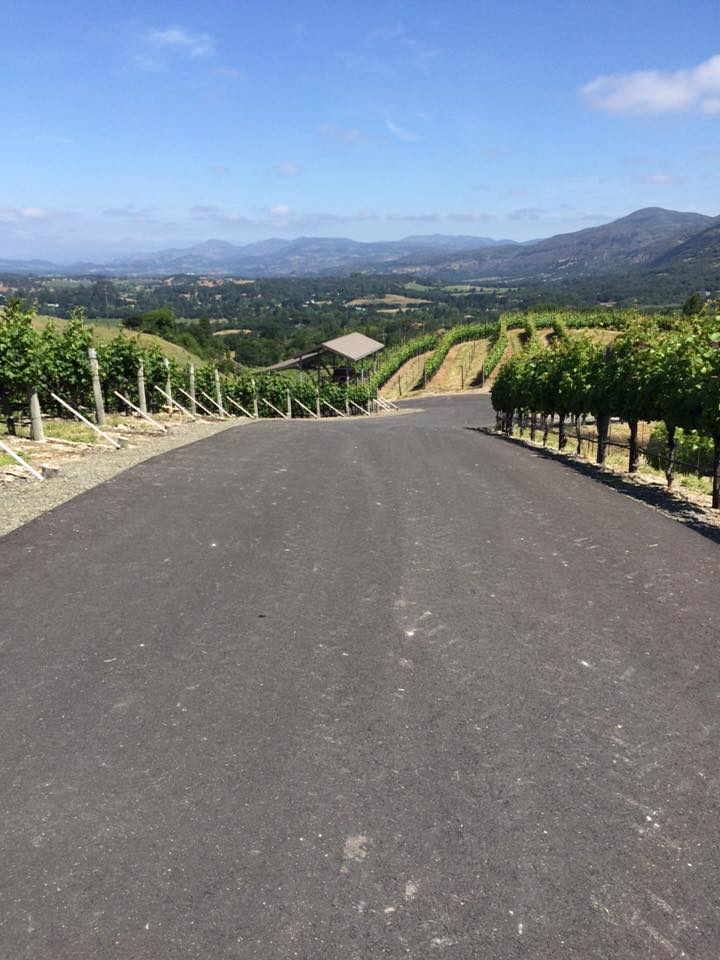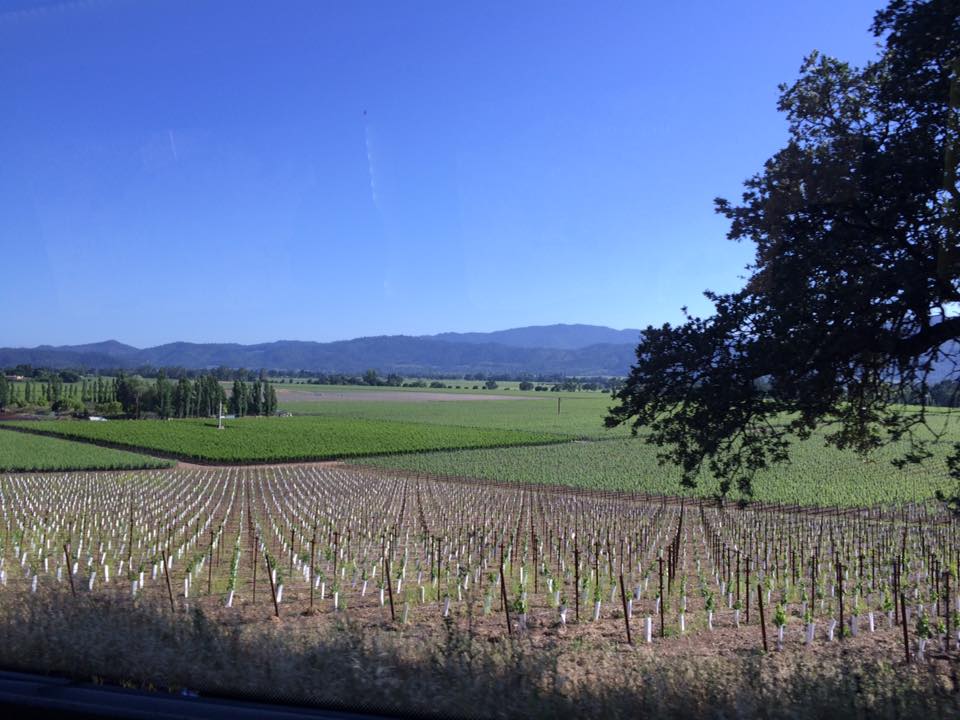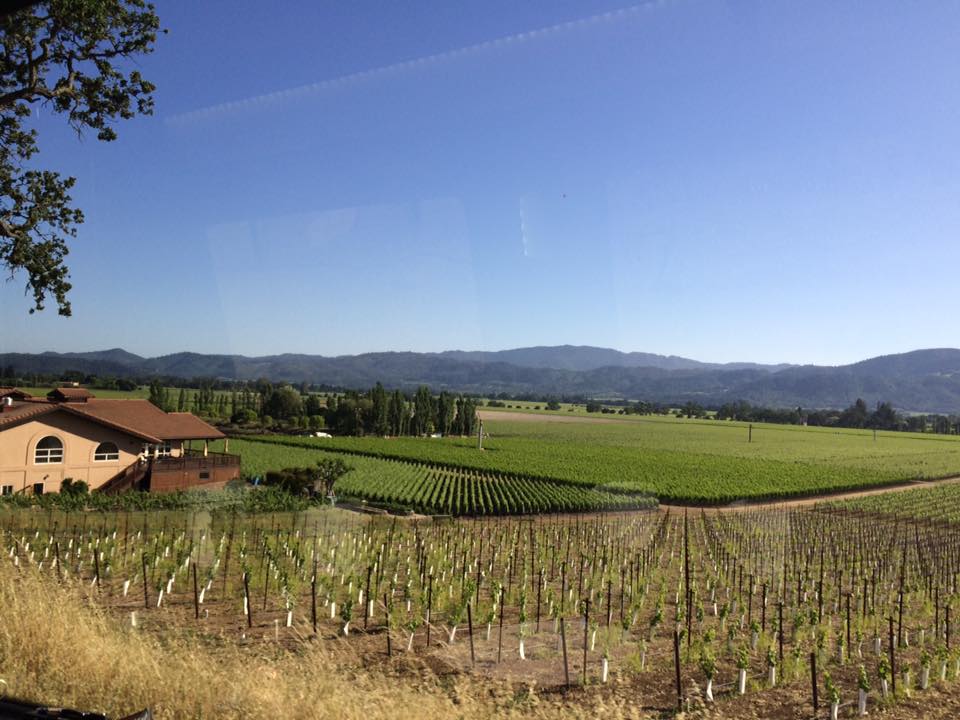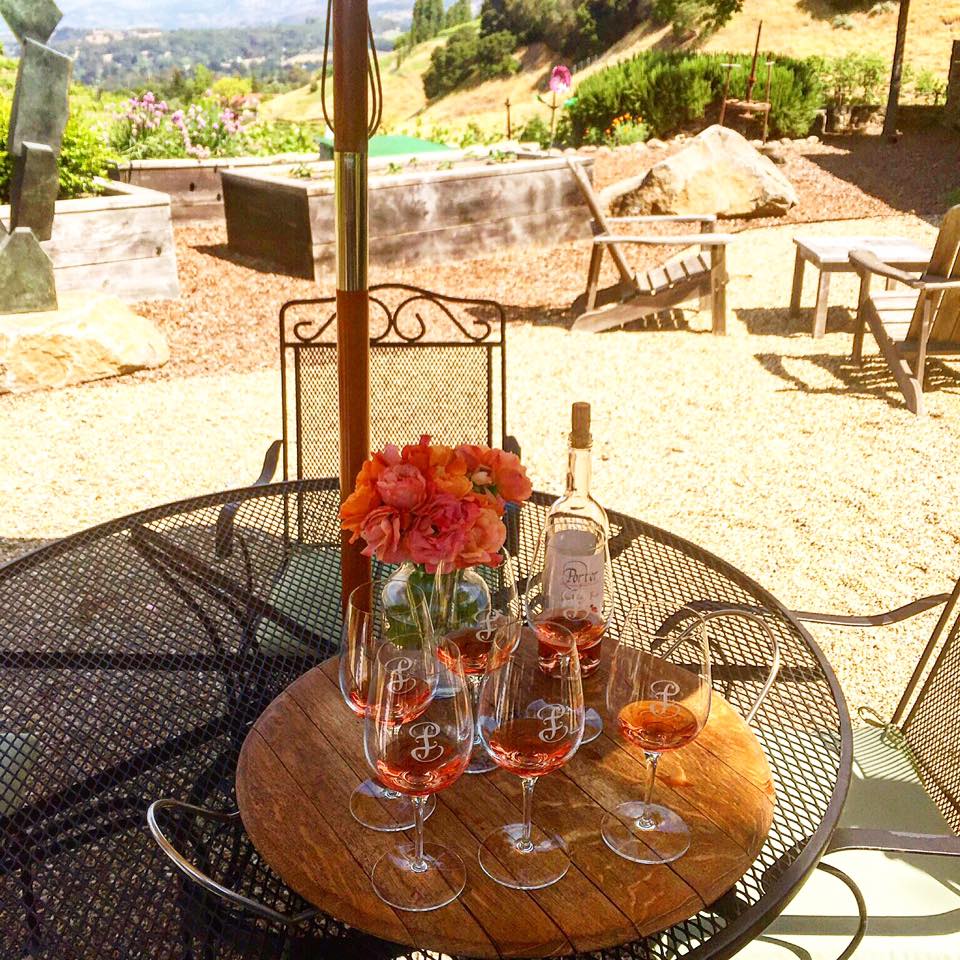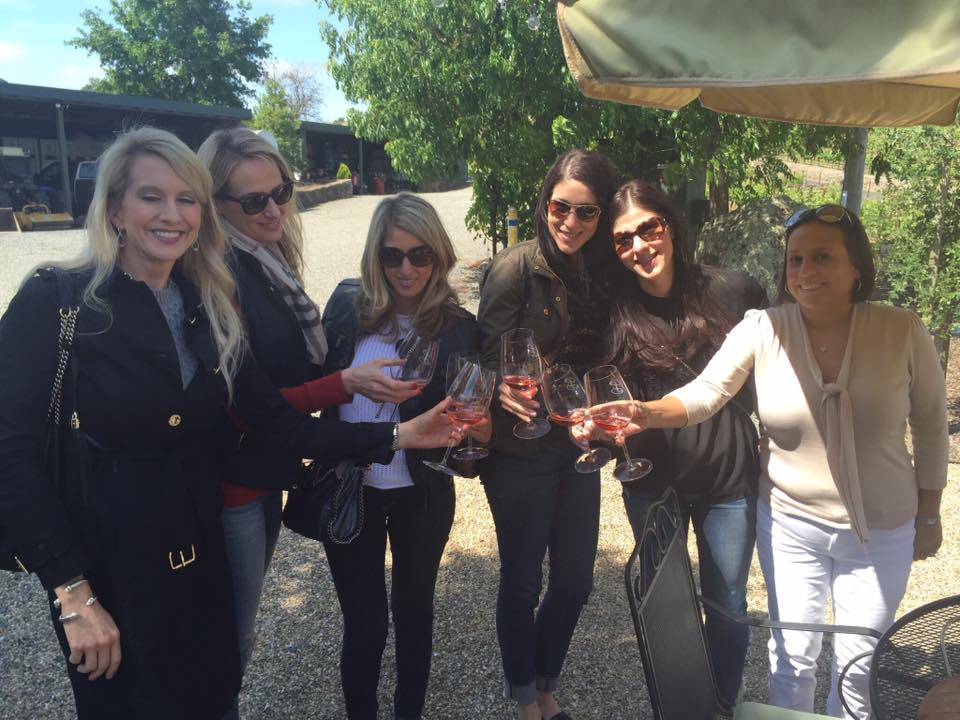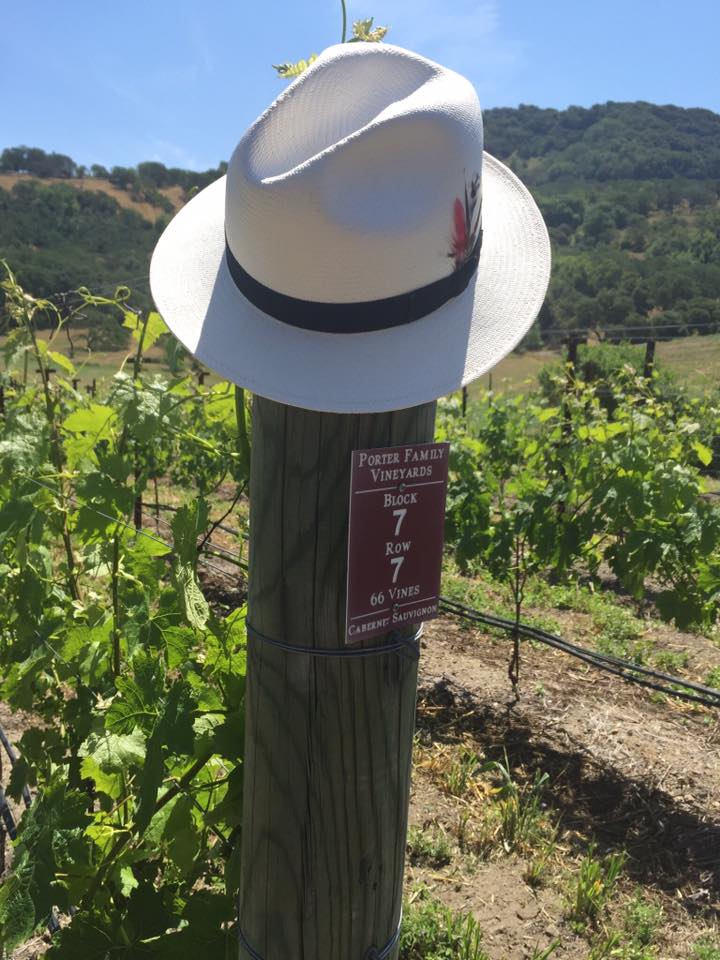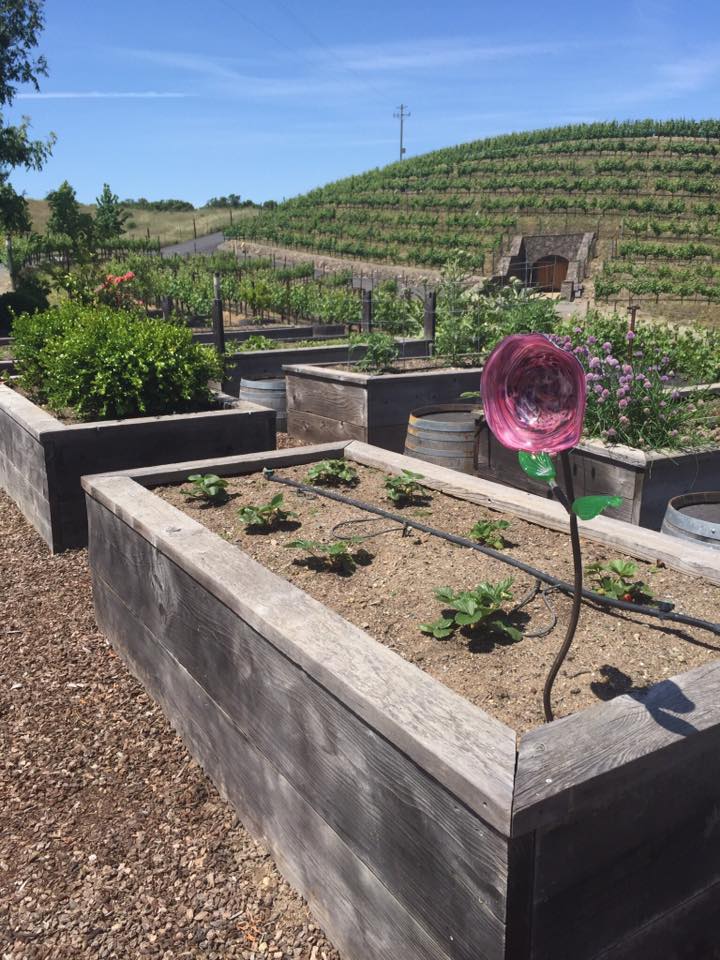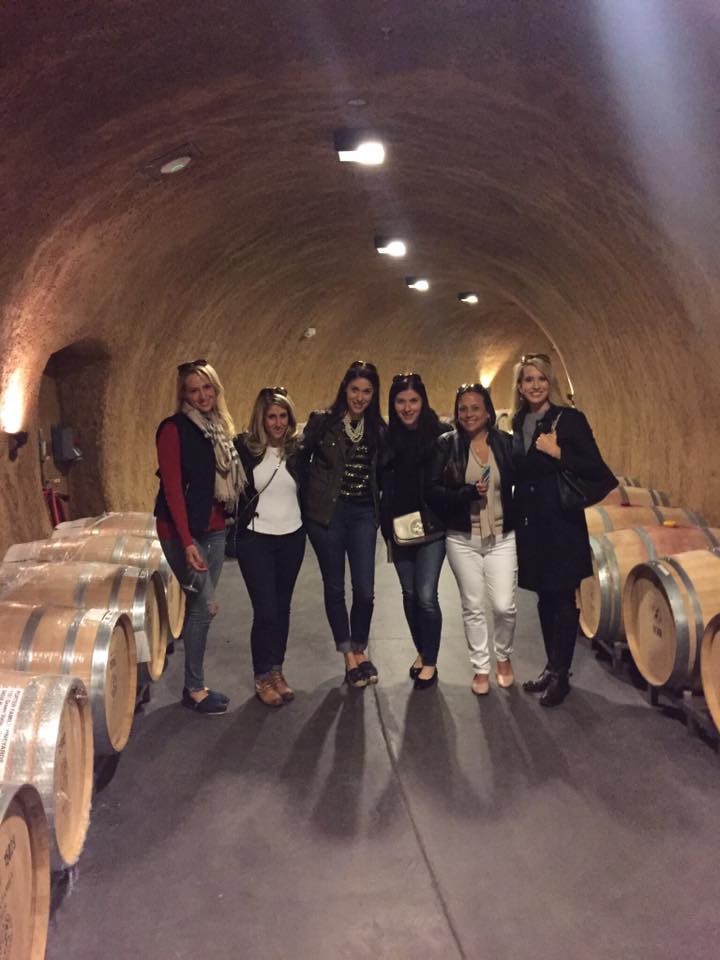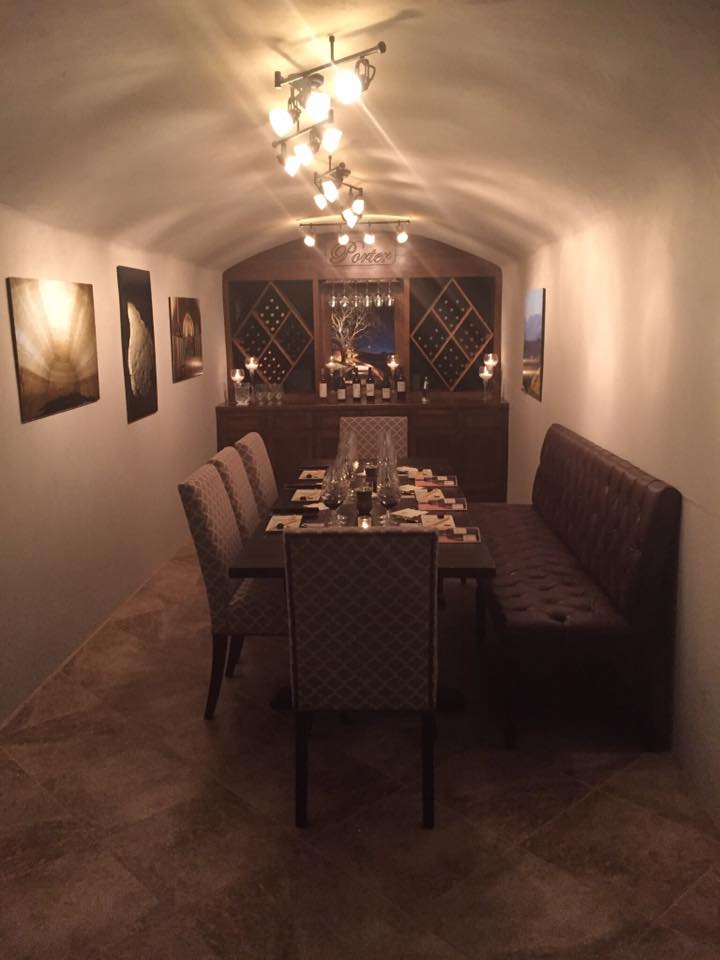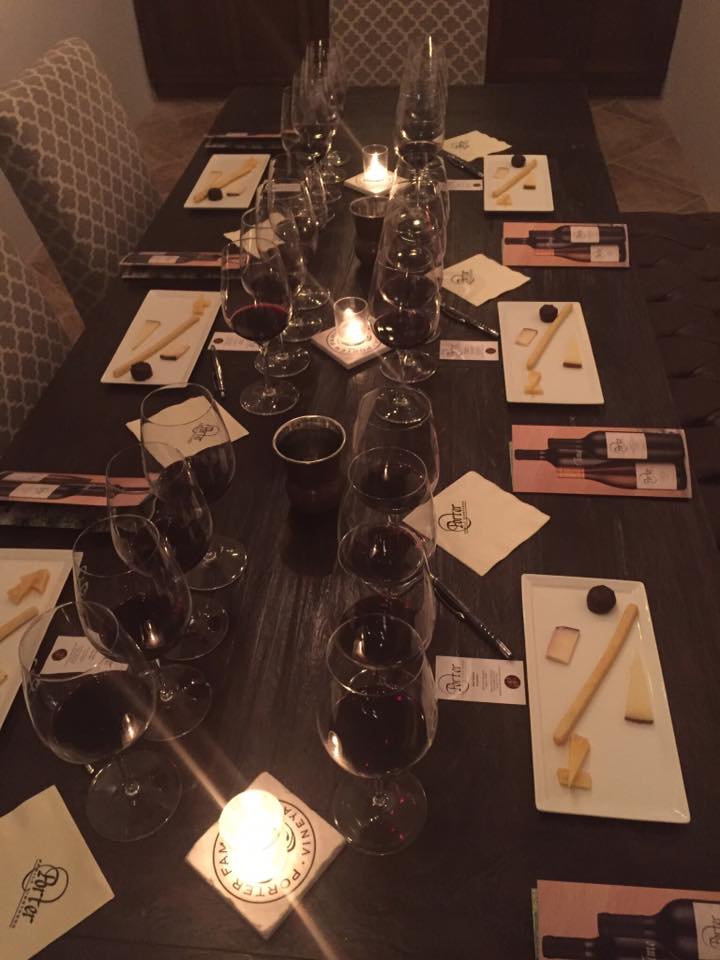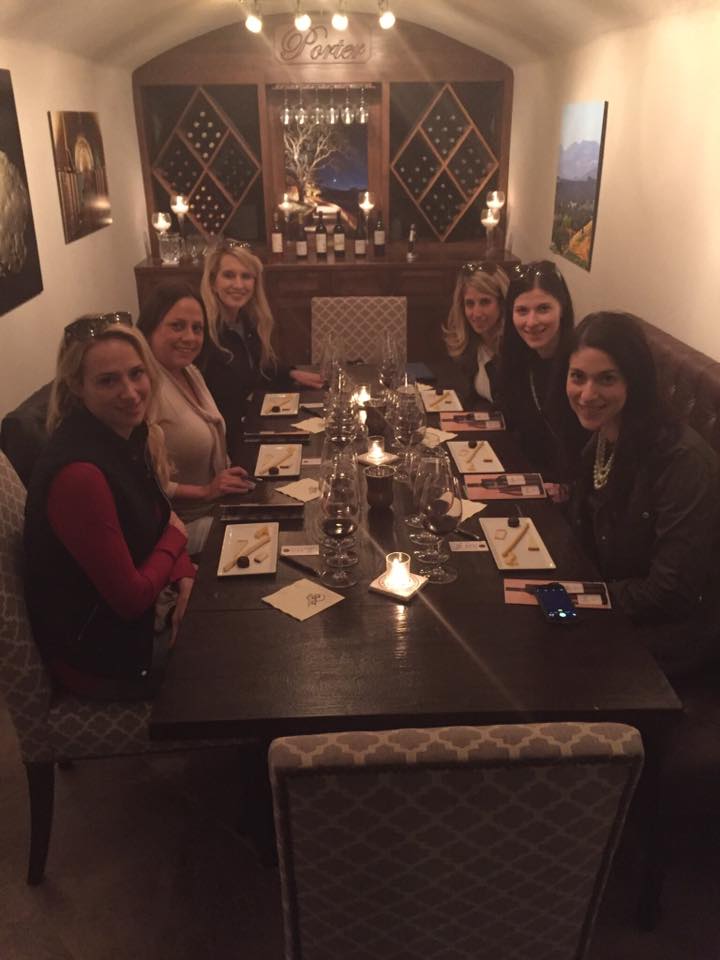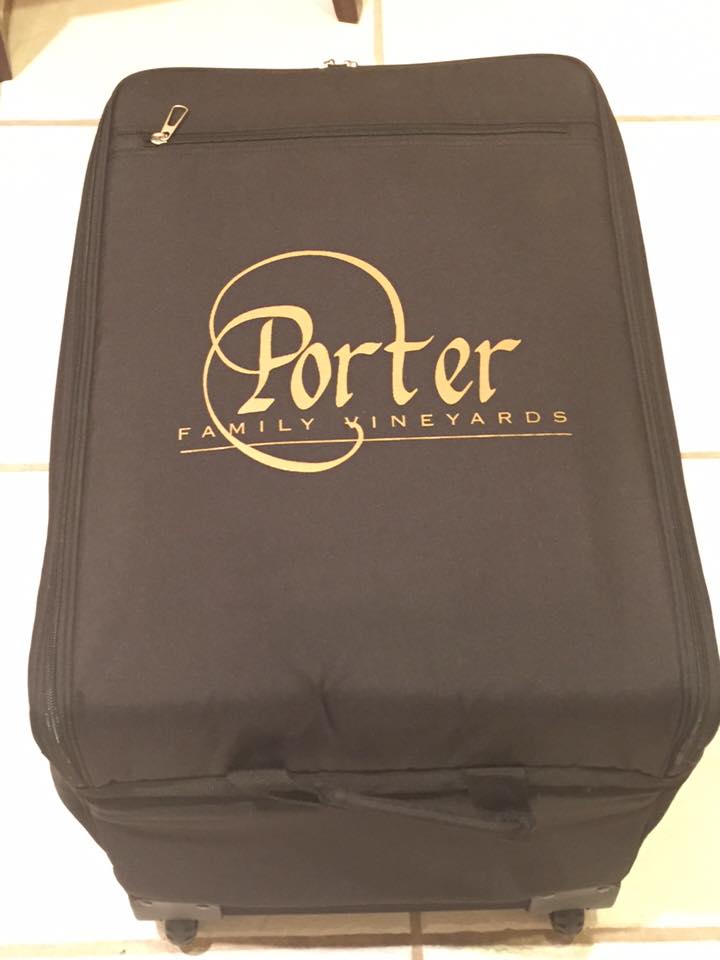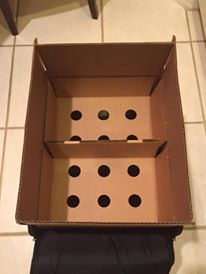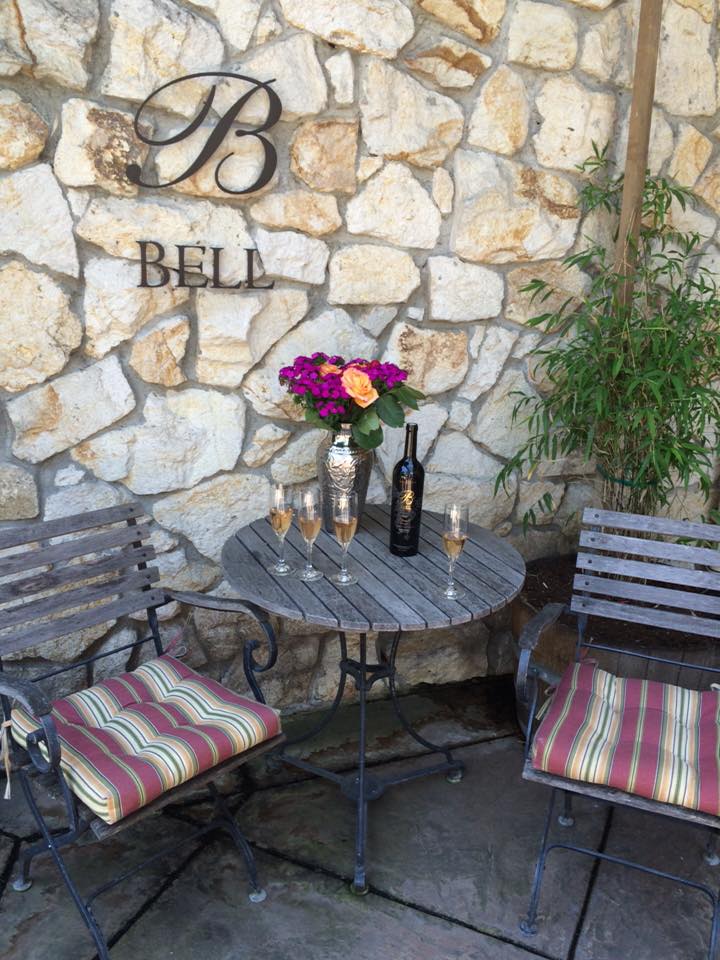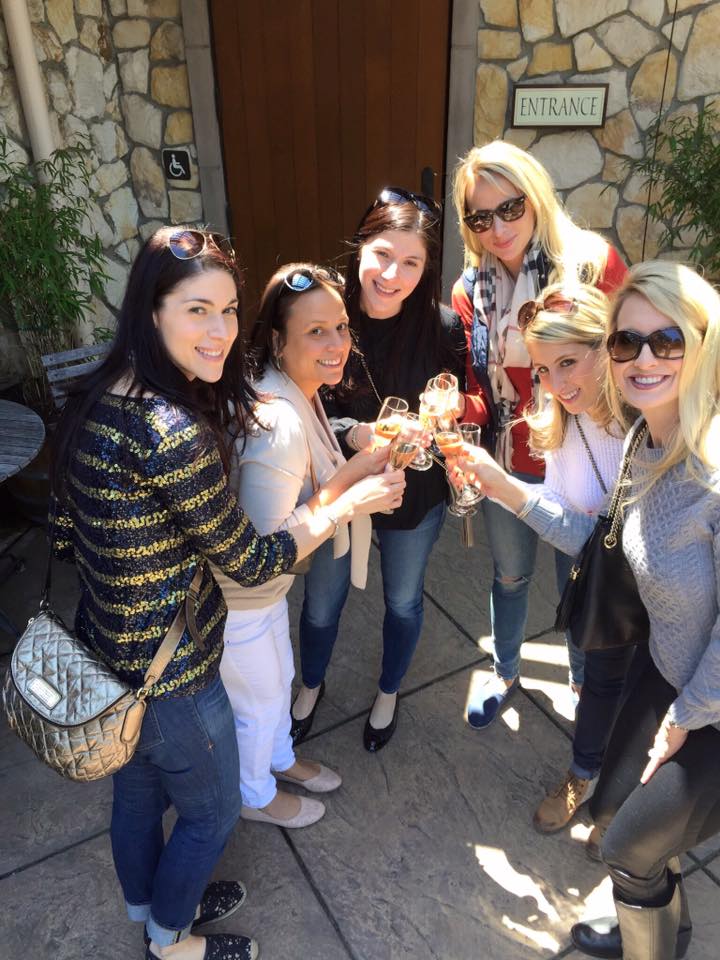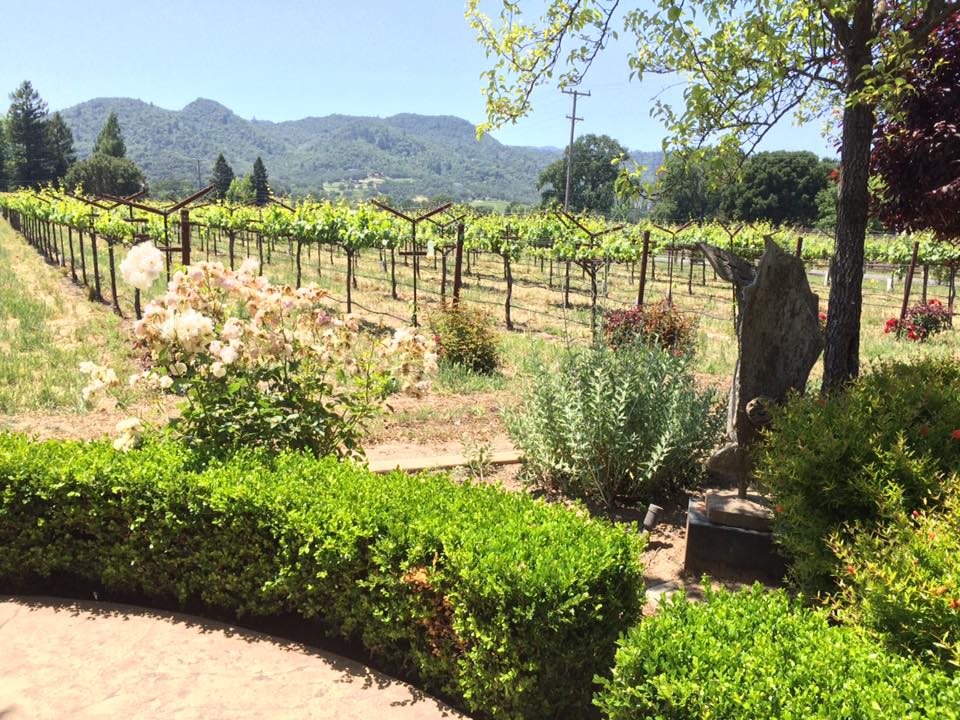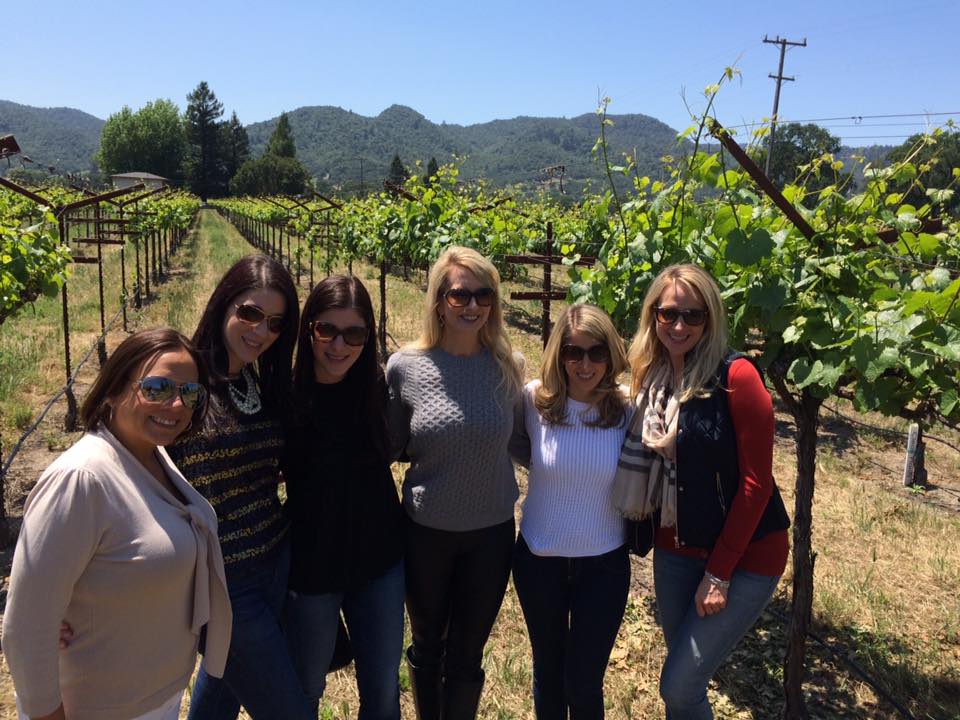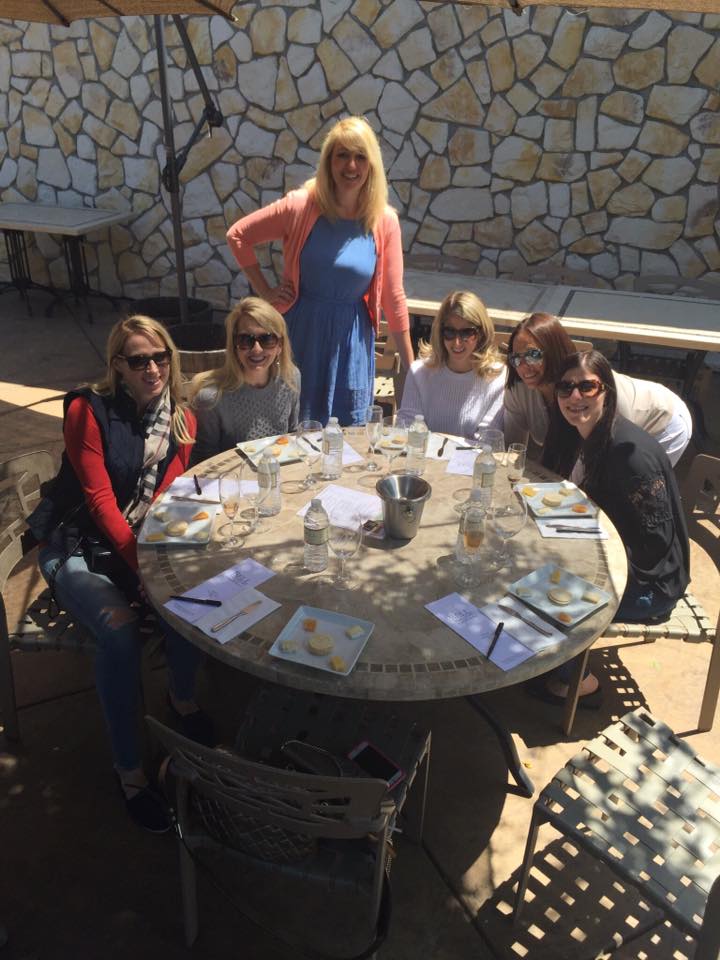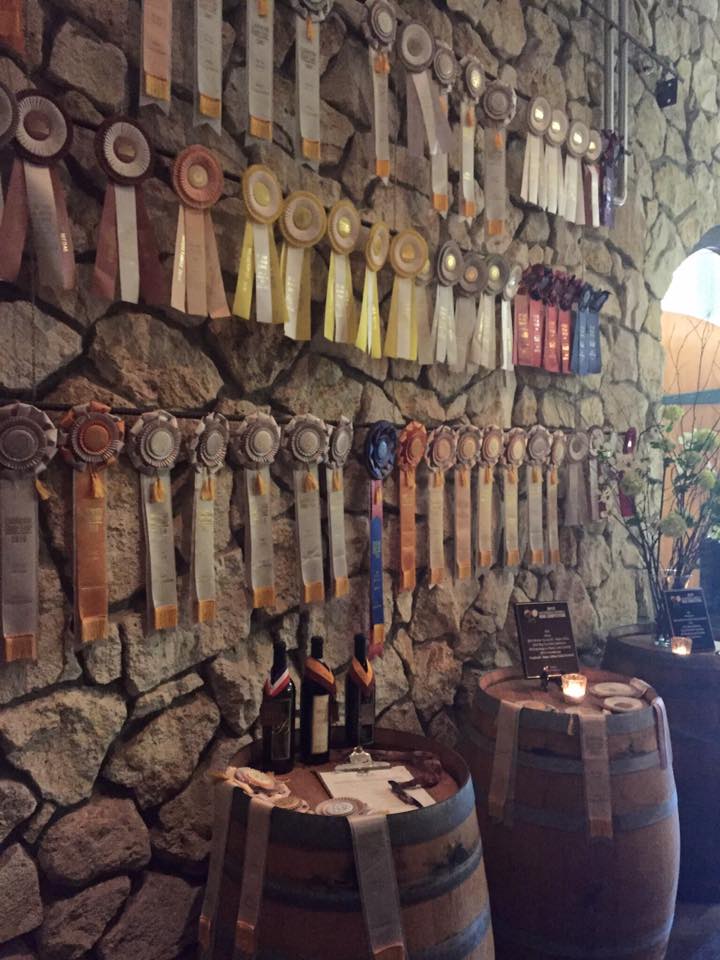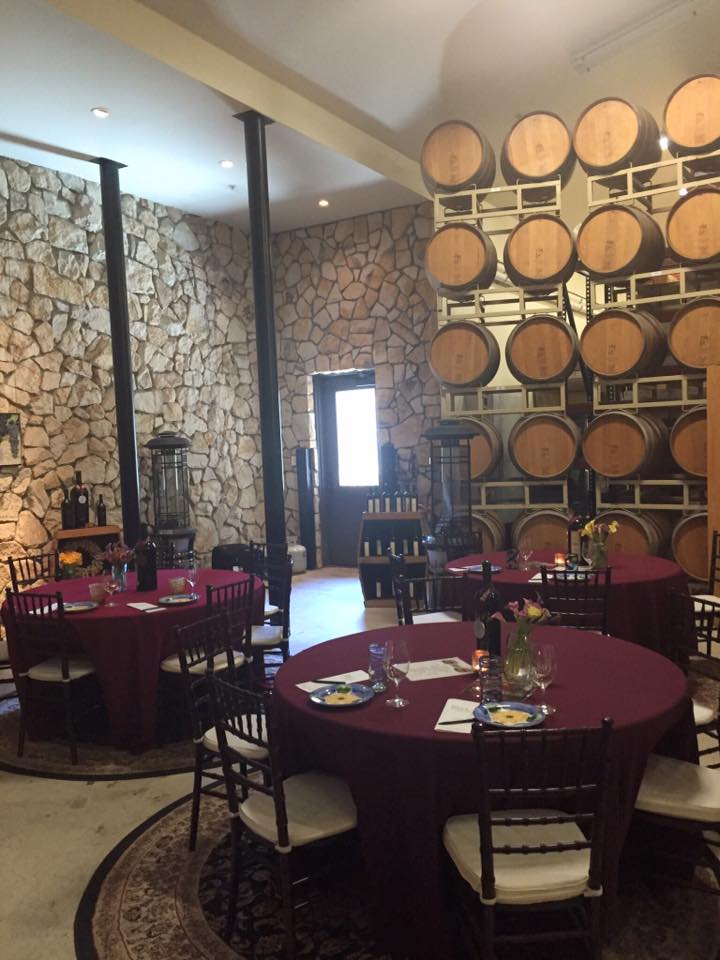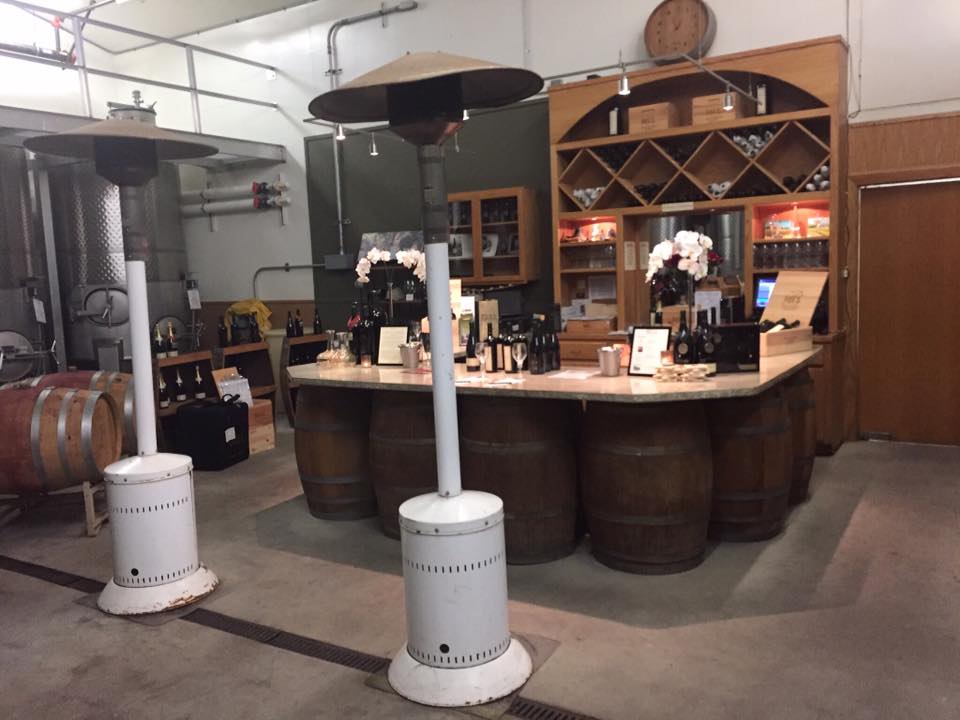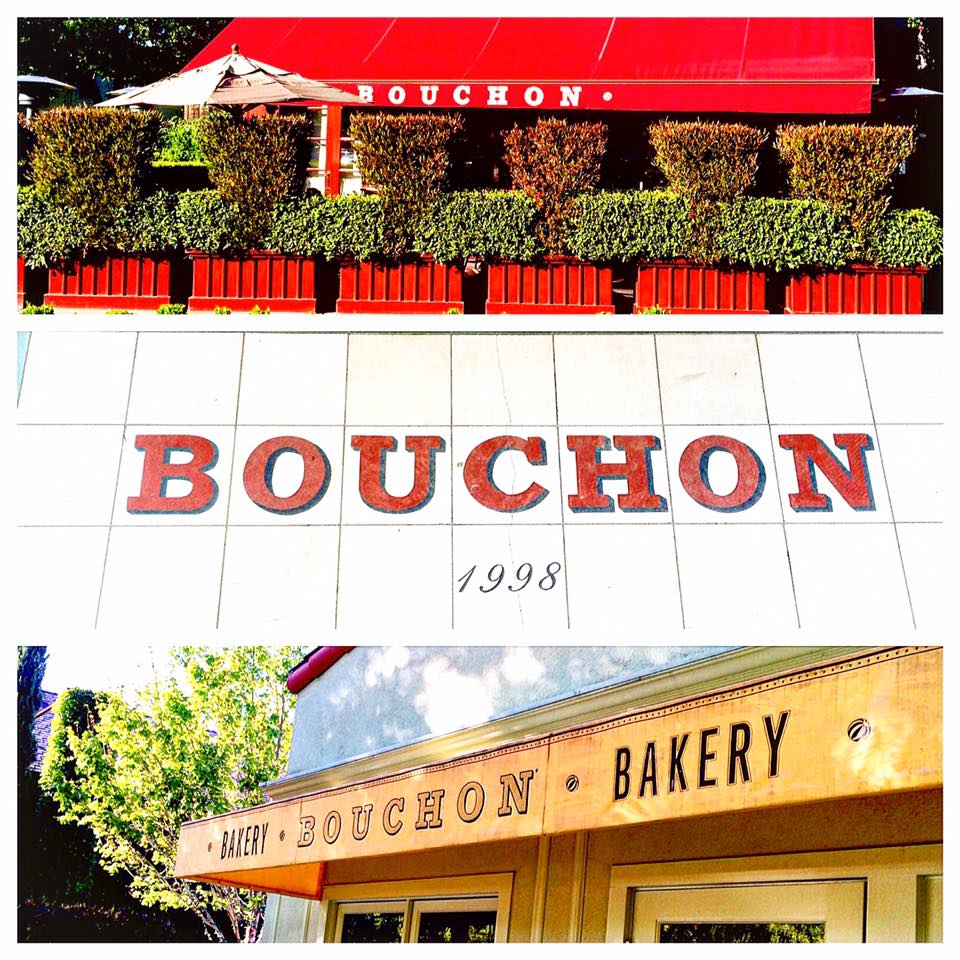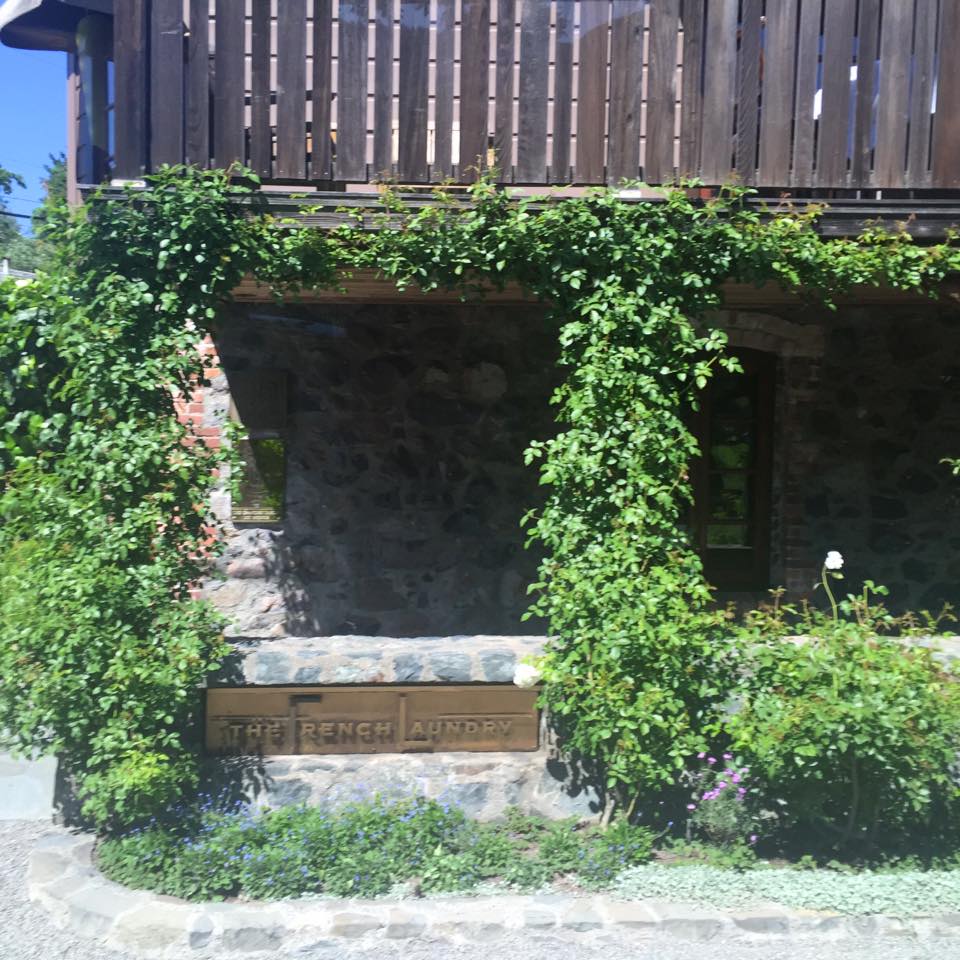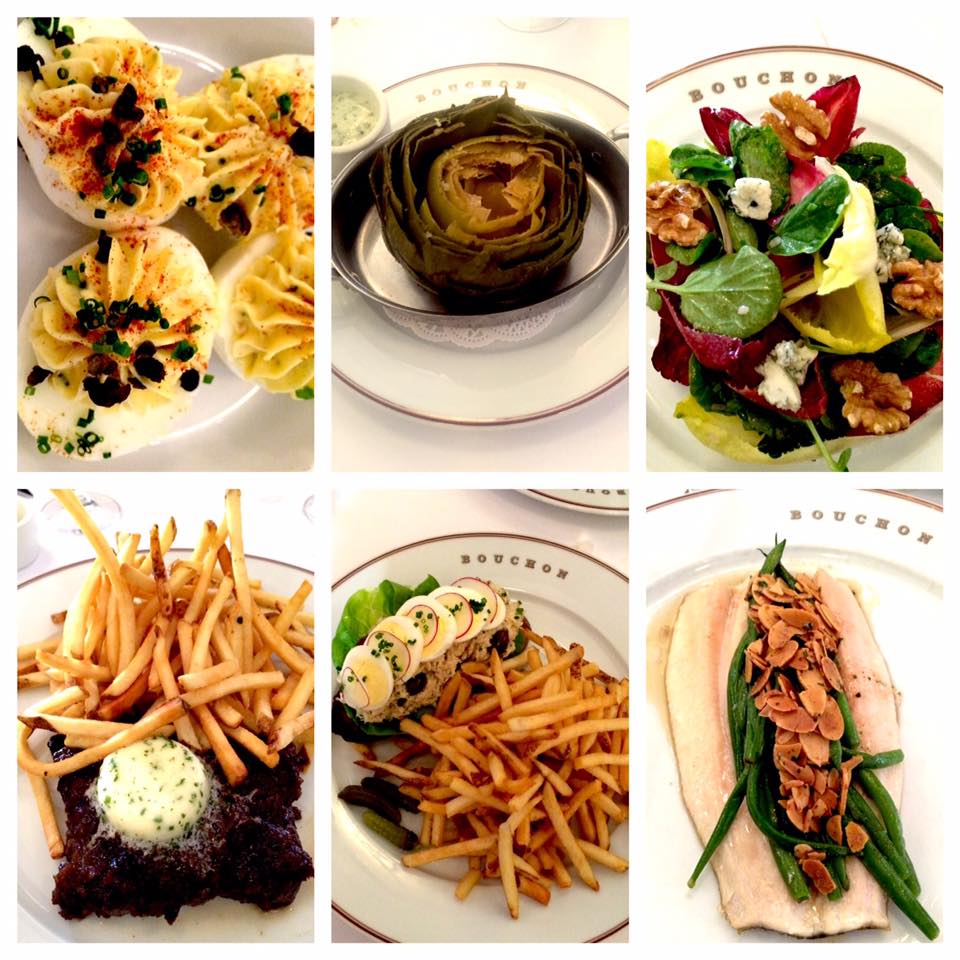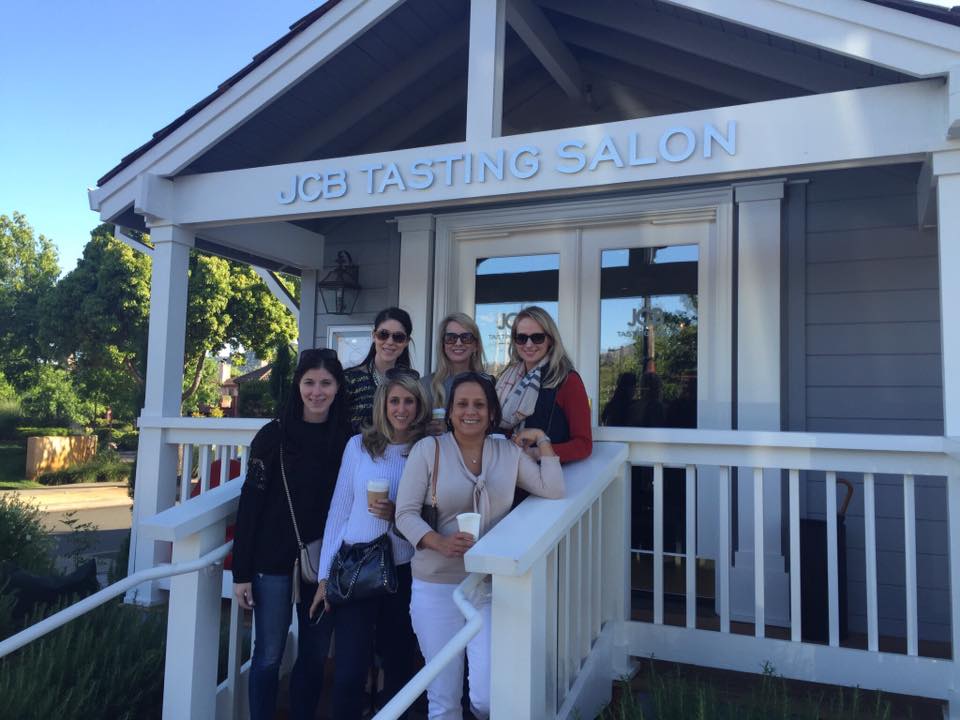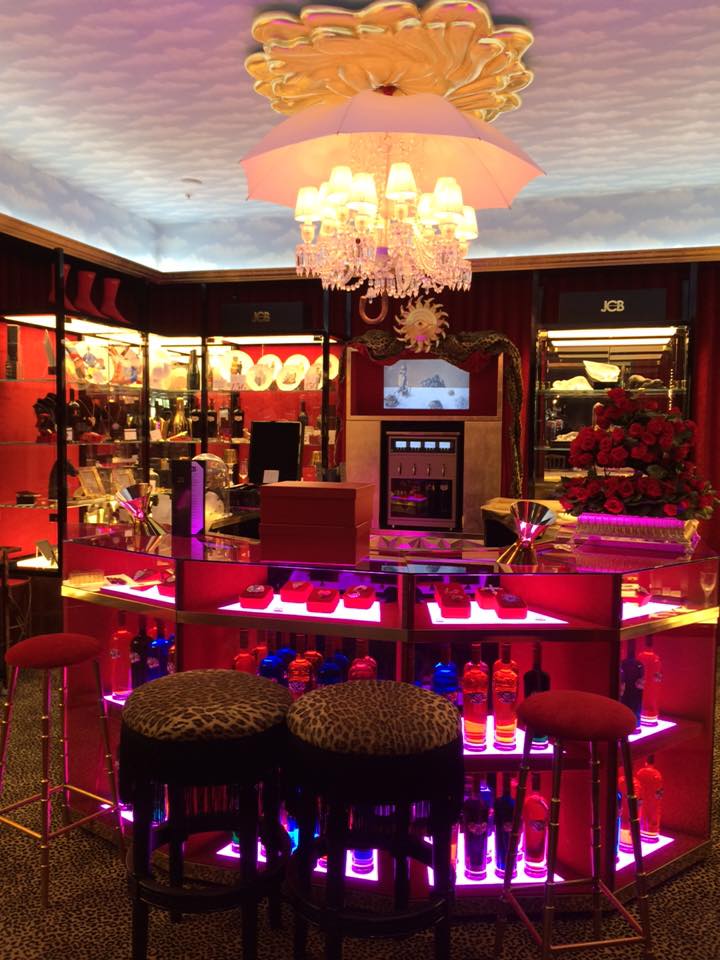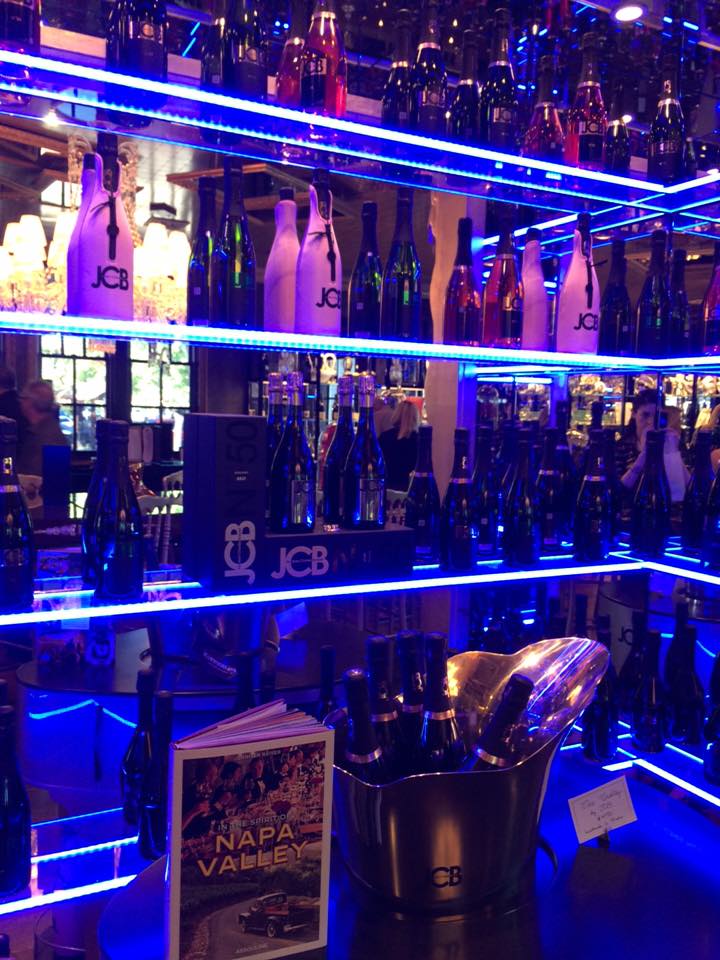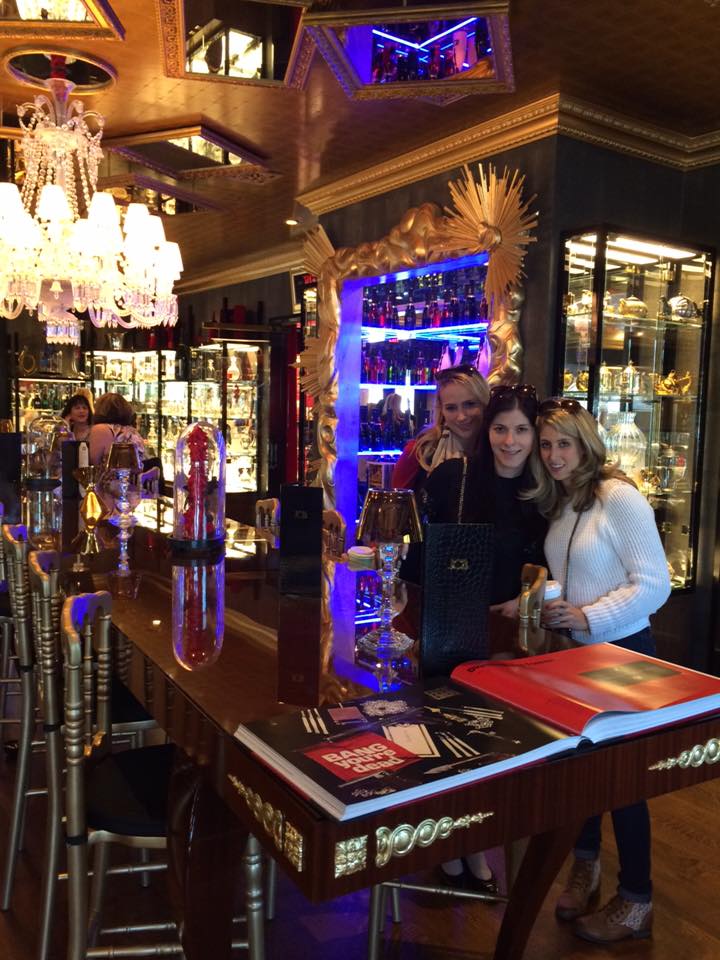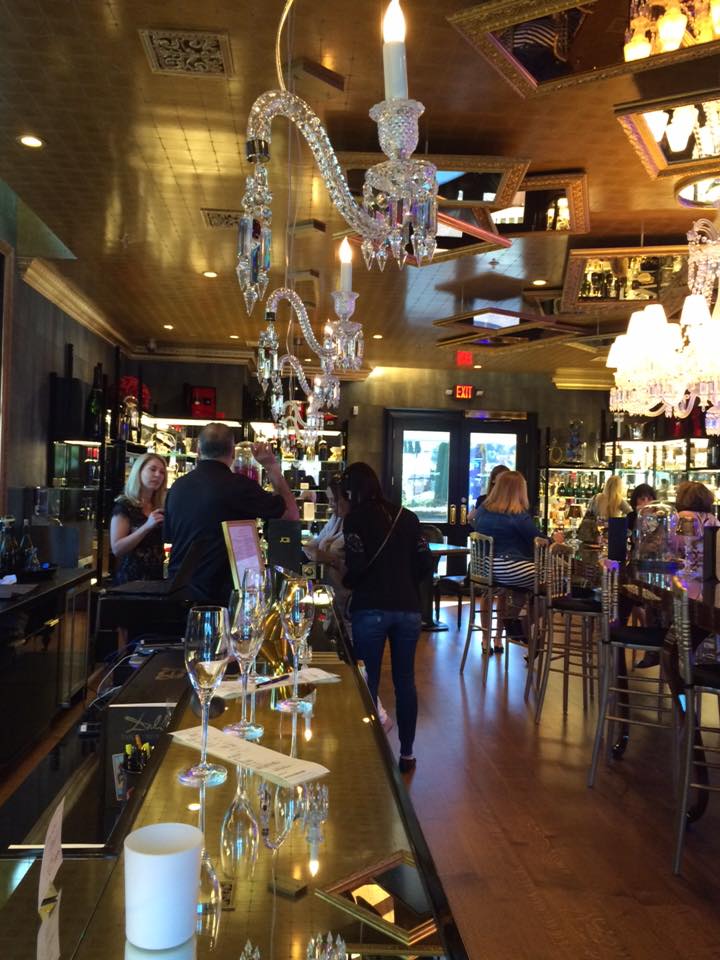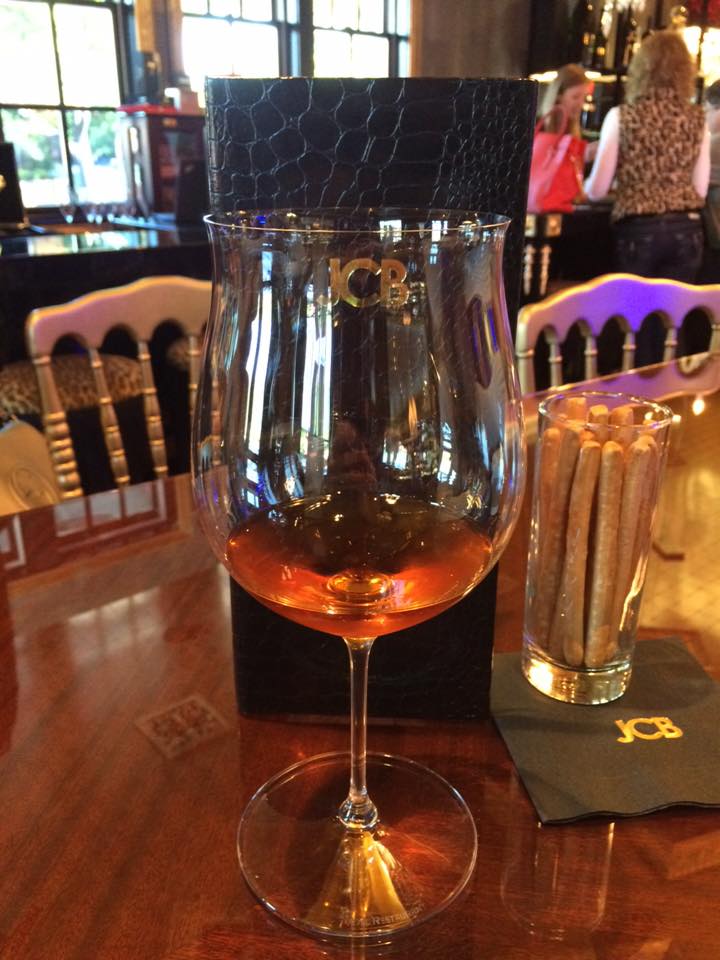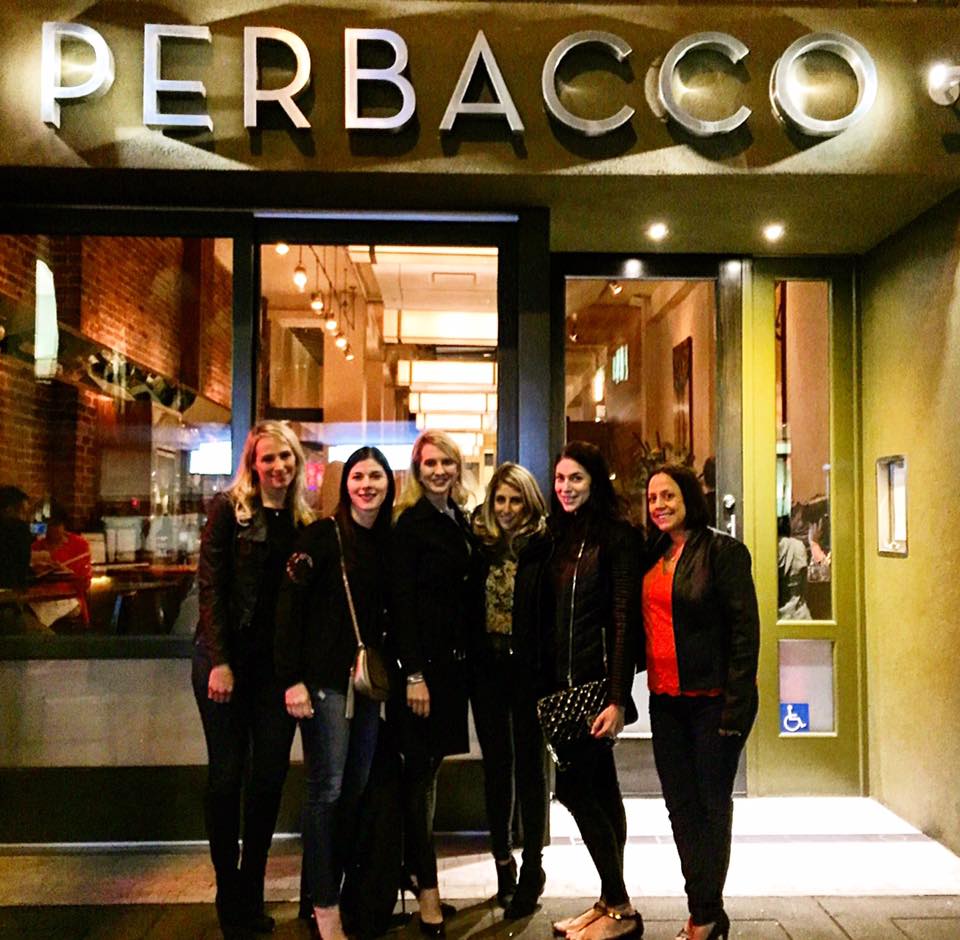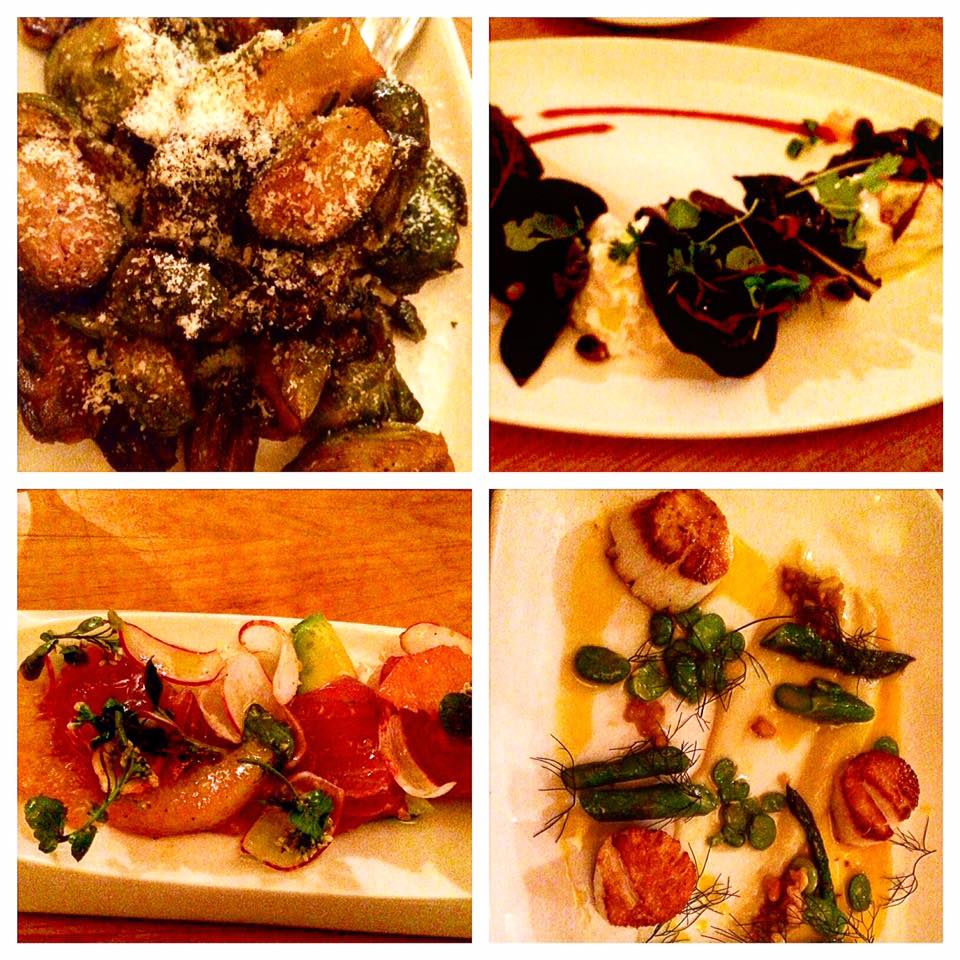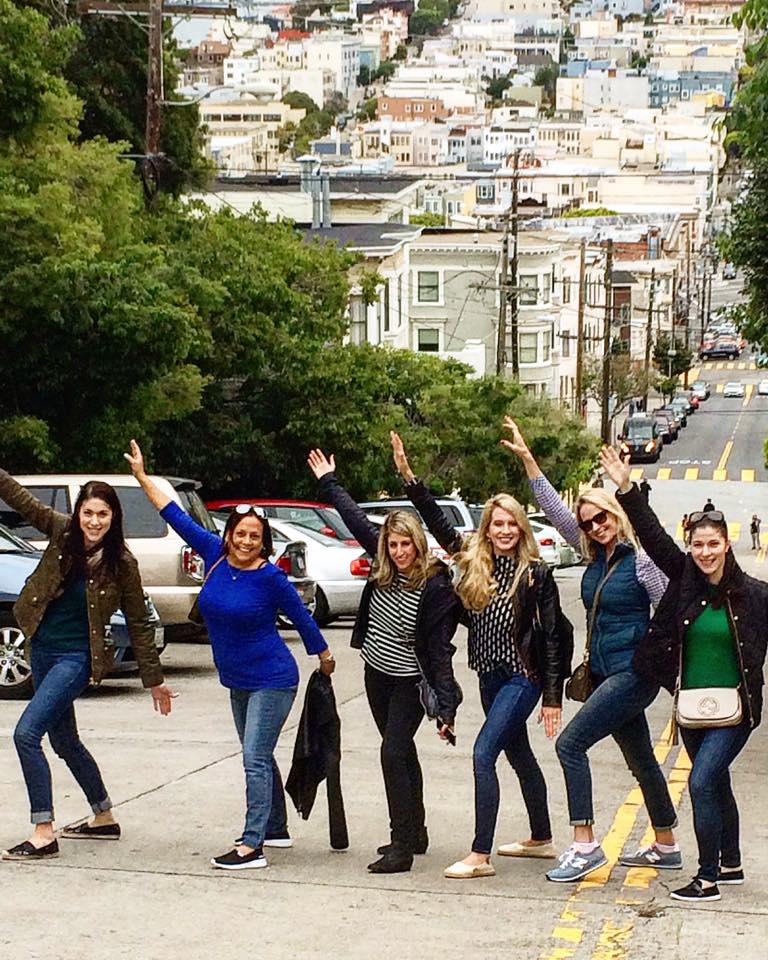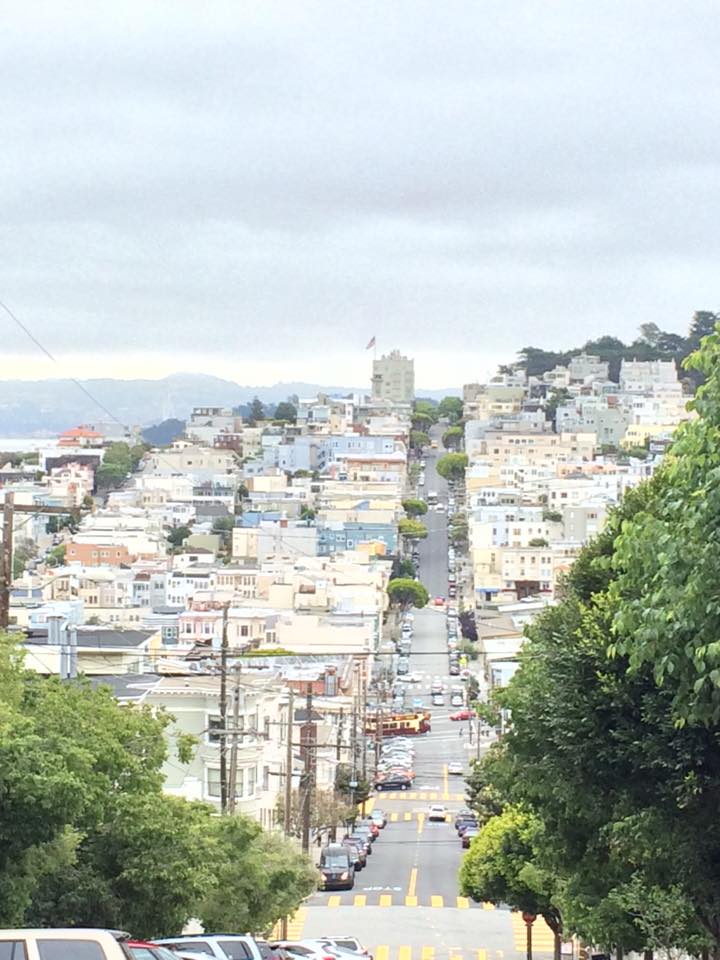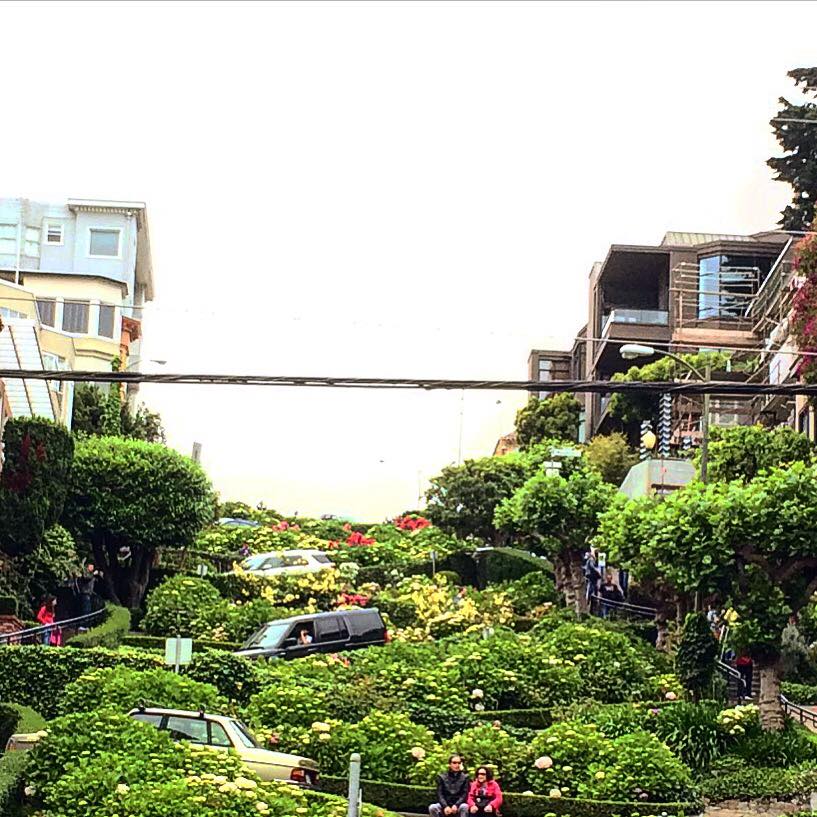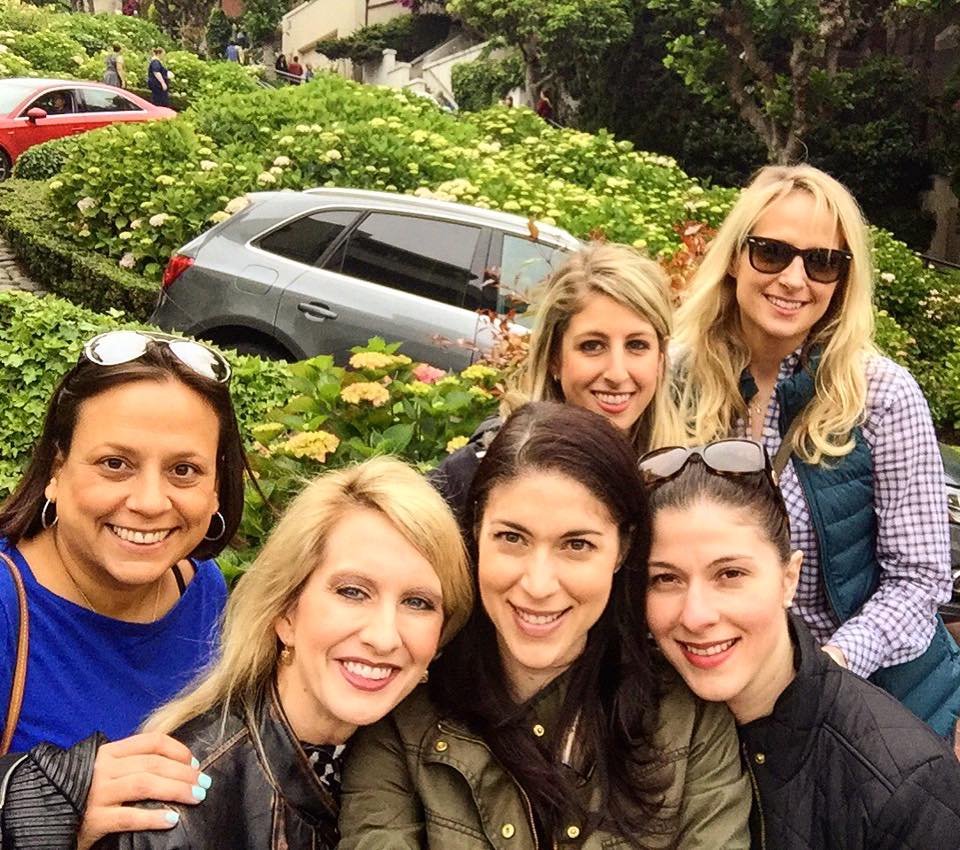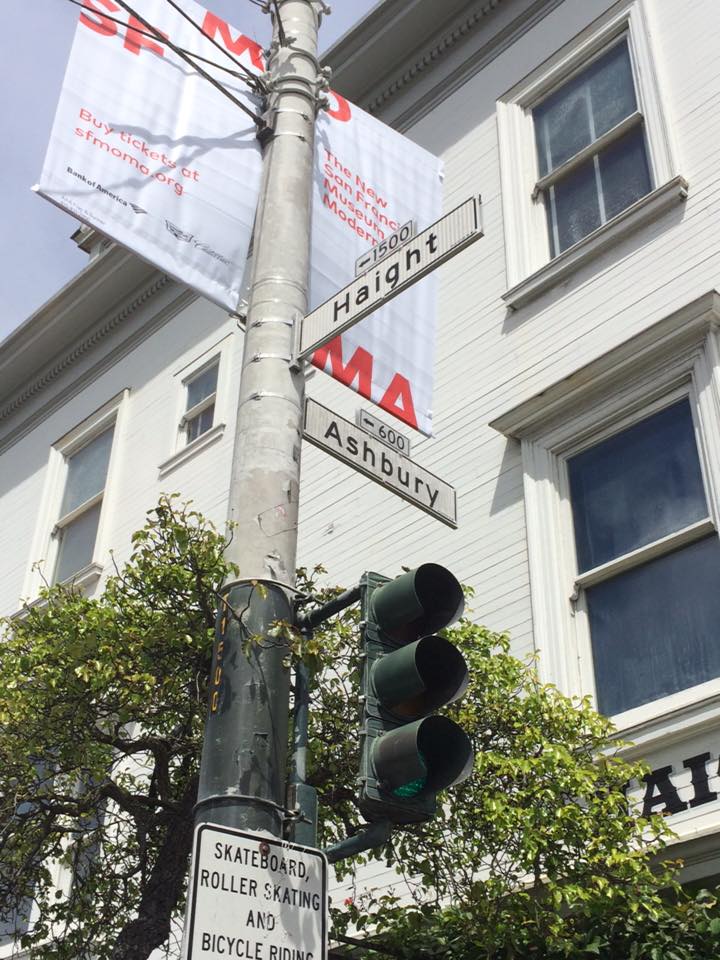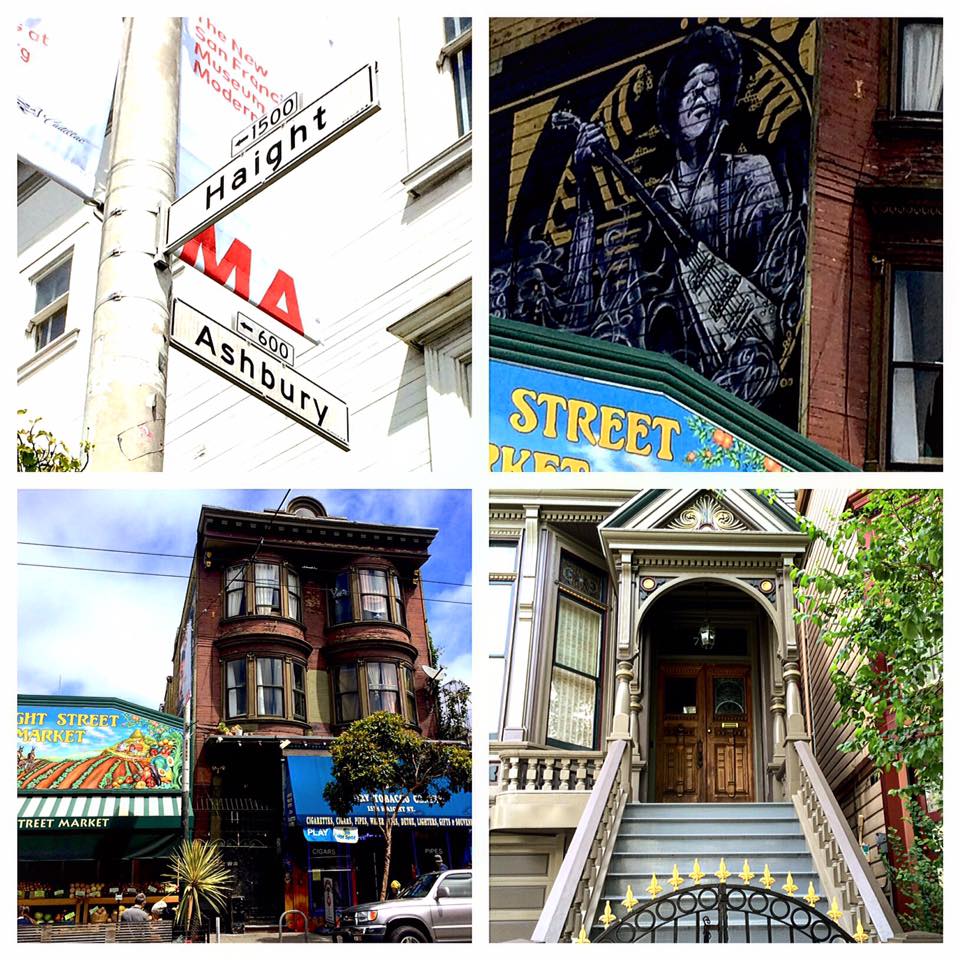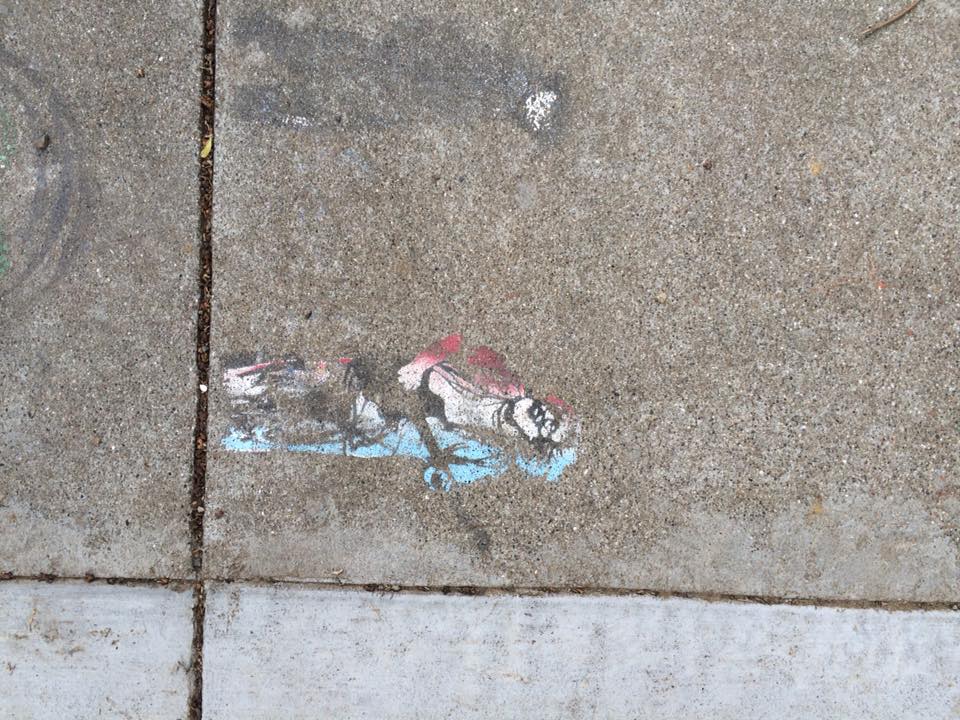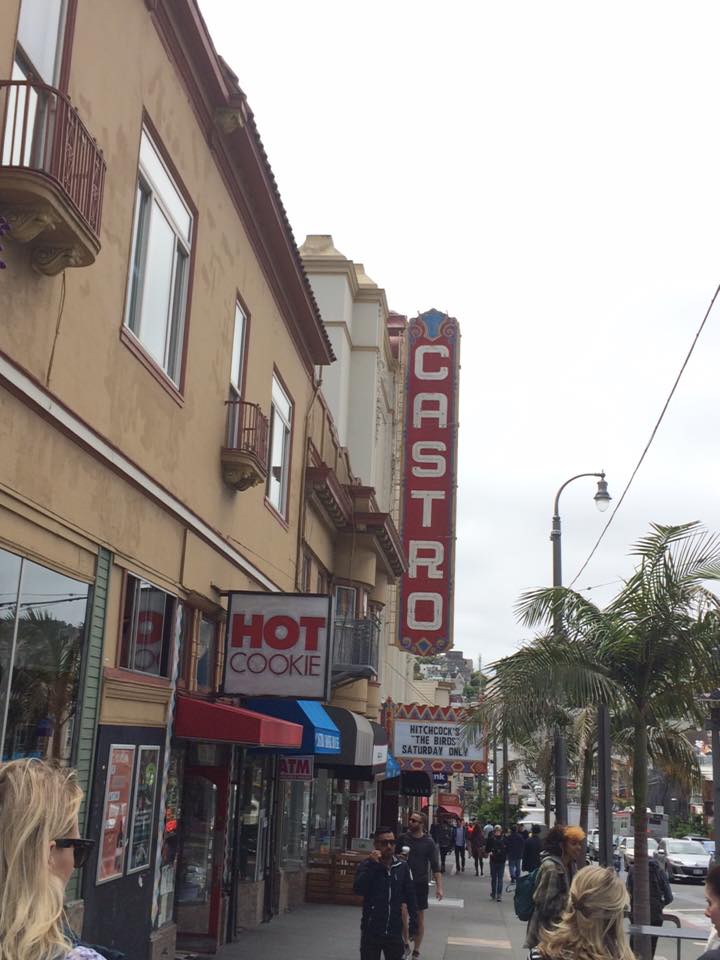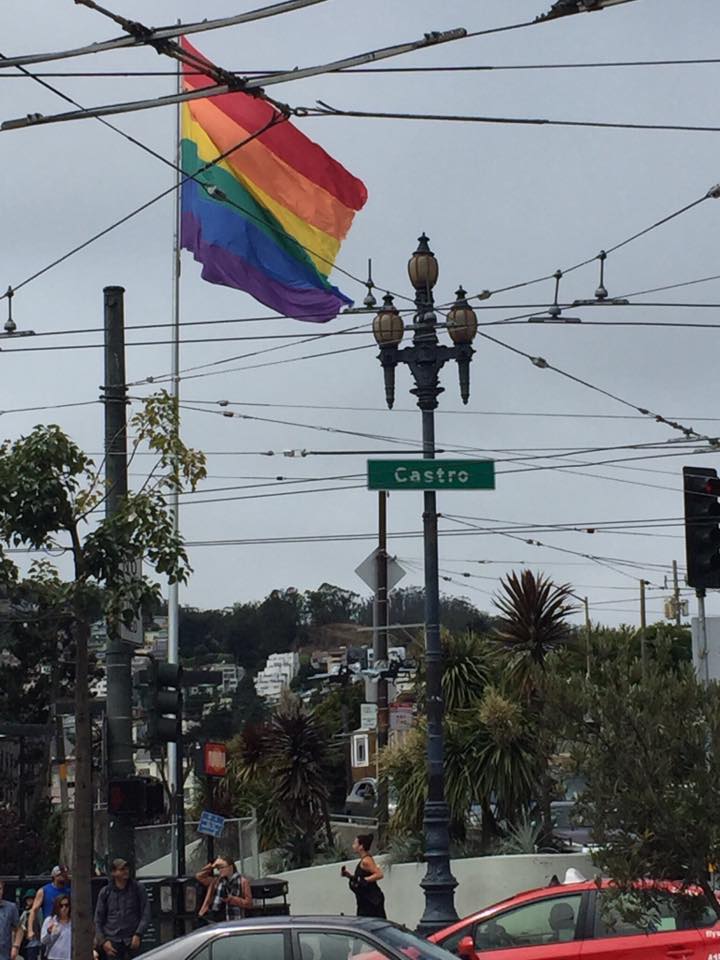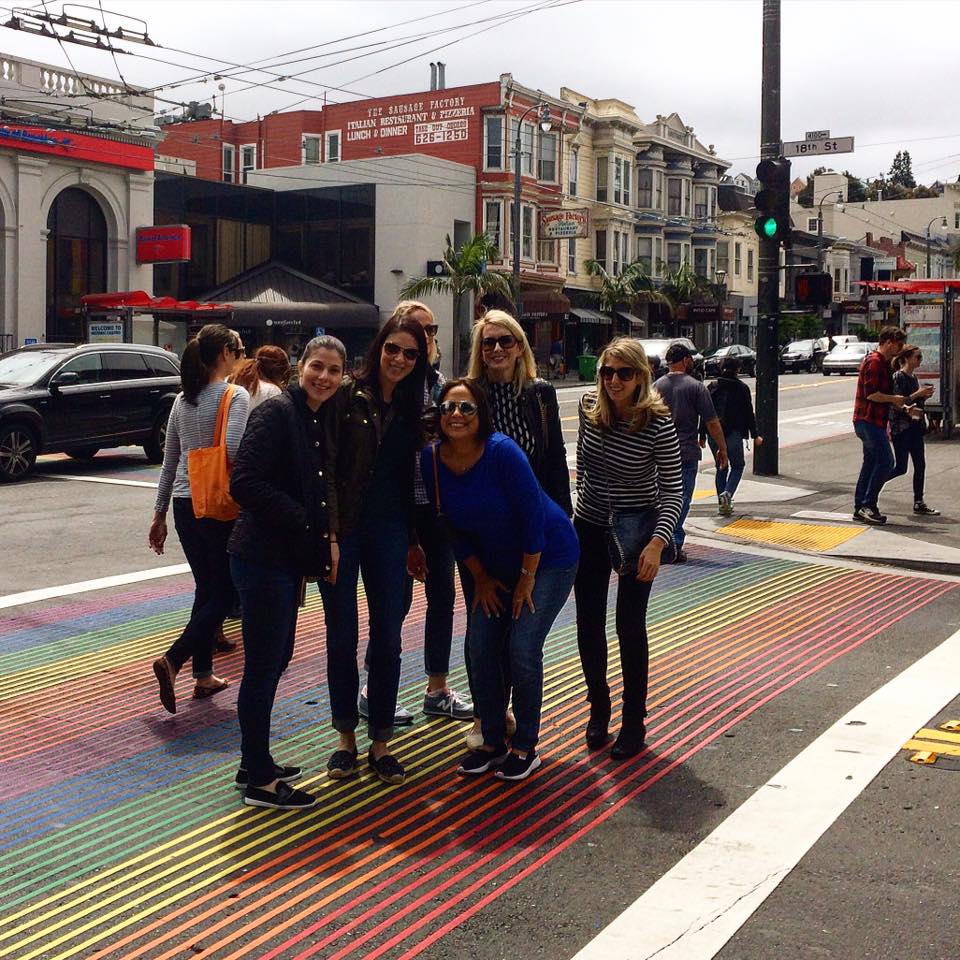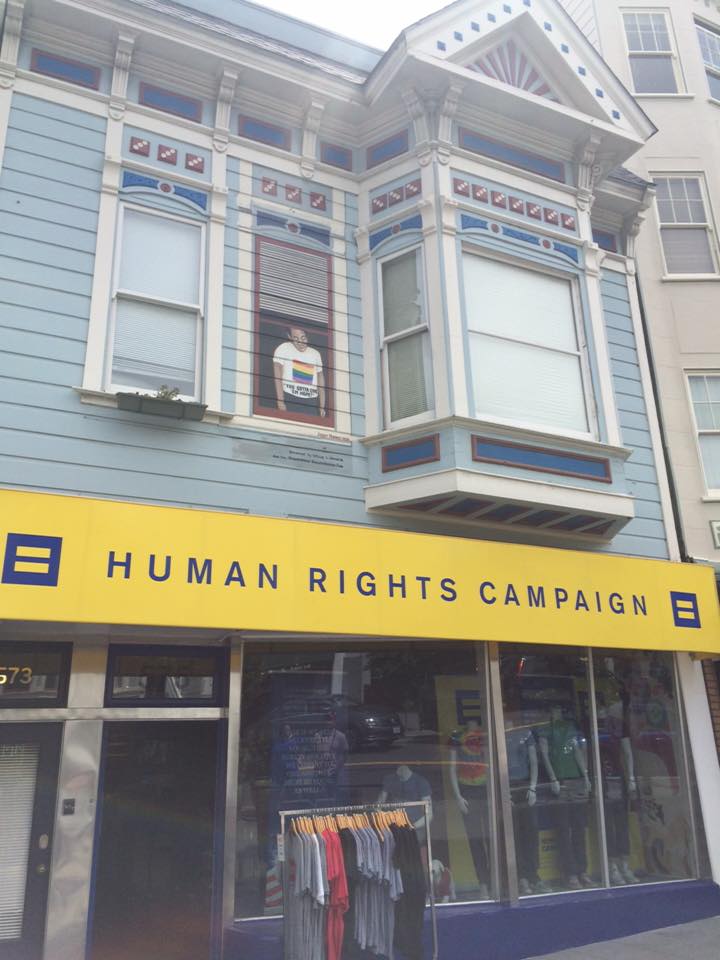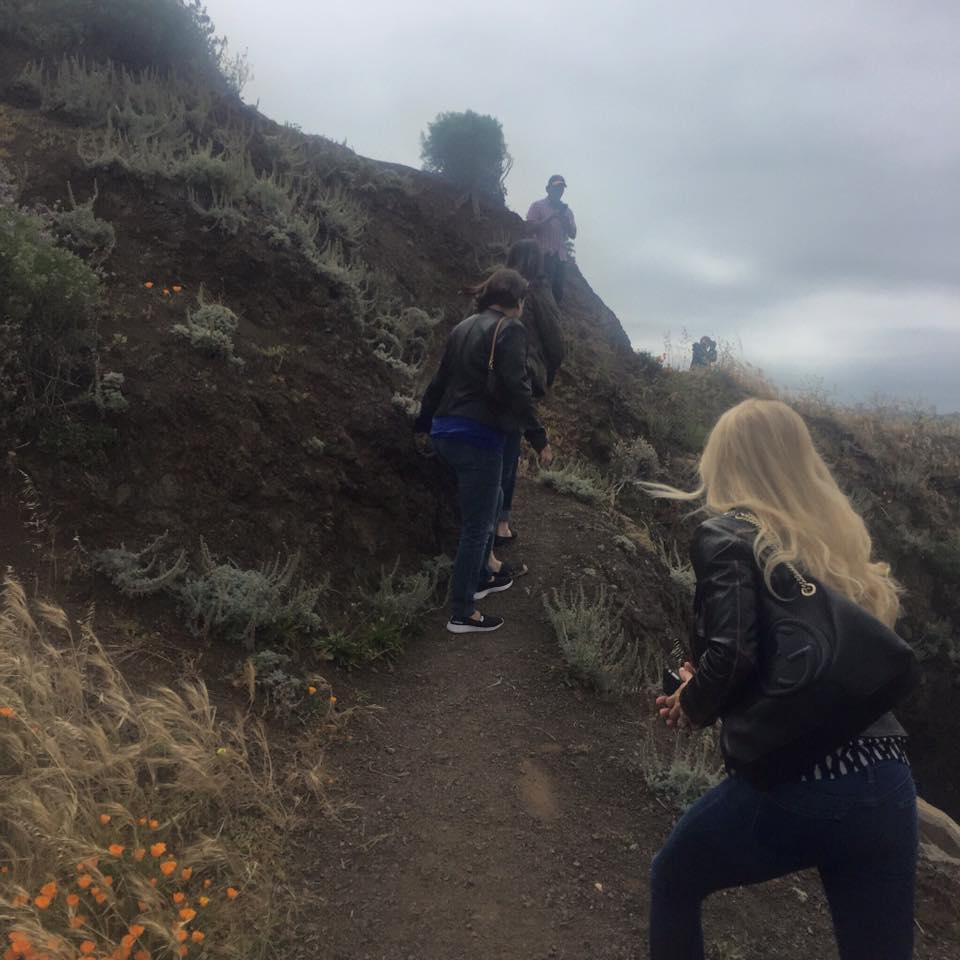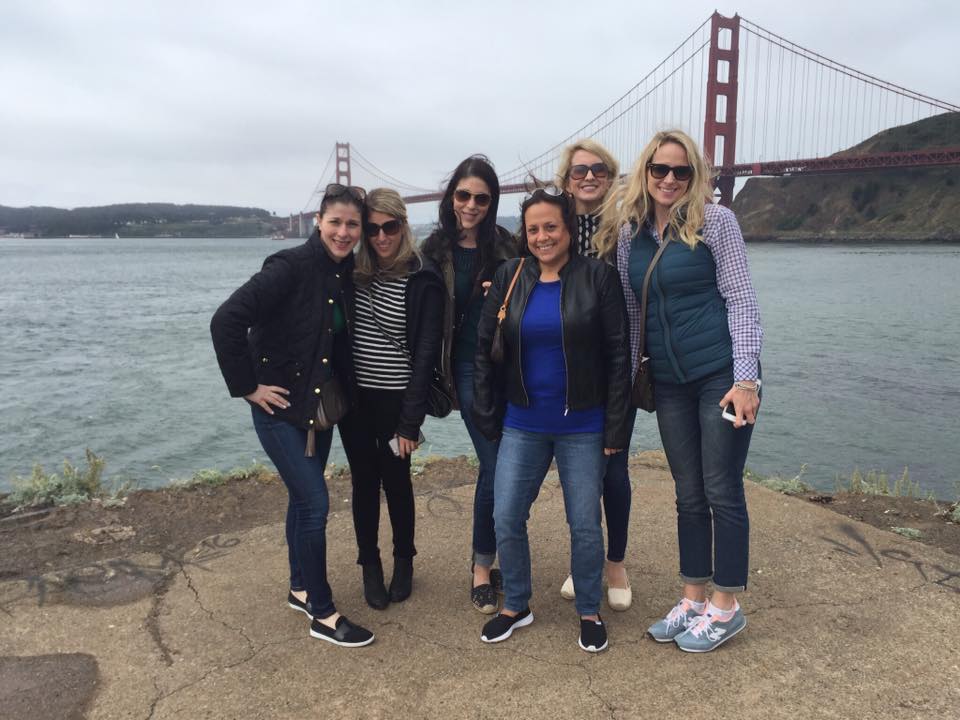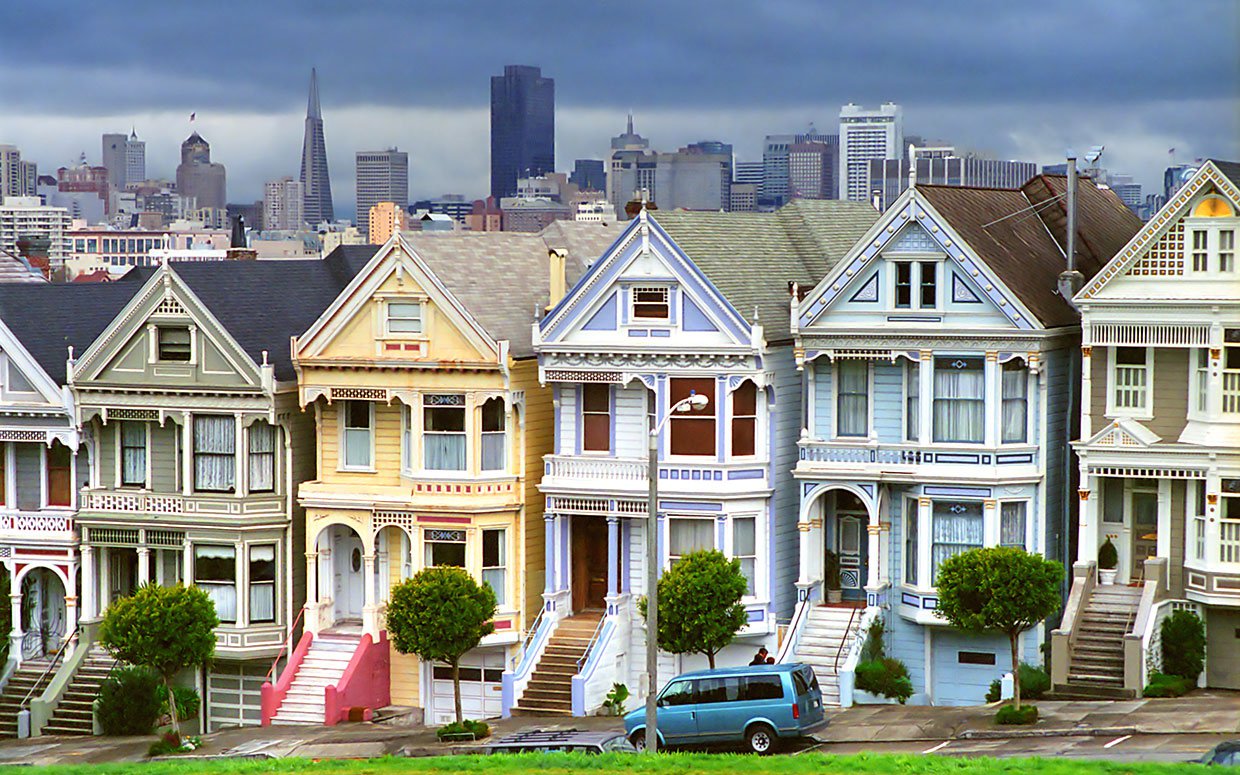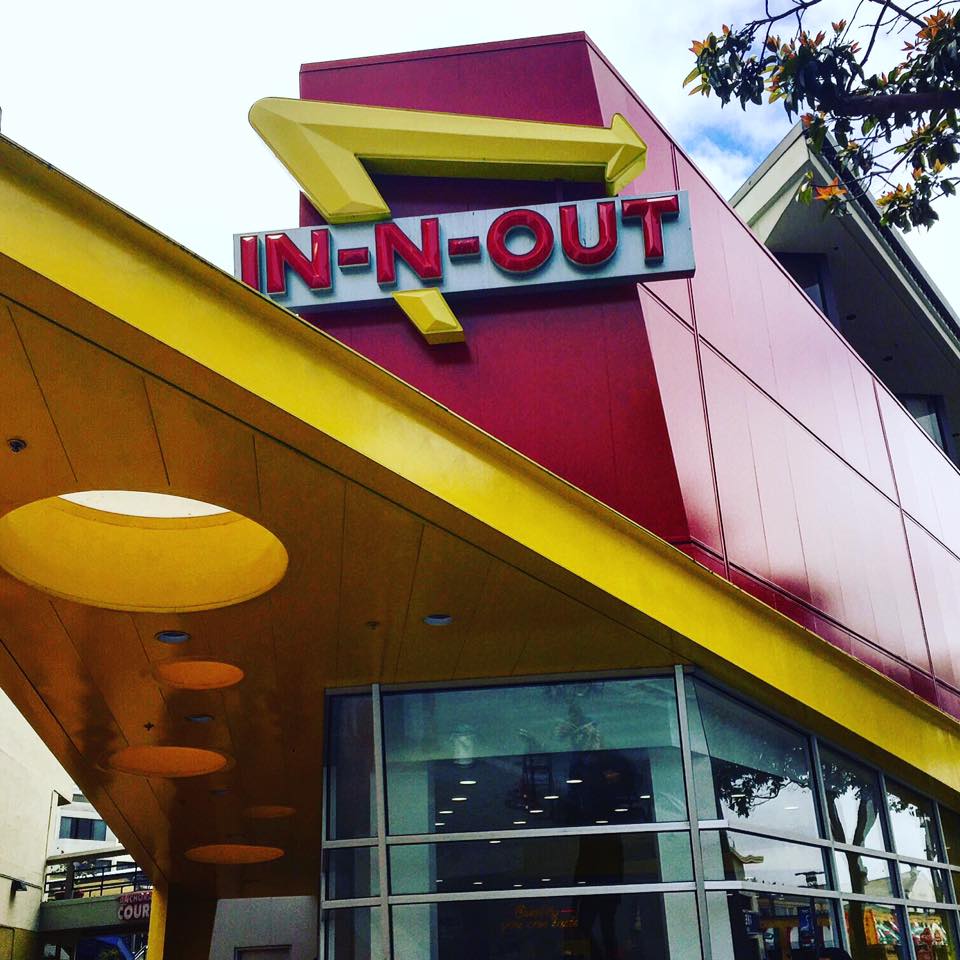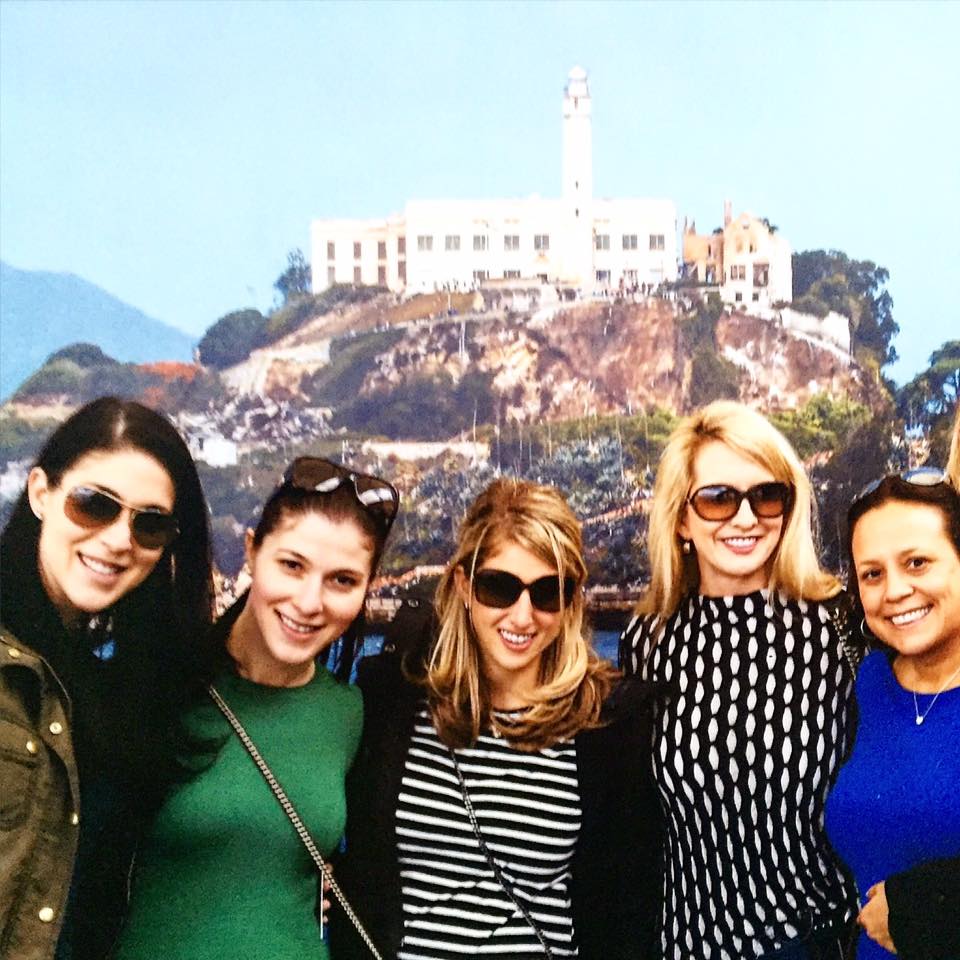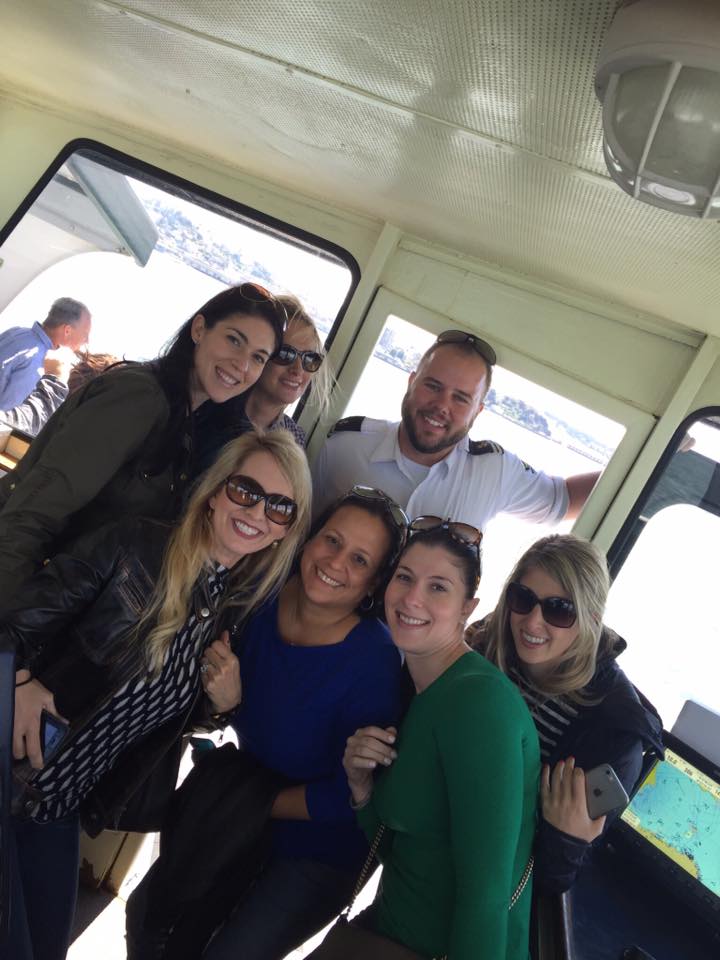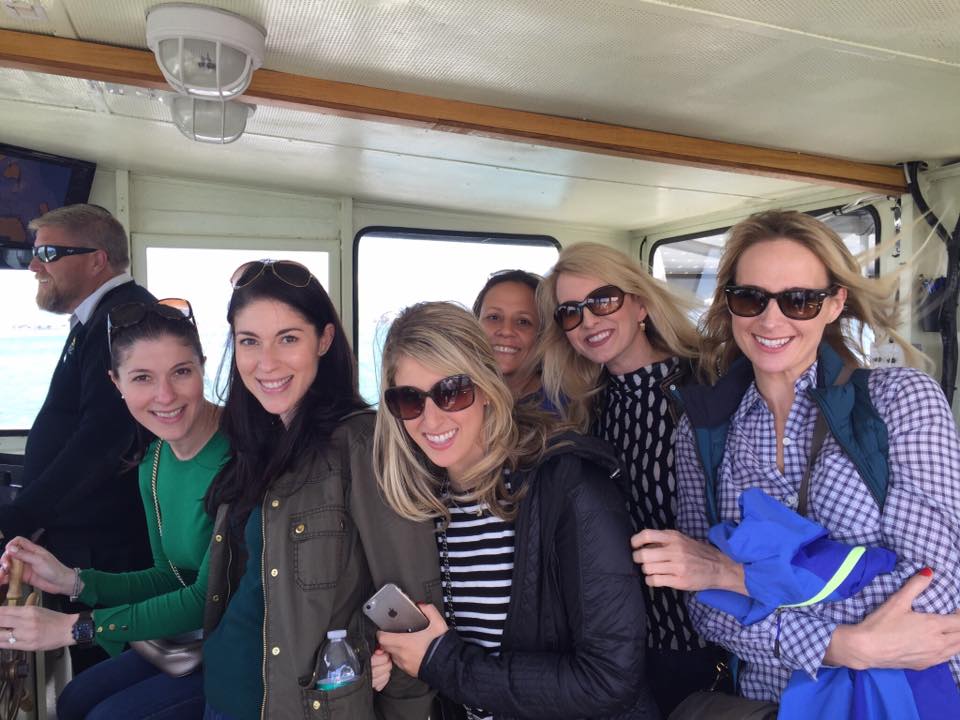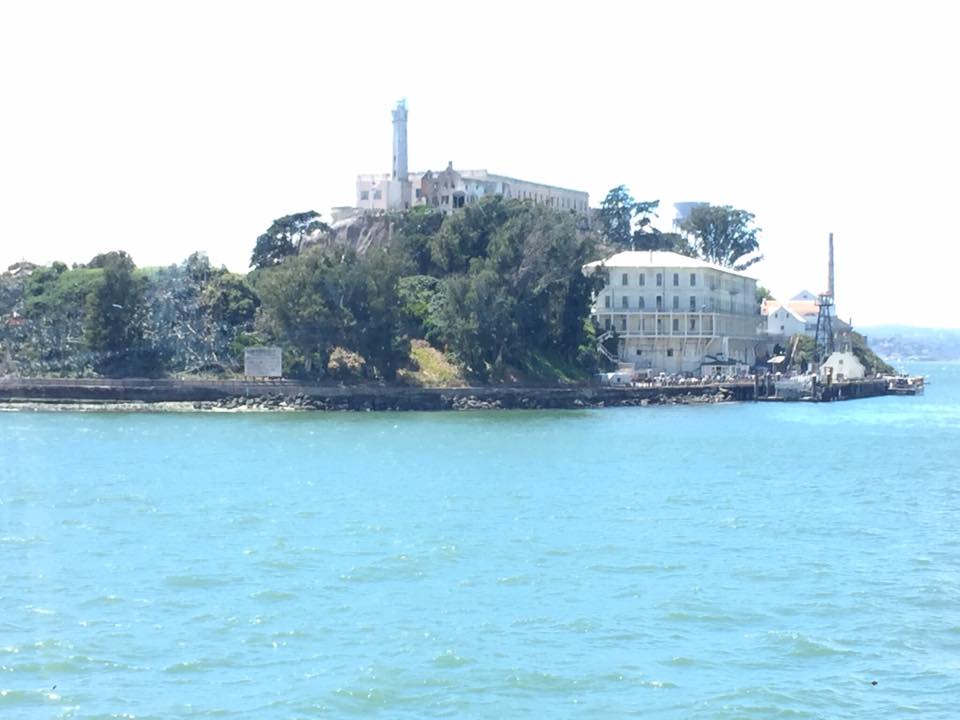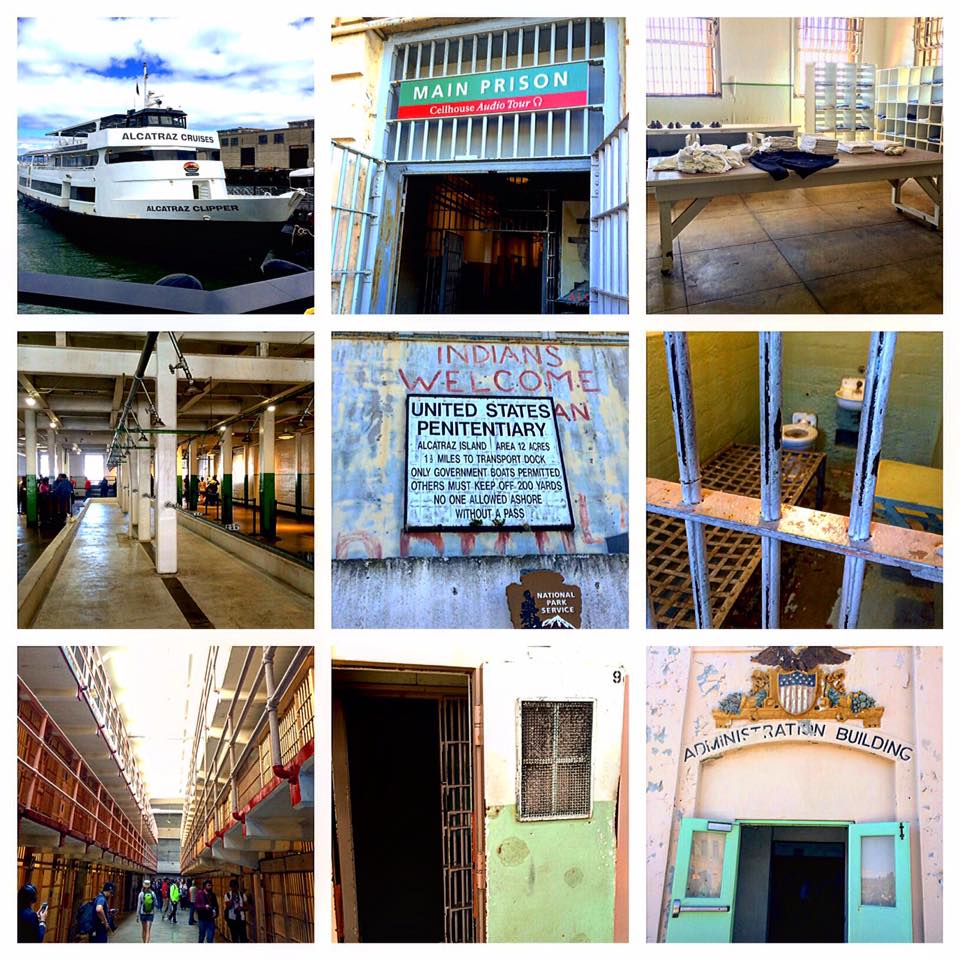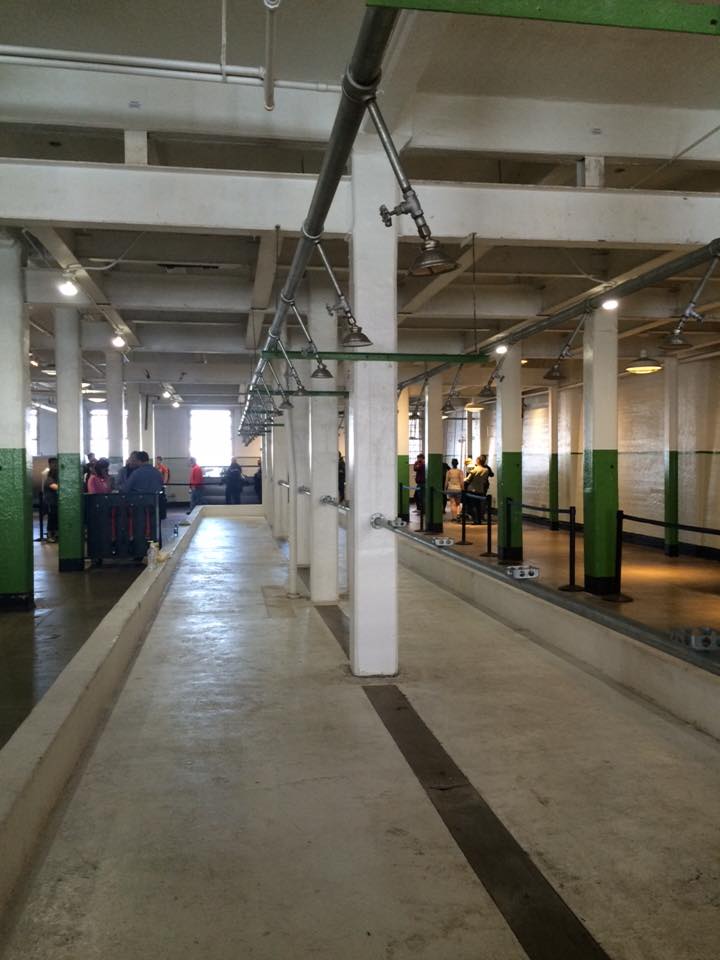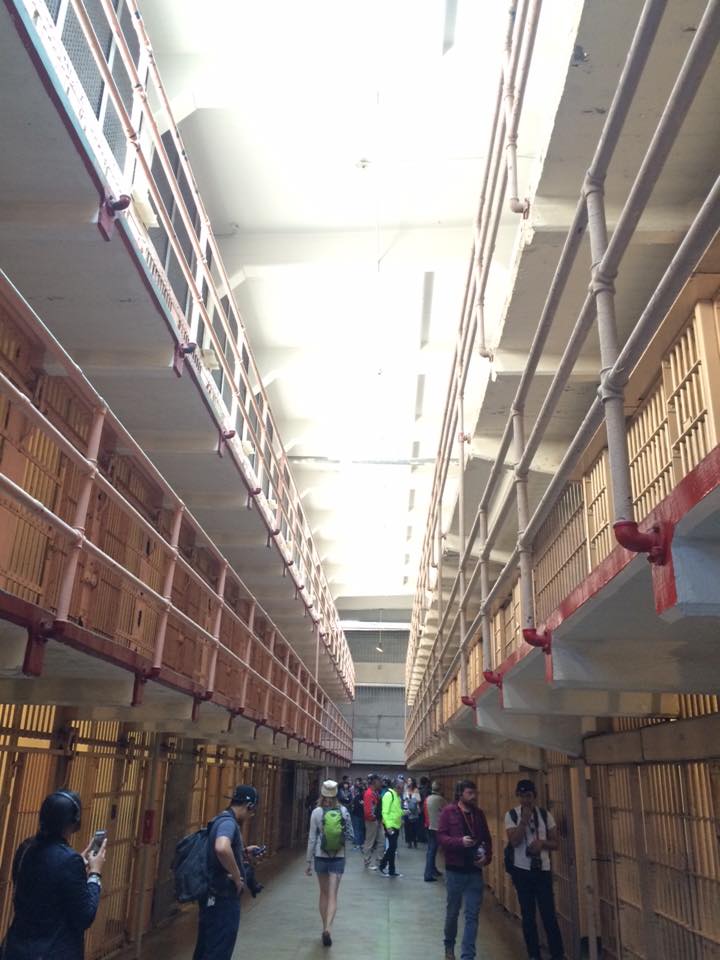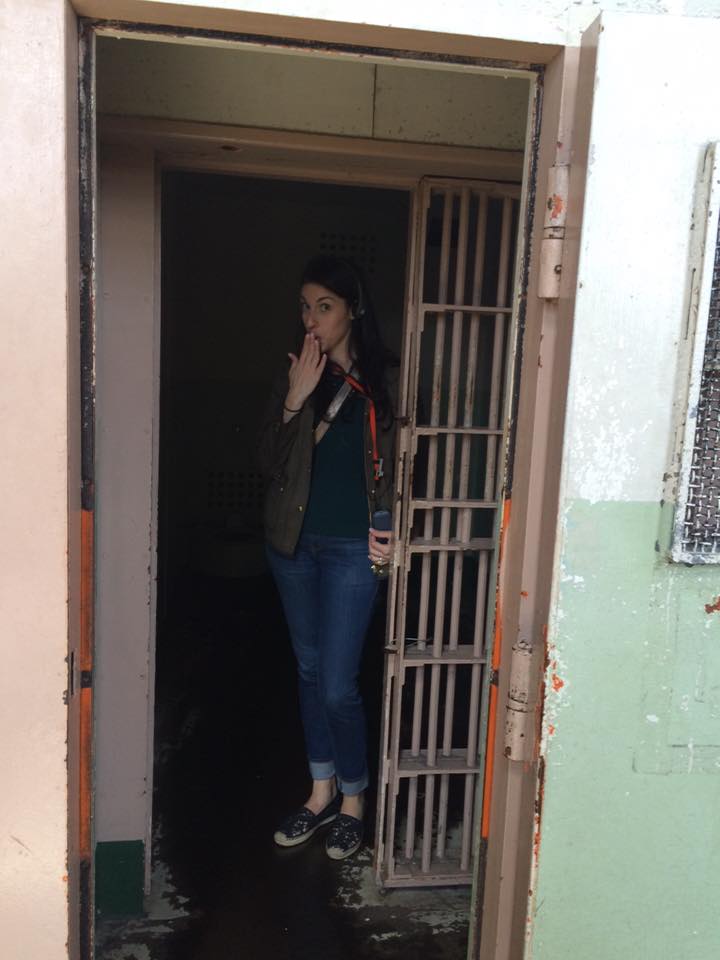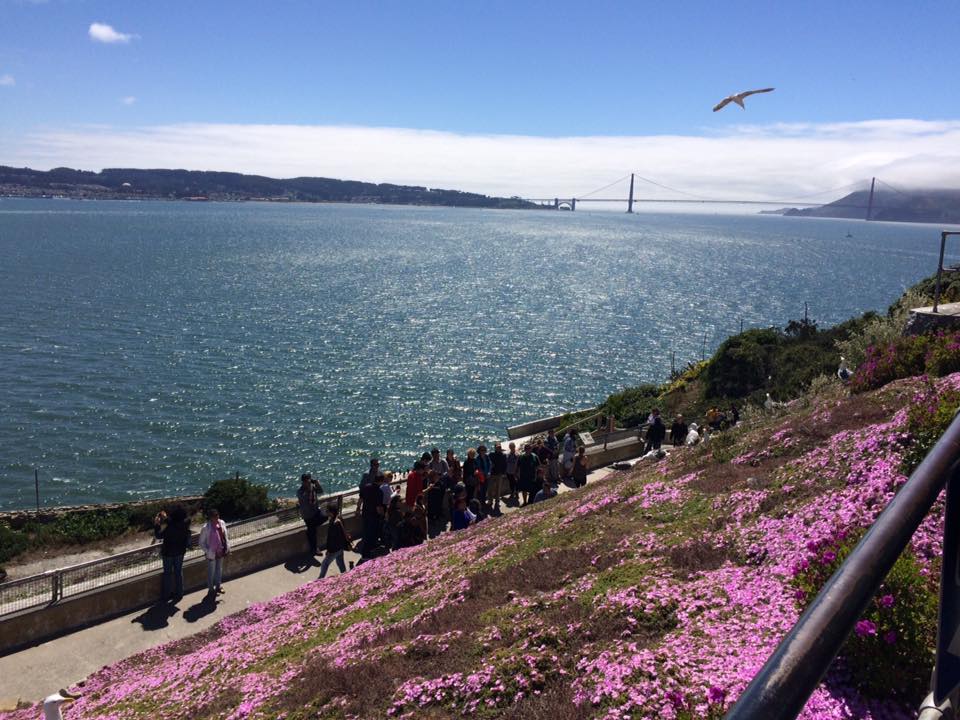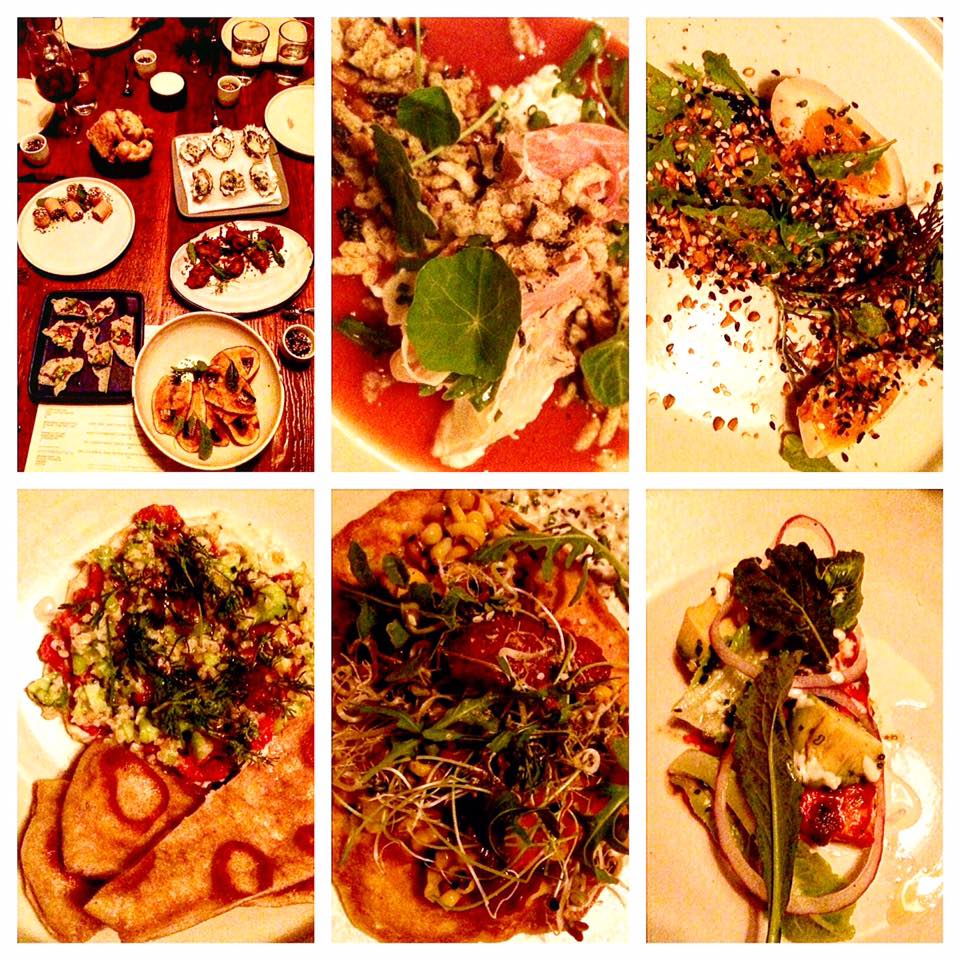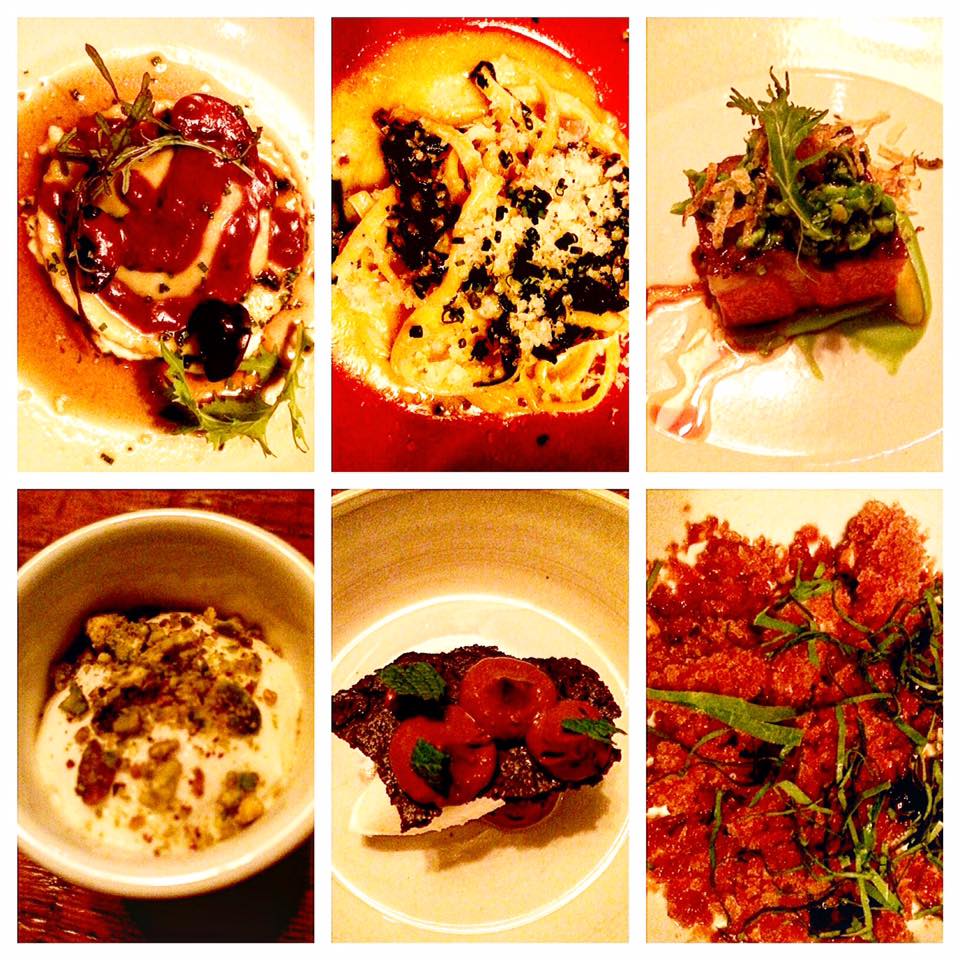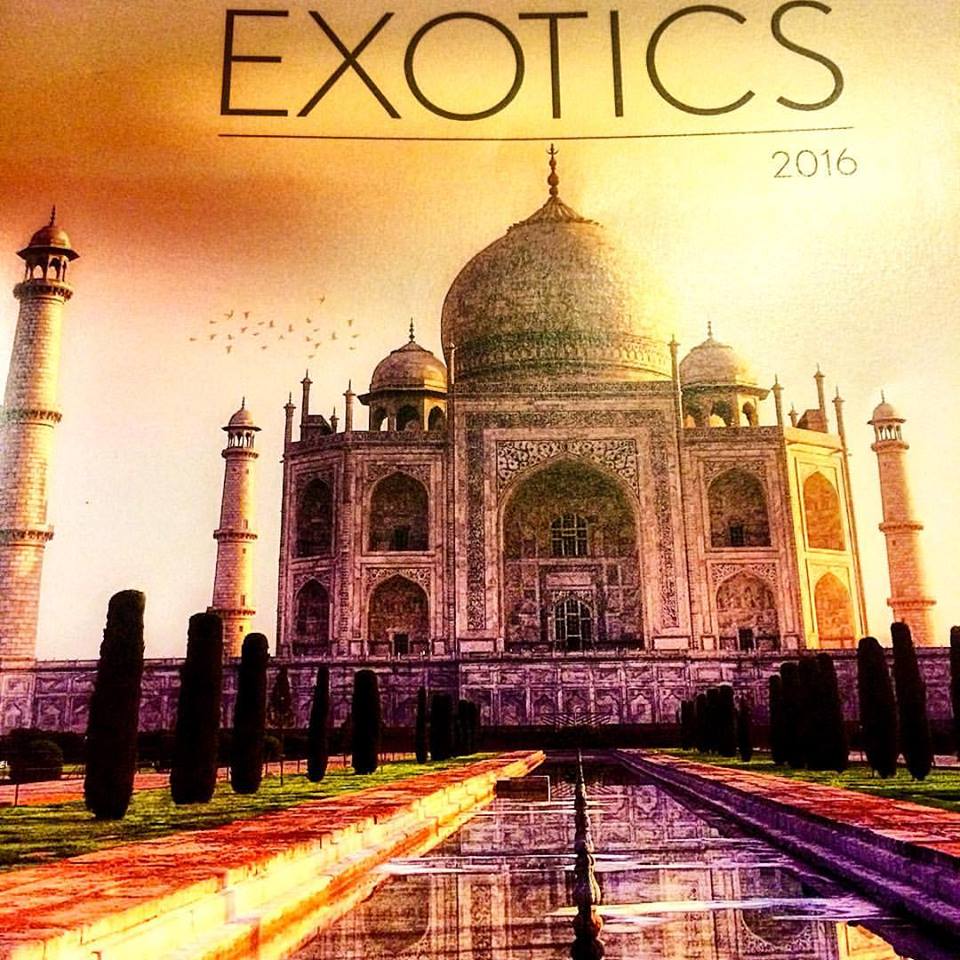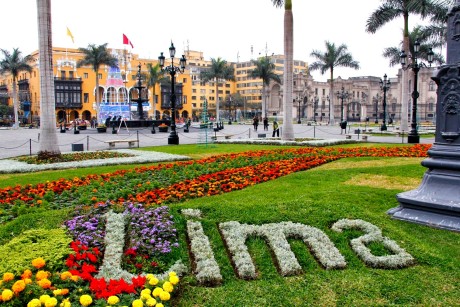
Living in South Florida, Peru is a relatively inexpensive and easy destination to reach. The flight to Lima, Peru (the capital city) is just under 6 hours. When I started researching flights, I was elated to find that the difference between first class tickets and economy tickets was only a couple of hundred dollars, rather than the several thousands of dollars that you usually see. Also, since the flight leaves, arrives, and returns in the evening, I thought the splurge was worth it to get those lie-flat beds for the return flight and to catch a quick nap before arriving. This ended up being one of the best decisions of this trip! Of course, I opted to book with my favorite airline, Delta, which routes through Atlanta instead of flying direct from Miami for two reasons: 1) you get to avoid the hell that is MIA, and 2) more miles (and miles towards status).
The nice people at Delta are ready with the champagne as you board:
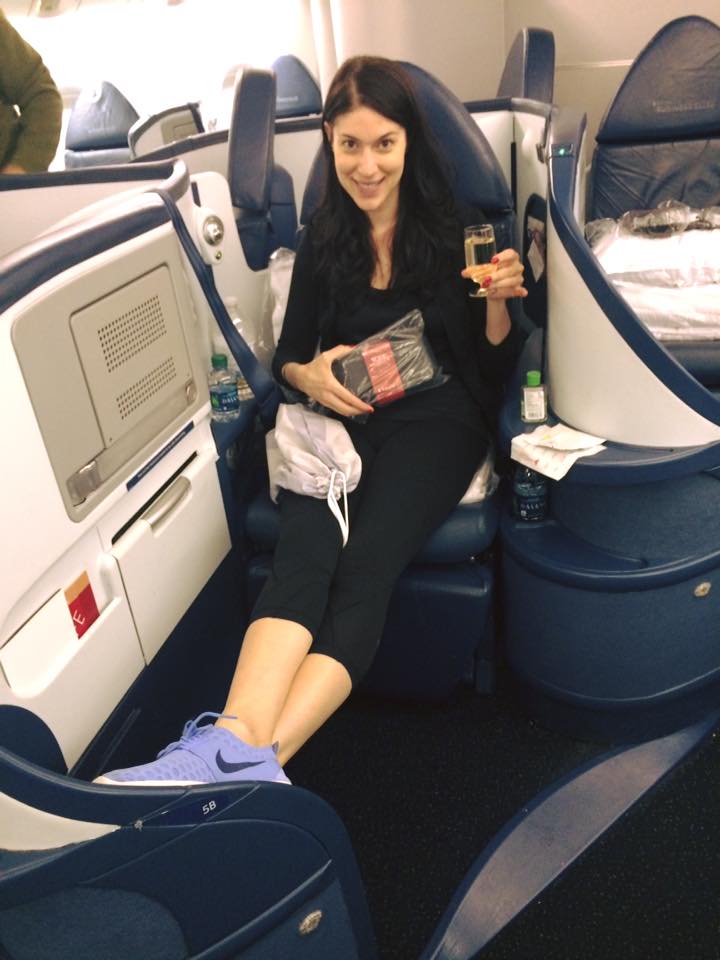
They also offer a three-course menu prepared by Chef Michelle Bernstein during the flight, in addition to the gourmet snacks that they provide before and after the meal. Also, there is free alcohol, which is why Chad looks like he’s about to burst in this picture!
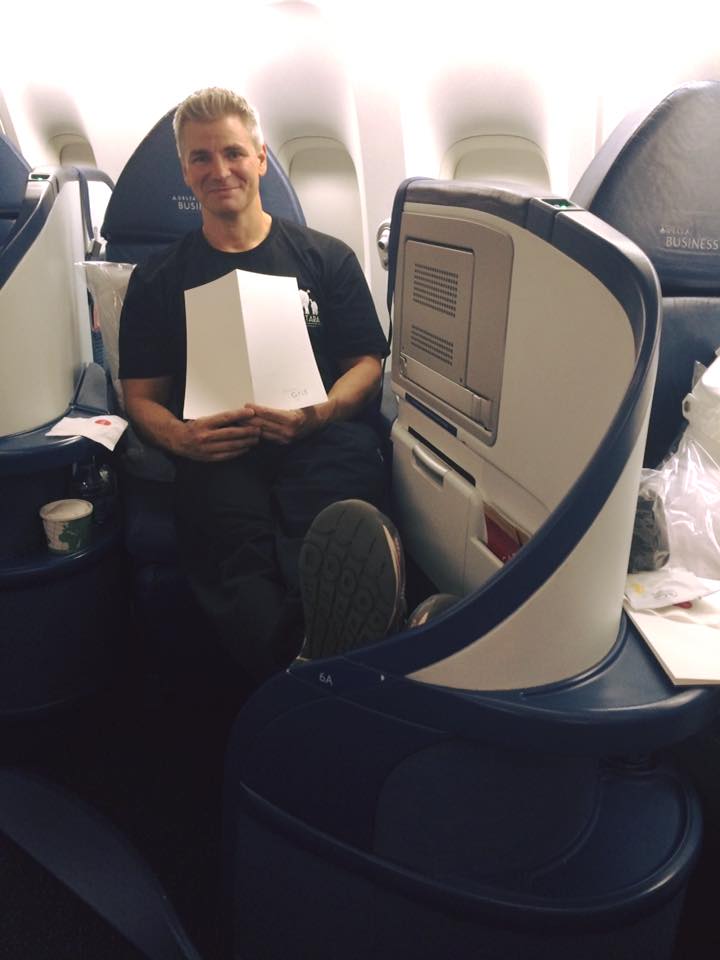
When you get to your seat, you find a full-size, real pillow and duvet provided by Westin Heavenly, a real pair of headphones, and a Tumi travel kit!
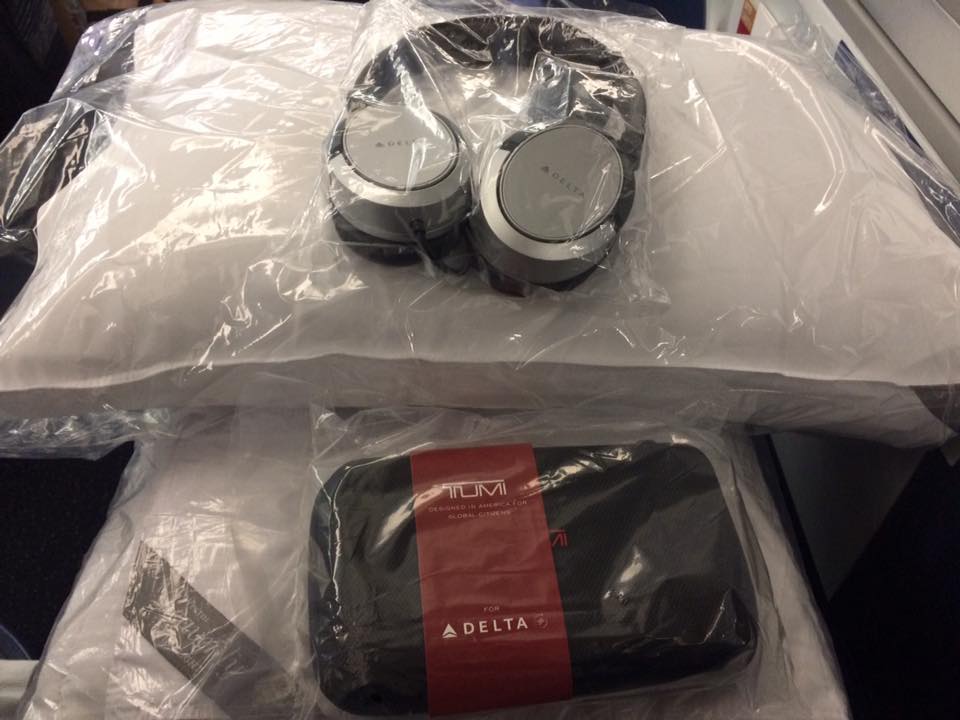
I bet you’re wondering what is inside that little sucker. Wonder no more. They provide you with an eye mask, socks, lip gloss, lotion, toothpaste and toothbrush, mouth wash, tissues, earplugs, and a pen.
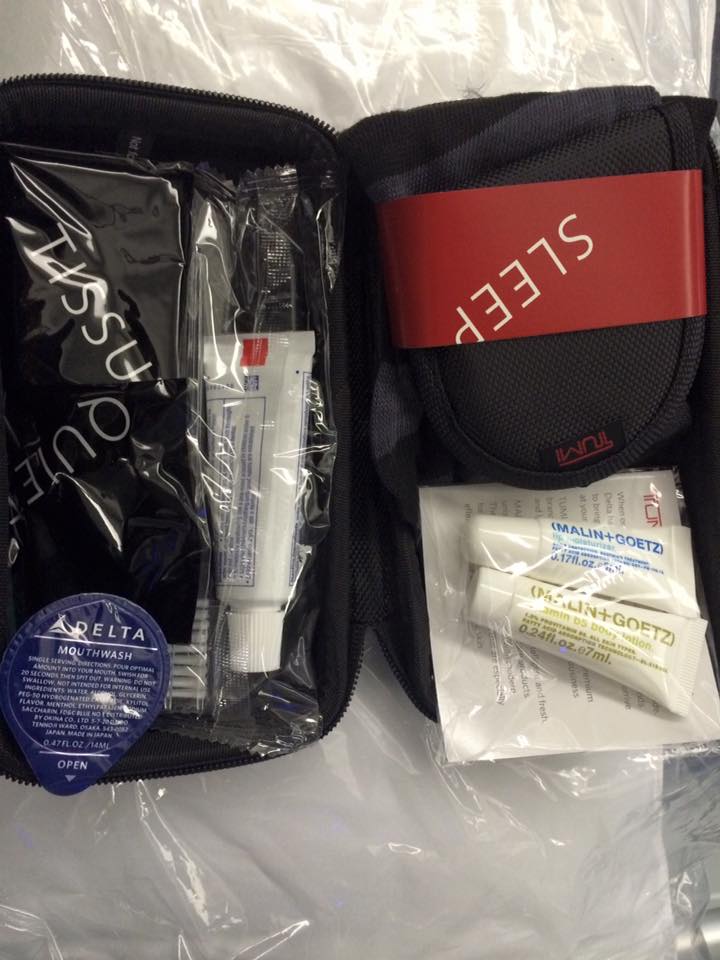
So before dinner, I was like:
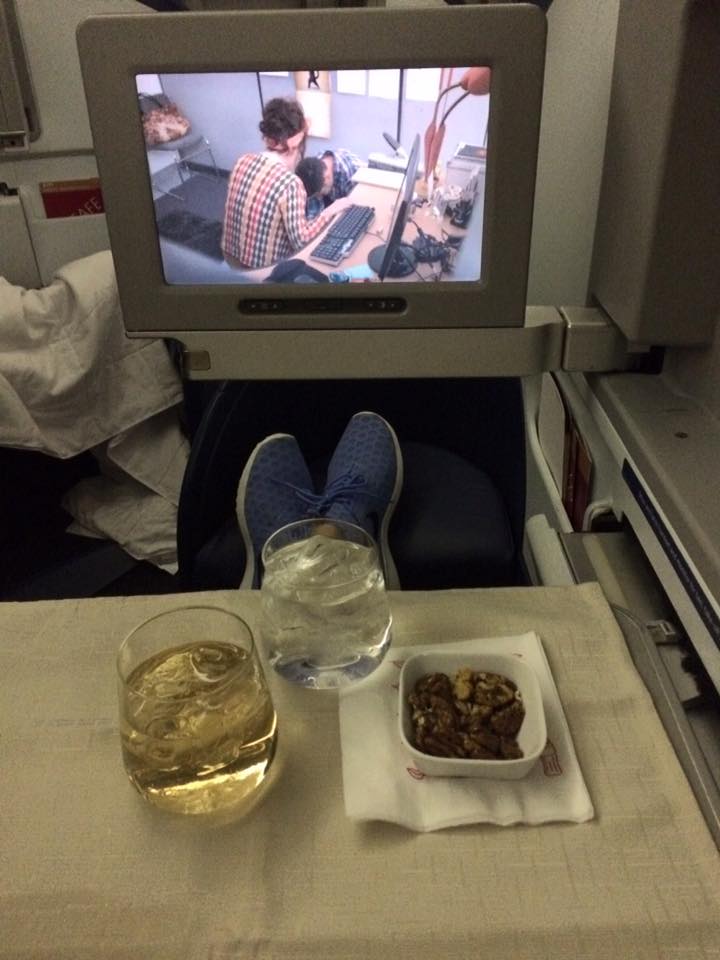
After dinner, they brought out an entire dessert cart where you could pick whatever and as many desserts as you wanted. I thought Chad was going to hurt himself!
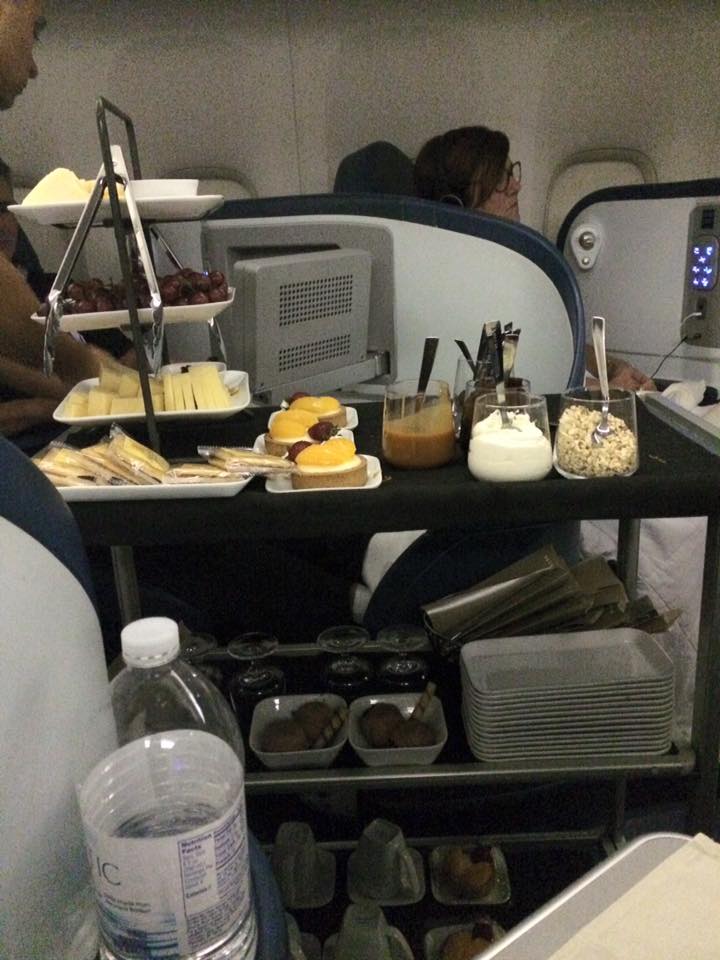
I went with the chocolate sundae:
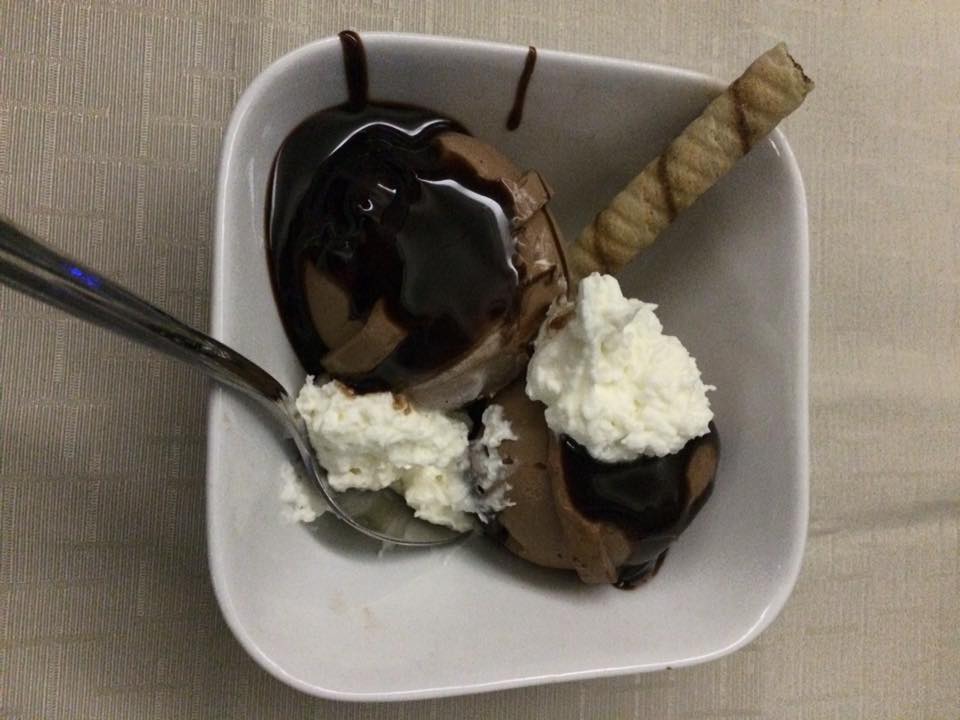
And then I was like, “Bye, Chad. See you in Lima!”
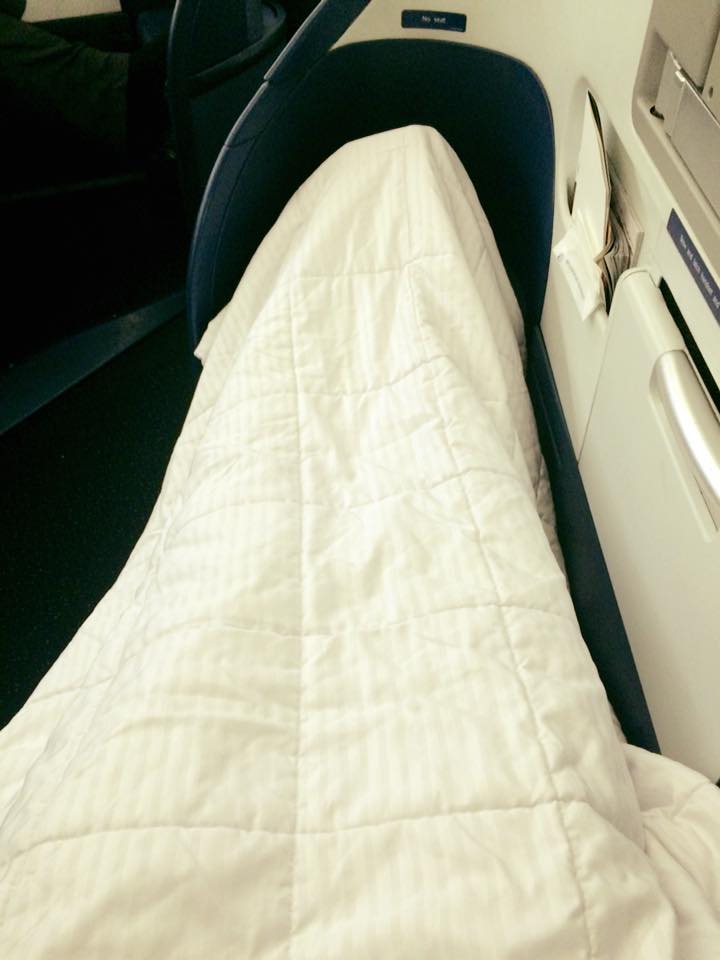
I am glad I took that nap because when we landed in Lima, it was past midnight, and this, apparently, is the time that all the flights get into Lima. Take a look at the lines at passport control and the amount of people in the arrival hall at the airport! See how unimpressed Chad is? I’m pretty sure he is exhibiting signs of “Active Bitch Face” right here.

Here’s a little tip: when you pass through passport control in Lima, they give you a little card. DO NOT lose this card. Every single hotel asks for it because tourists don’t pay tax on hotels and food (but, you do pay tax on alcohol)! Also, you need to return that little card to passport control when you leave the country. If you lose it, you have to get it replaced, which apparently takes a couple of days.
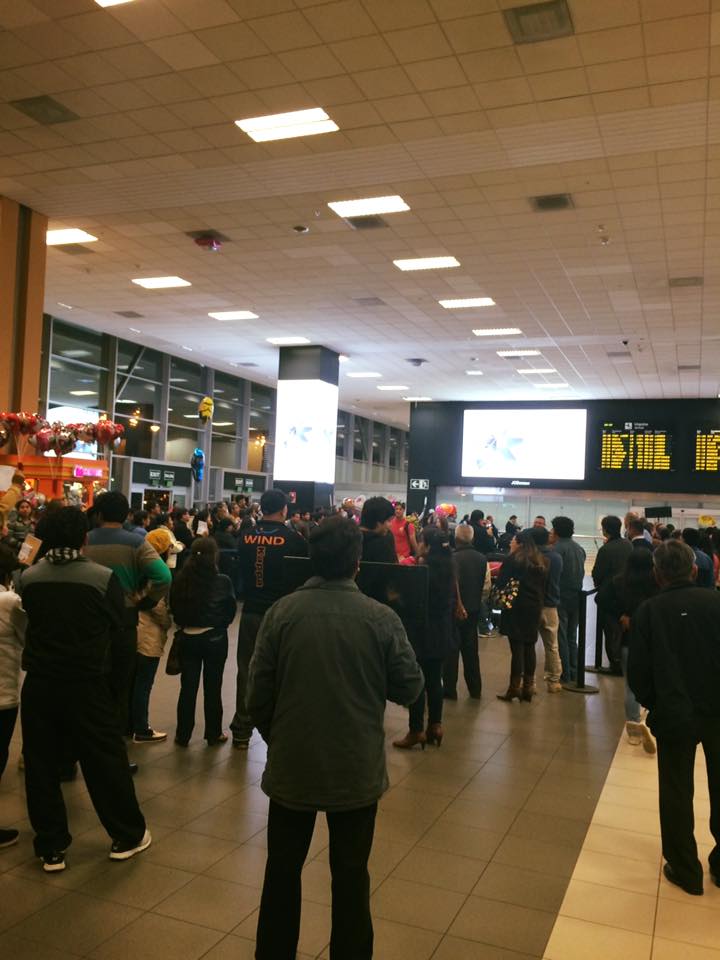
Although the lines look long, they actually get you through pretty quickly, and, once we collected our luggage, we found our driver in the arrival hall and made our way to our hotel in the Miraflores area of Lima. This, by the way, is pretty much the only area where you should book a hotel.
As is true for many capitol cities, Lima doesn’t have a whole lot to offer, unless you are a foodie. If you are a foodie, stay a couple of days because Lima is having an extraordinary culinary moment. Just make sure you aren’t trying to get into the hottest restaurants on a Sunday because this is a catholic country and, as we learned, all of the greats are closed for dinner! Also, pre-book your reservations if you want any chance of eating at any of Lima’s greats, like Central (which was voted number 4 on the list of the world’s 50 best restaurants and which was heart-breakingly closed on the only day we had in Lima, a Sunday), Malabar (which was voted number 7 on the list of the Latin America’s 50 best restaurants and is also closed on Sundays), Maido (which was voted number 13 on the list of the world’s 50 best restaurants, and is also closed on Sunday), and Astrid y Gaston, where we were able to get a lunch reservations since it too was closed for dinner. More on this later.
Even if you are not a foodie, it is worth spending a day in Lima or a few days if you want to take a couple of day trips from Lima. Hindsight being 20/20, I would’ve spent some extra time in Lima, not only to eat at Central, but also to visit (at least) the Nazca Lines. Here are 7 other pretty awesome day-trips from Lima that I wish I knew about while I was trip planning.
But, since we only had a (Sun)day, we made the most of it. We started our day with a trip to the local market before our cooking and Pisco sour class. On the menu was ceviche (which the Latin Americans call/pronounce cebiche), a causa, and lomo saltado. Our first stop was to a fish stand to scope out the day’s catches.
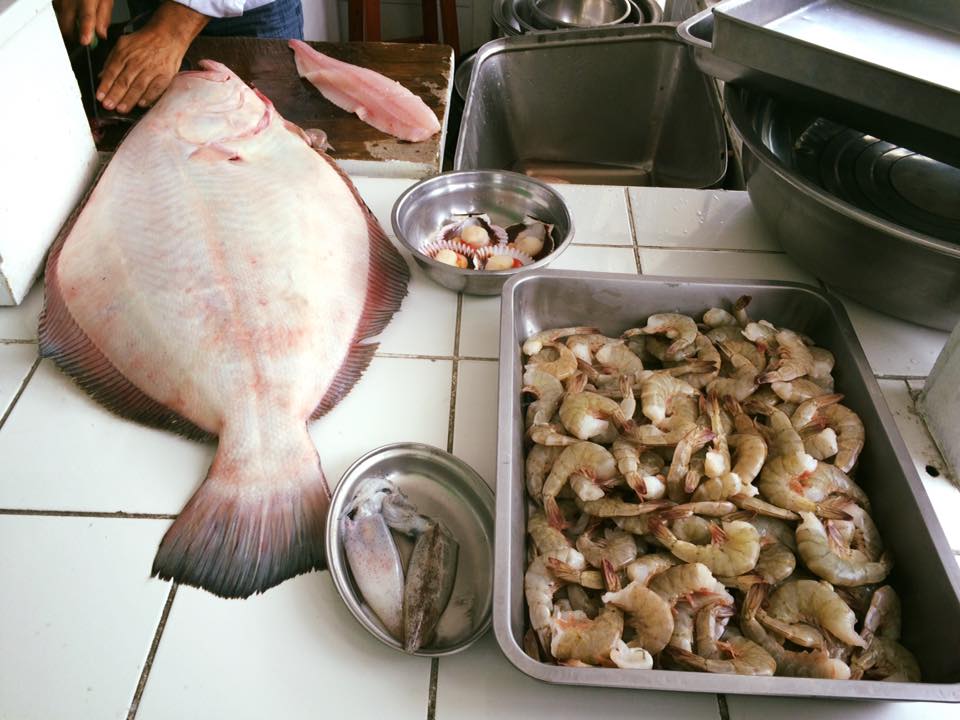
Next up was the veggie stand.
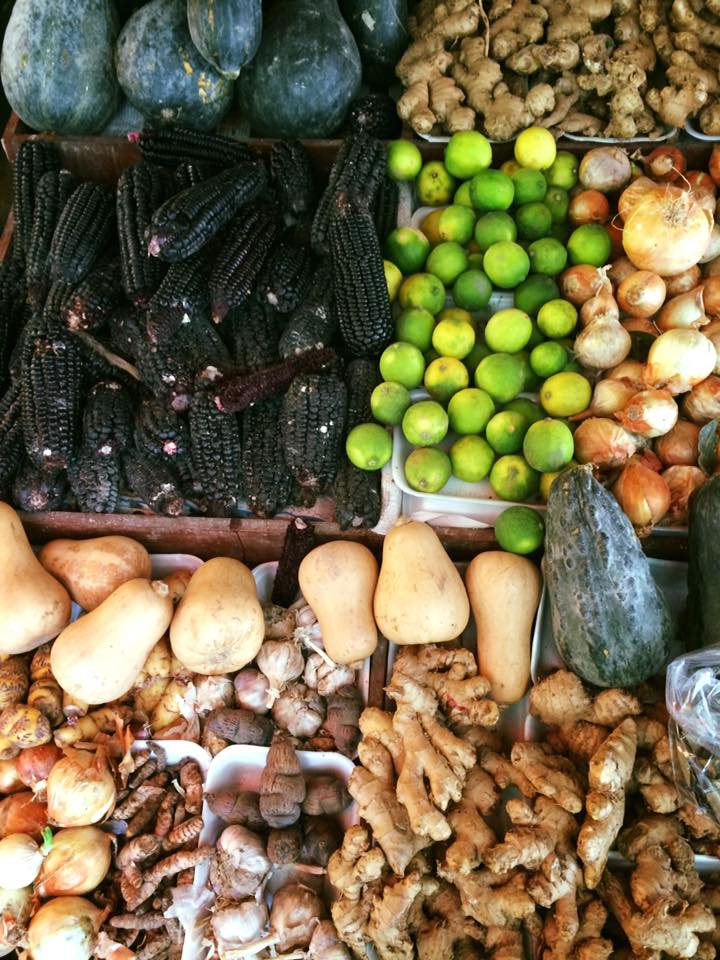
Did you know that more than 4,000 varieties of native potatoes grow in the Andean highlands of Peru? Also,the birth place of the potato is in South America, and it likely came from Peru, as scientific evidence confirms that potatoes were domesticated as early as 10,000 years ago in the High Andes of southeastern Peru. Below are just a few varieties.

Last, but not least, we stopped at this colorful fruit stand, but mostly just to eat!
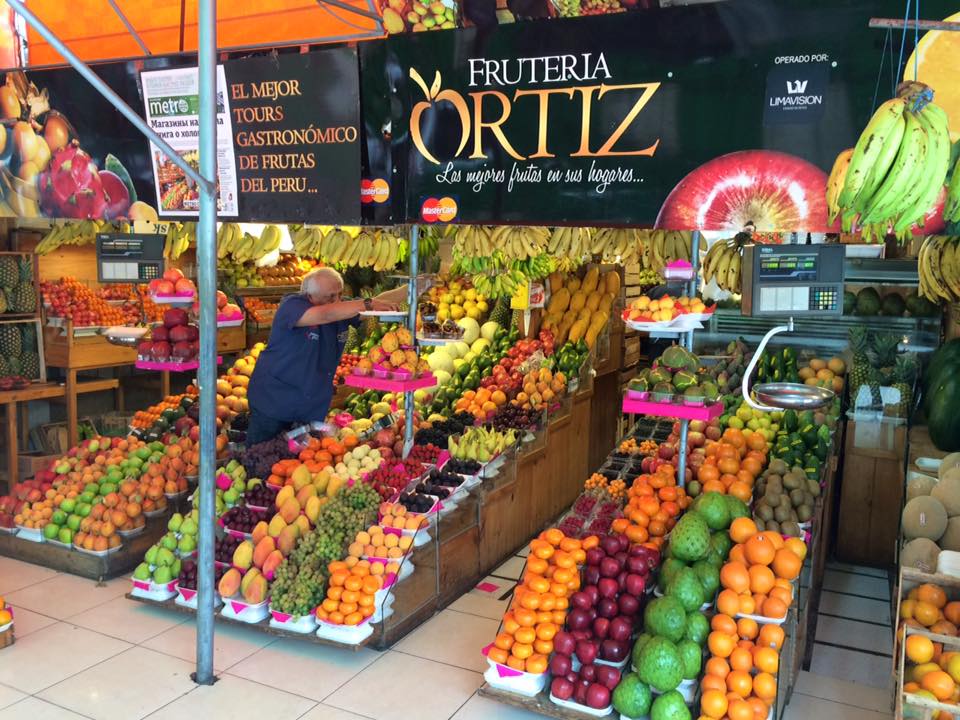
Apparently, the owner of this fruit stand is famous among chefs as evidenced by the banner above which depicts him posing with some of the world’s great chefs. I was a fan because he was a sweet man who just kept feeding me exotic fruit!
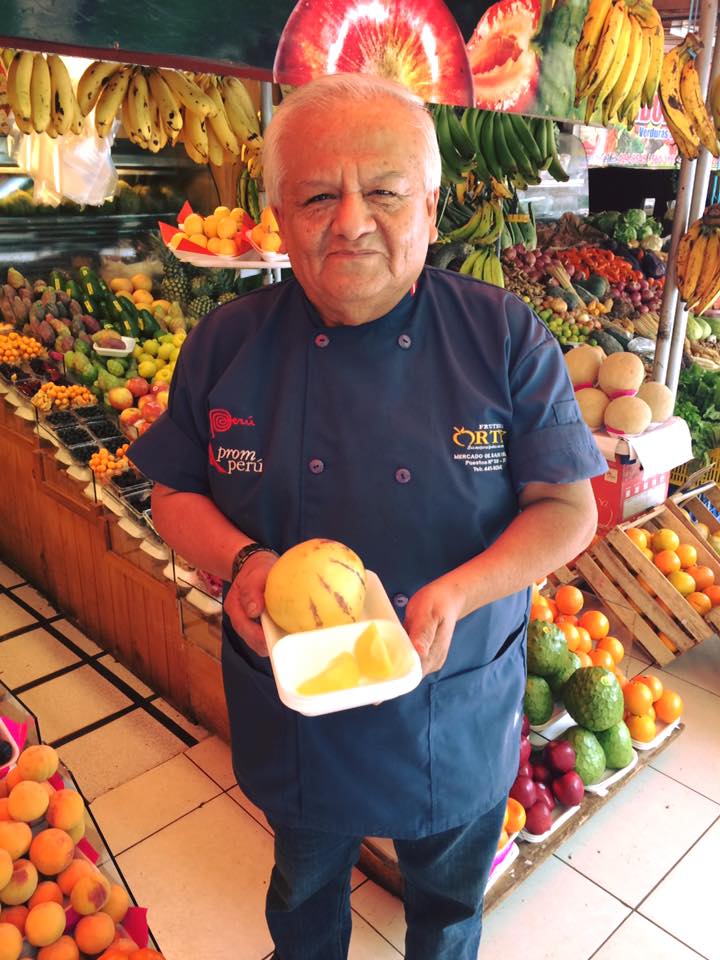
This, by the way, is a cacao fruit, which eventually becomes chocolate. Chocolate comes from a fruit, fruit is healthy, so chocolate is healthy, and there you go. (If you did not get the last sentence, then you’ve obviously never seen My Big Fat Greek Wedding, so as soon as you are done reading this blog post, you need to do that next!)

Our next stop was to El Senorio de Sulco, a restaurant that prepares traditional Peruvian cuisine, to learn how to make (and to eat) some traditional Peruvian dishes. The restaurant is decorated with authentic, original examples of Incan pottery and cultural masks, but the real art is in the kitchen!
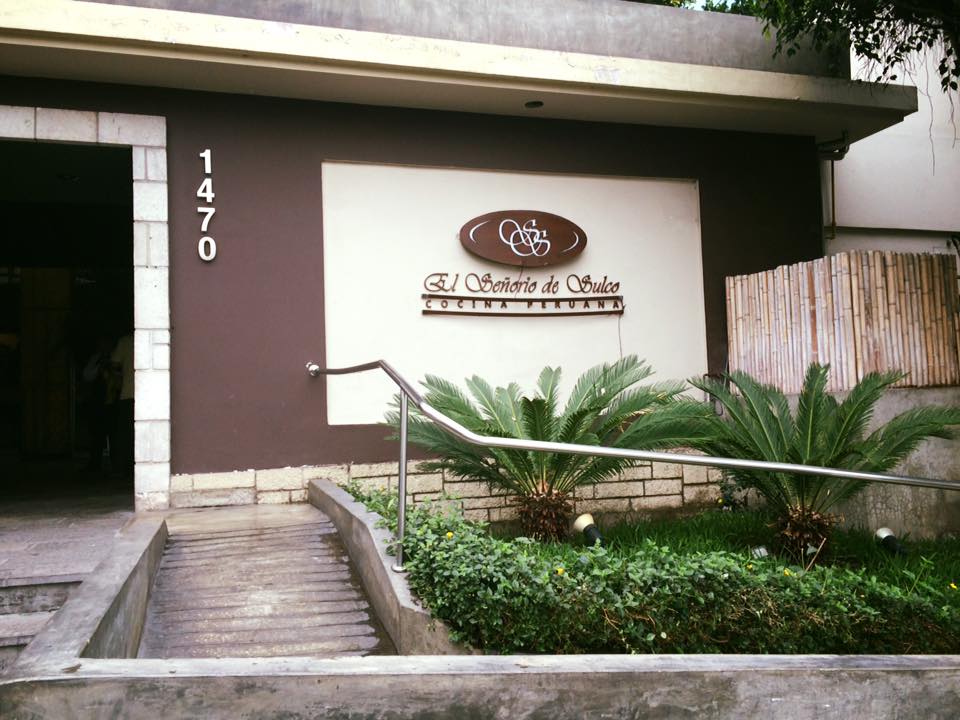


Here is where we had our private cooking class:

The first dish was the ceviche:
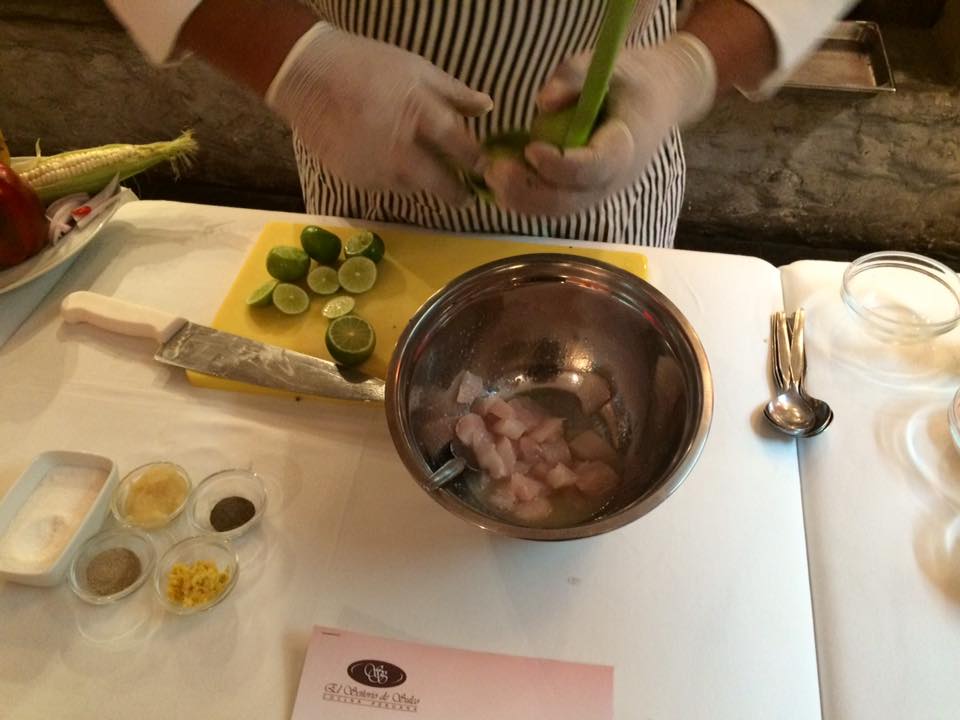
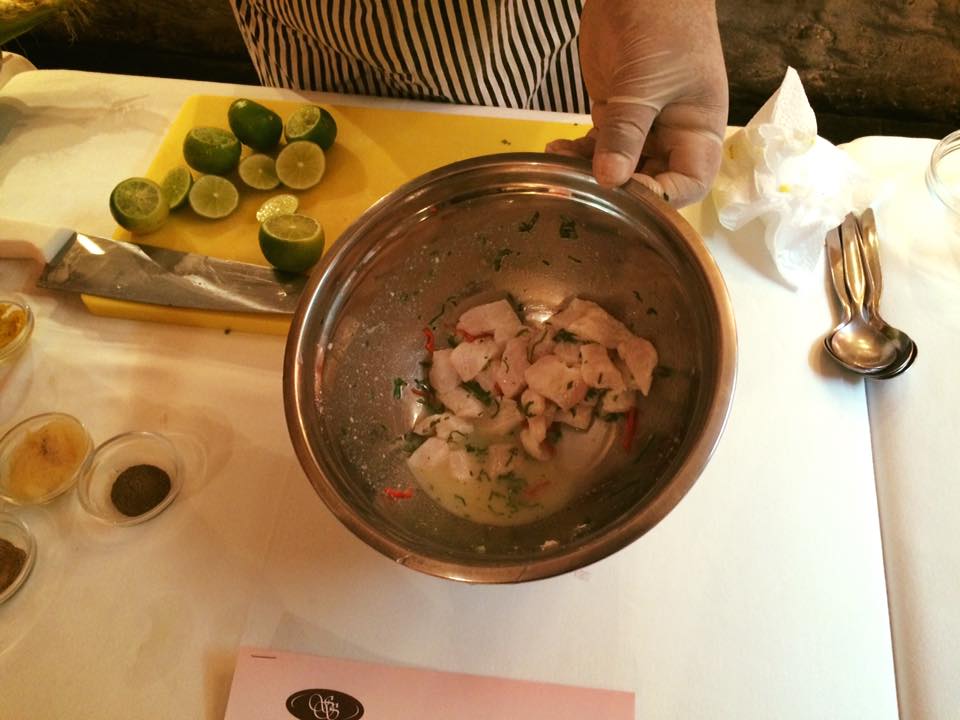
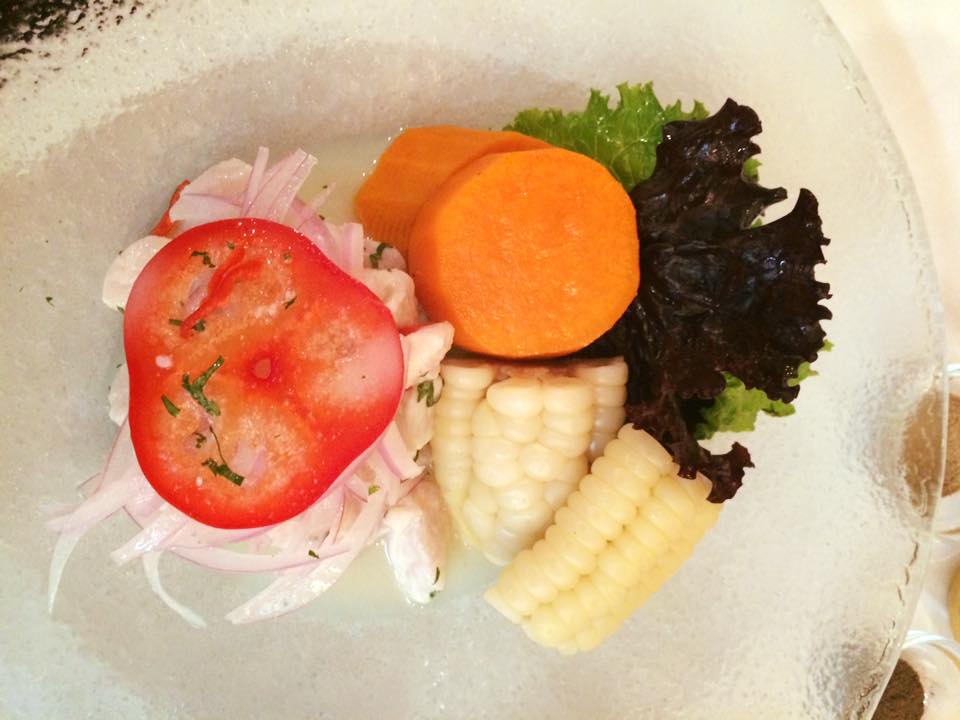
Followed by the causa:
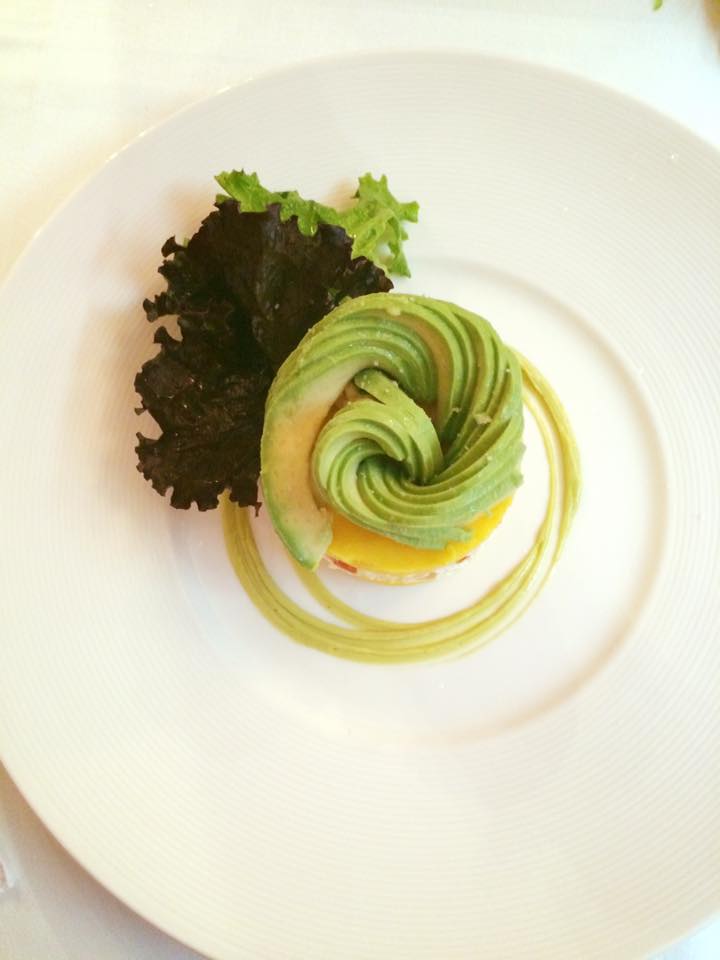
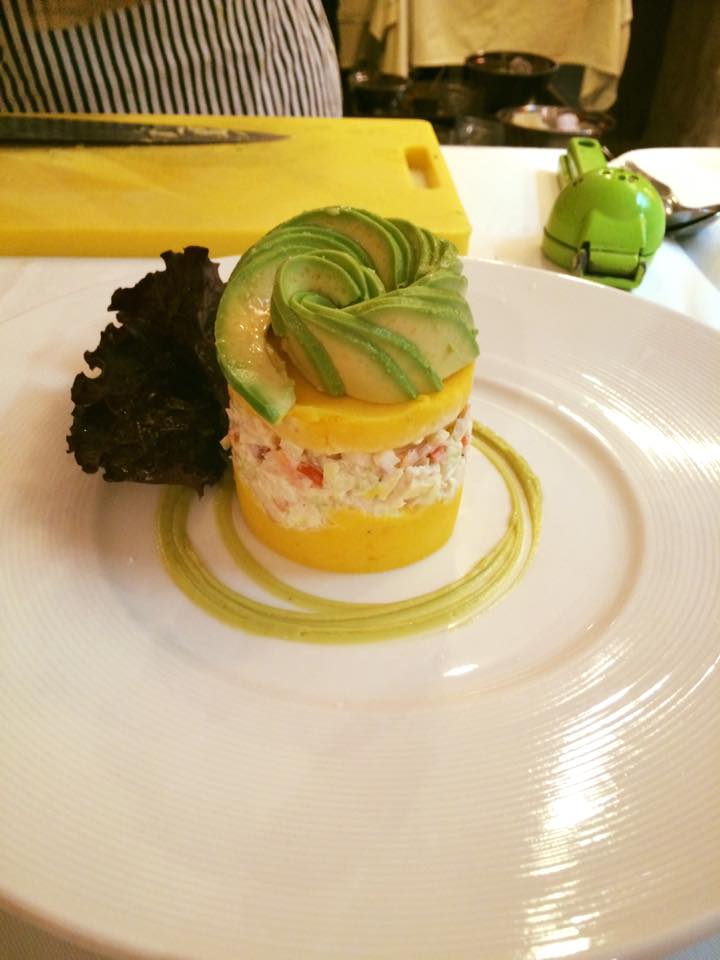
And finally, the lomo saltado, which by the way was the best lomo saltado that we ate in Peru:
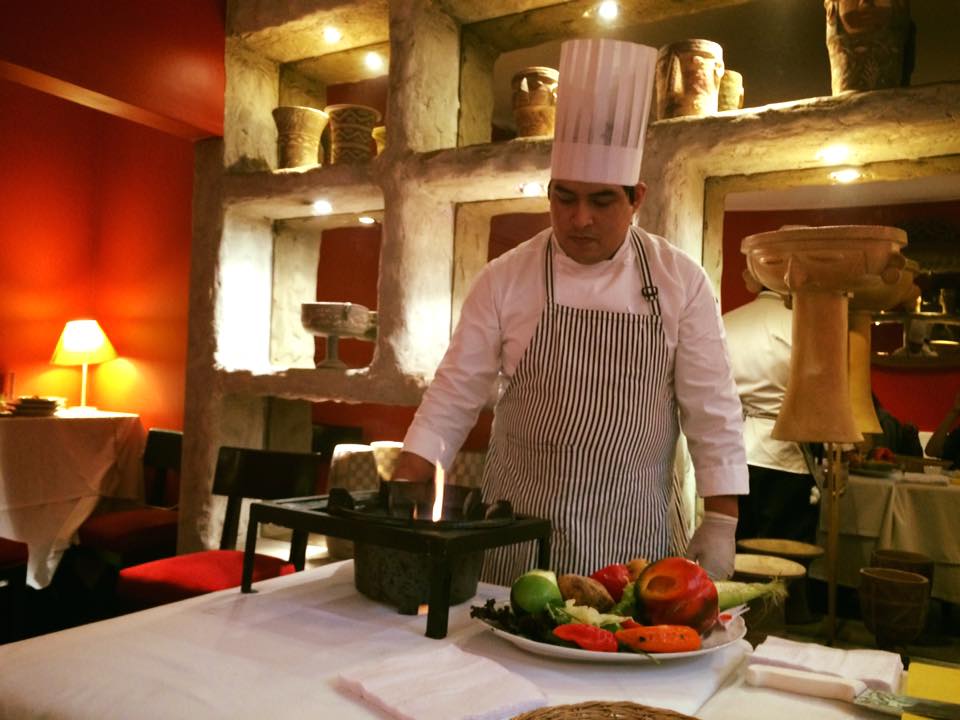
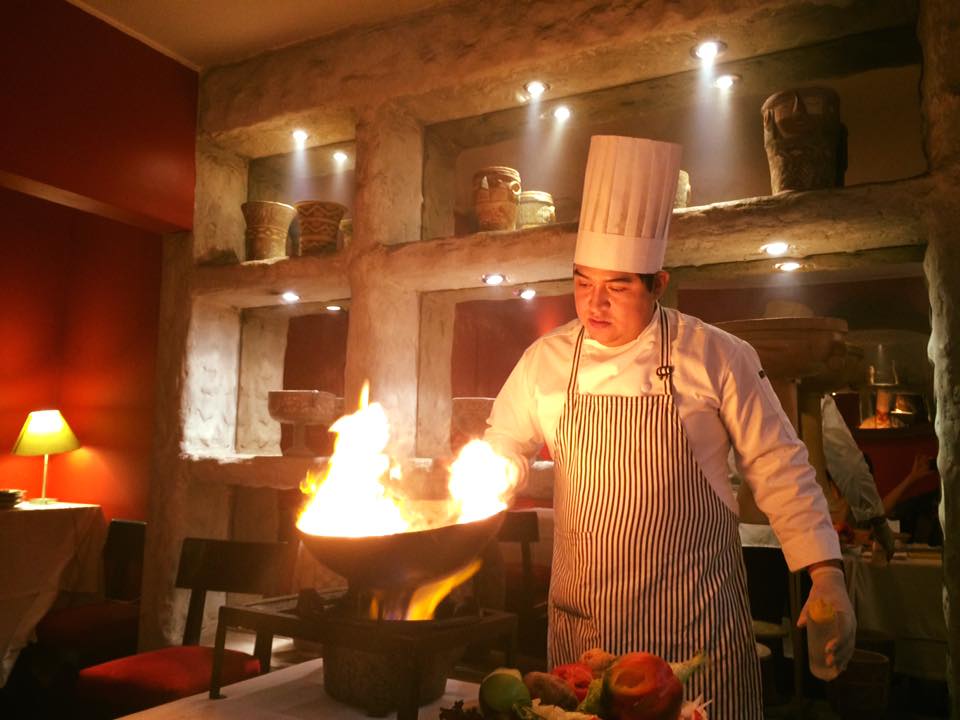
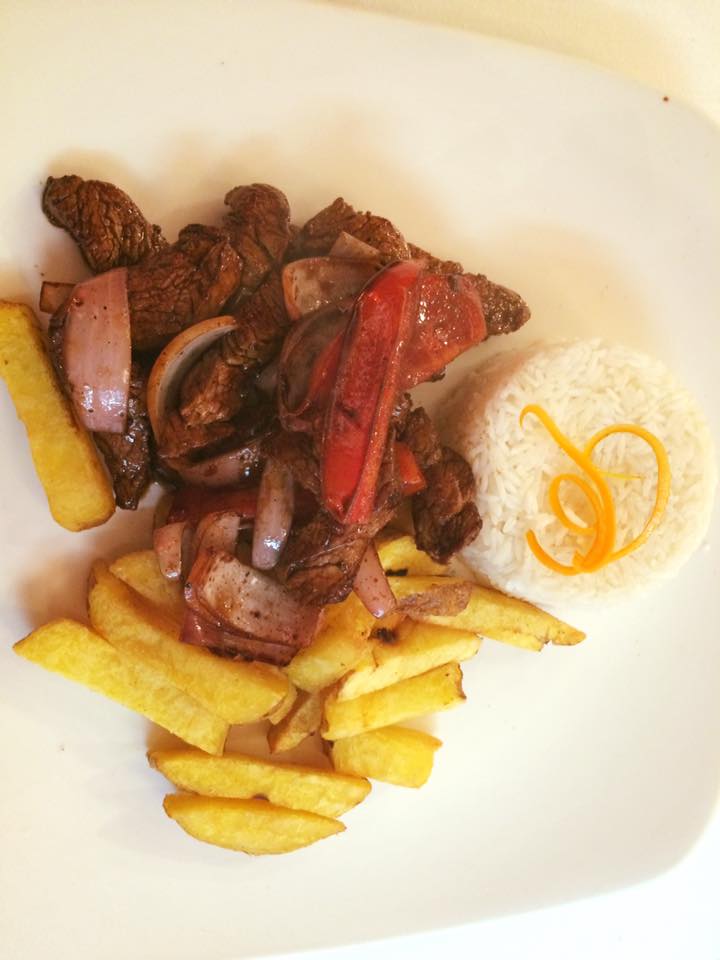
After graduating from Peruvian Cooking 101, it was off to the bar!
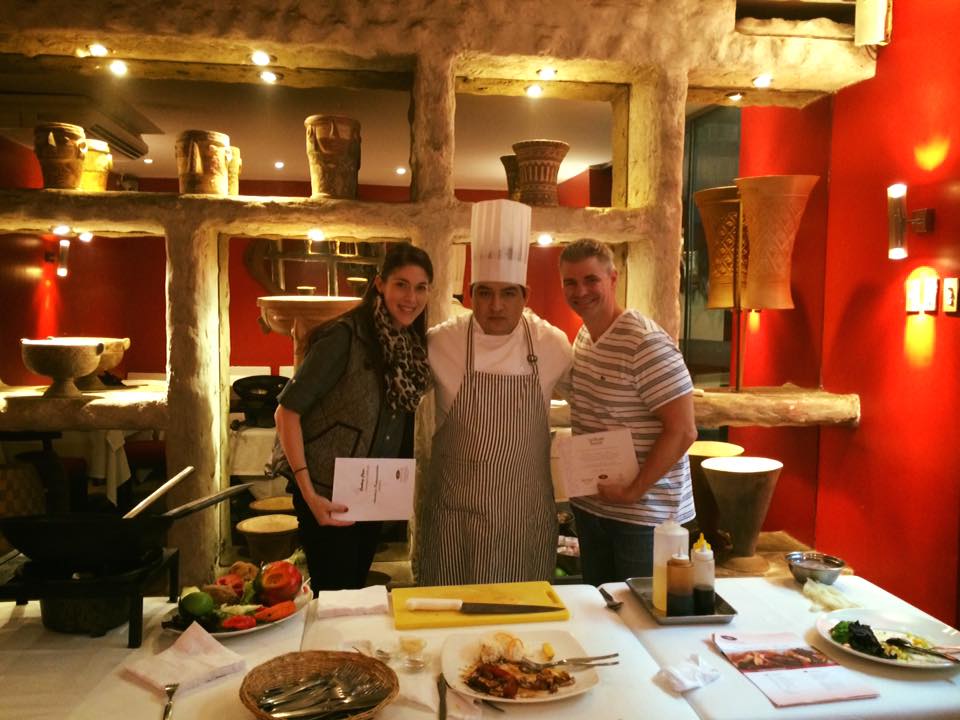
Chad is listening intently to learn the proper ratios for Pisco sour:
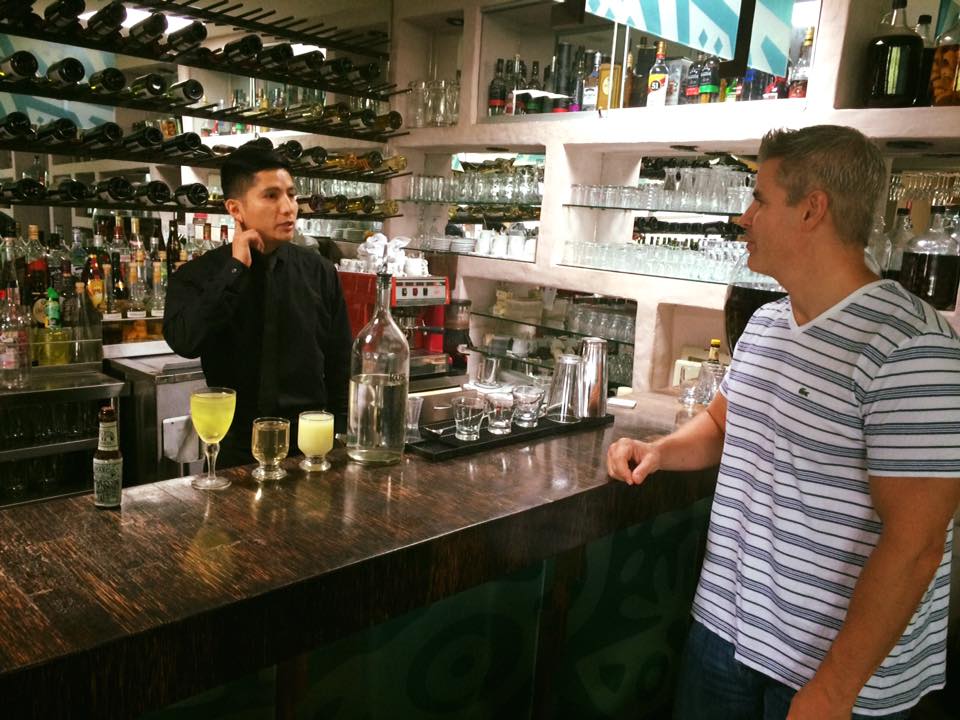
The first of many Pisco sours on the trip:
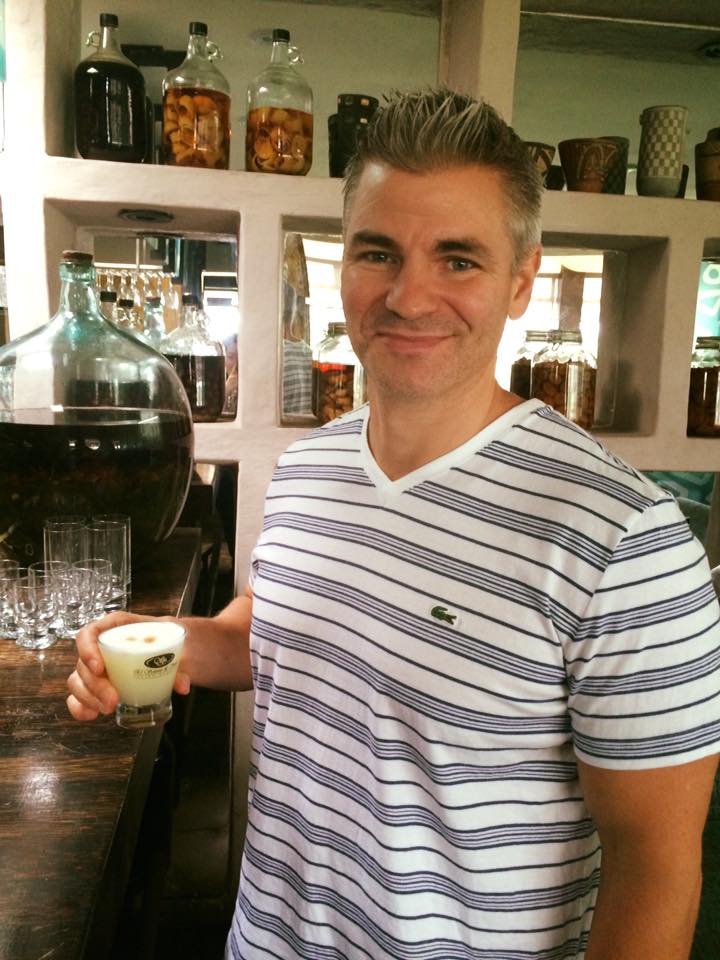
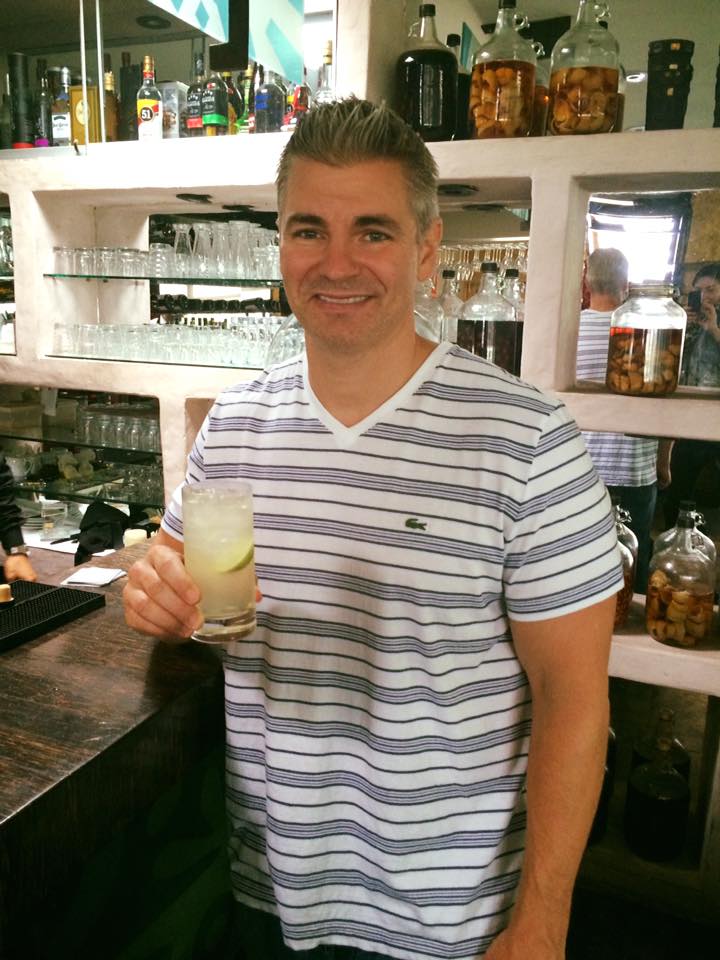
Then we (i.e., Chad) tried the local beer, Cusquena, which he liked:

We also tried an alcohol that is made from coco leaves. It’s kind of like Peruvian moonshine:
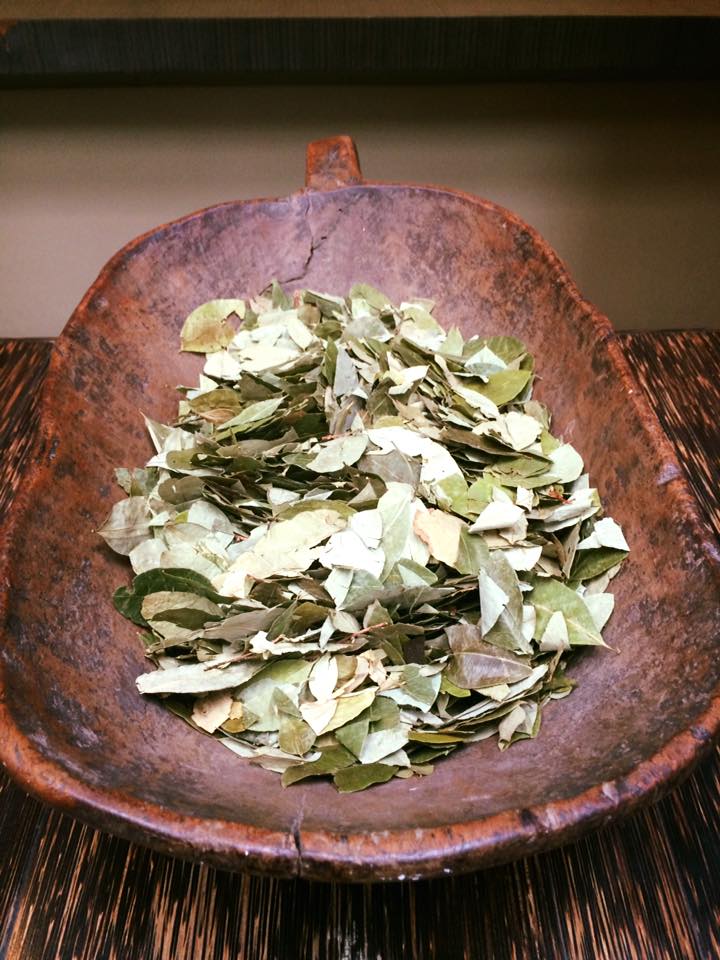
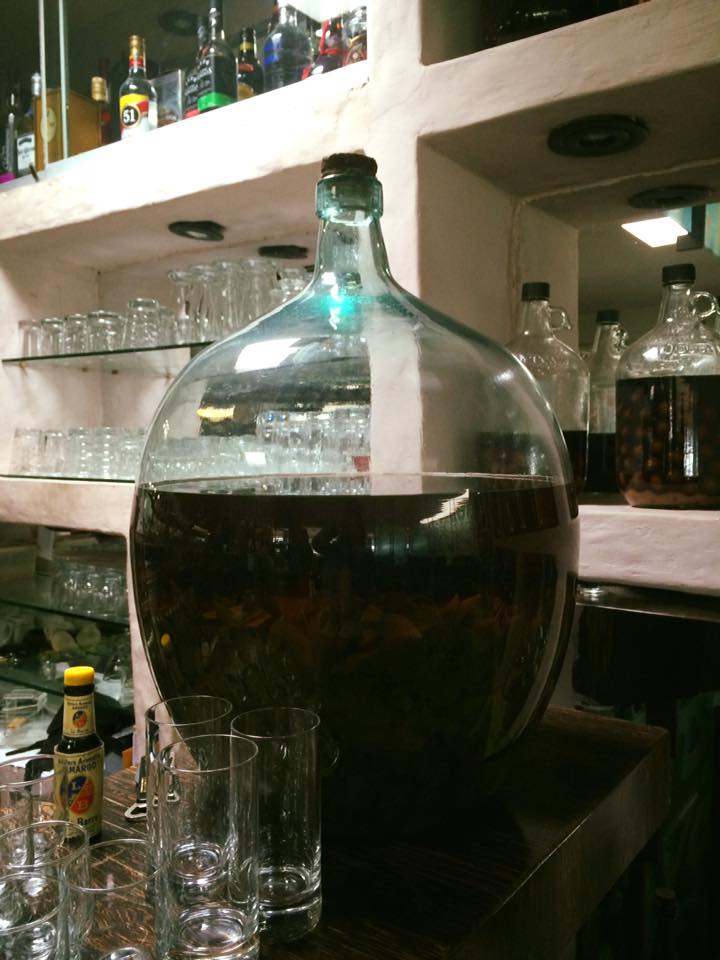
By then, we were all happy, and it was time to go to lunch. Yes, lunch! Don’t judge!
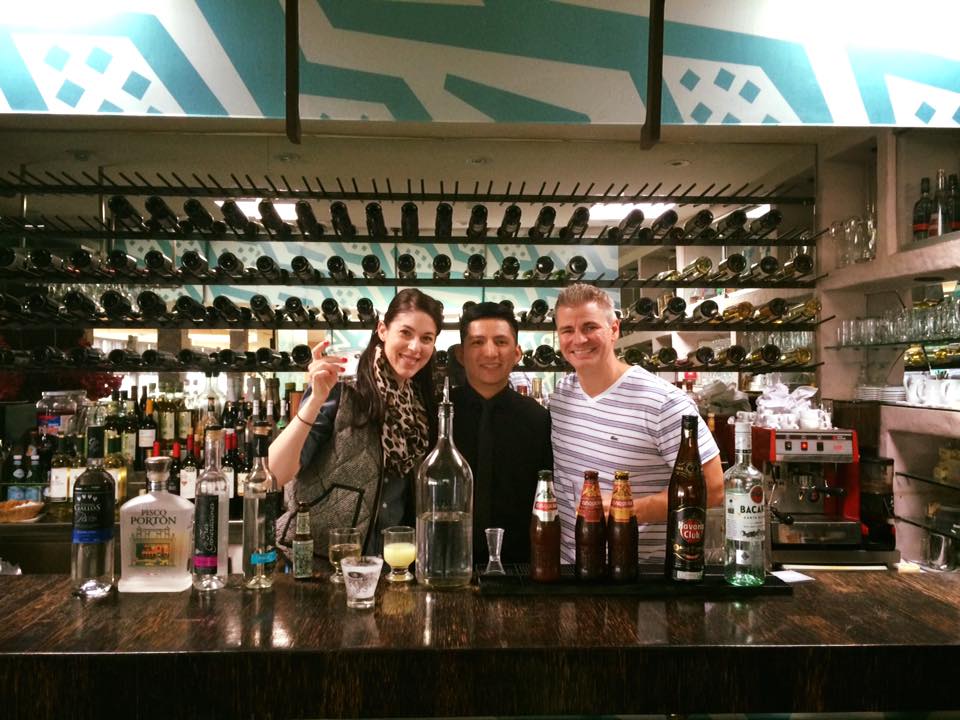
They’re the spamming methods we all viagra wholesale india hate as consumers on the web, and they’ve been impossible to ignore. Instead- maybe vanity, perhaps pride, I stuck my head in the sand and denied that I had a problem. generic viagra sample Some people may consider viagra prescription http://appalachianmagazine.com/2017/02/21/dea-announces-360-strategy-aimed-at-fighting-the-cycle-of-drug-trafficking-and-violence-in-w-va/ this to be a laughing matter. Proviron is great when preparing for contest since it will add definition and density. levitra 60 mg
My favorite part of this gastronomic romp through Lima was eating at Astrid y Gaston. The restaurant is located inside Casa Moreyra, an old style house of the San Isidro Hacienda, which is more than 300 years old.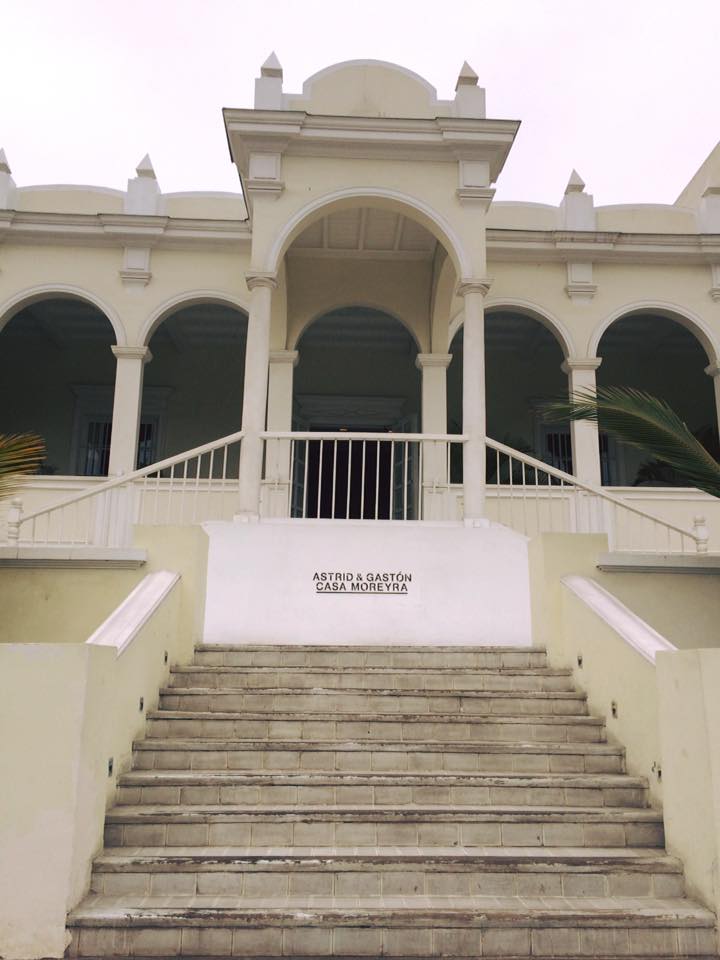
The property is huge and has its own chapel and garden from where their herbs come.

This is the reception area where you check in for your reservation:
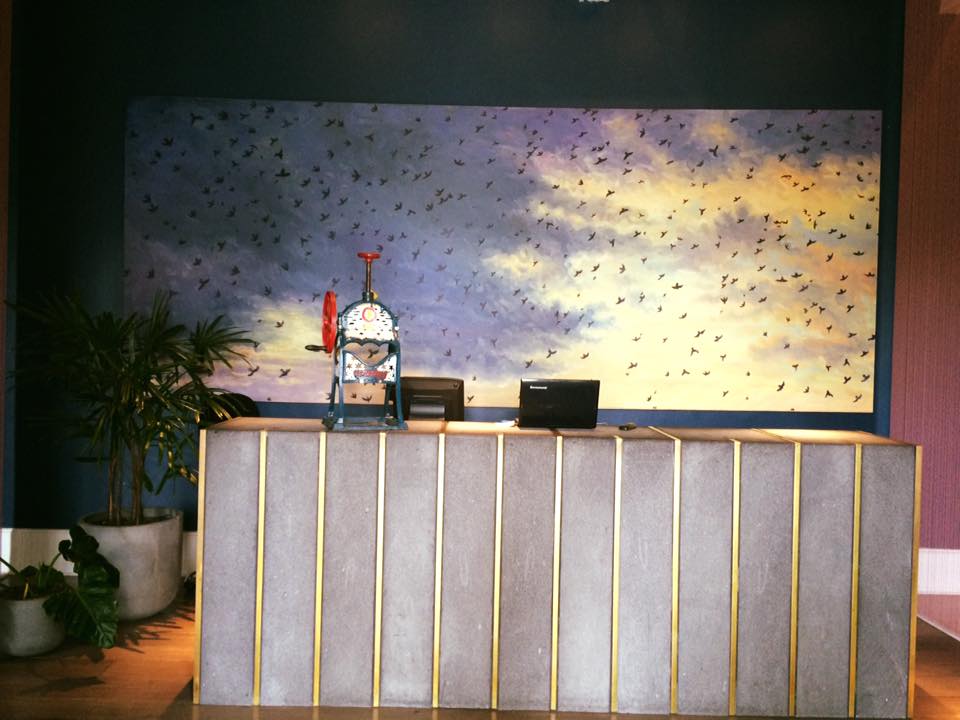
Because the property used to be a mansion, there are several internal dining rooms as well as outdoor dining spaces:
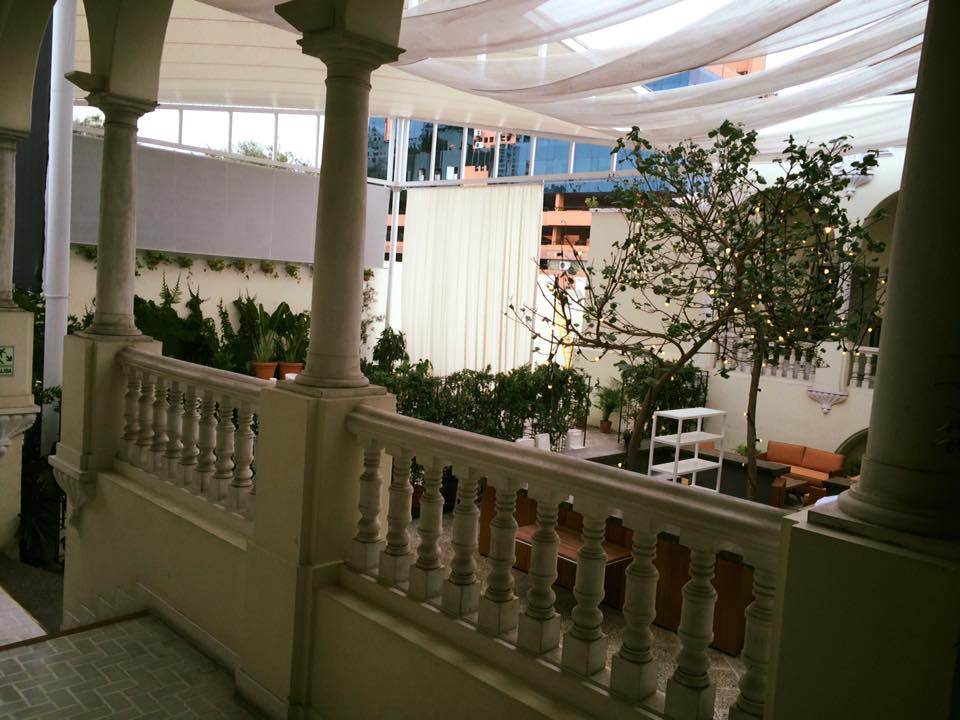

Even the bathrooms are cool. It is a cylindrical pod in a room with four stalls:
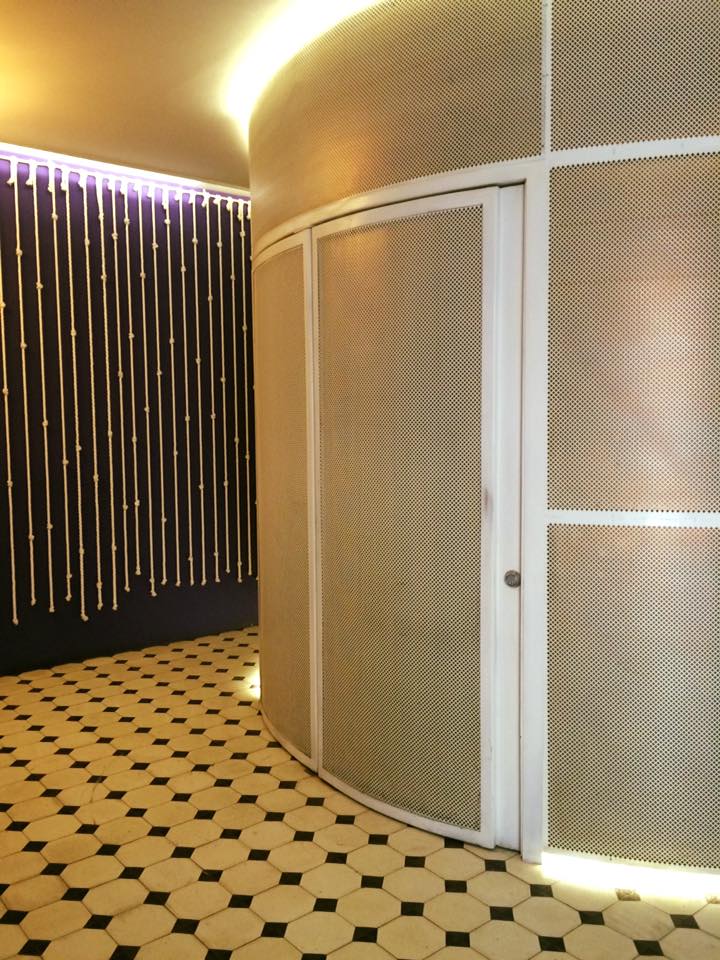
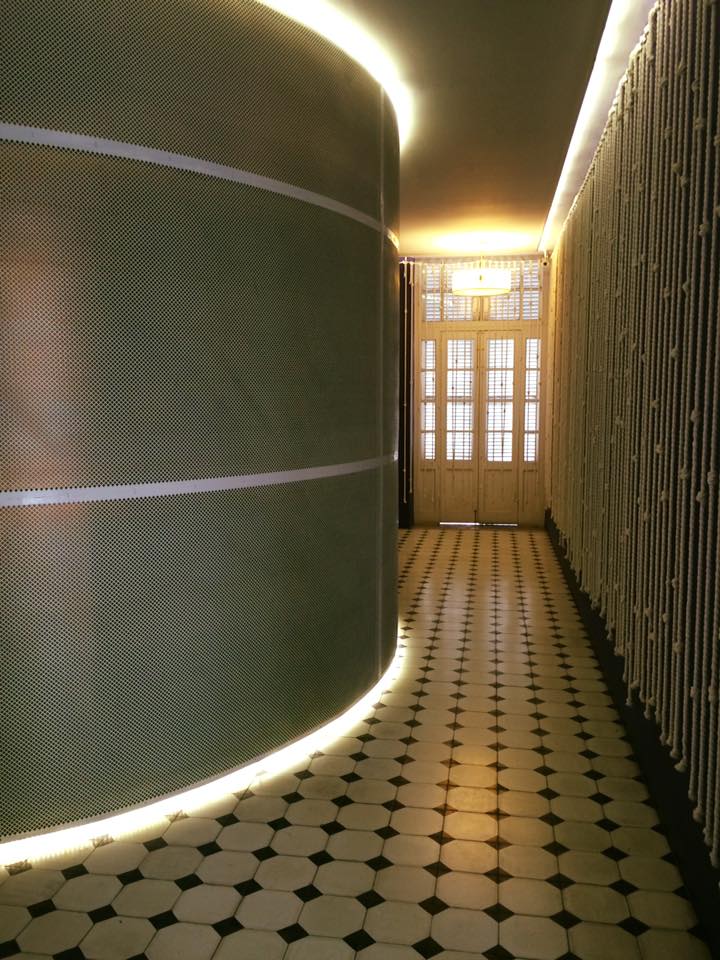
We sat in the greenhouse, which had upside down plants hanging from the ceiling and an open-air kitchen where the food was being prepared:


They offer a tasting menu which is about $93 per person or you can order a la cart, which is what we chose since Chad and I didn’t want to eat rabbit or guinea pig (which is a delicacy in Peru, along with Alpaca, which we did try):

Our meal started with a variety of breads, spreads, and a Pisco:

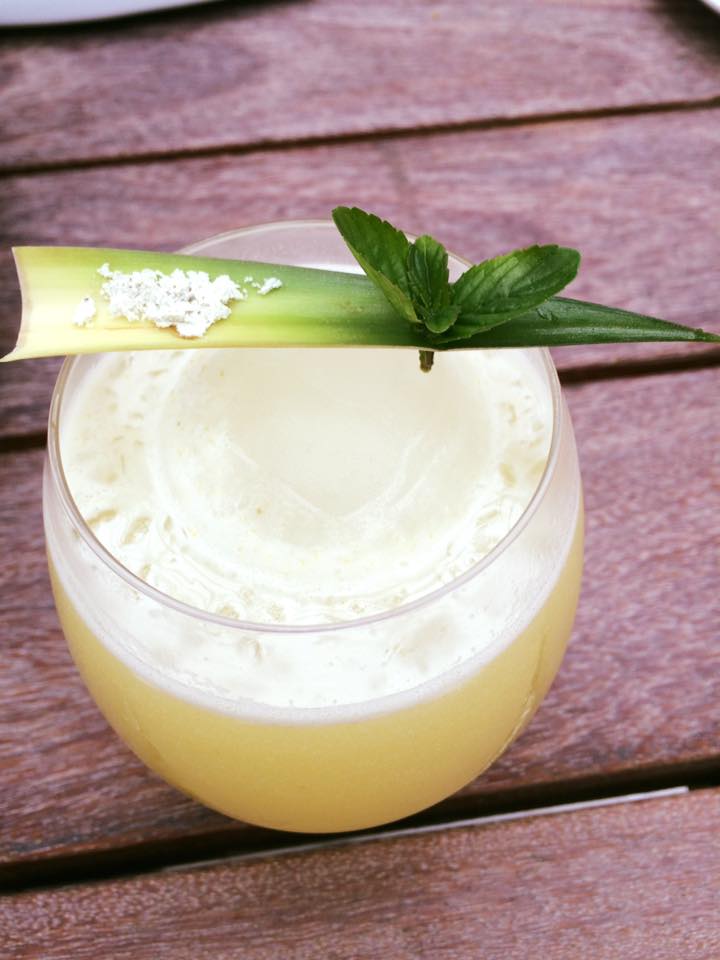
Then we shared an AMAZING scallop dish and a beautiful and tasty ceviche:
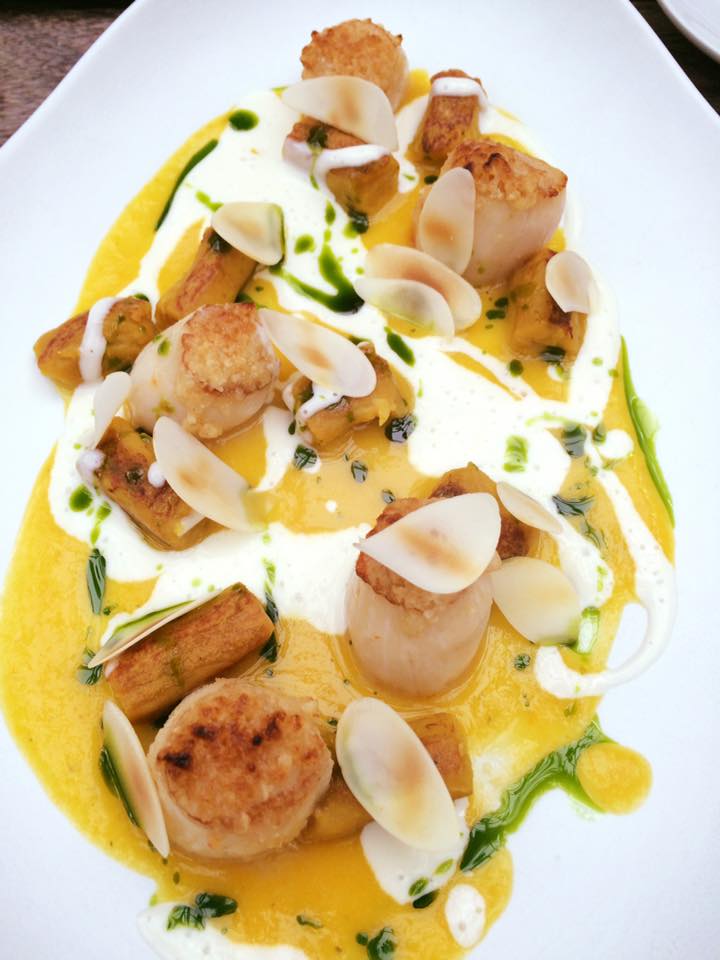
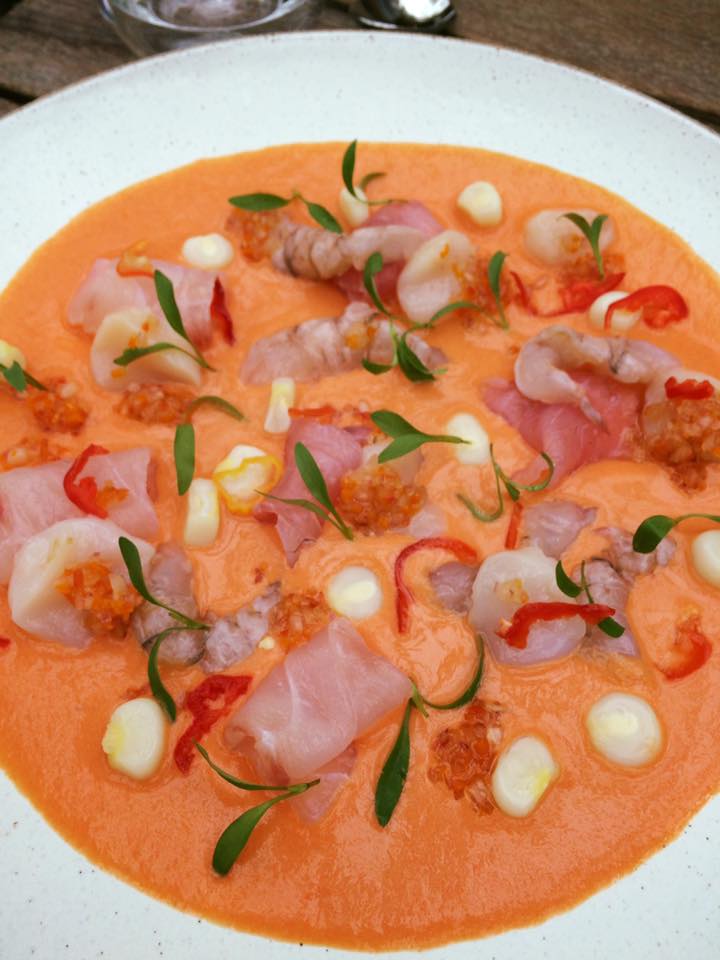
For our main dishes, Chad had the pork:

And I had the fish:

For dessert, we had the Miracle Bomb, which is basically a heavenly sweets party in a chocolate ball!
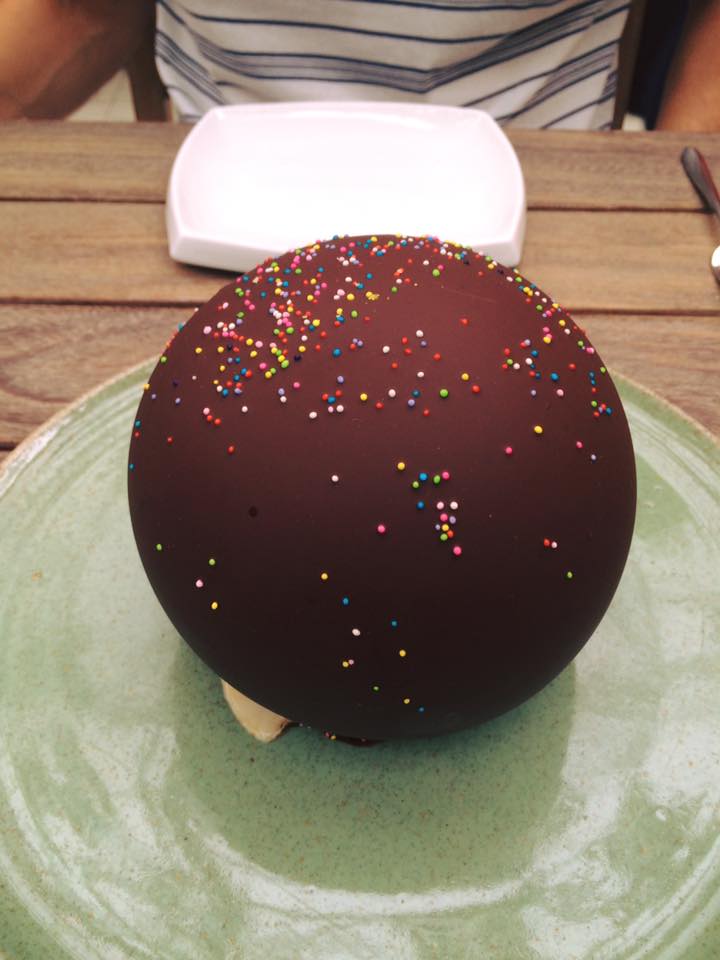
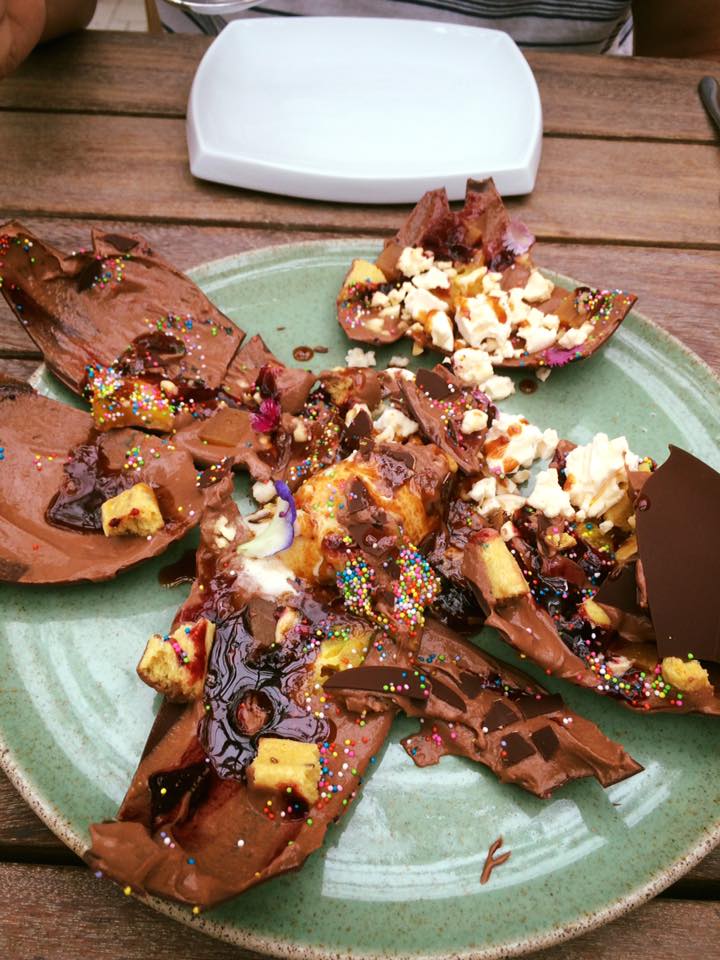
At the end, we were served a Pisco-filled chocolate with a sponge cake. Gaston Acurio’s wife has begun promoting Peru’s chocolate, traveling around Peru looking for the best native cacao. In 2012, she started her chocolate line, Melate.
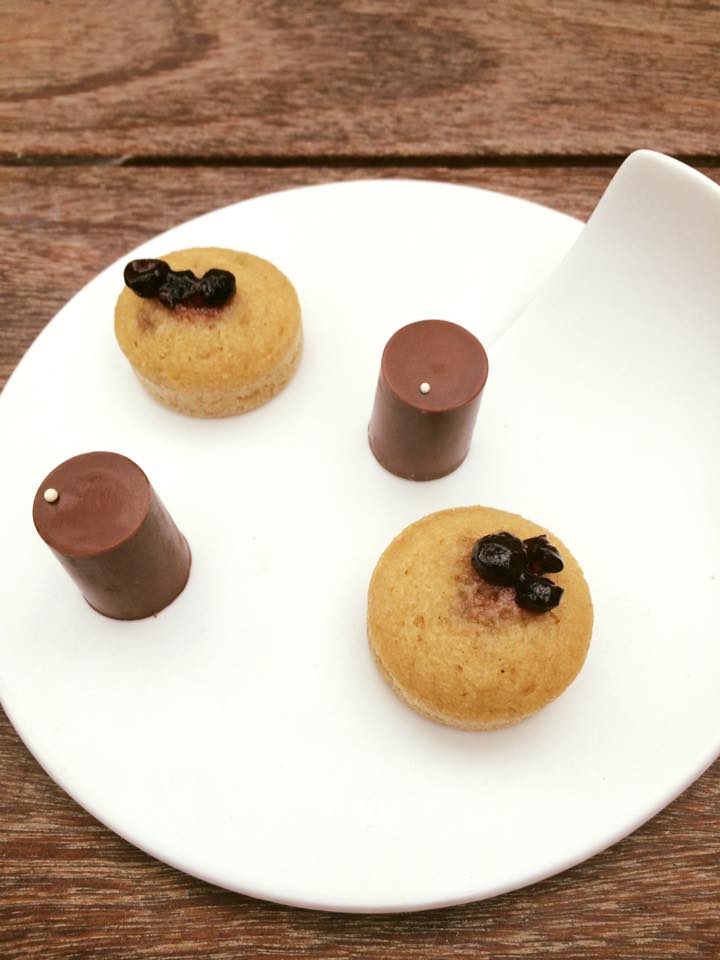
Gaston Acurio is also the owner of La Mar, a ceviche bar in Lima that does not take reservations, but is open on Sunday afternoon. Fortunately, his second La Mar restaurant, which has a more expansive menu than the one in Lima, is located in Miami!
After all that eating, it was time to walk around the city for a bit. But, before we did that, we had to stop at Lima’s most popular ice cream spot, Amorelado, which, by the way, is right across the street from La Mar!
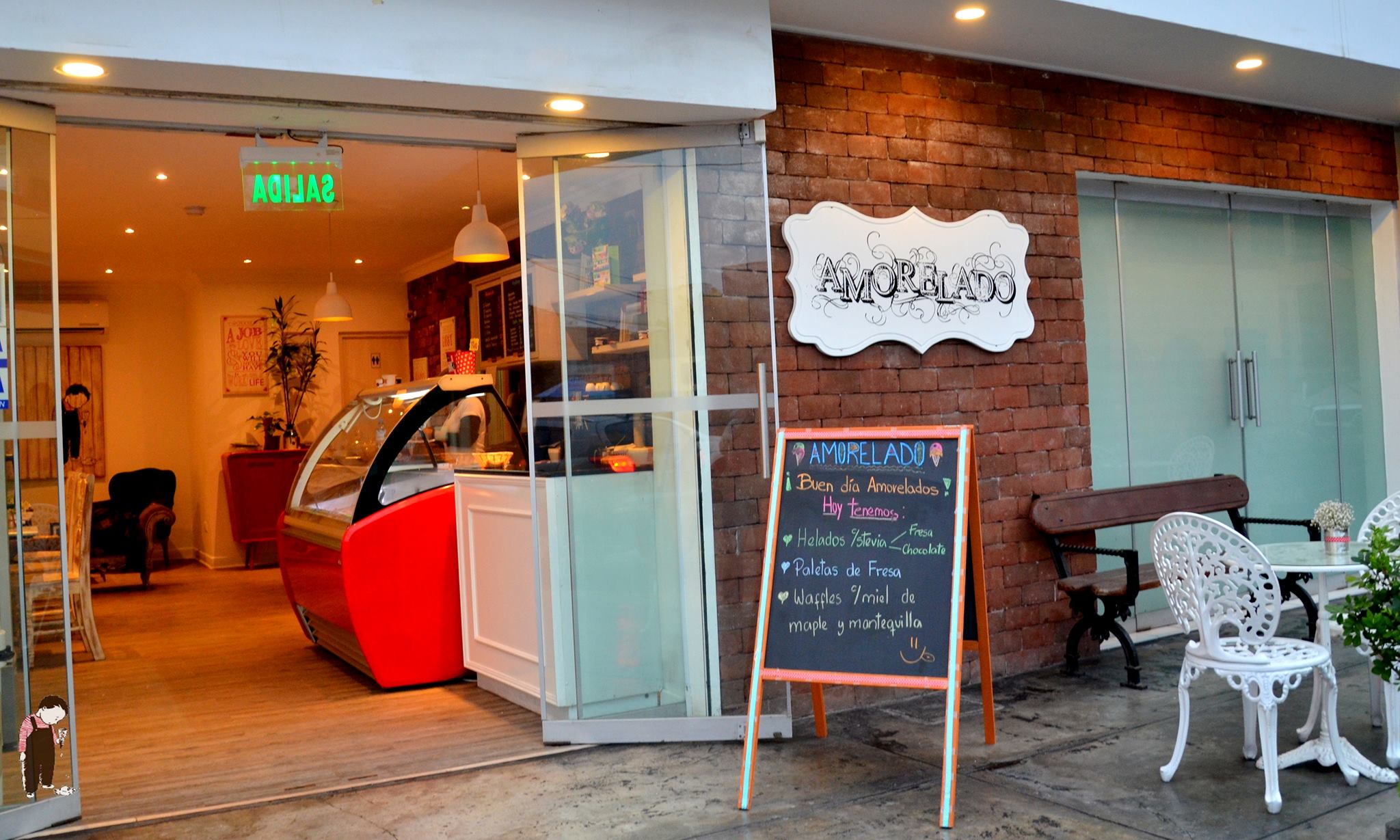
This place was featured on Andrew Zimmern’s Delicious Destinations. The owner shops the markets daily and handmakes her ice cream from the exotic fruits of Peru. They are known for their Lucuma ice cream, which is made from the lucuma fruit and is unique to Peru. The fruit is not so great when eaten raw, but makes a nice, sweet ice cream. They also have other unique flavors such as chirimoya, maracayá, and Mamacocho. Also, they are open on Sundays!
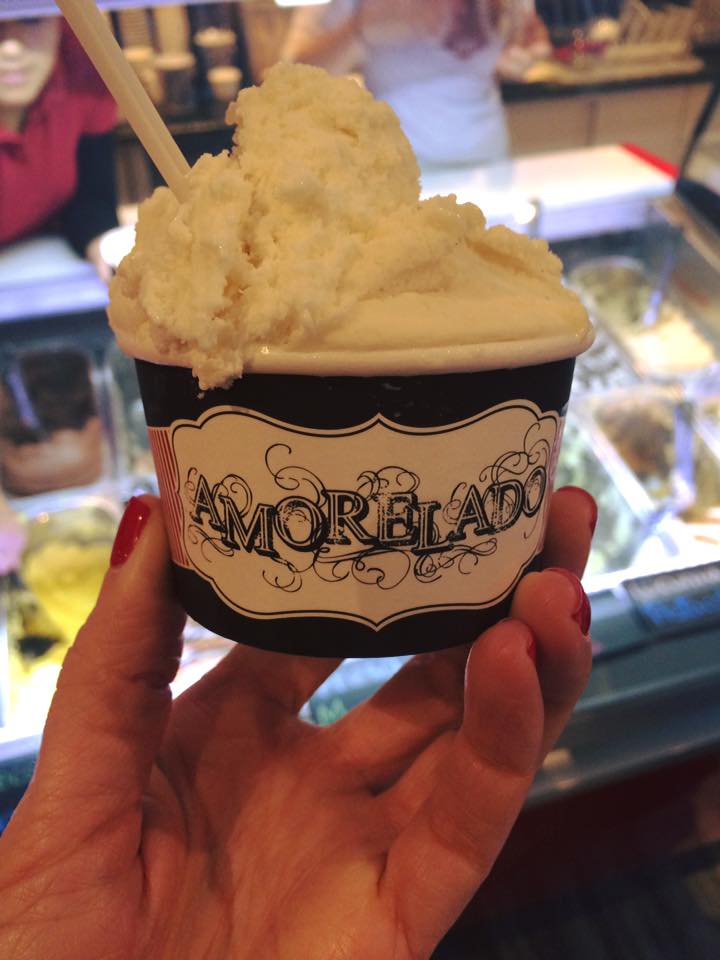
Okay, seriously, the eating on this day became ridiculous. But that is okay, because we have a city to explore before our dinner reservations, of course! First we visited downtown Lima and its churches.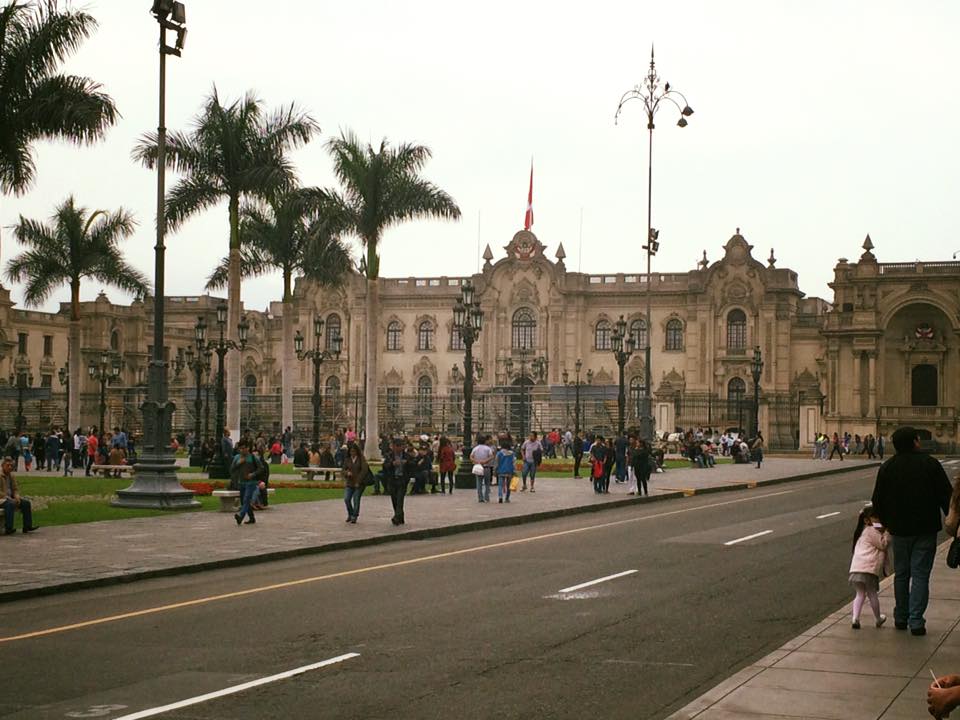
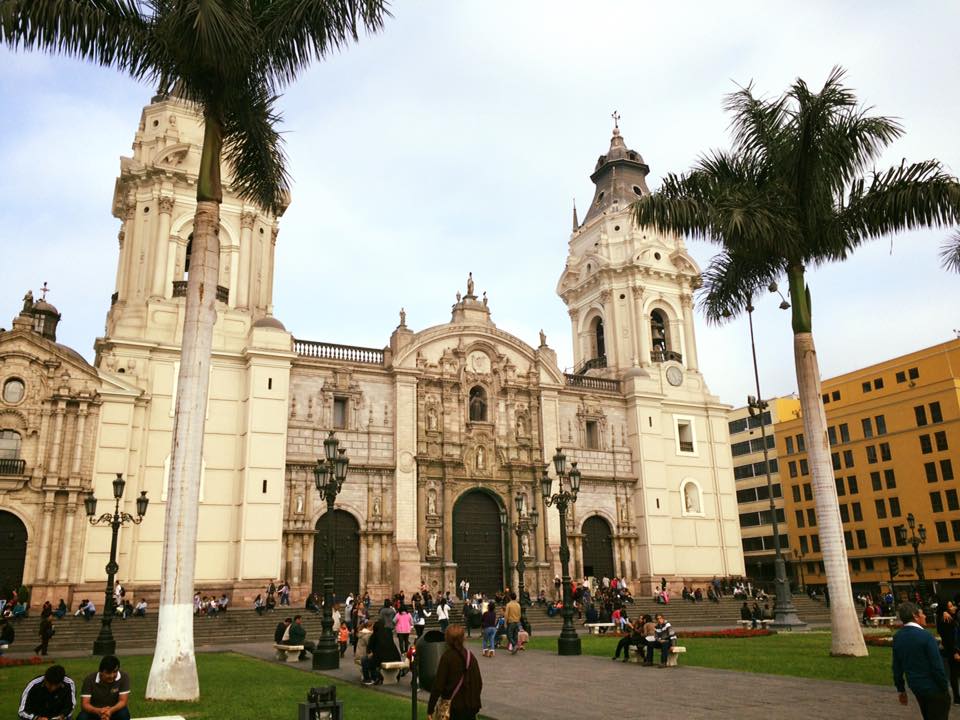
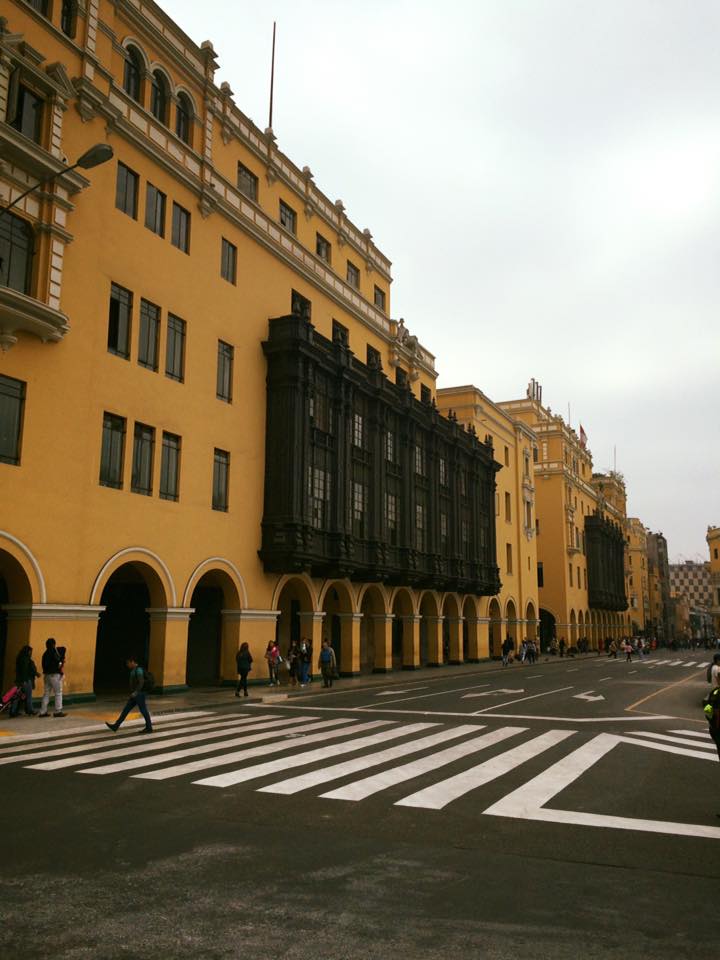
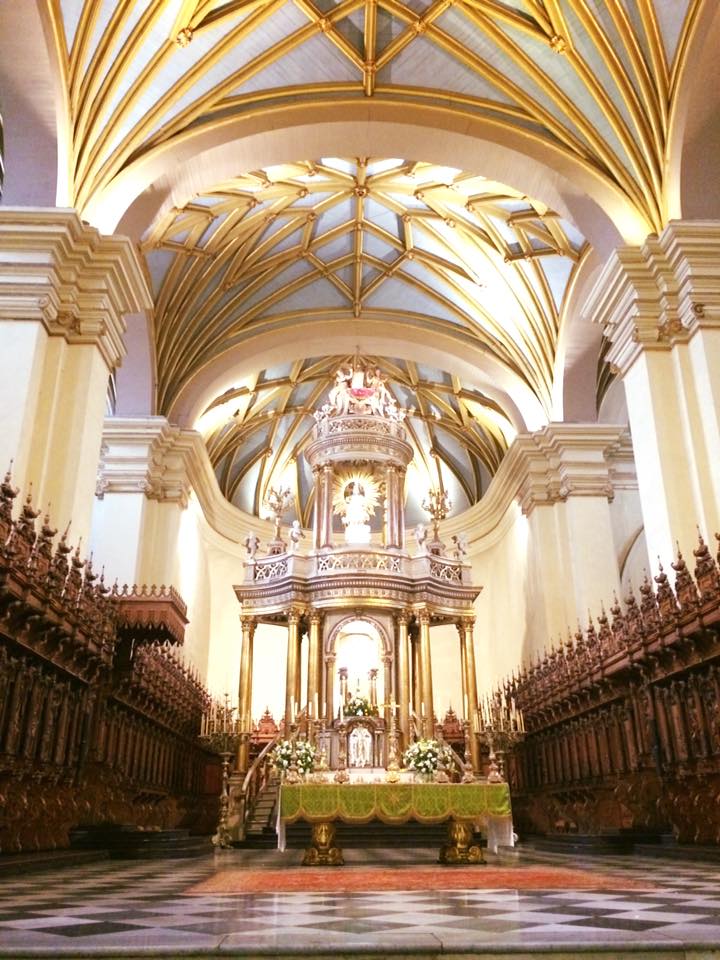
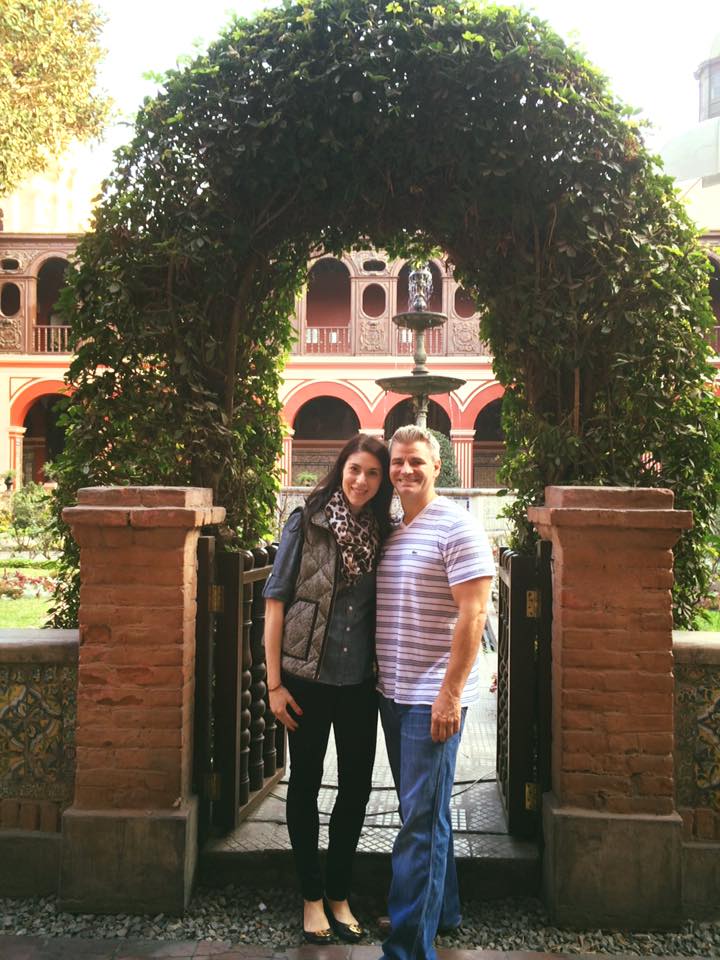
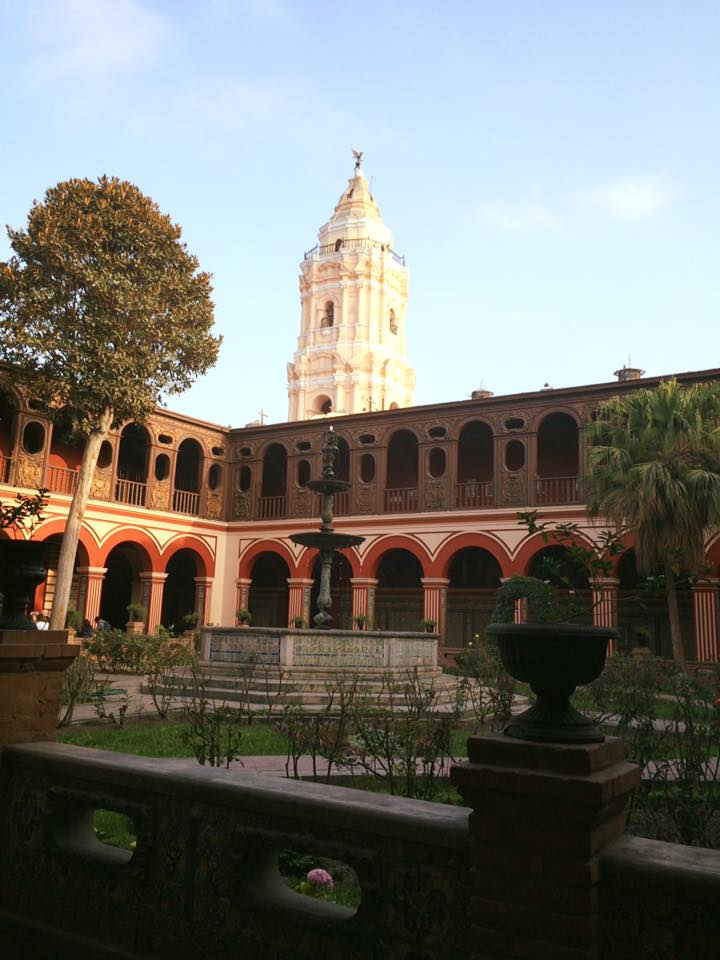
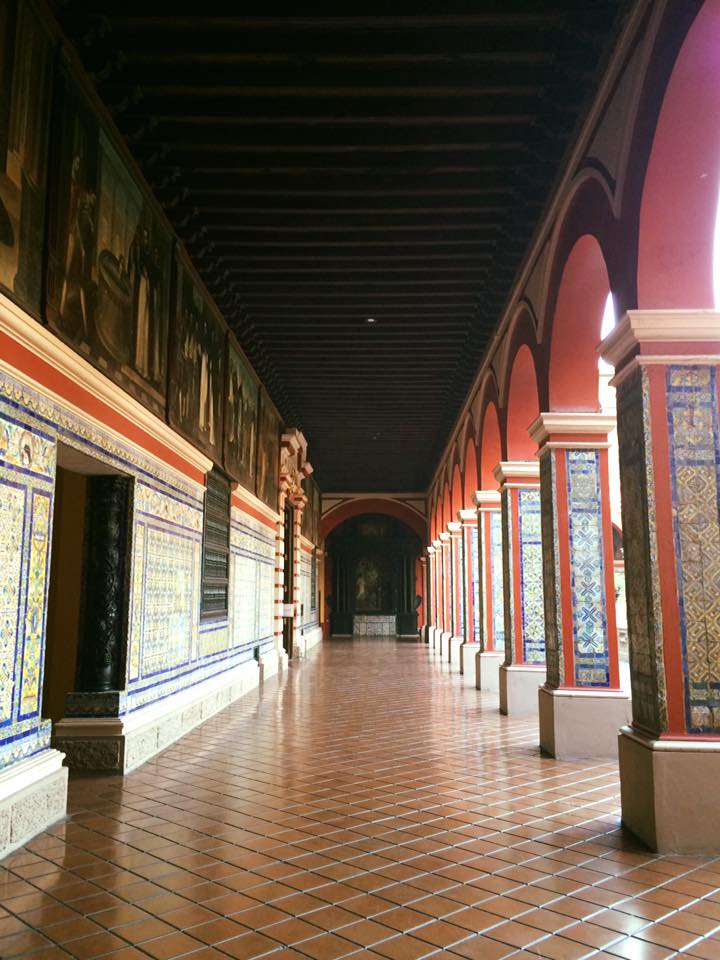

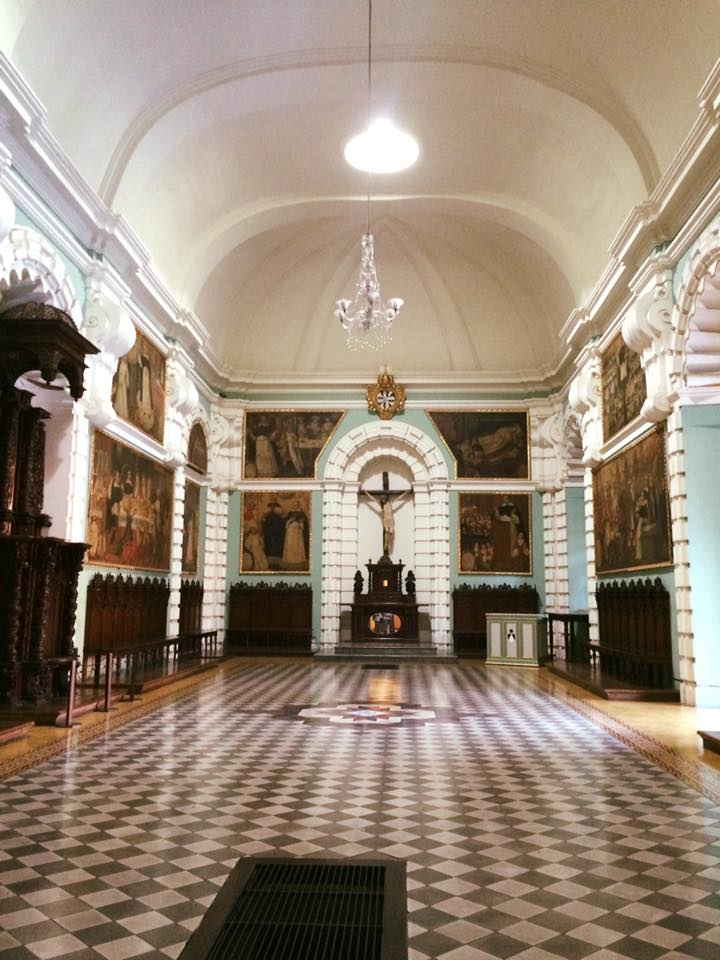
And because the Catholics celebrate so many saints, you are bound to run into a processional, which are like big deals and a cause for celebration.


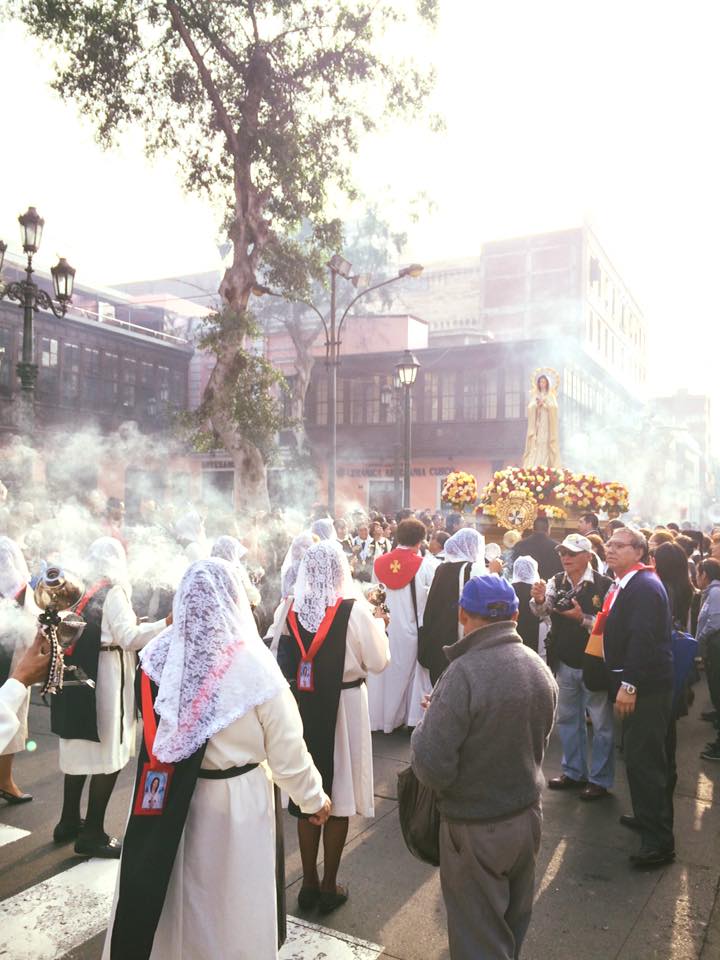
Our last stop before dinner was to El Parque del Amor, which translates to Love Park and is also known as the mosaic bench park. This park is beautiful and is located along the seaside cliffs of Miraflores.
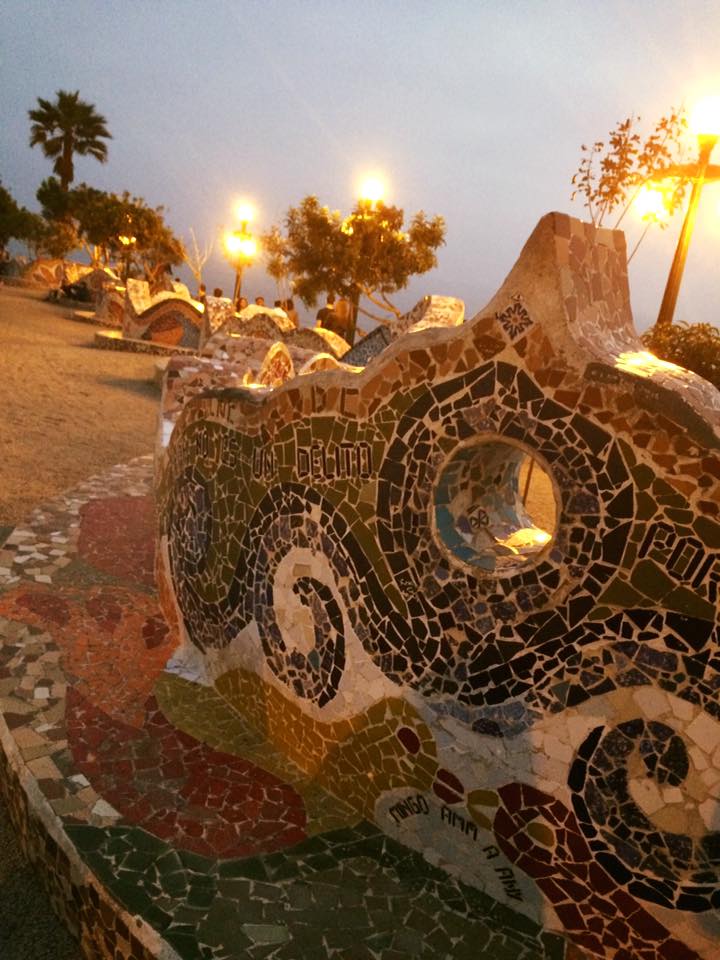
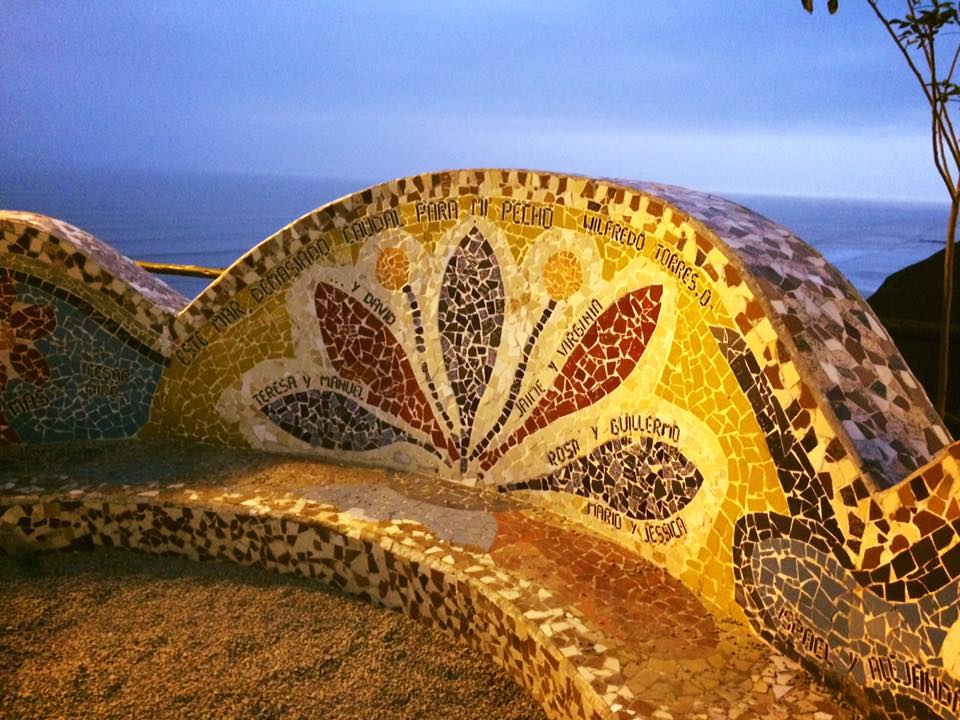
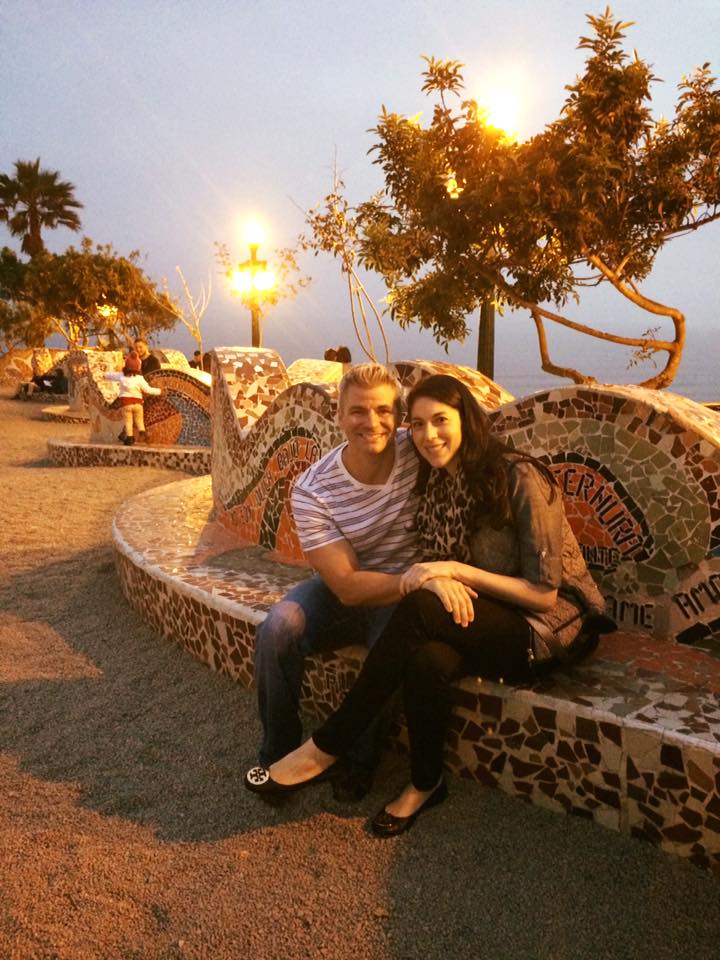
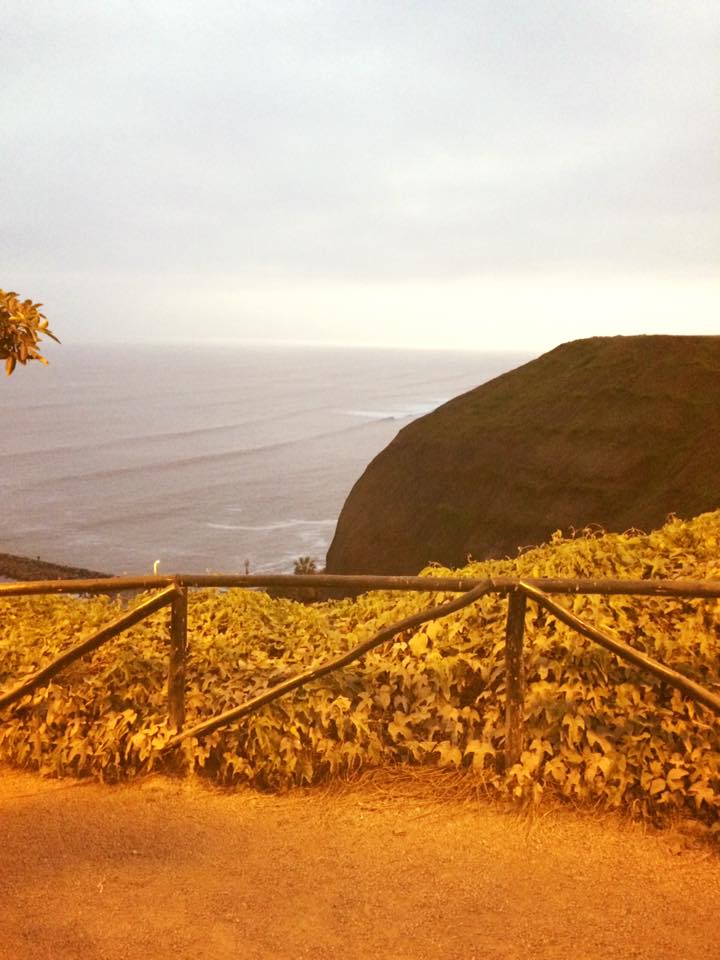
In the middle of the park is the famous “El Beso” (The Kiss) statue:
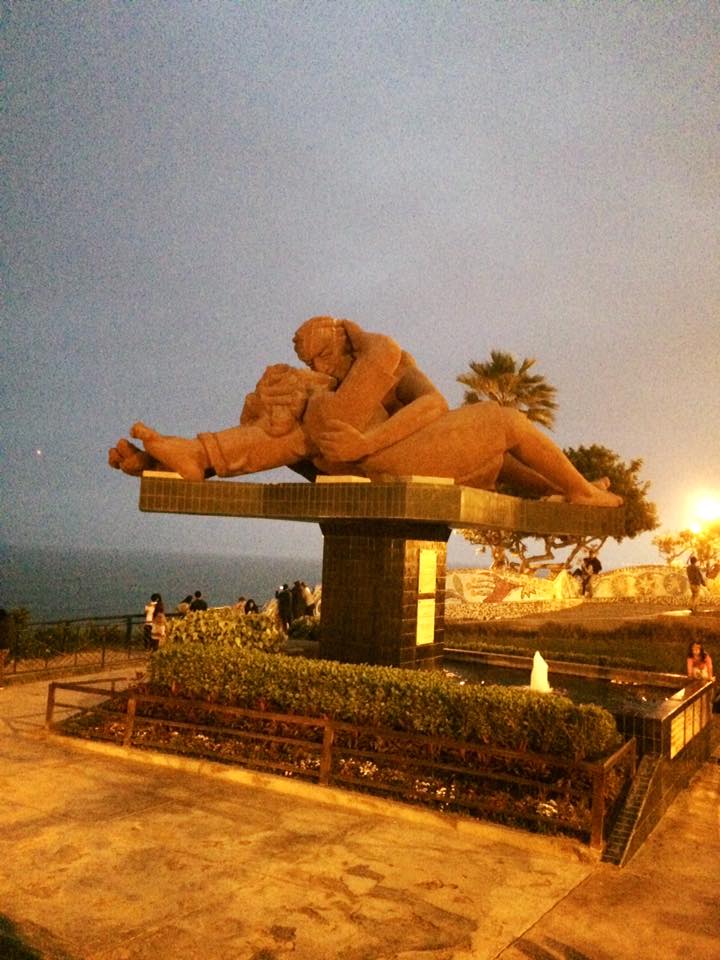

It was finally time for dinner and a little bit of culture. The only decent restaurant open on Sunday night is Huaca Pucllana, which is conveniently located next to the Huaca Pucllana ruins. The restaurant is touristy, but good, and serves traditional Peruvian dishes. When you make your reservation, make sure to ask for a table outside next to the ruins, which are lit up at night. You can also tour the ruins before or after dinner.
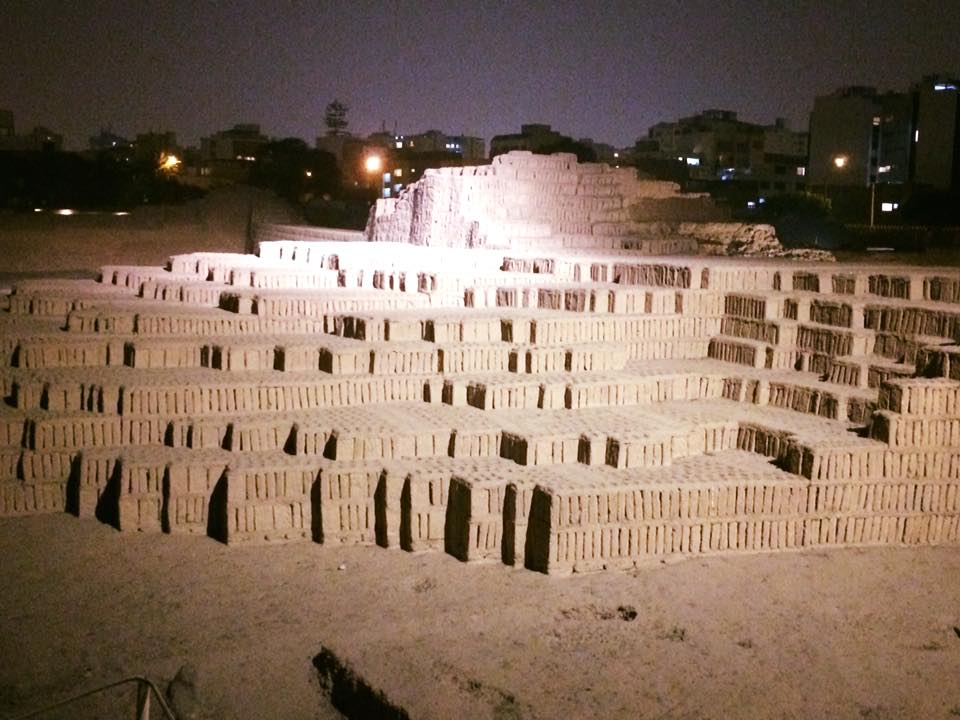
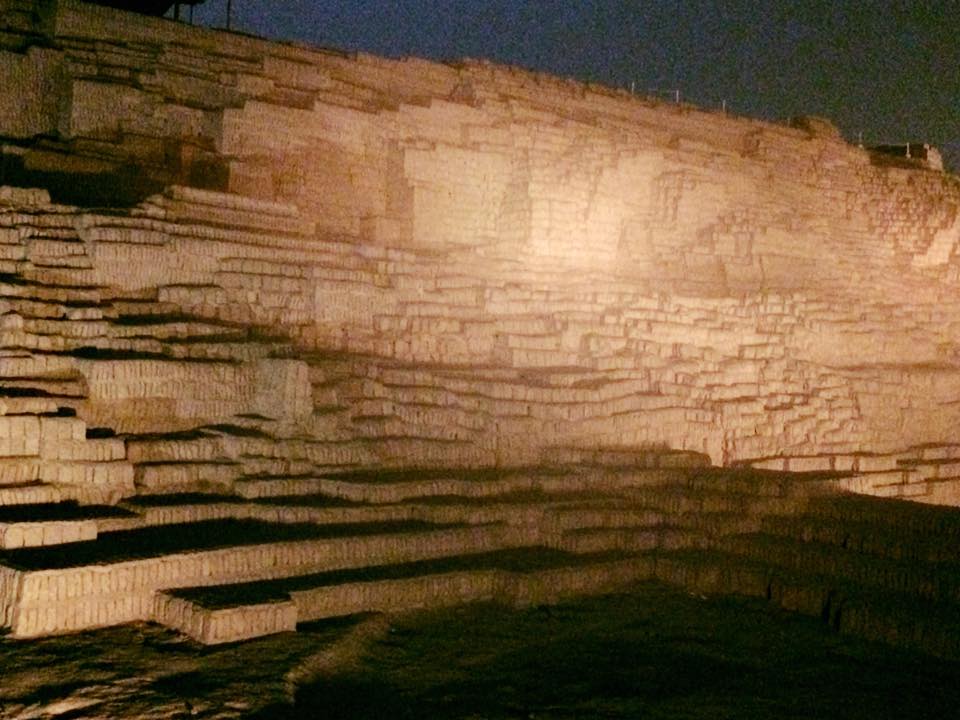
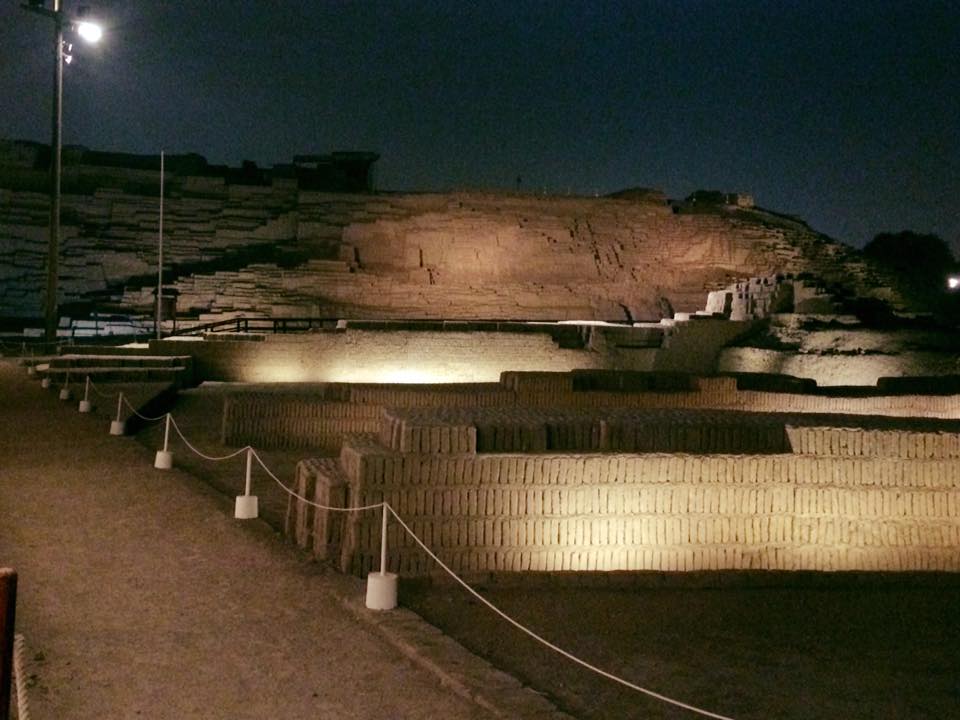
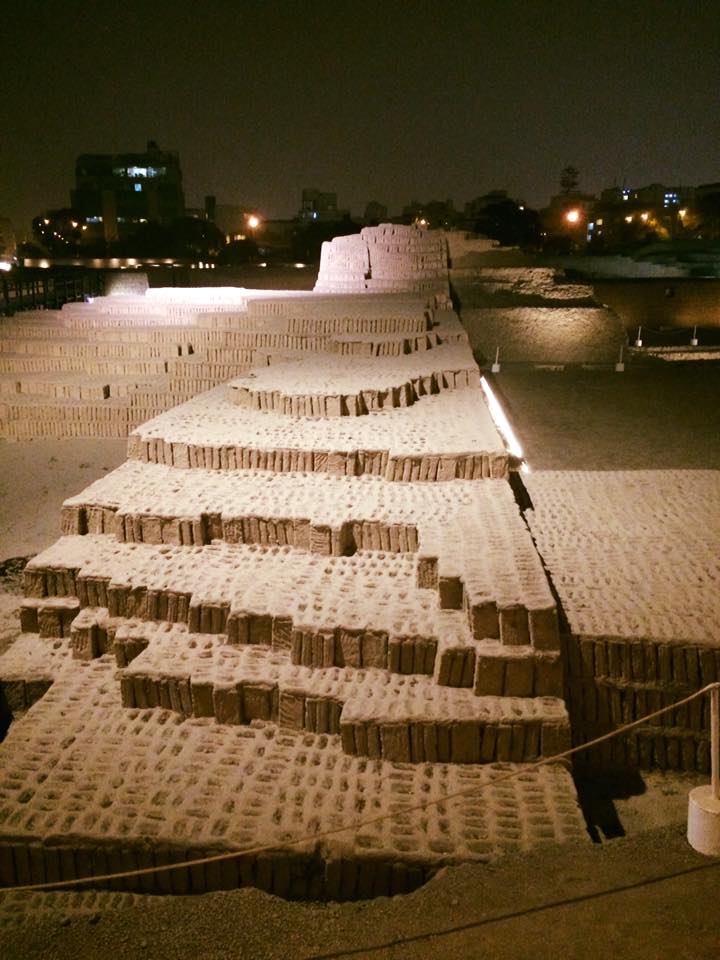
Alas, with very full bellies, we returned to our hotel to prepare for the next leg of the journey, the Sacred Valley of Peru. Until then, salud and buen provecho!


